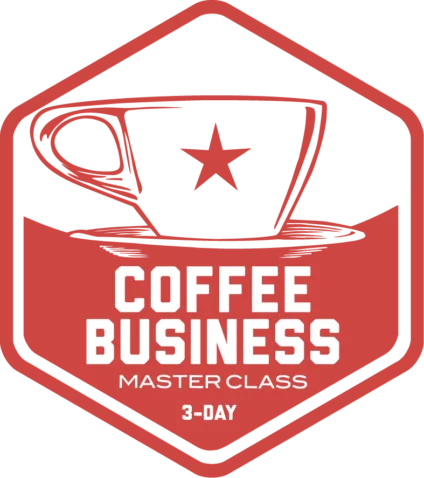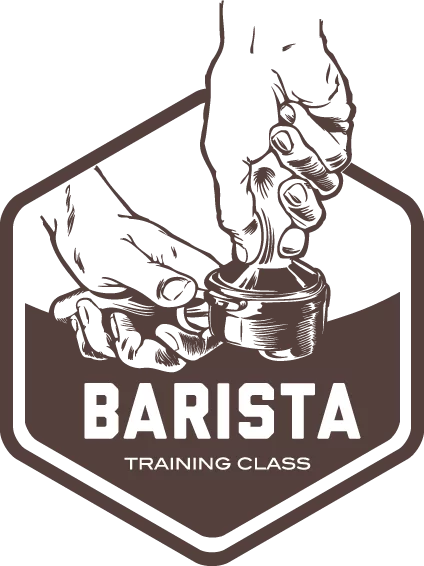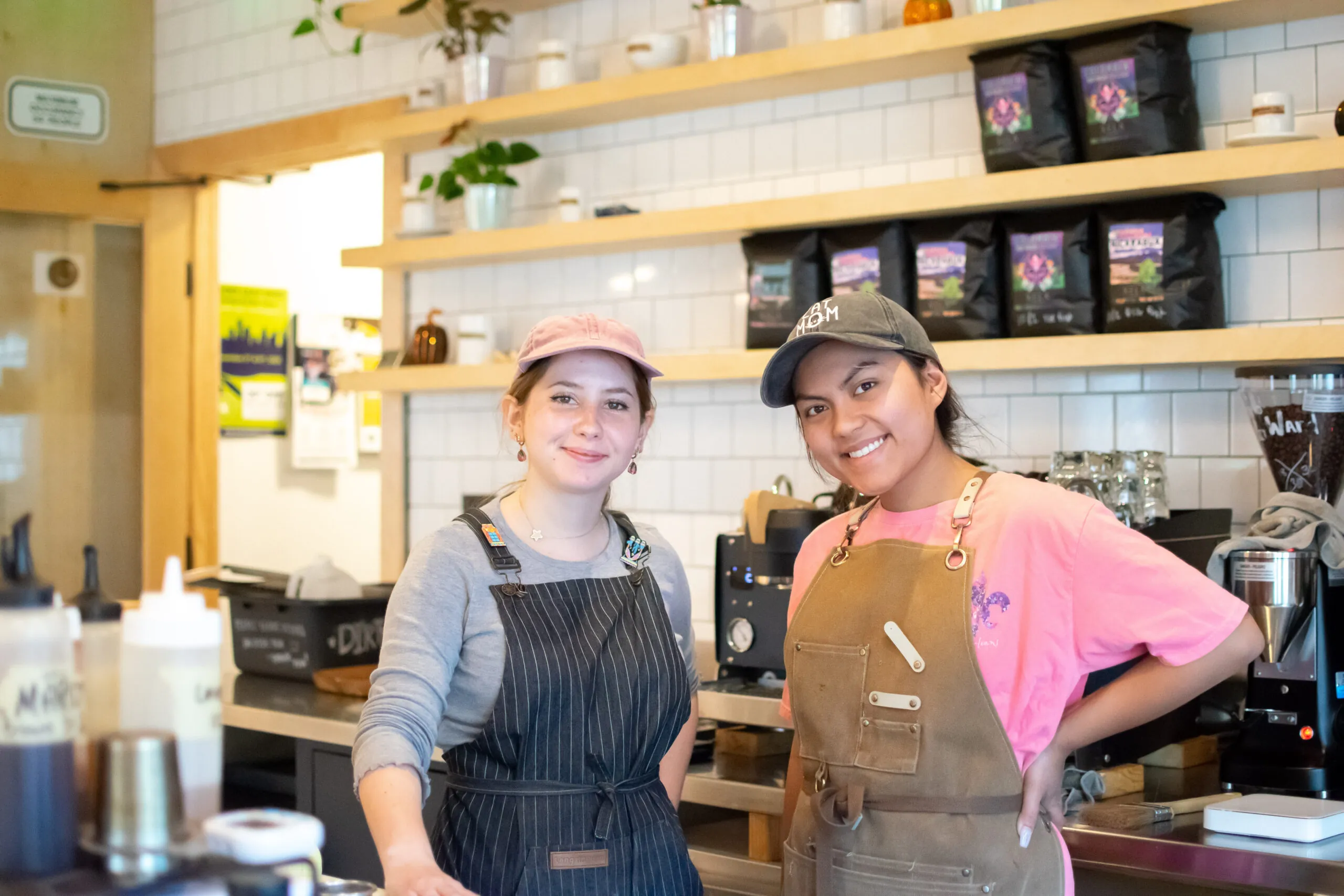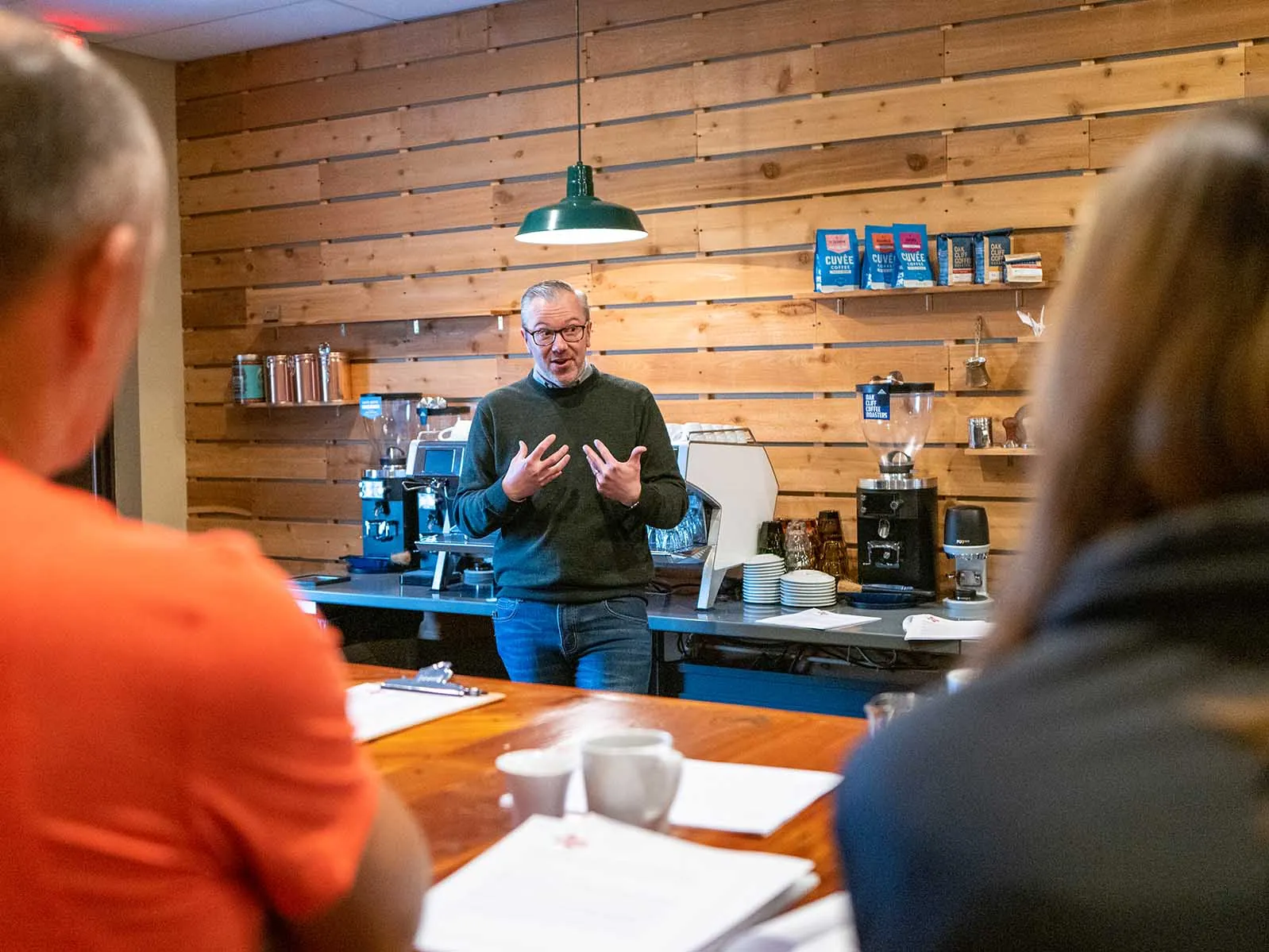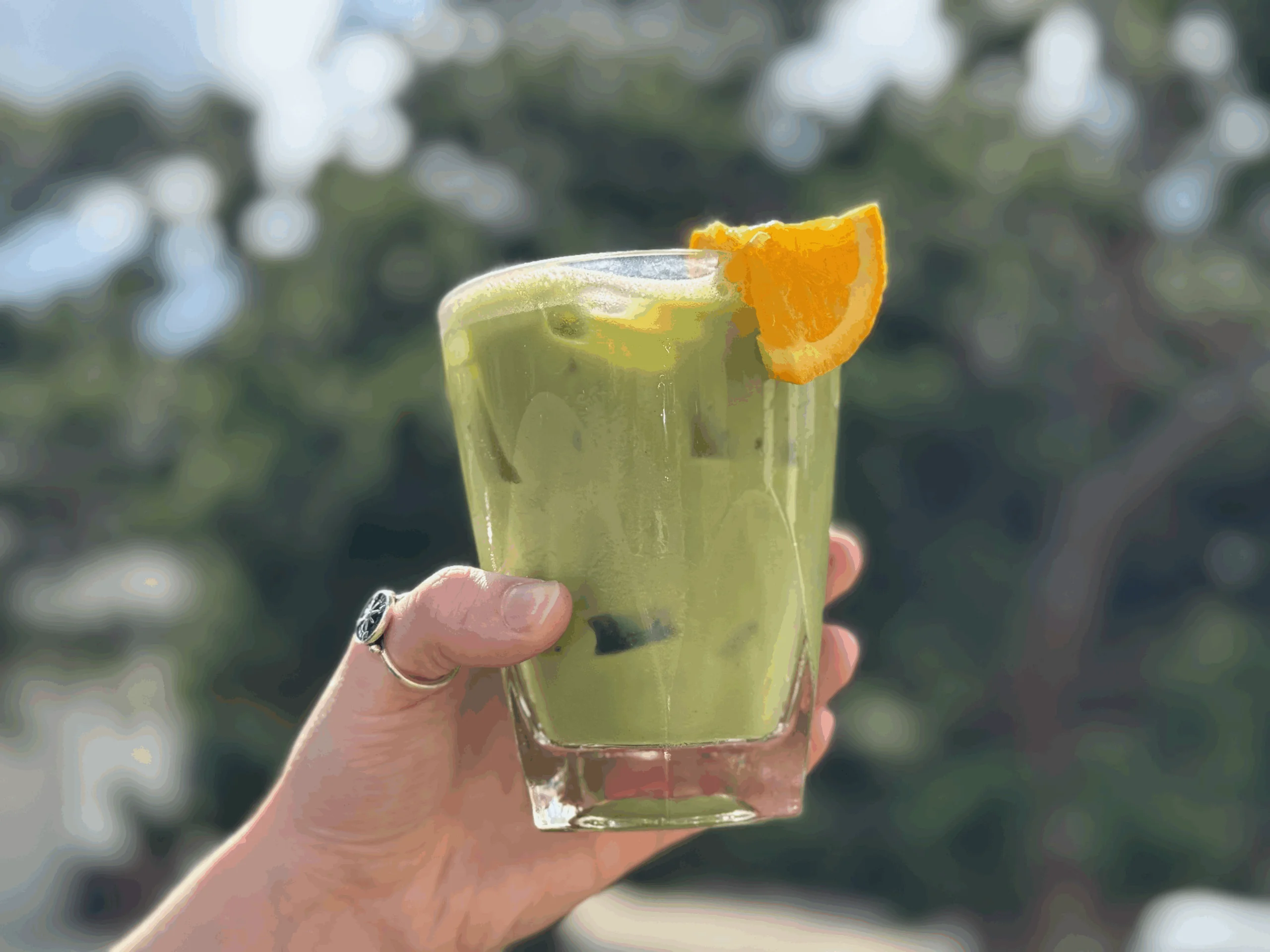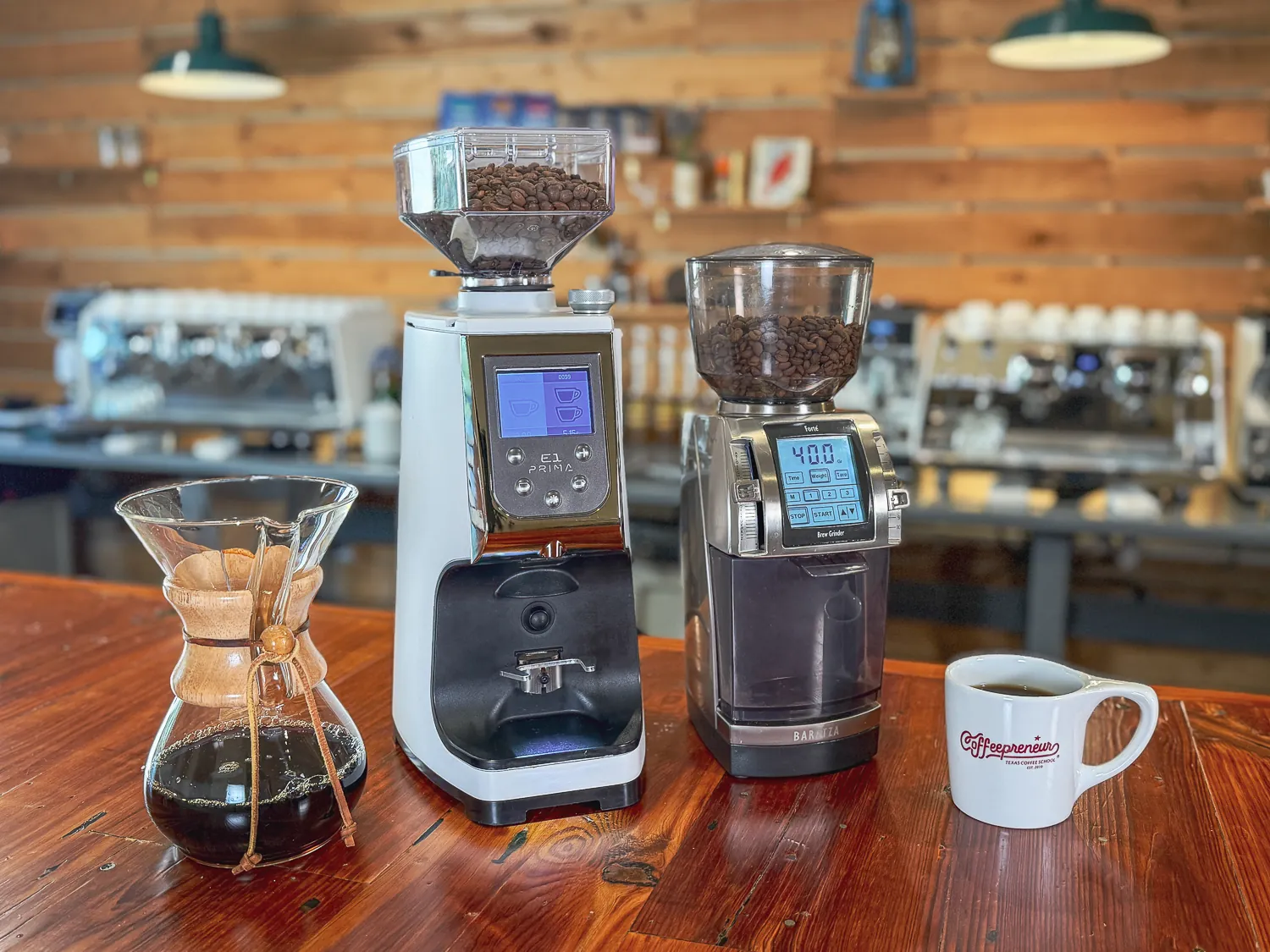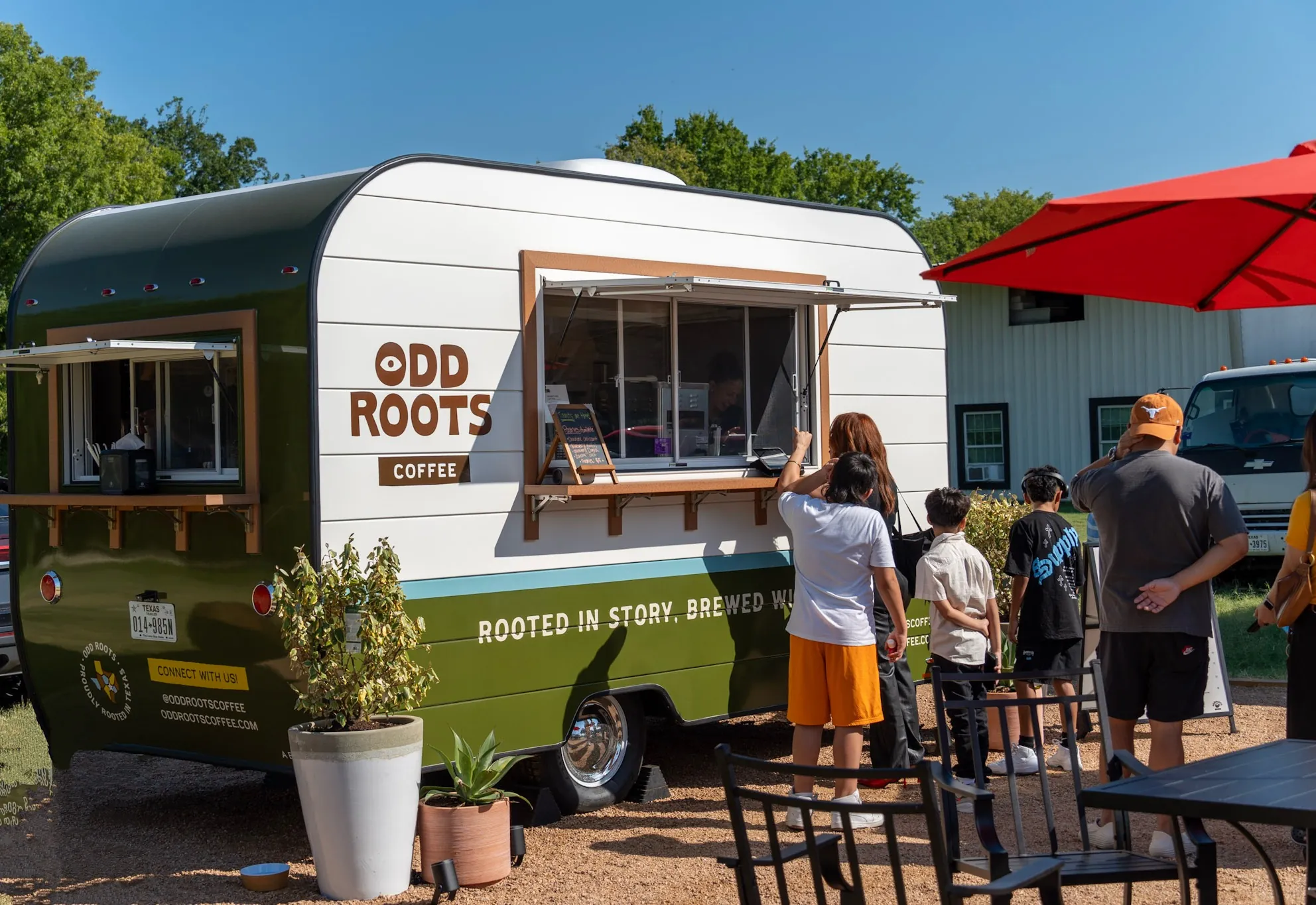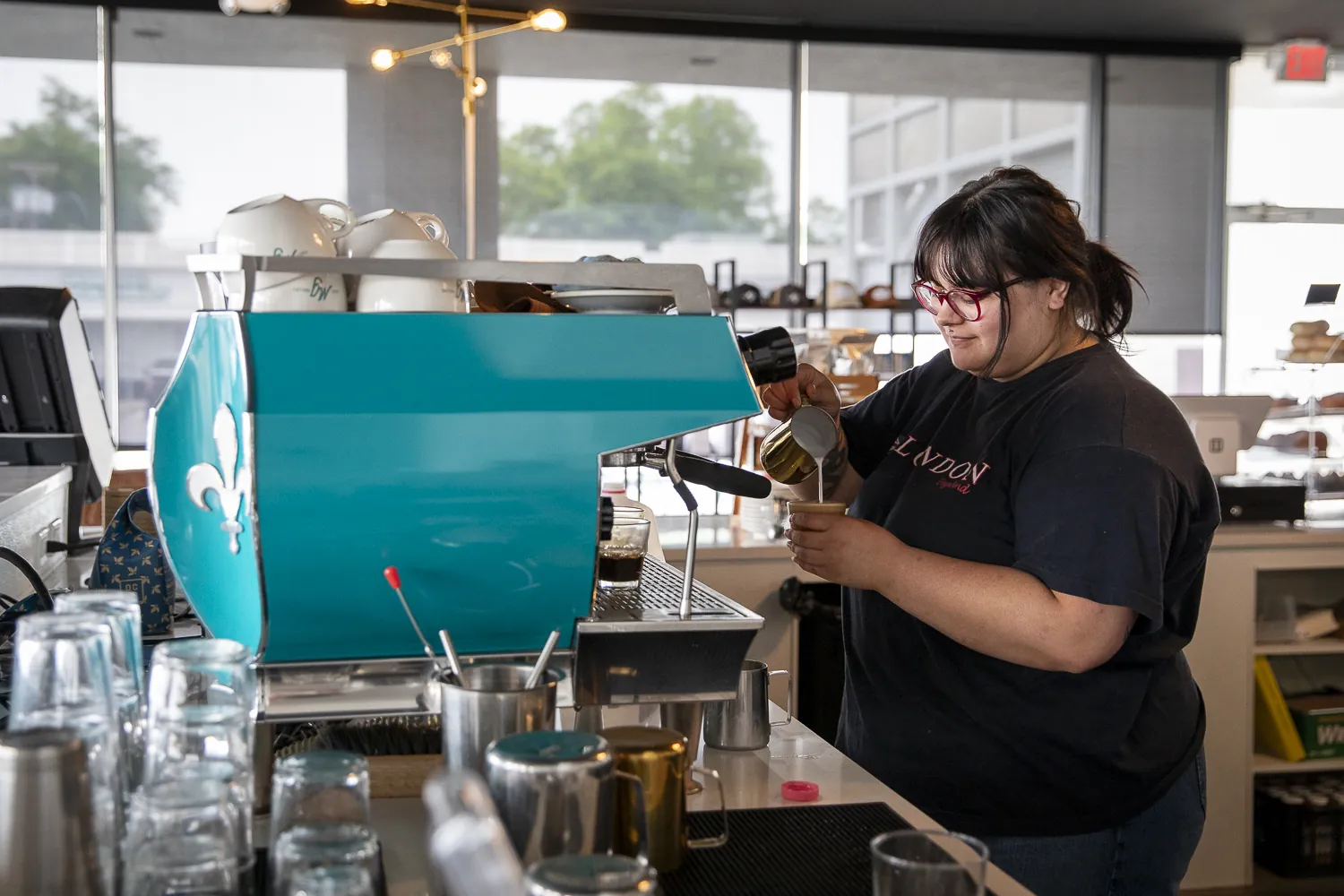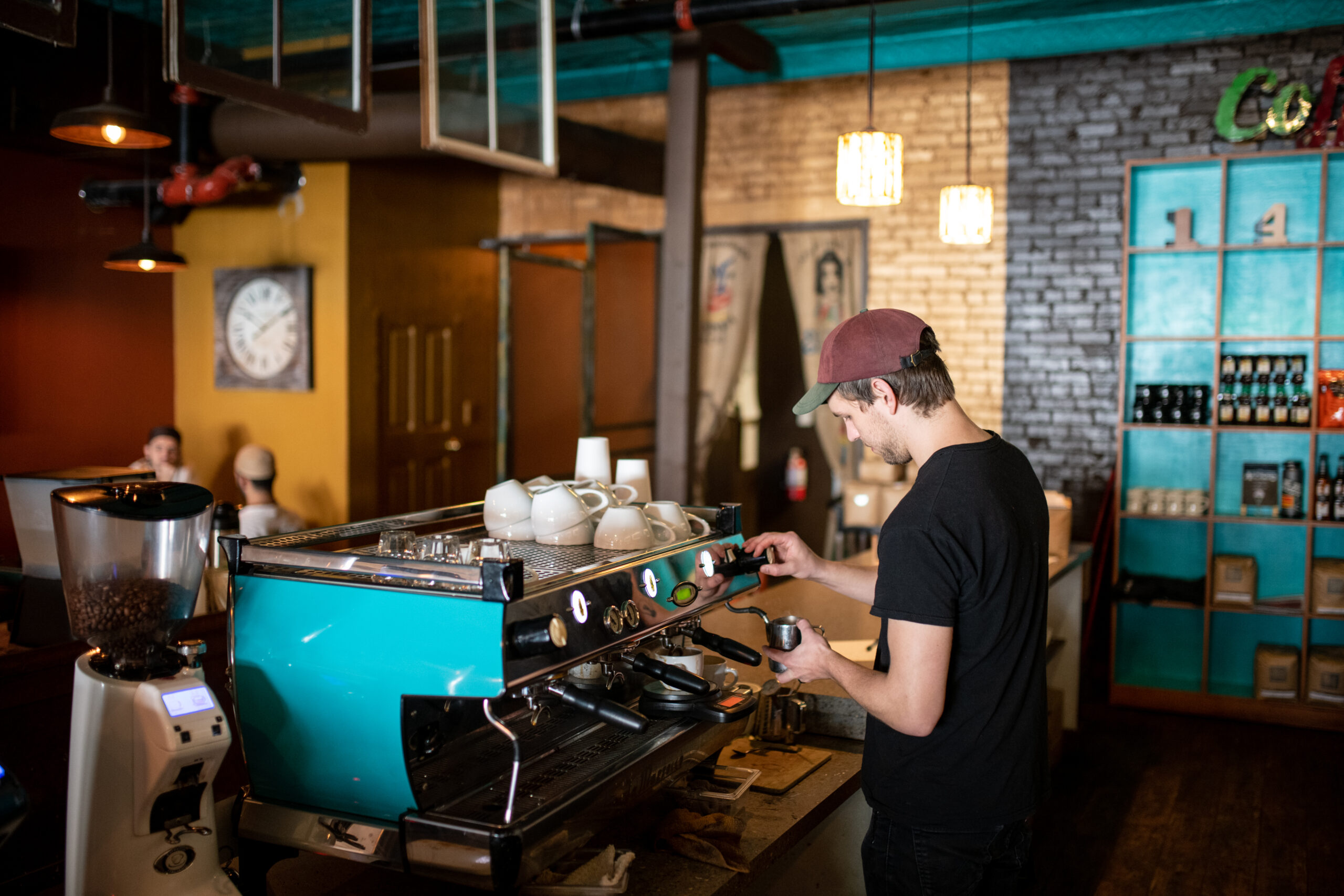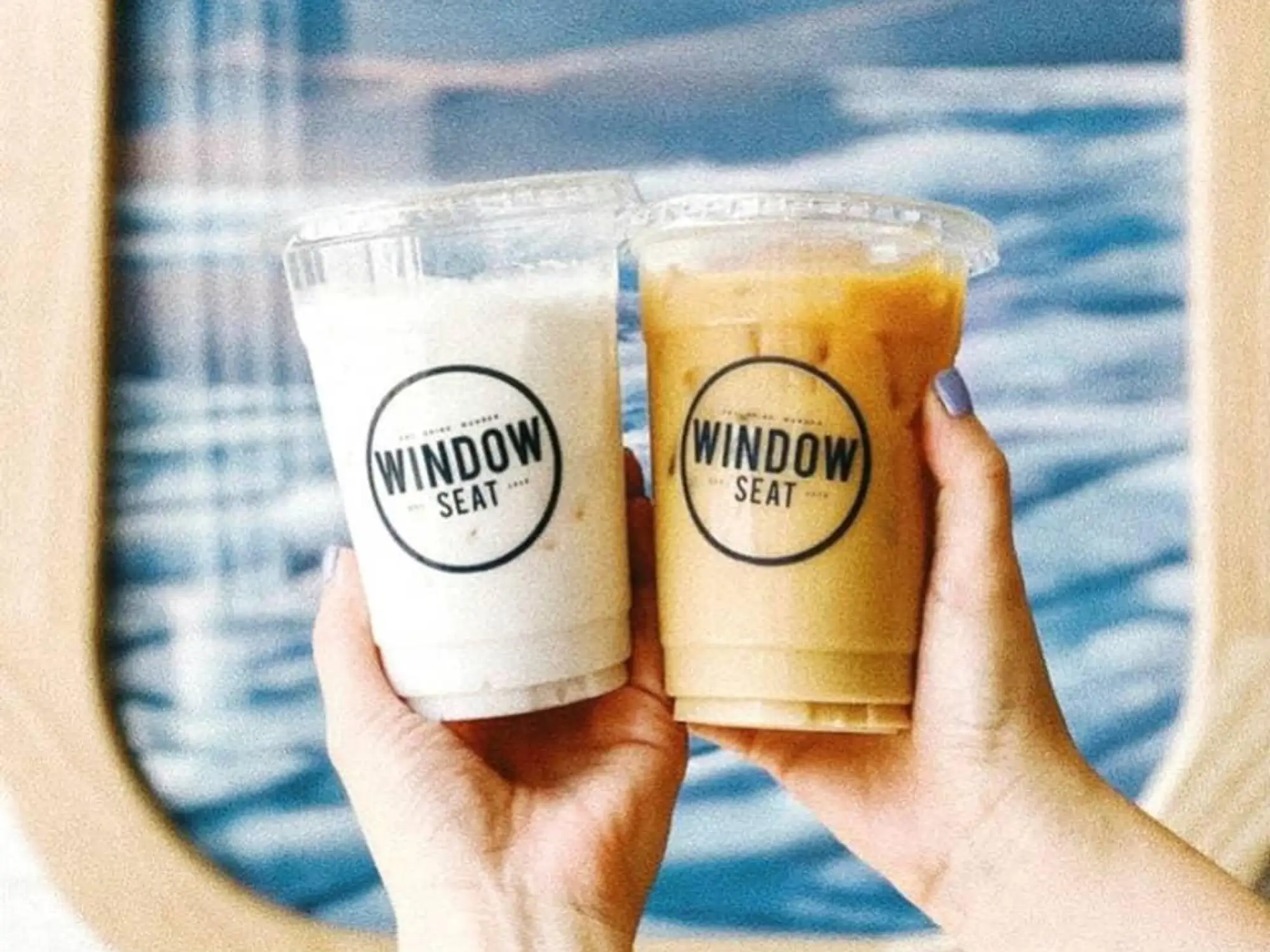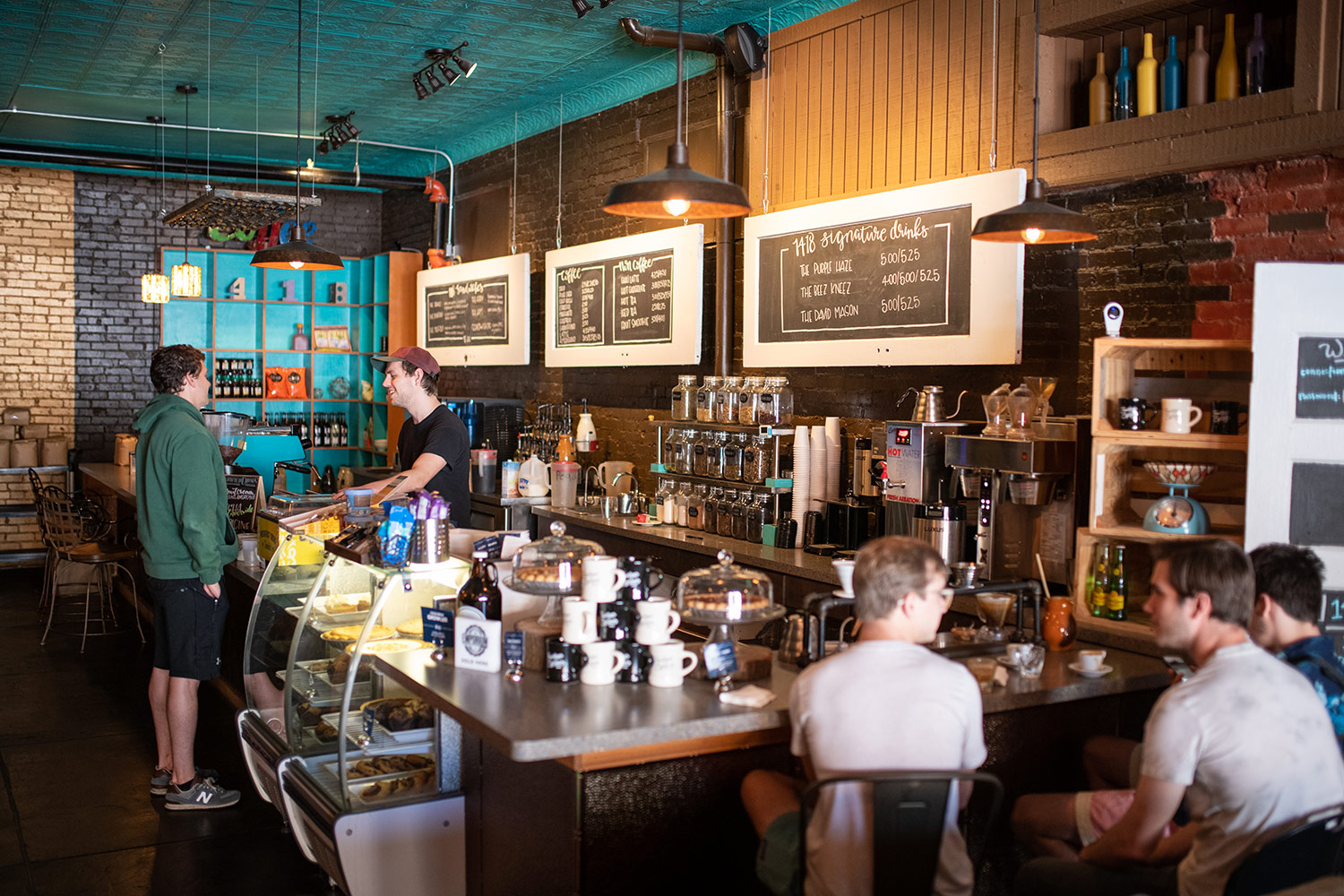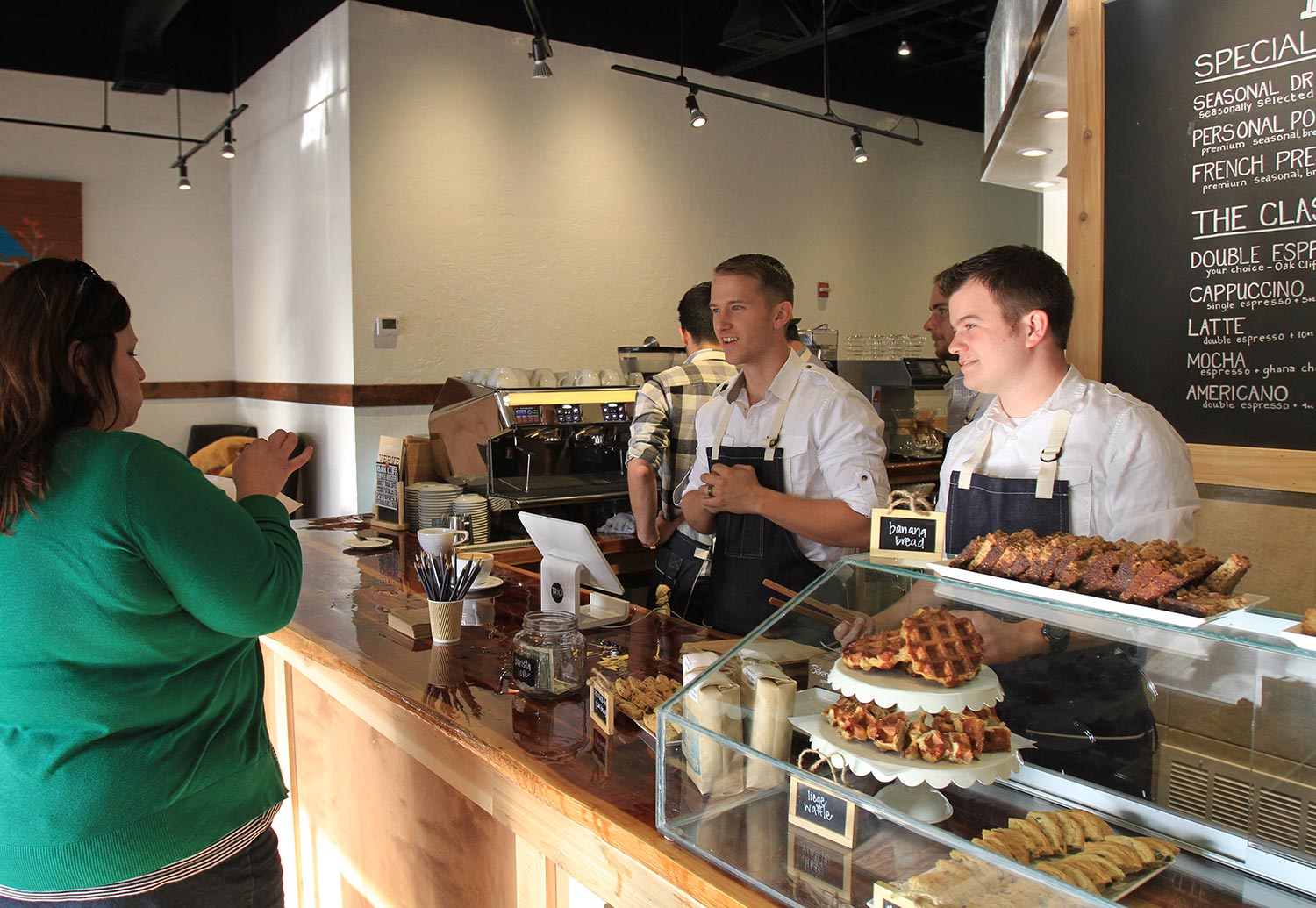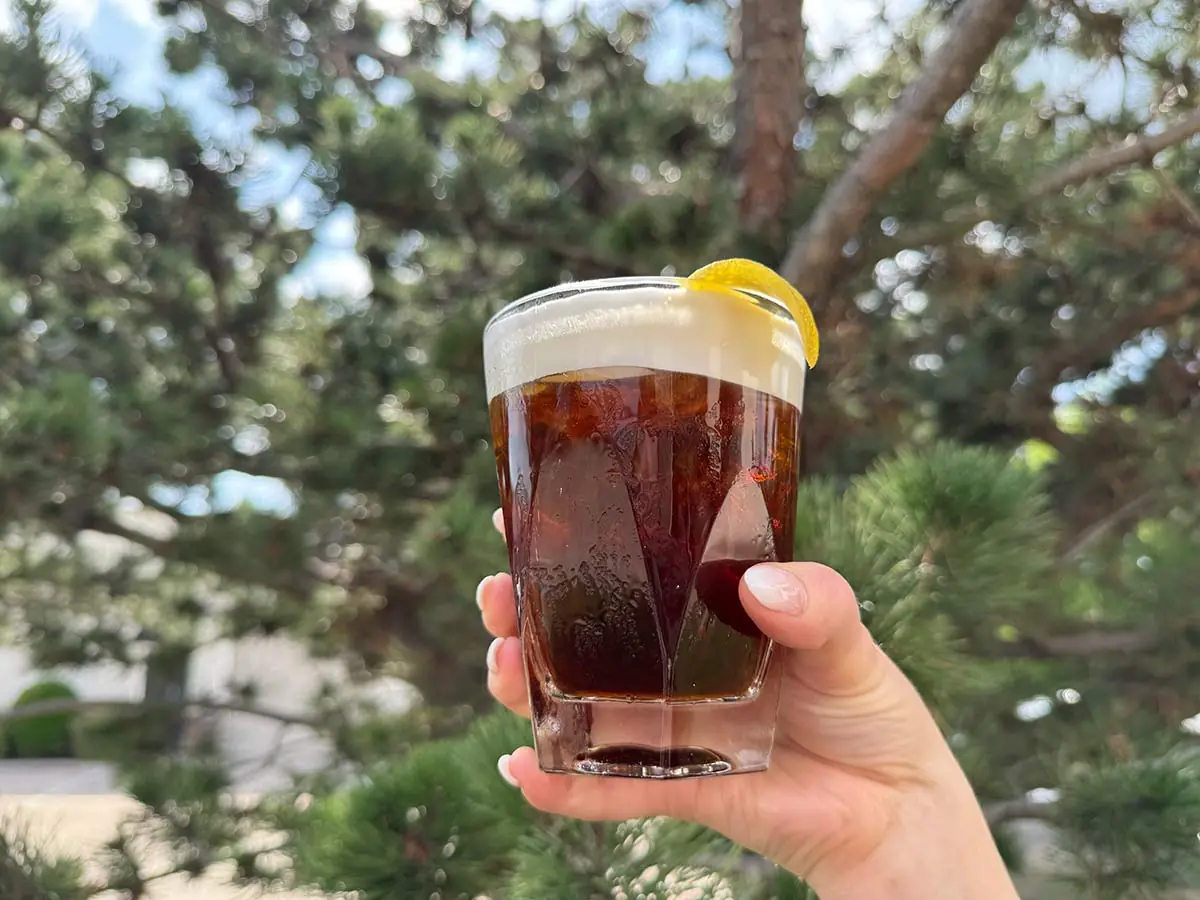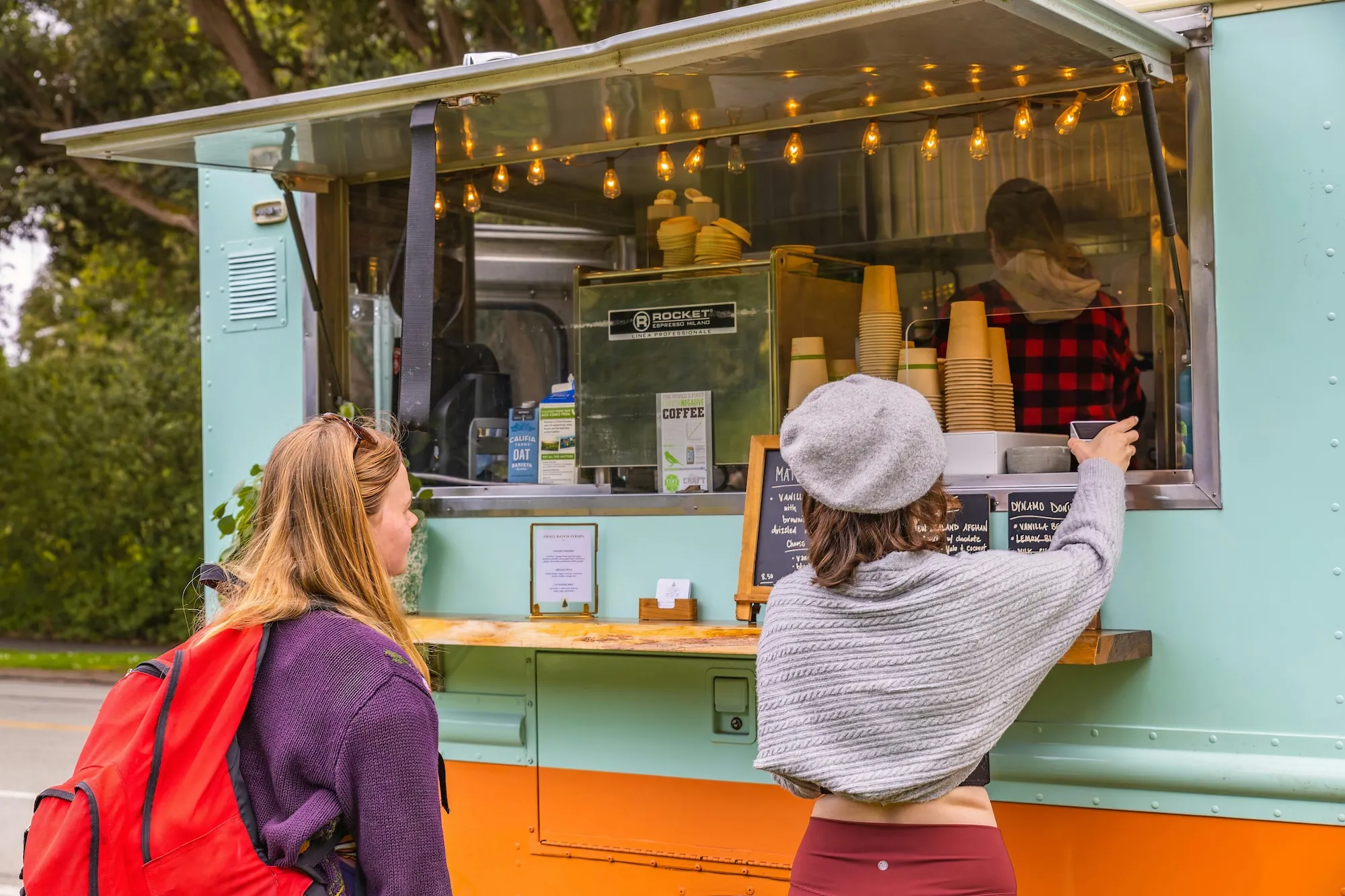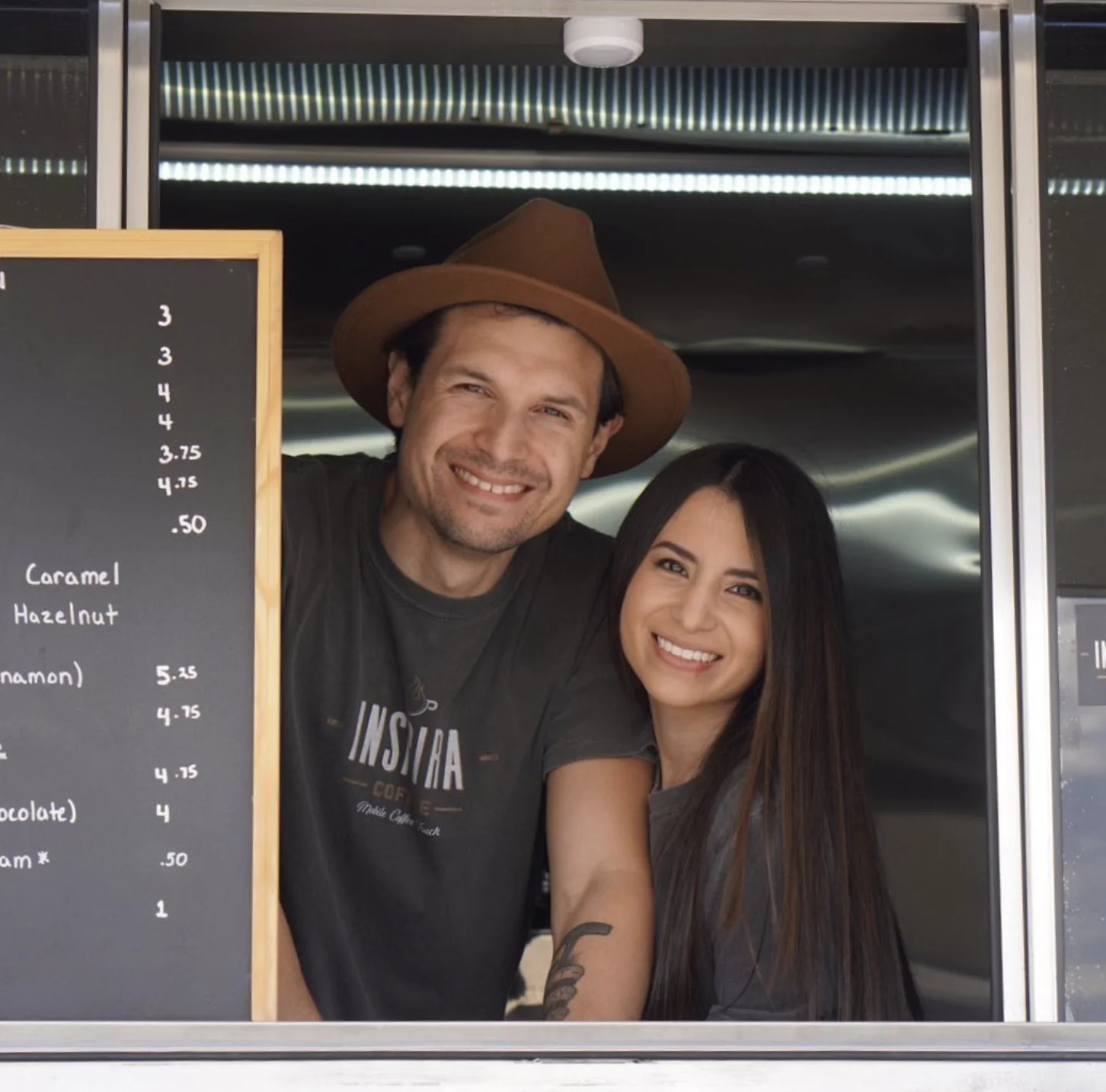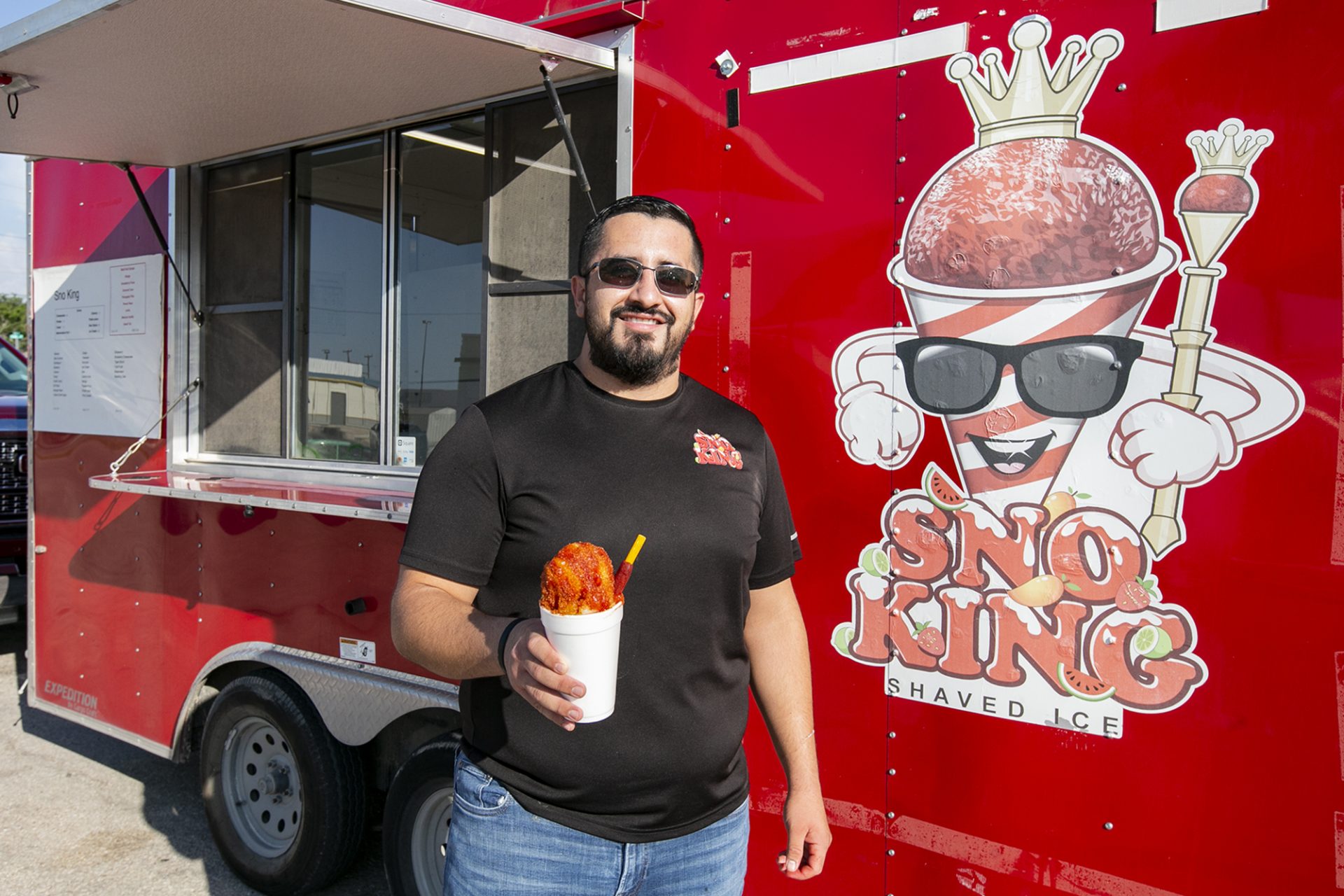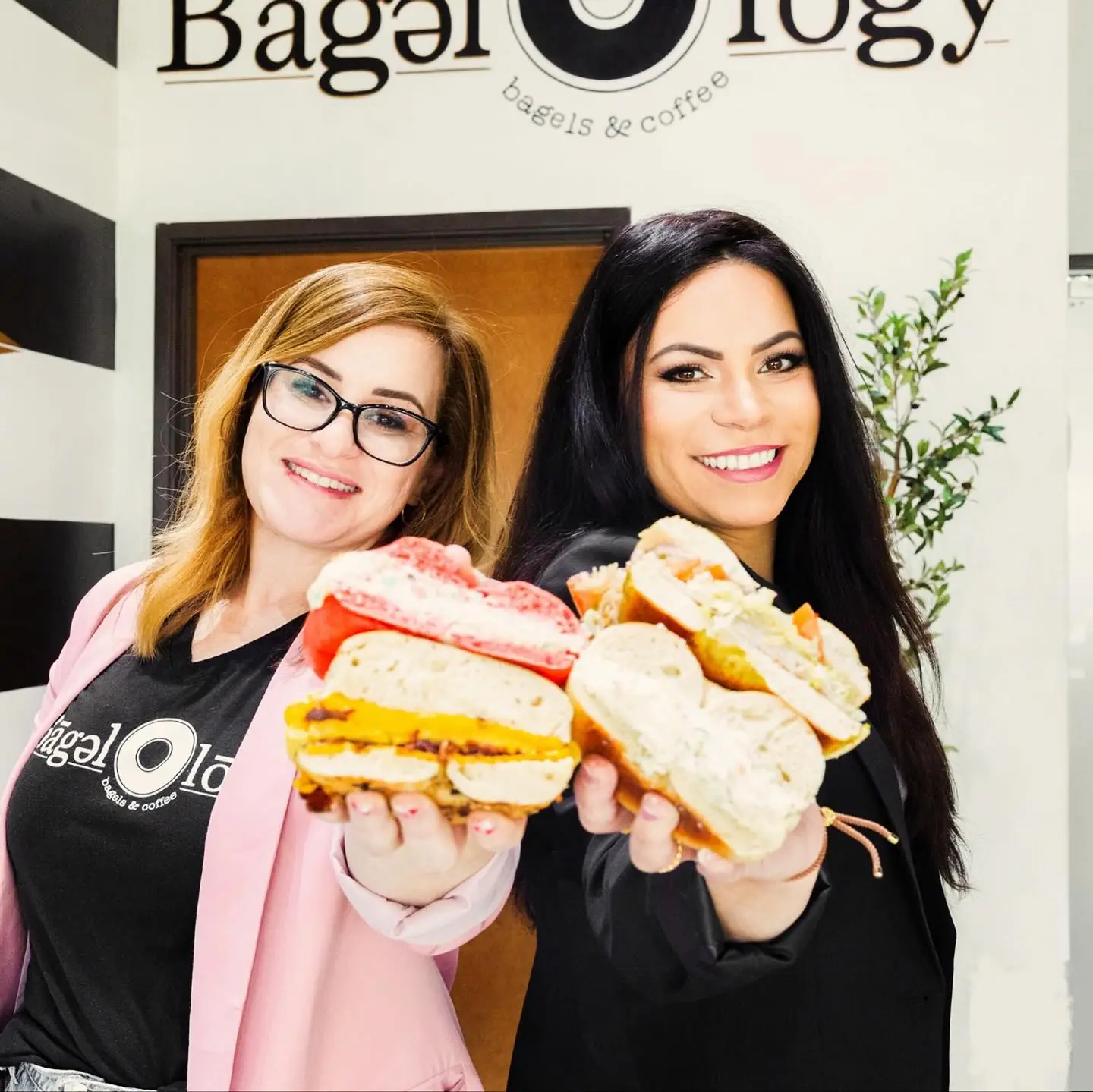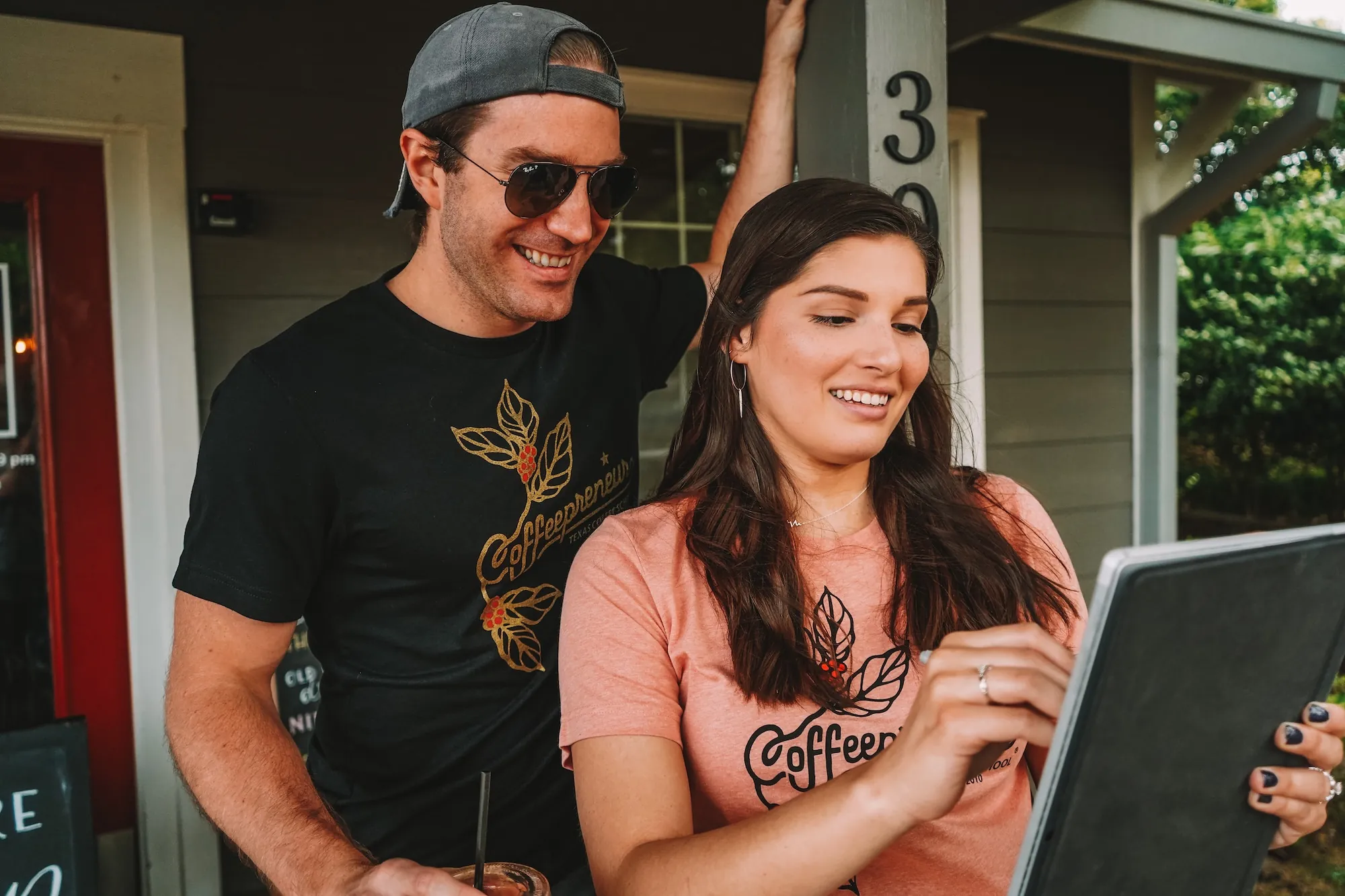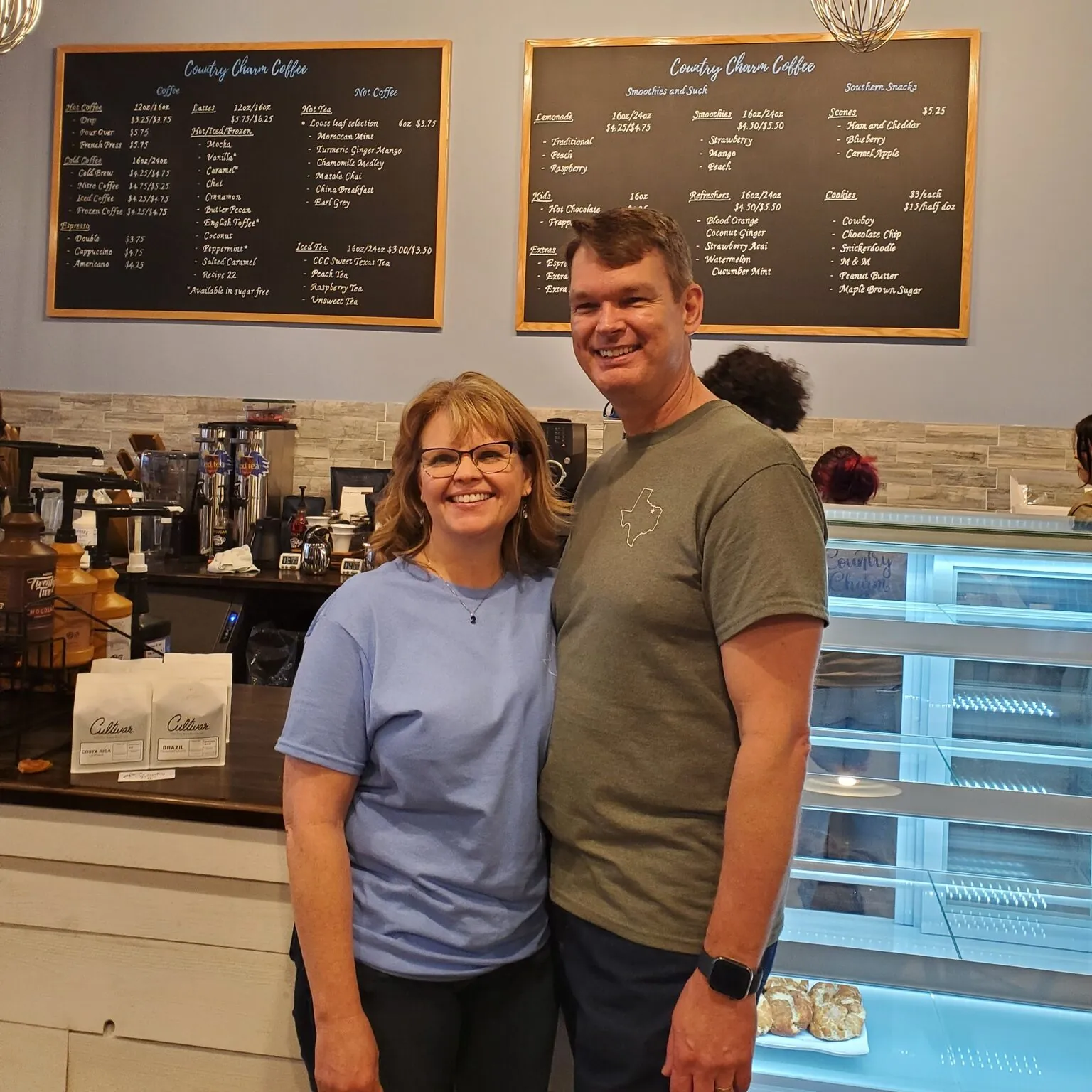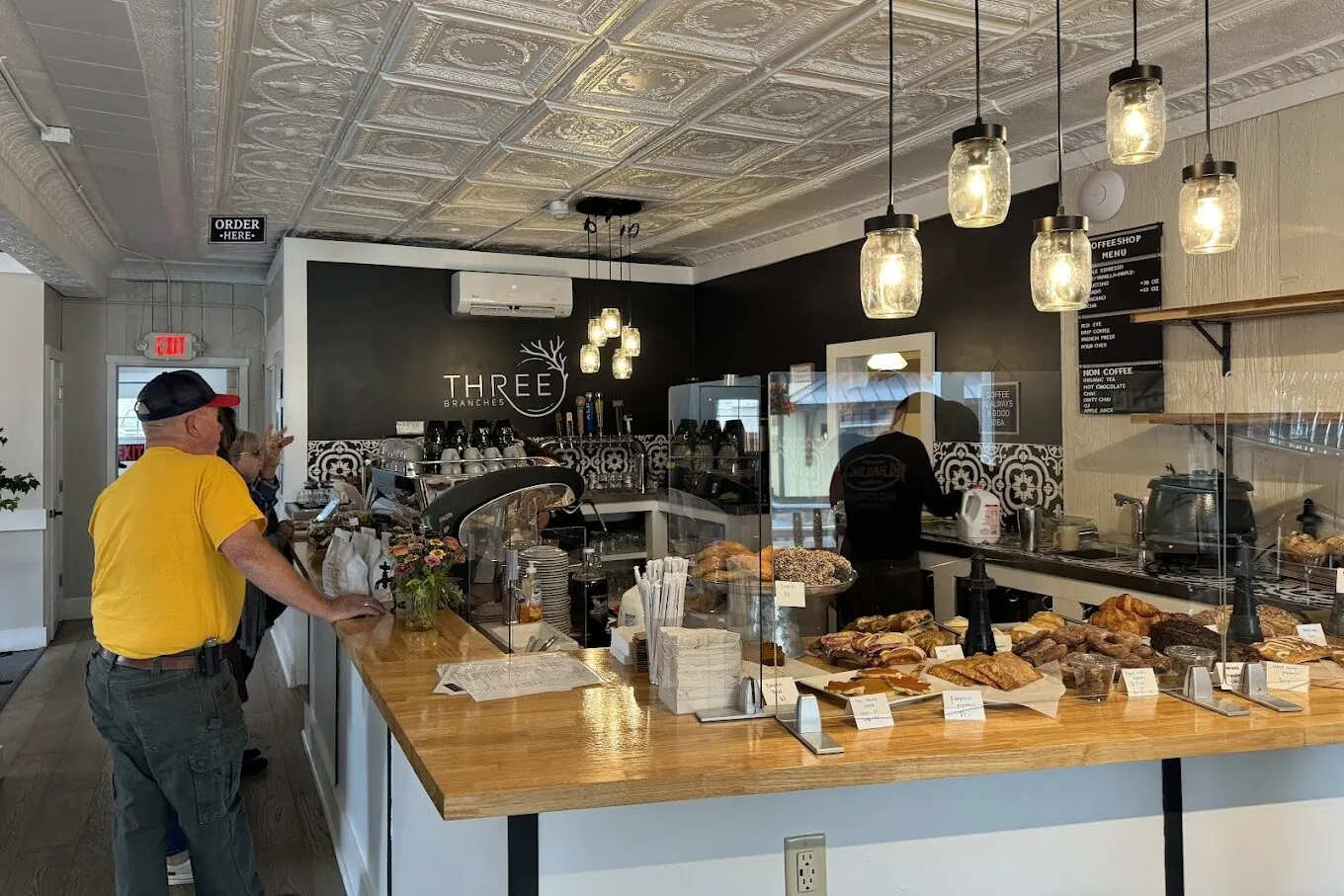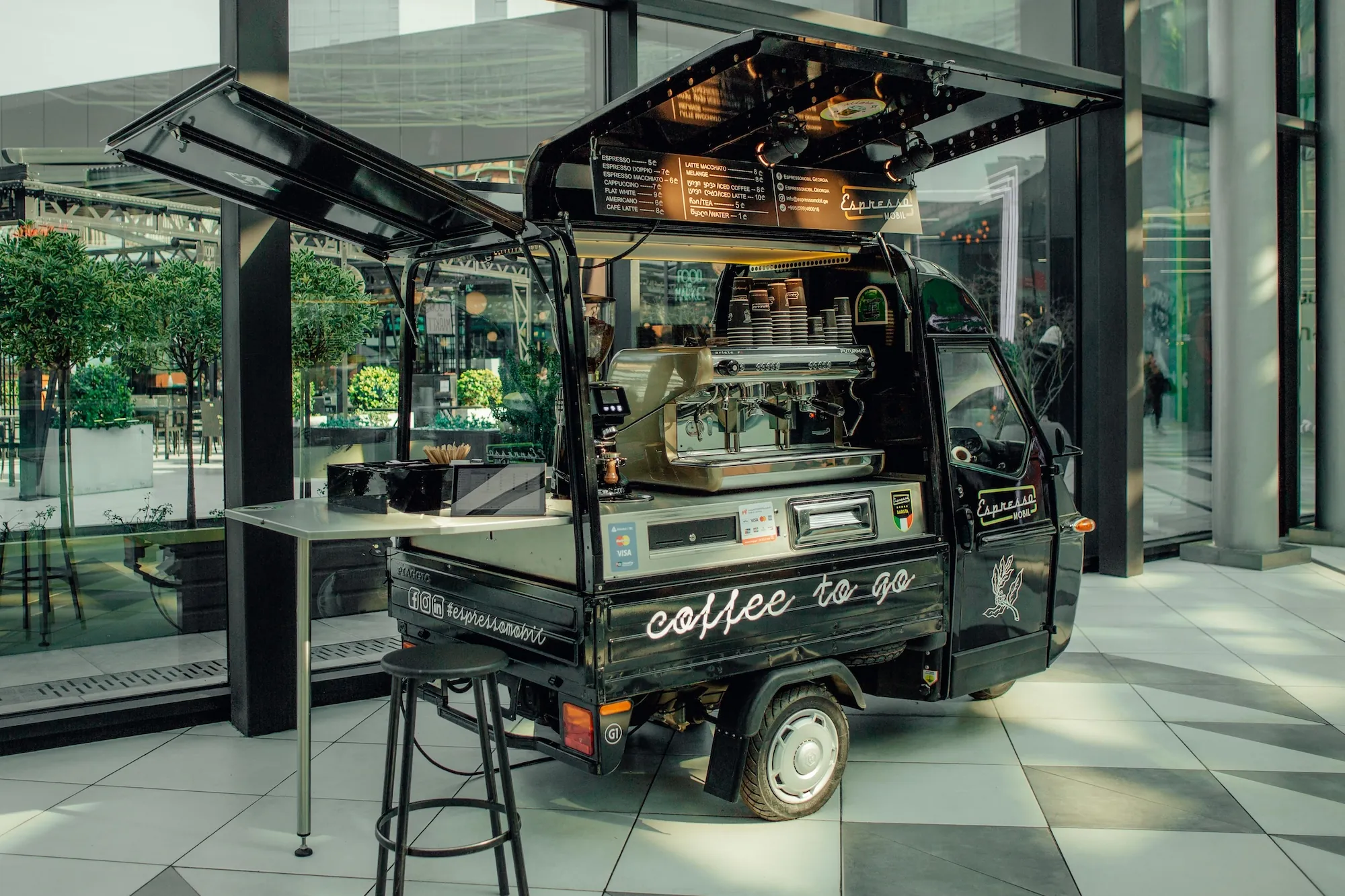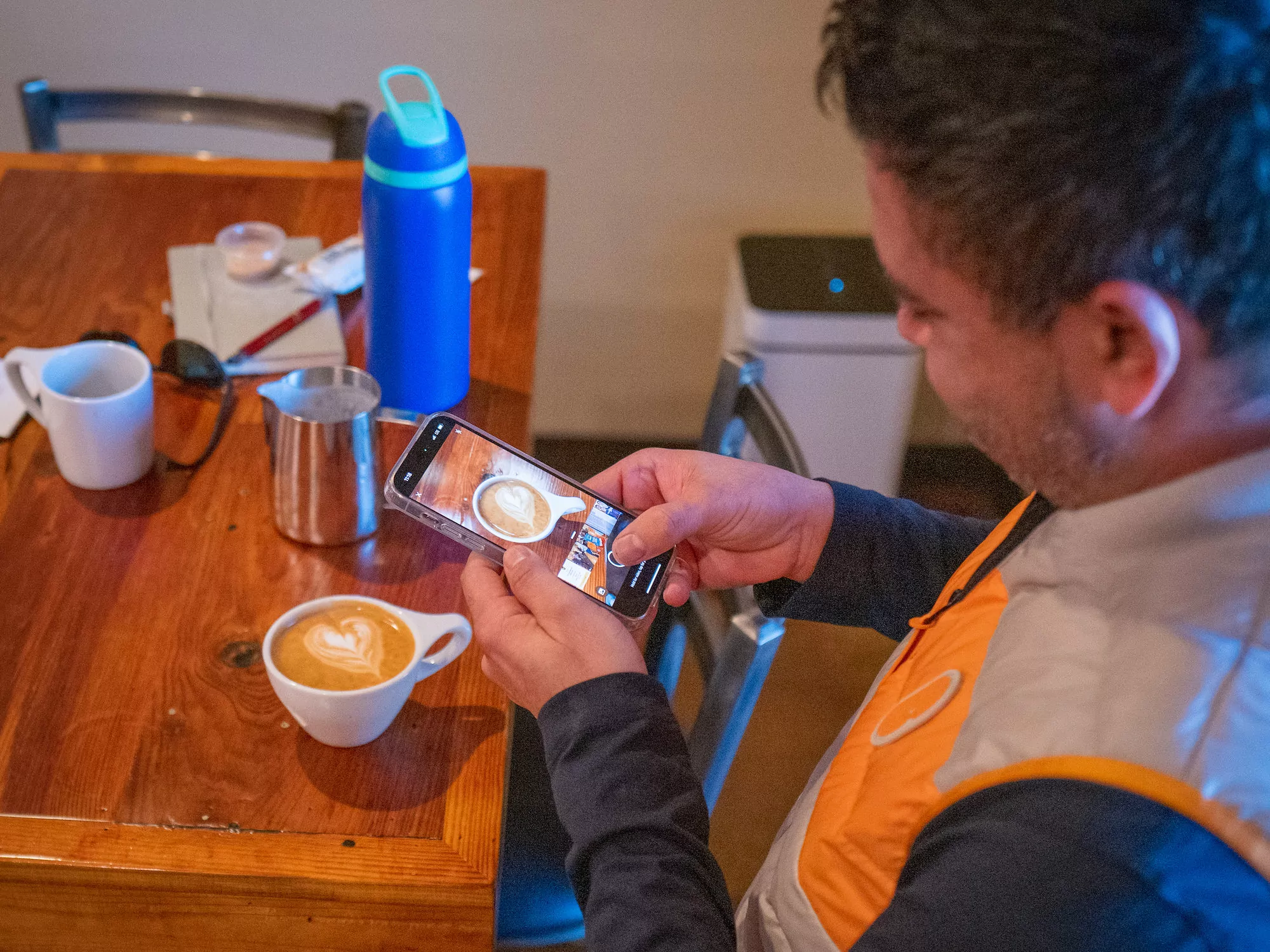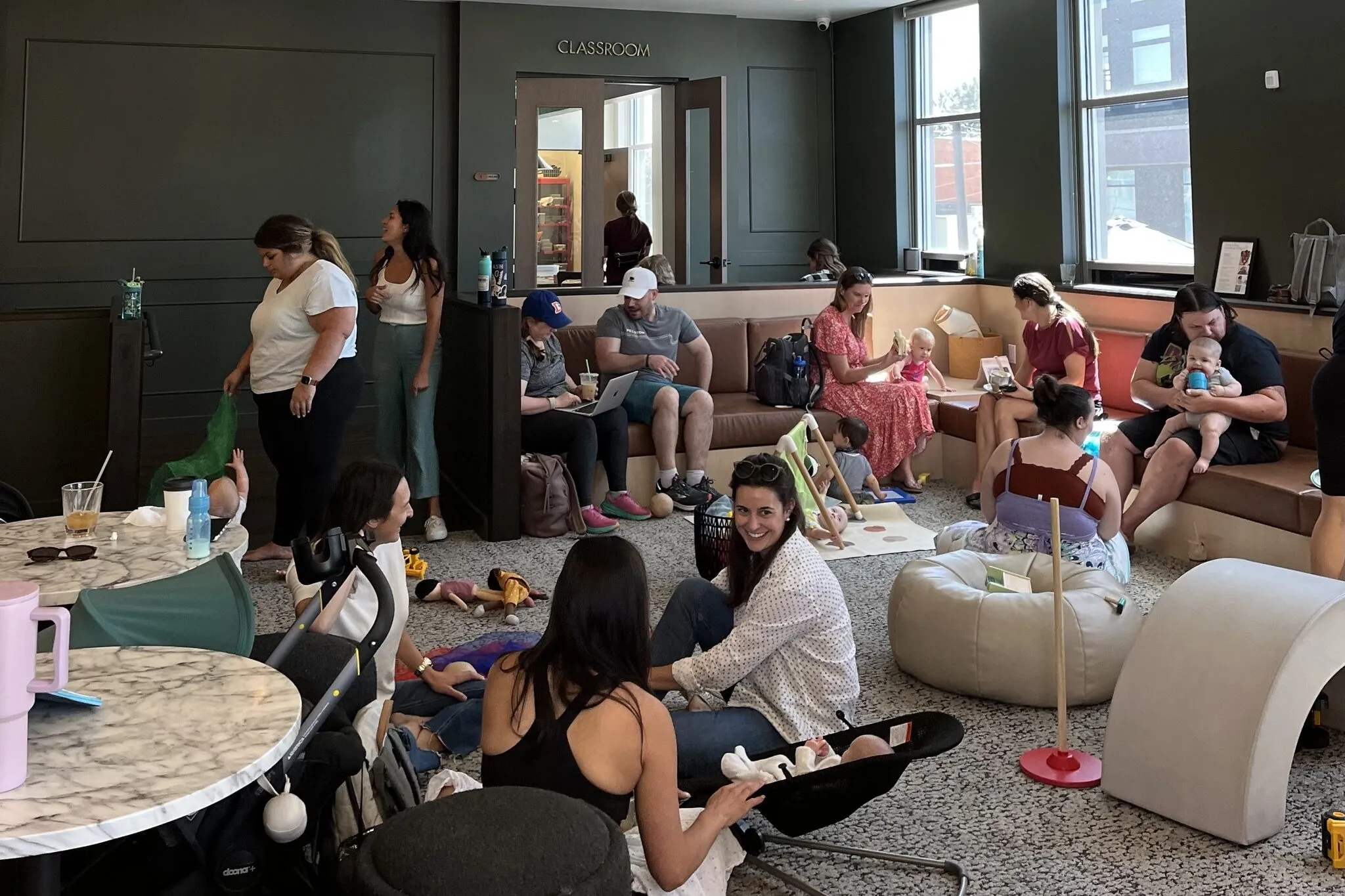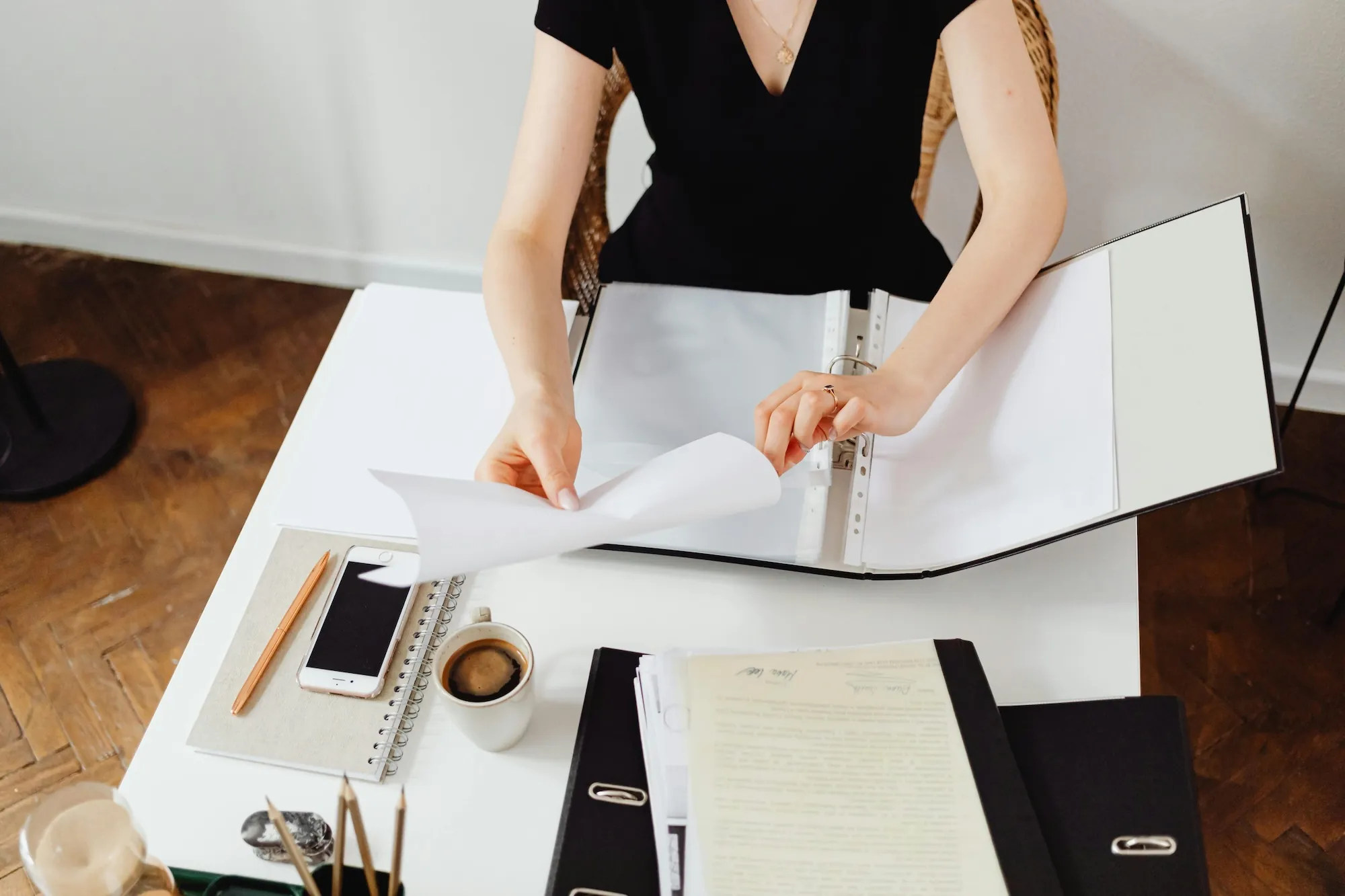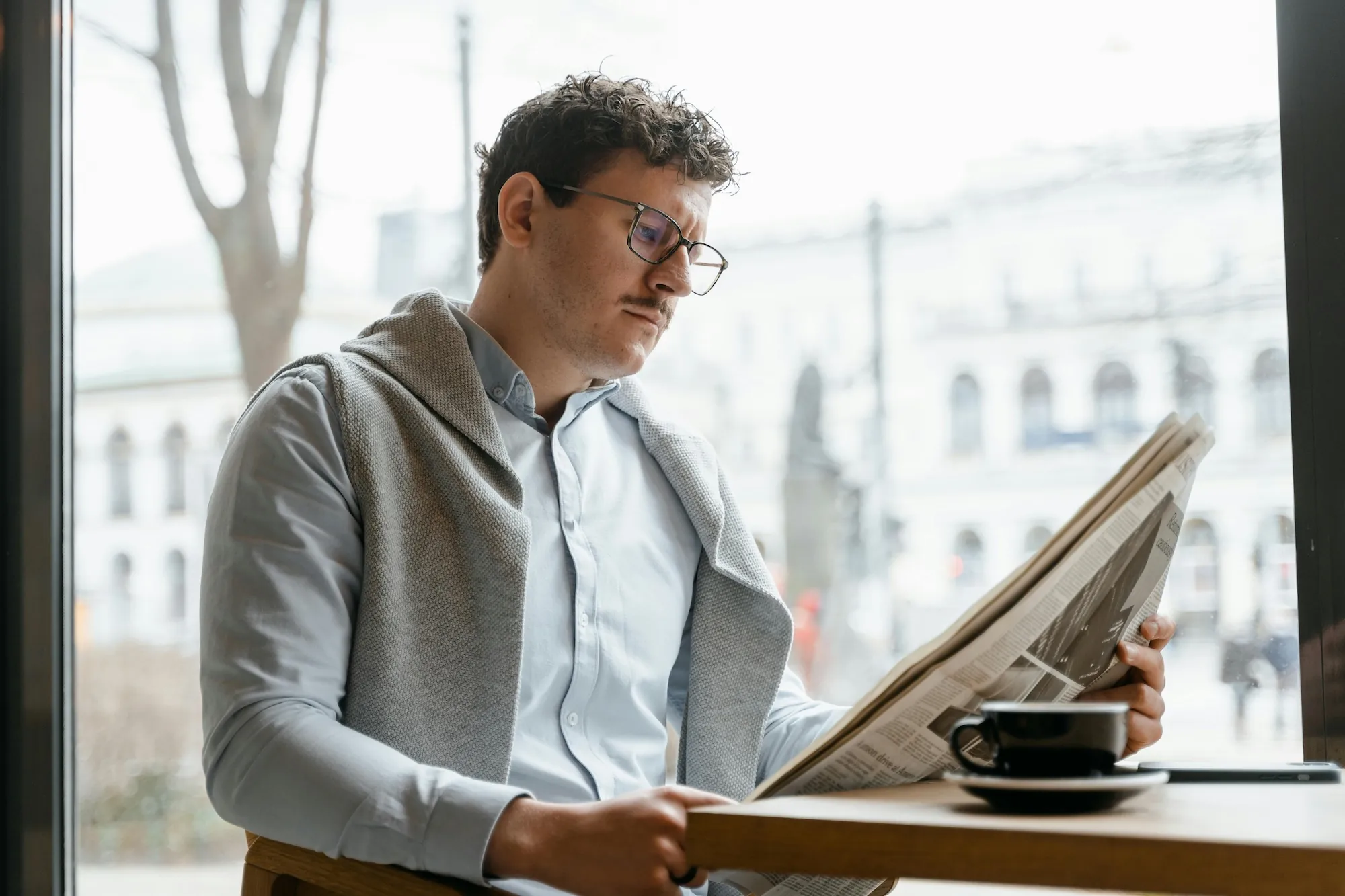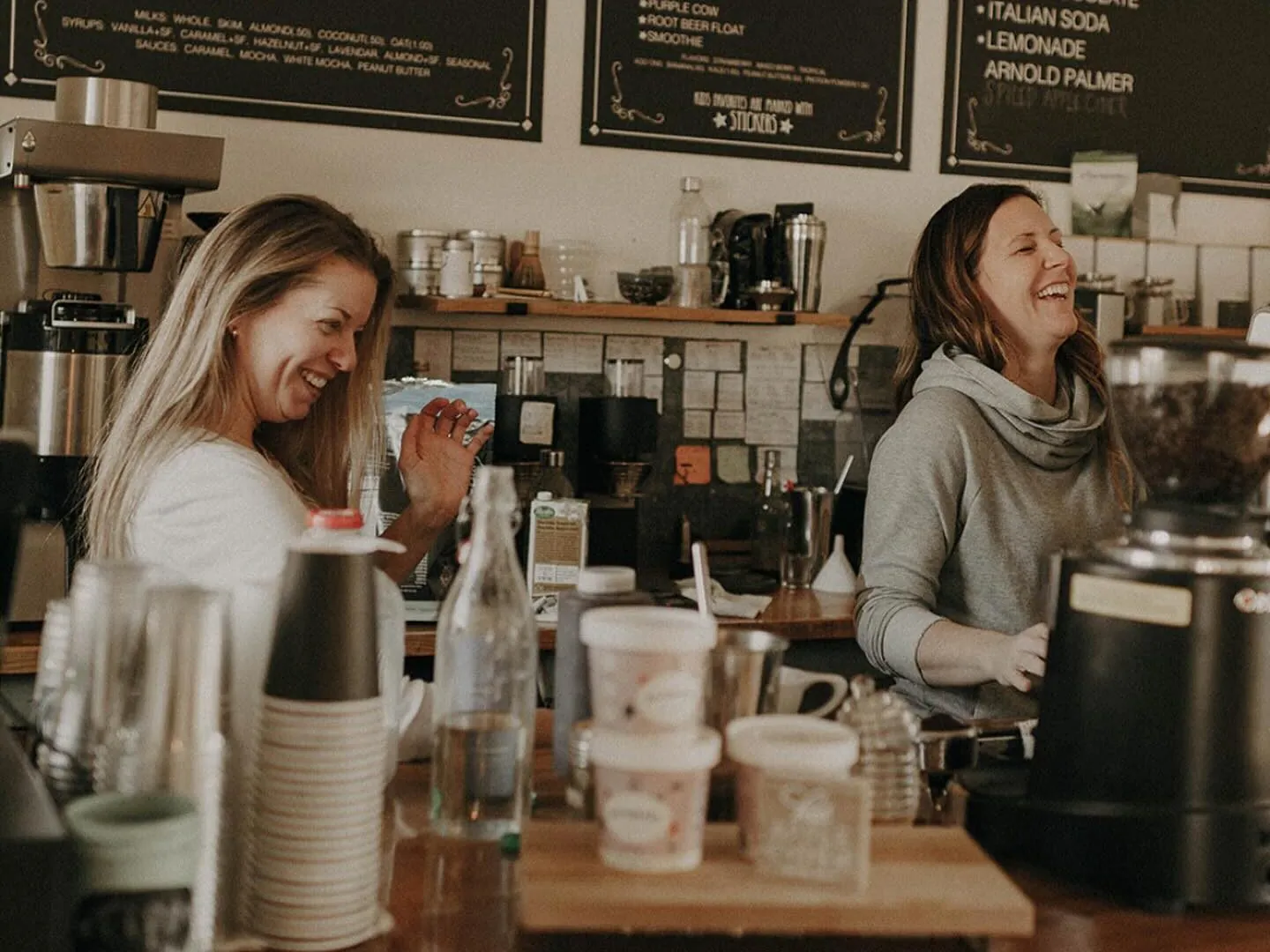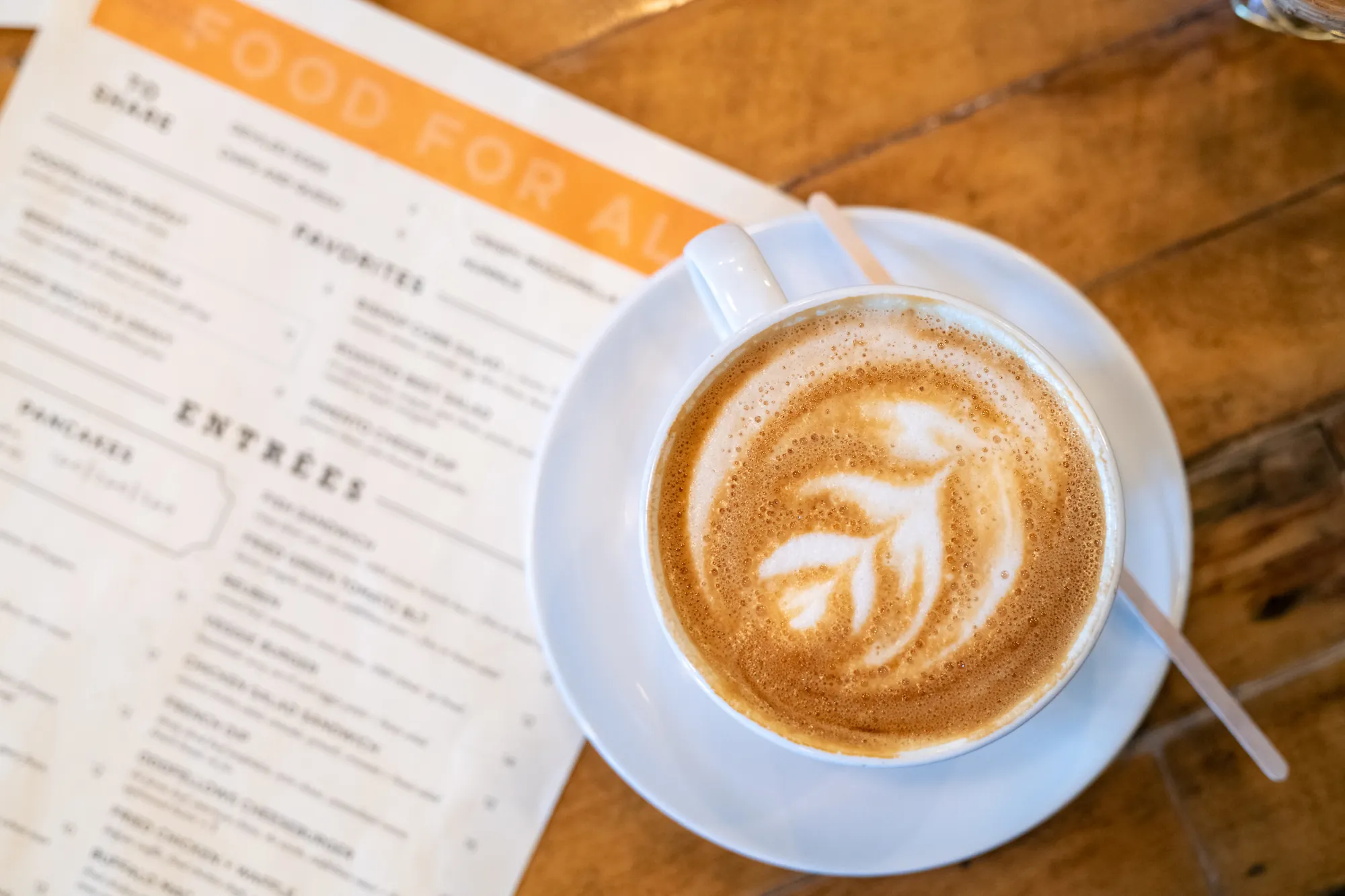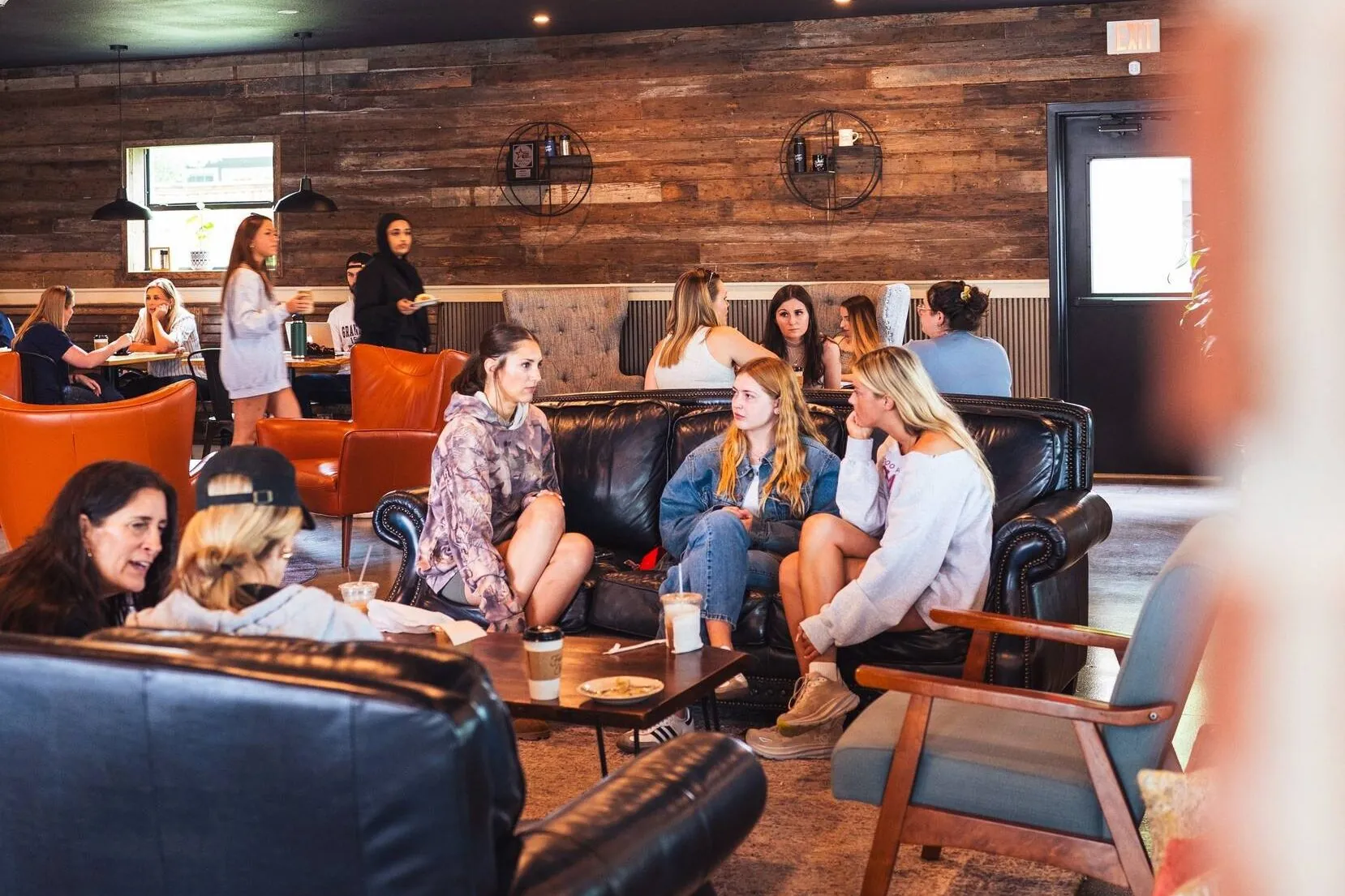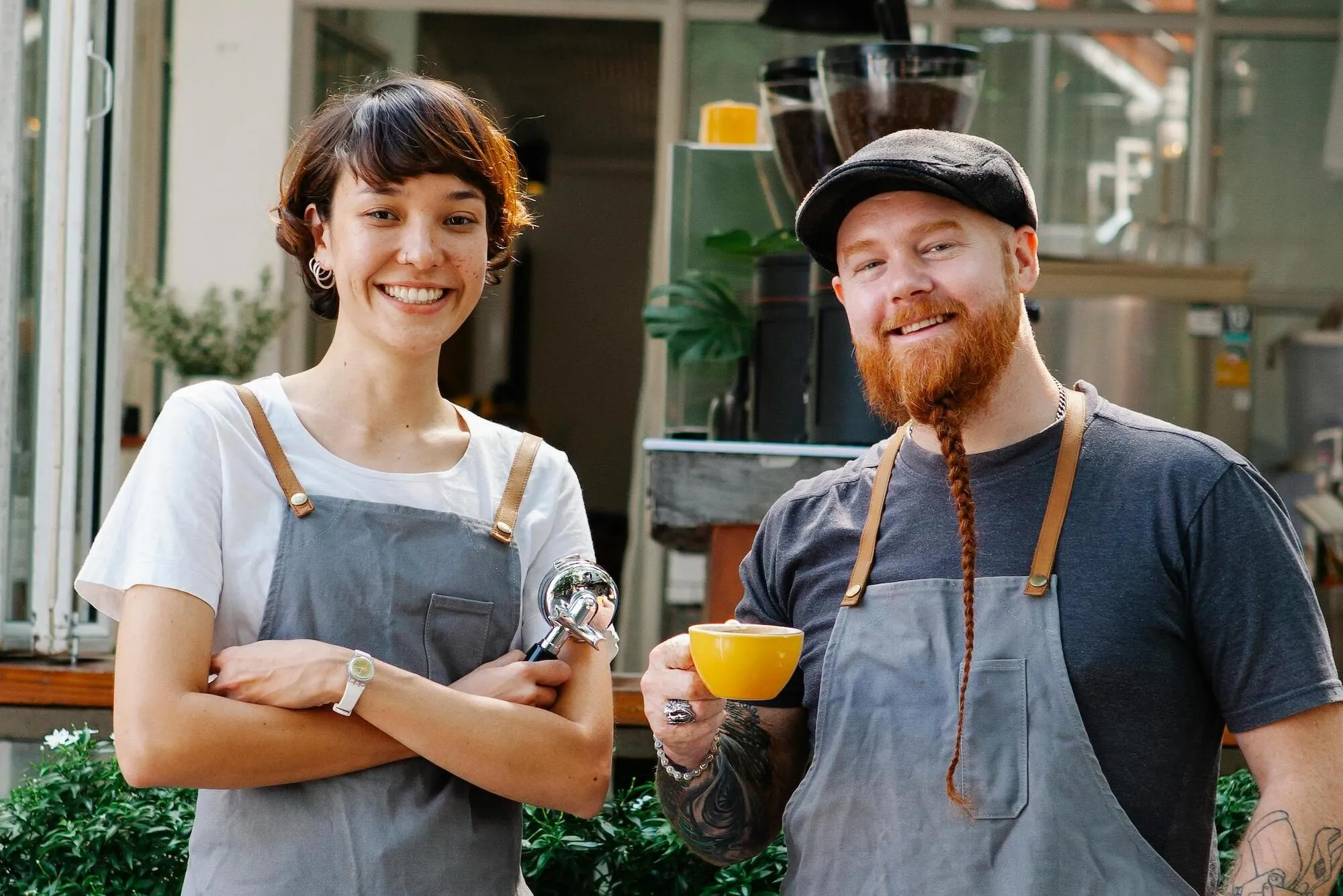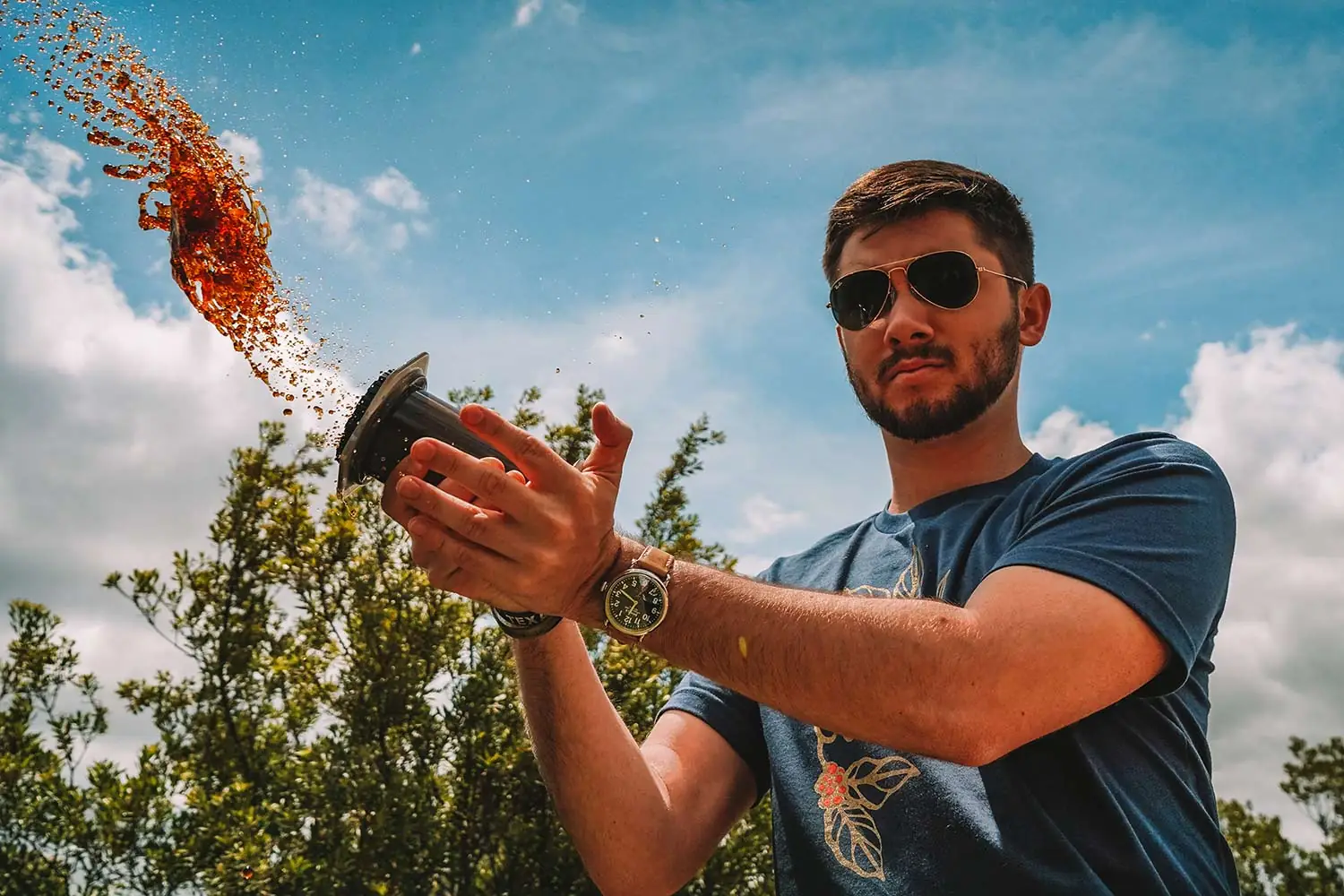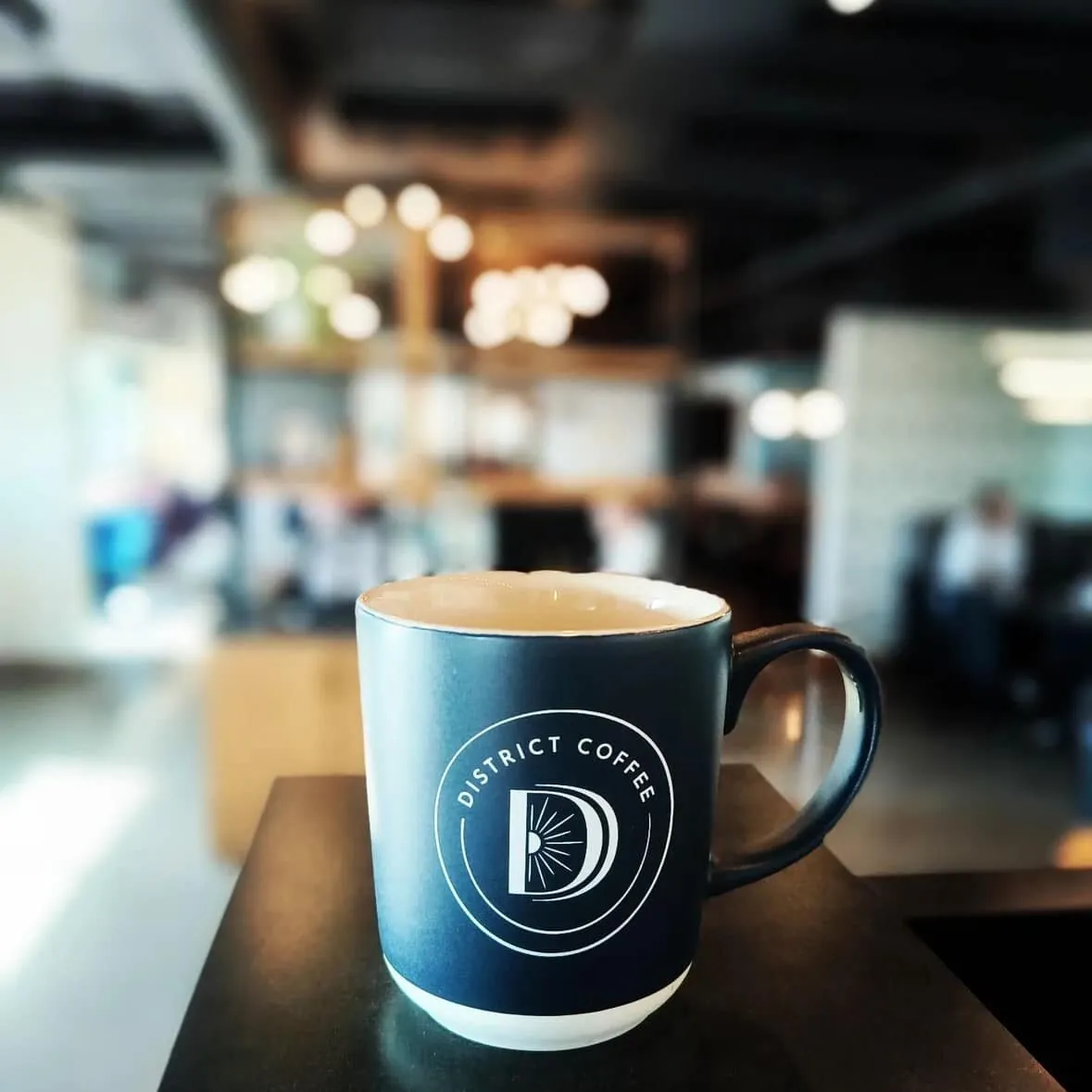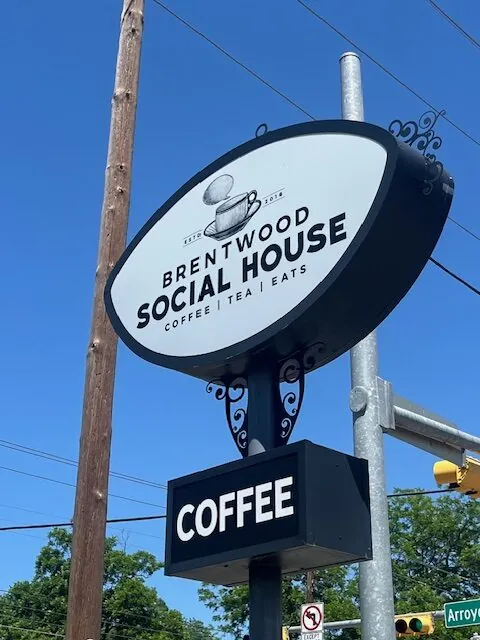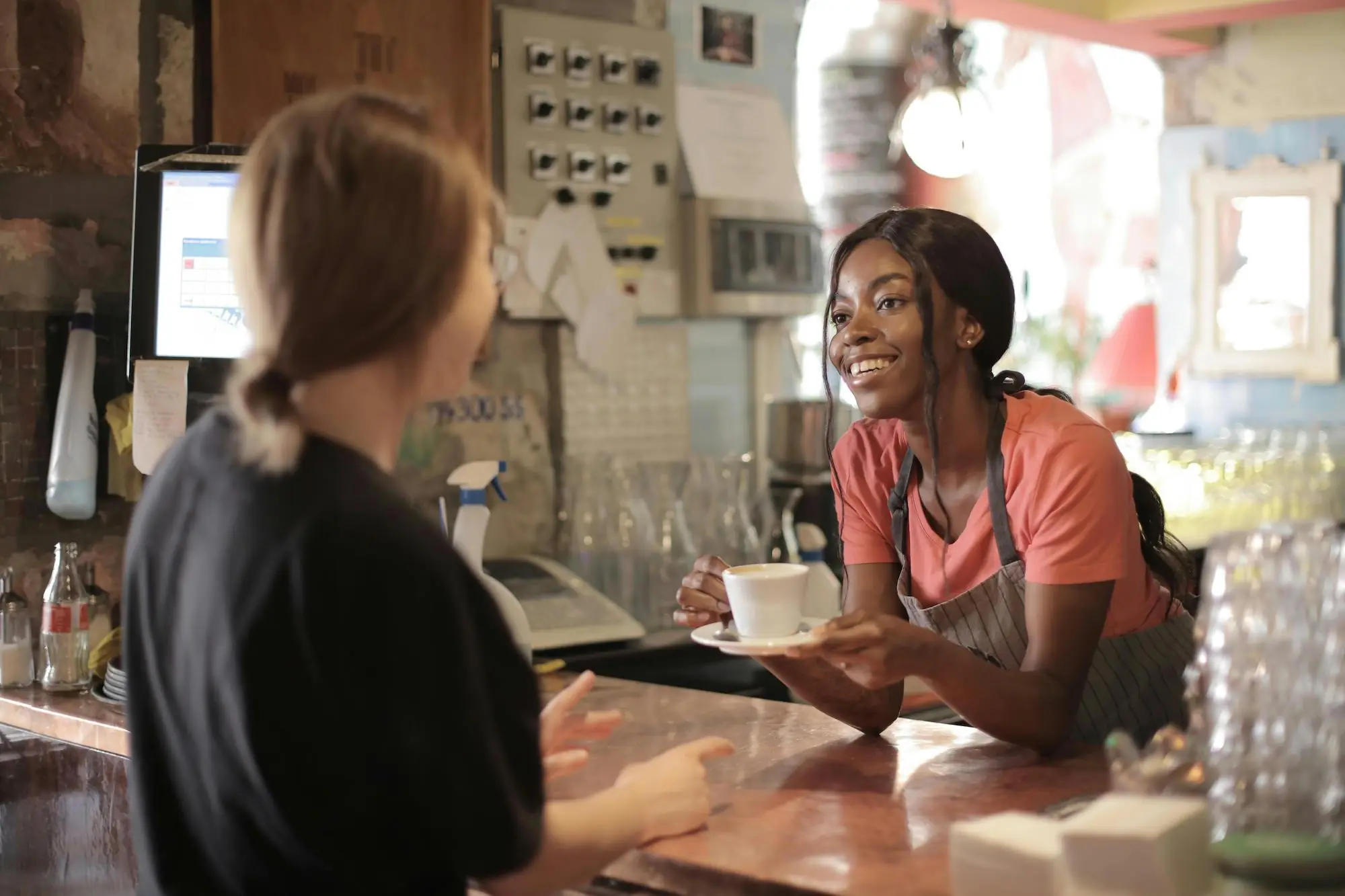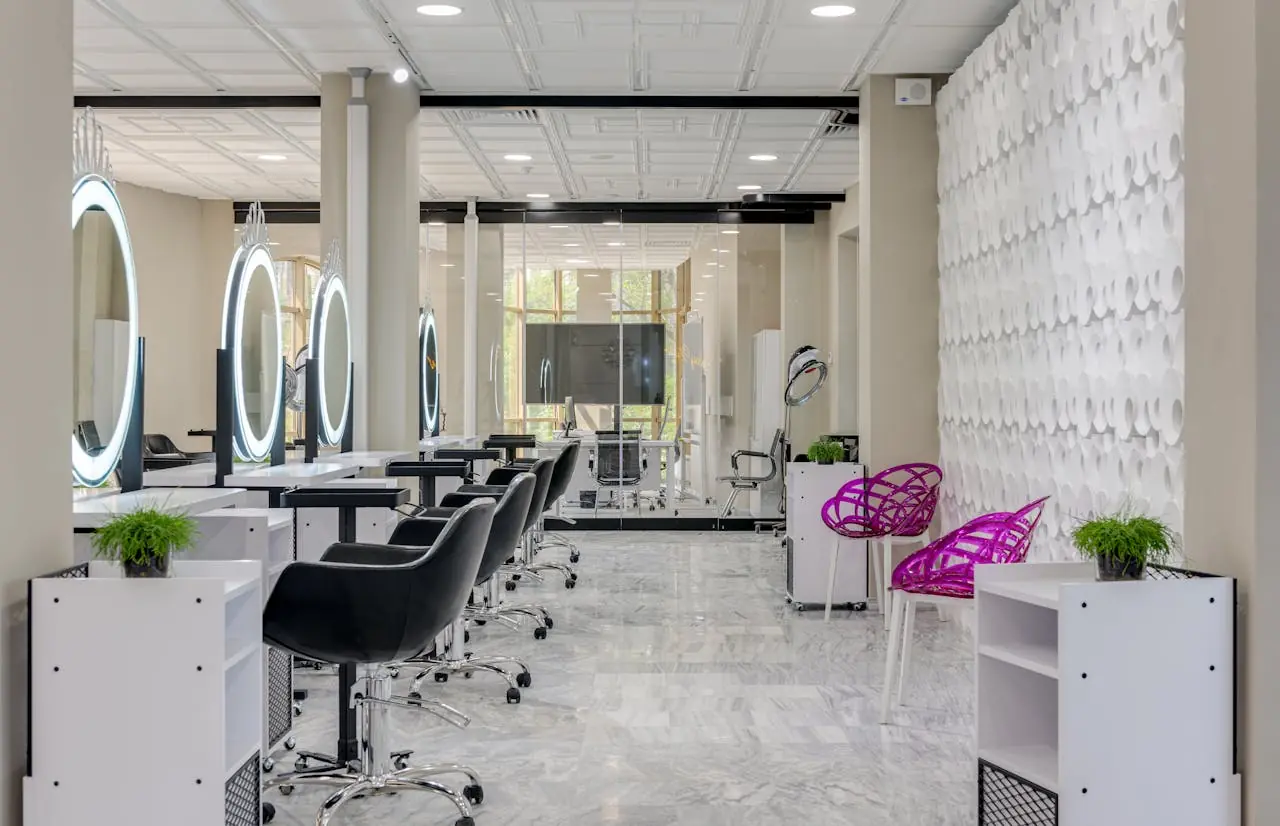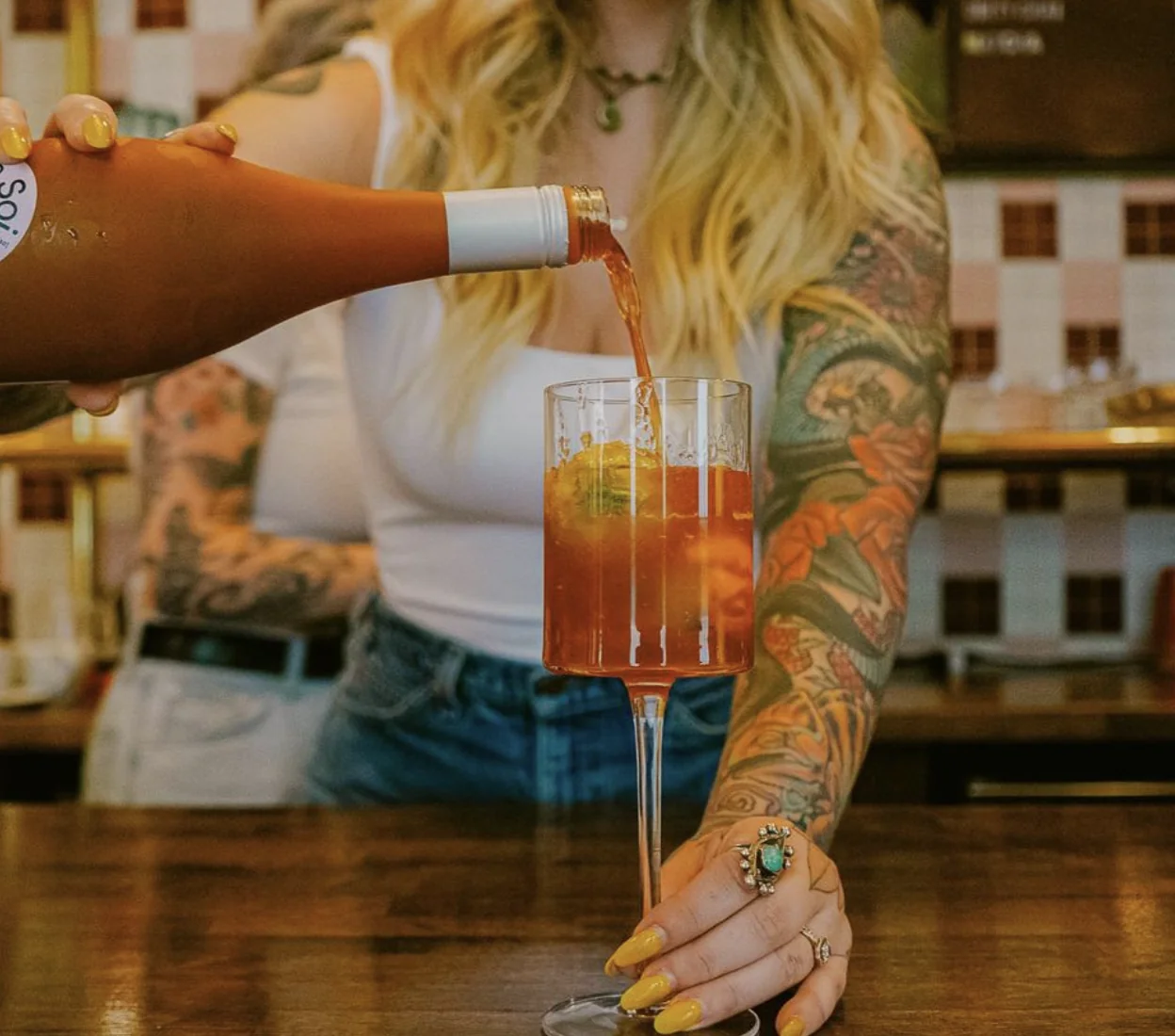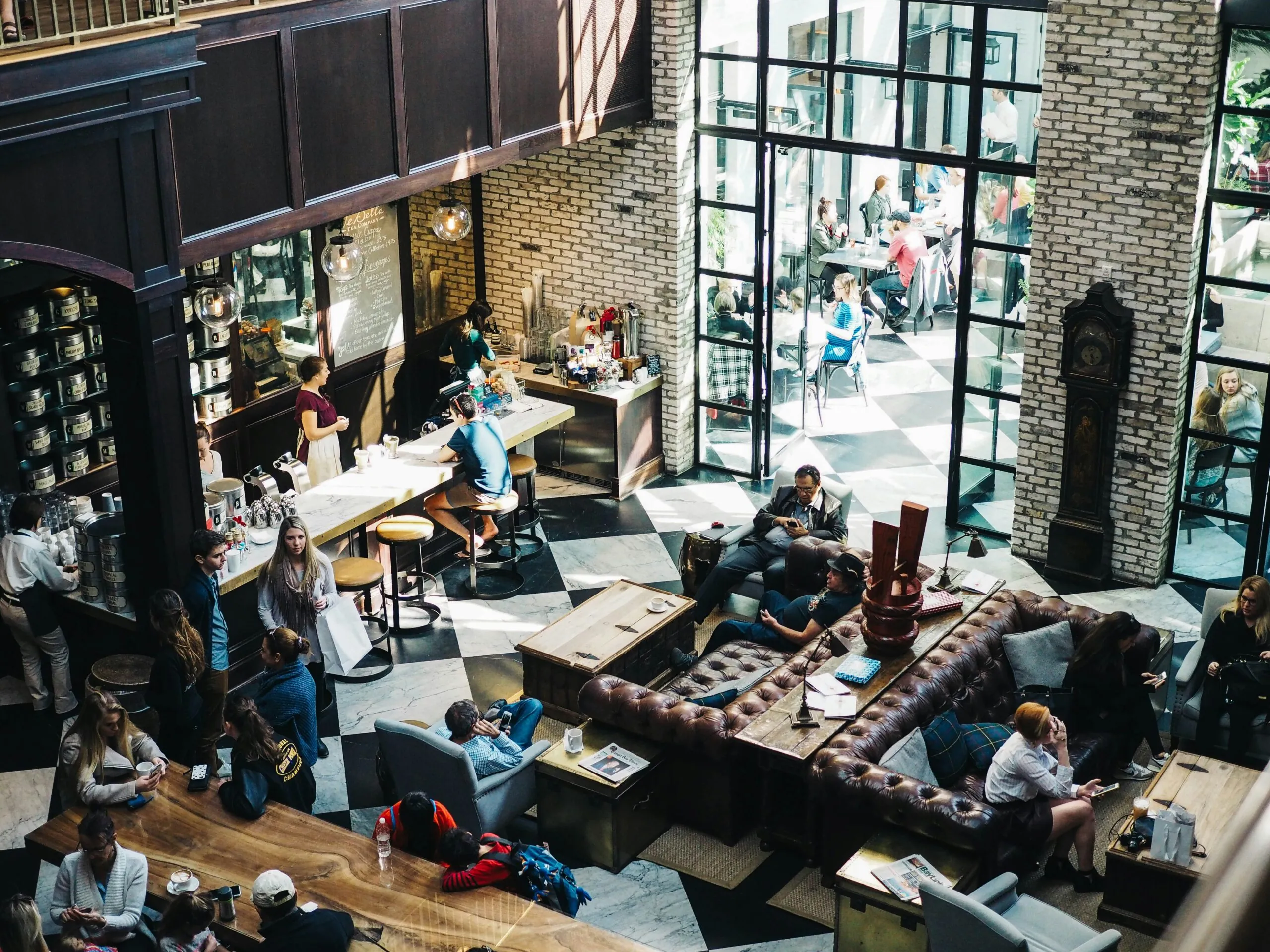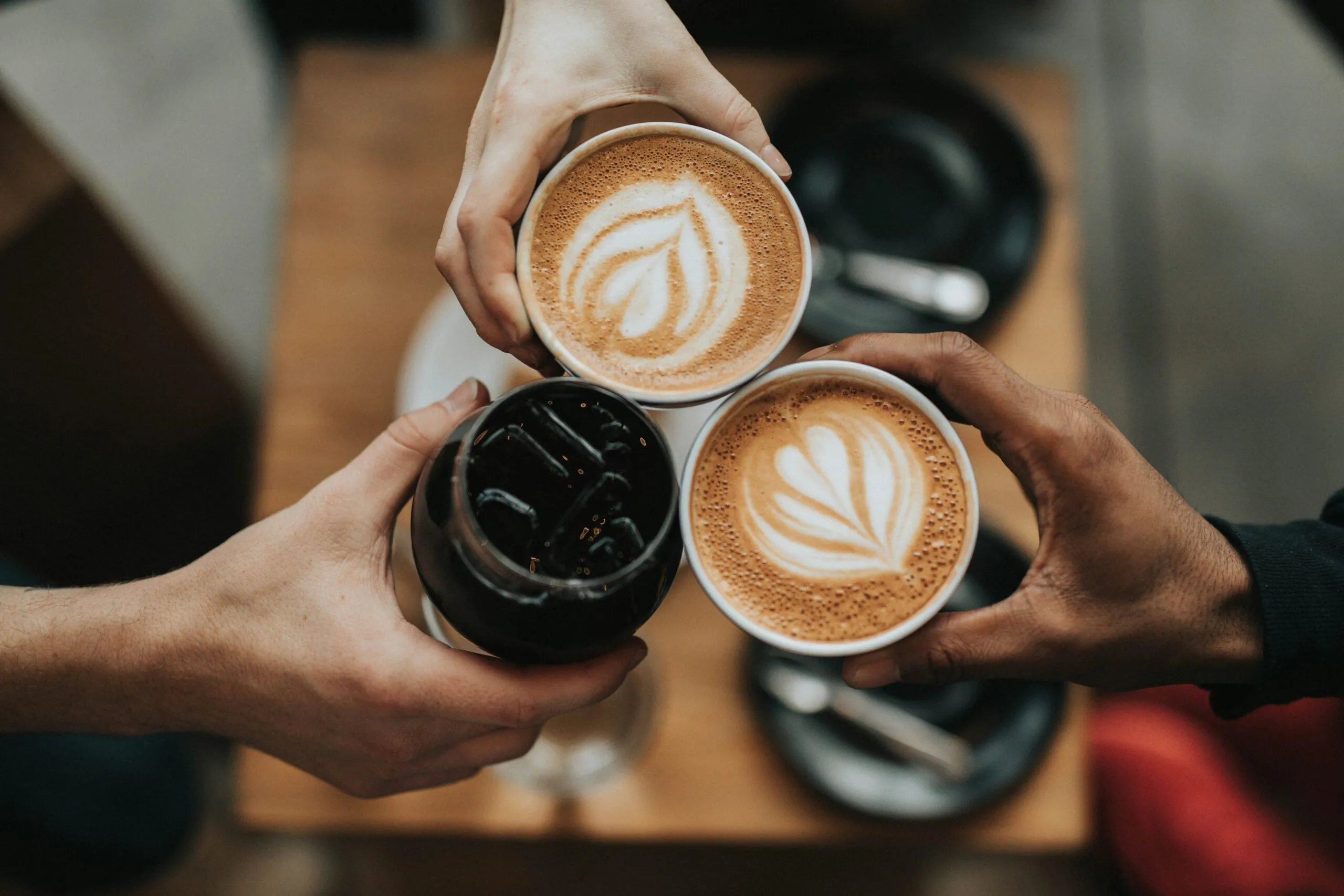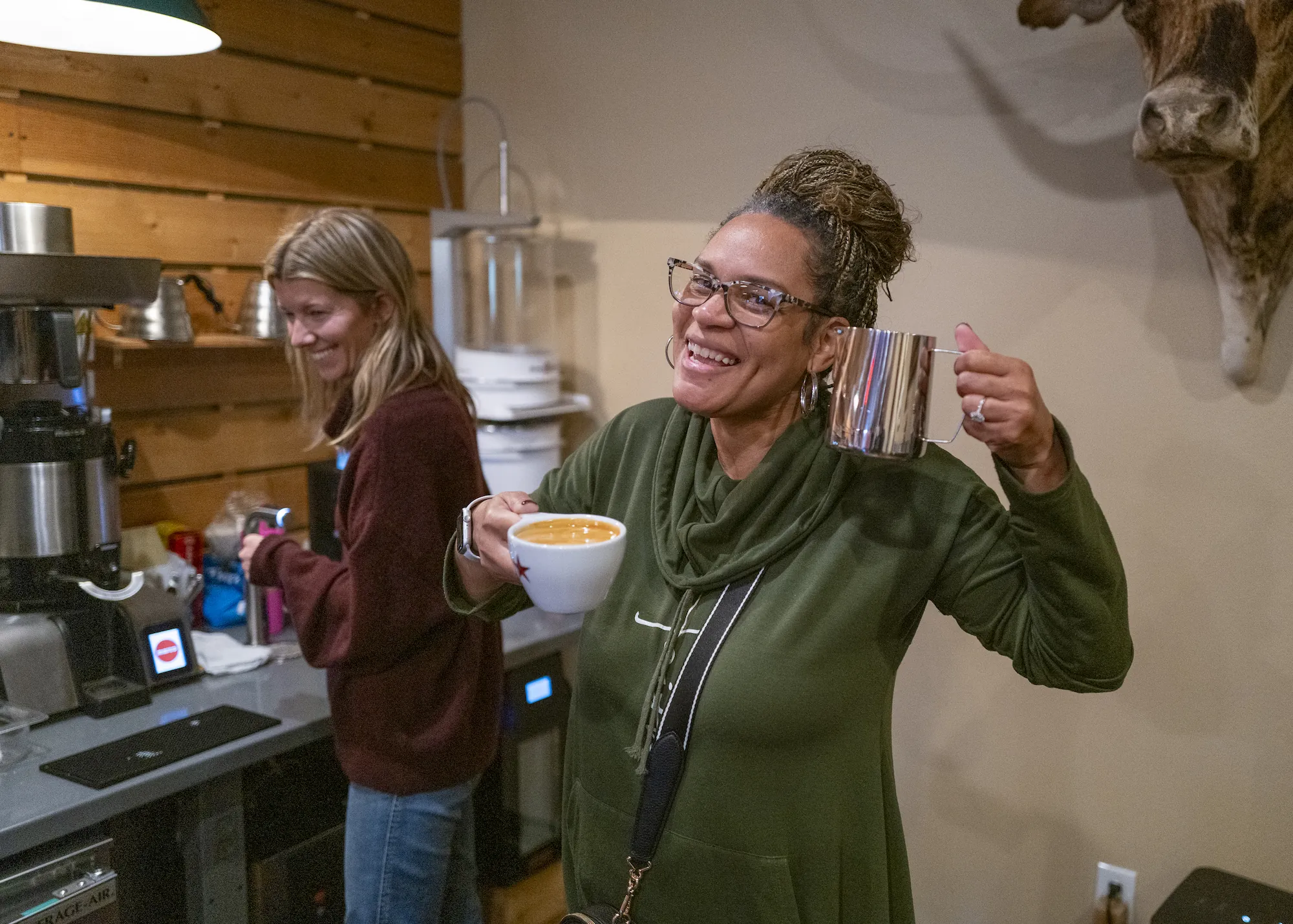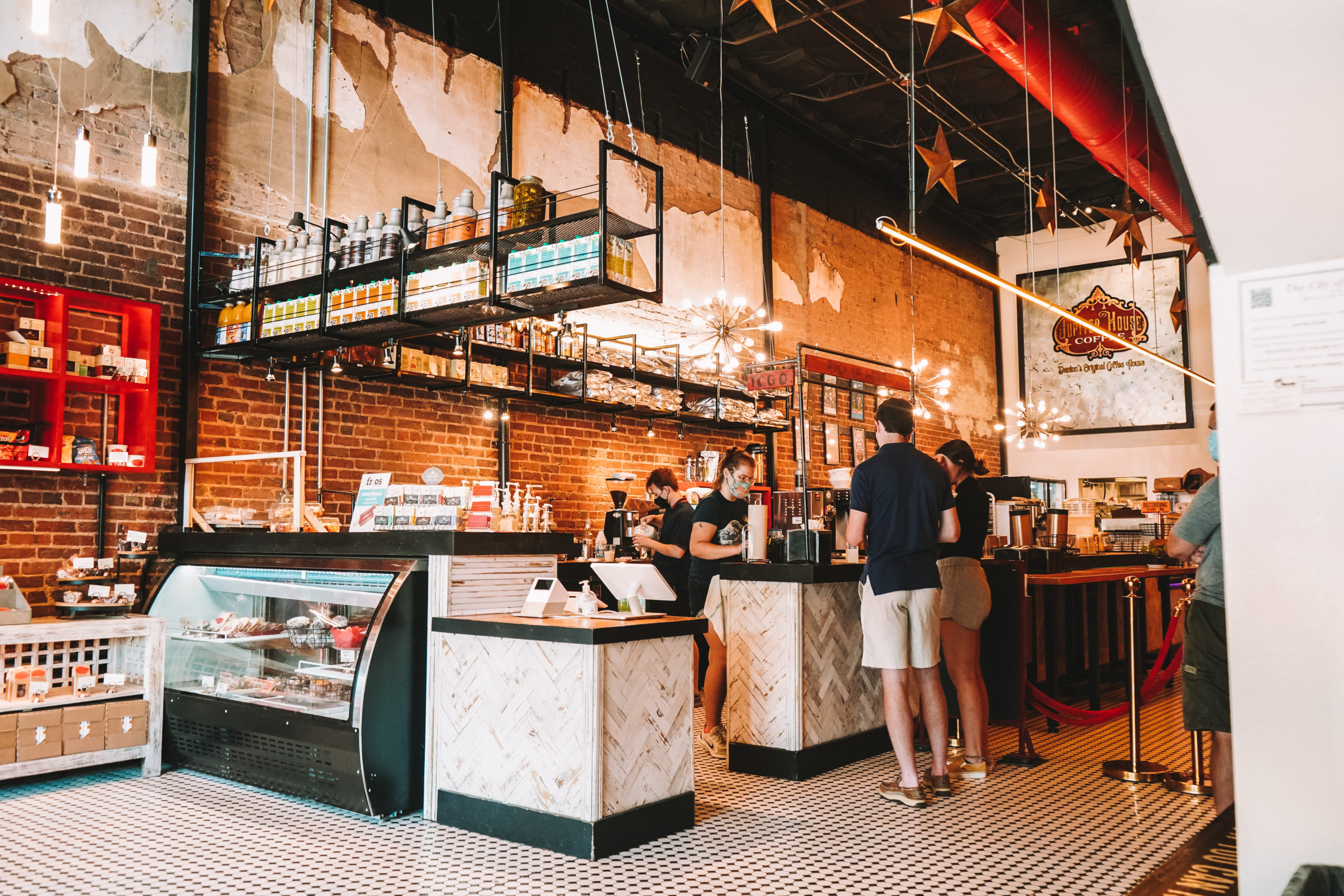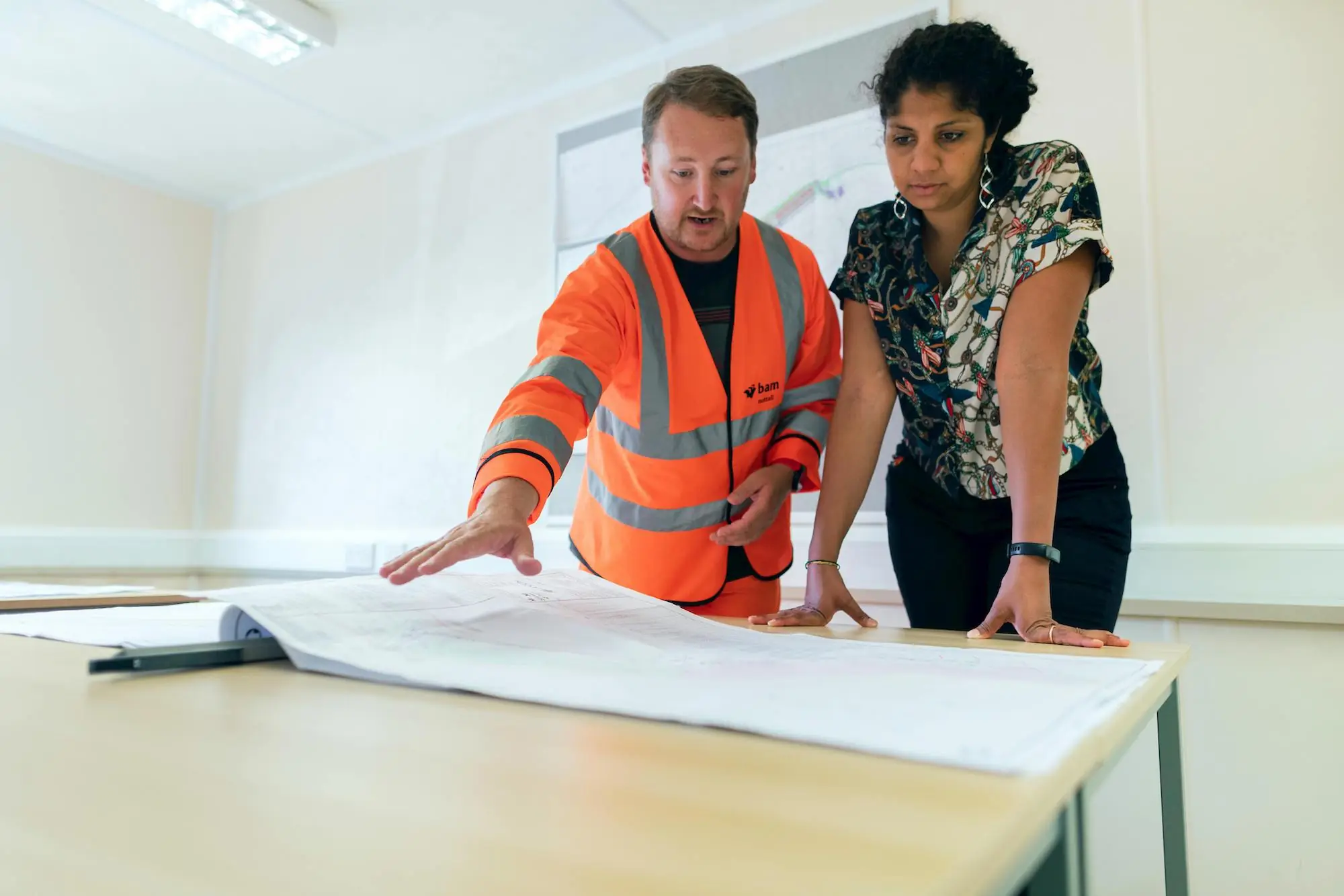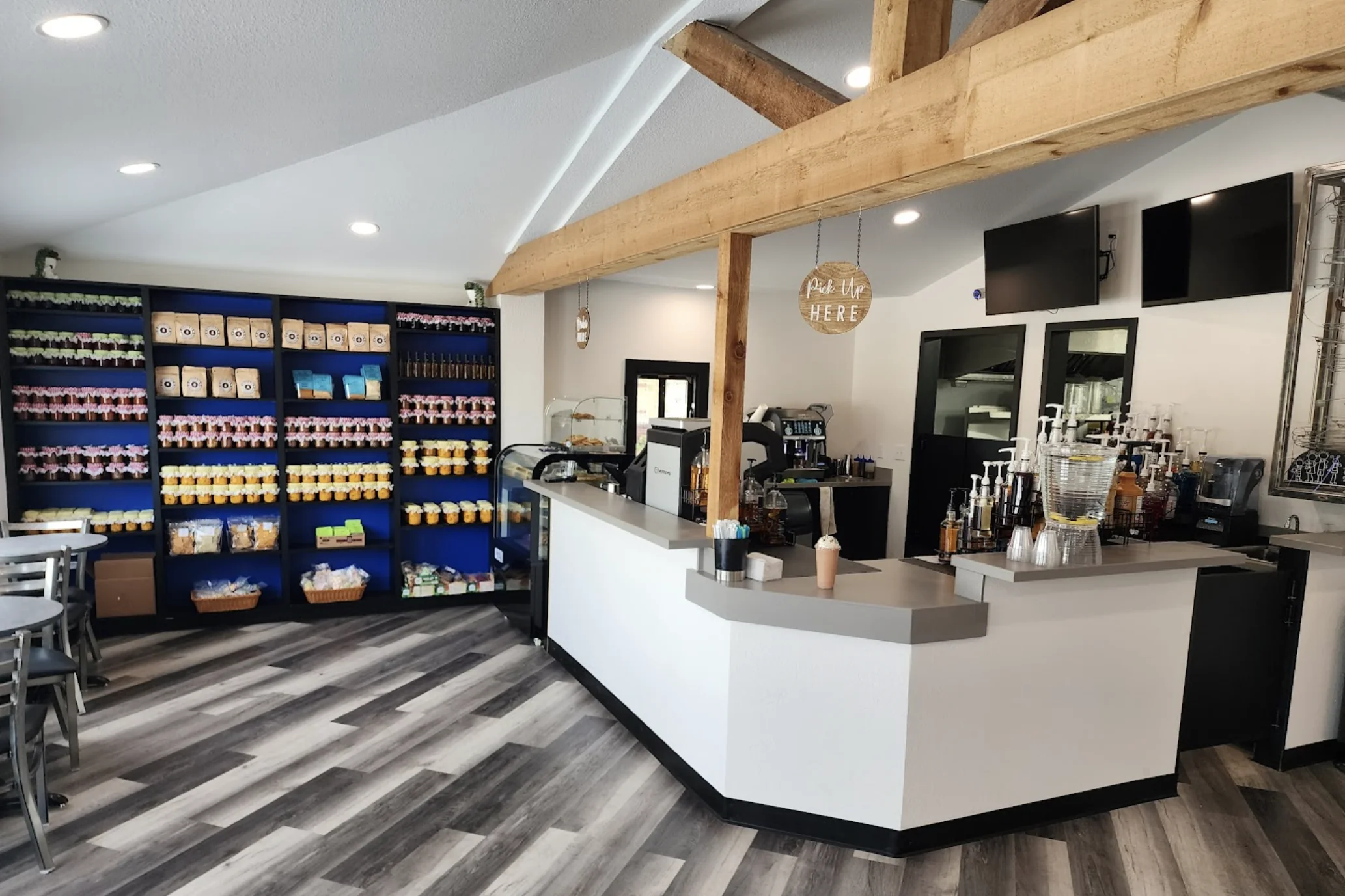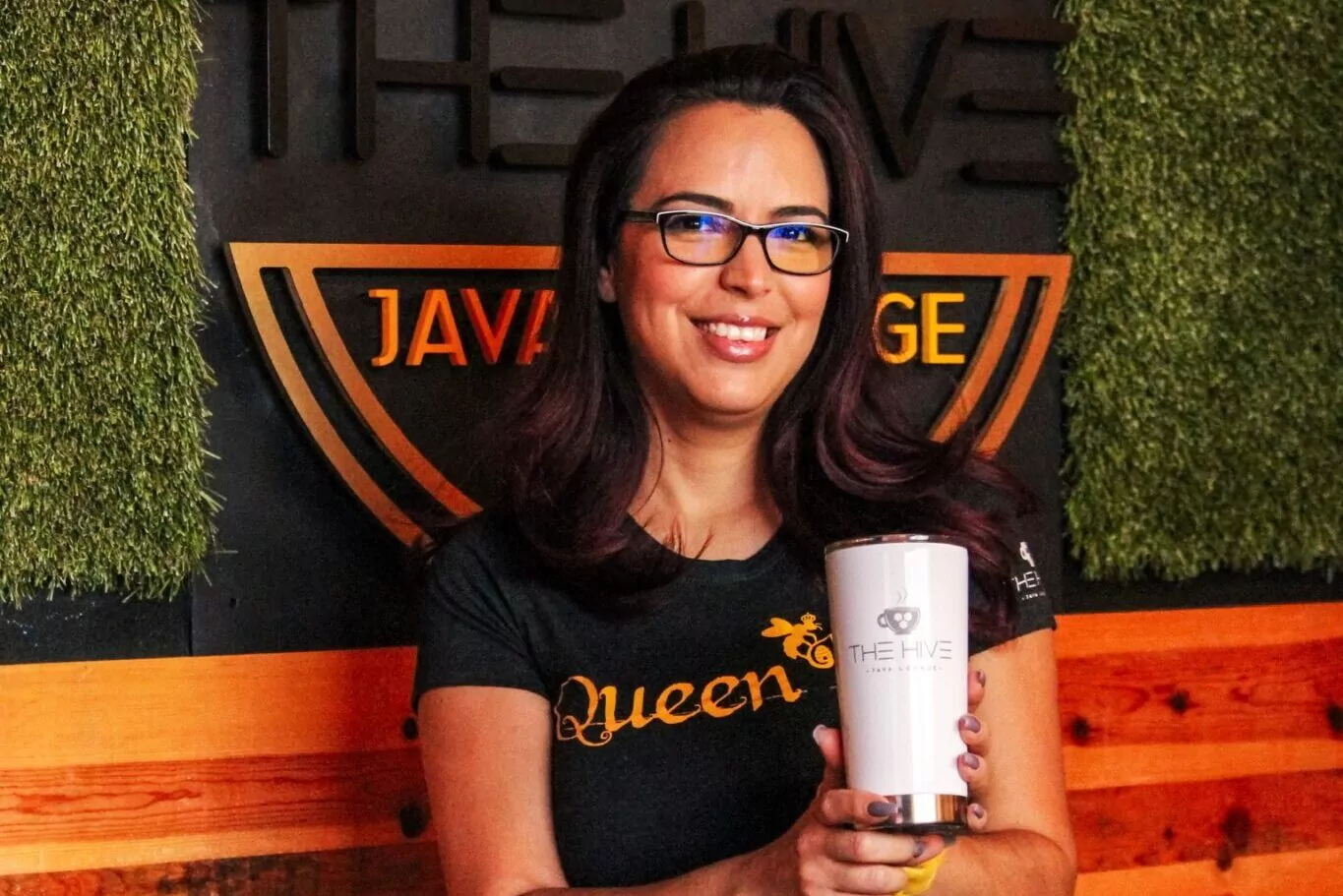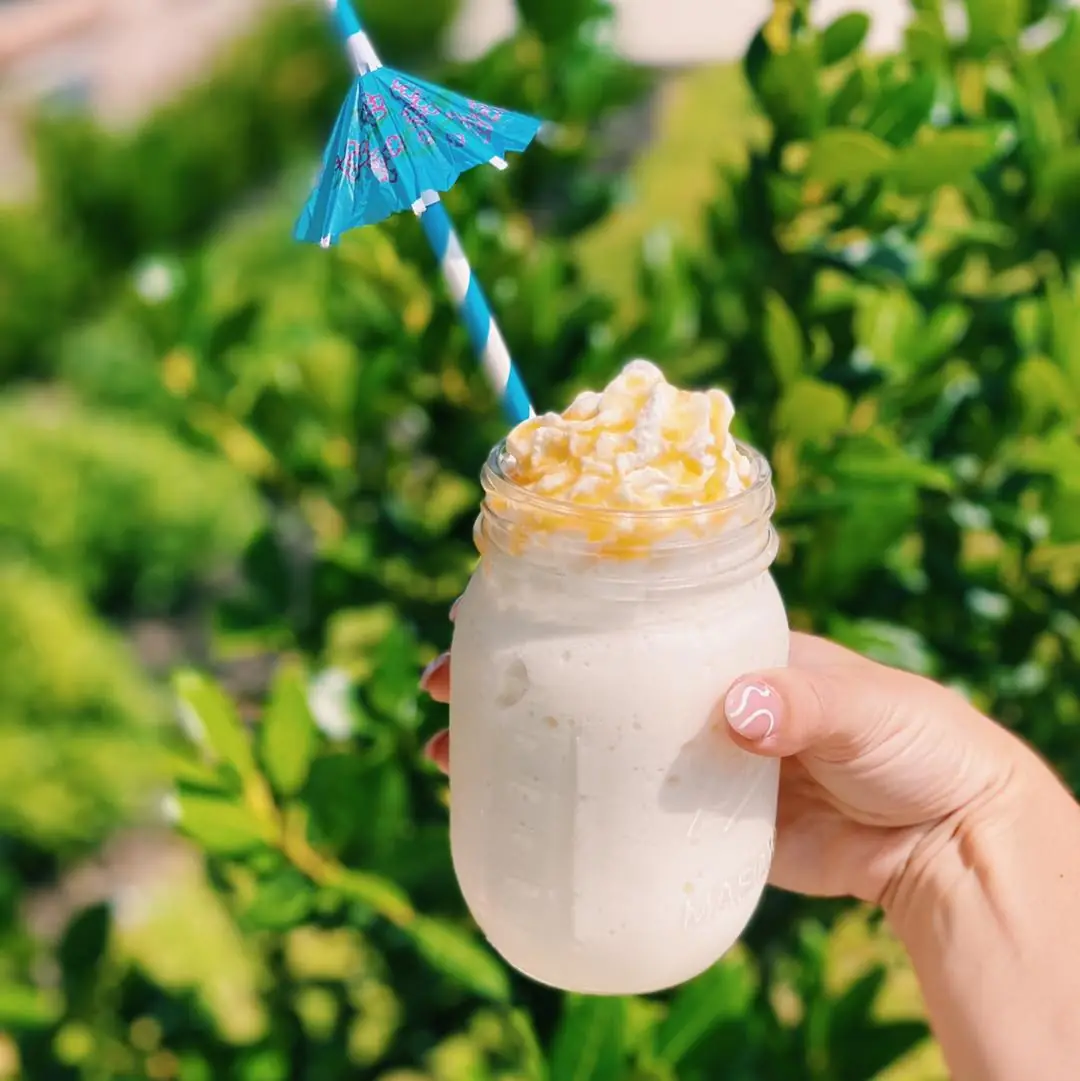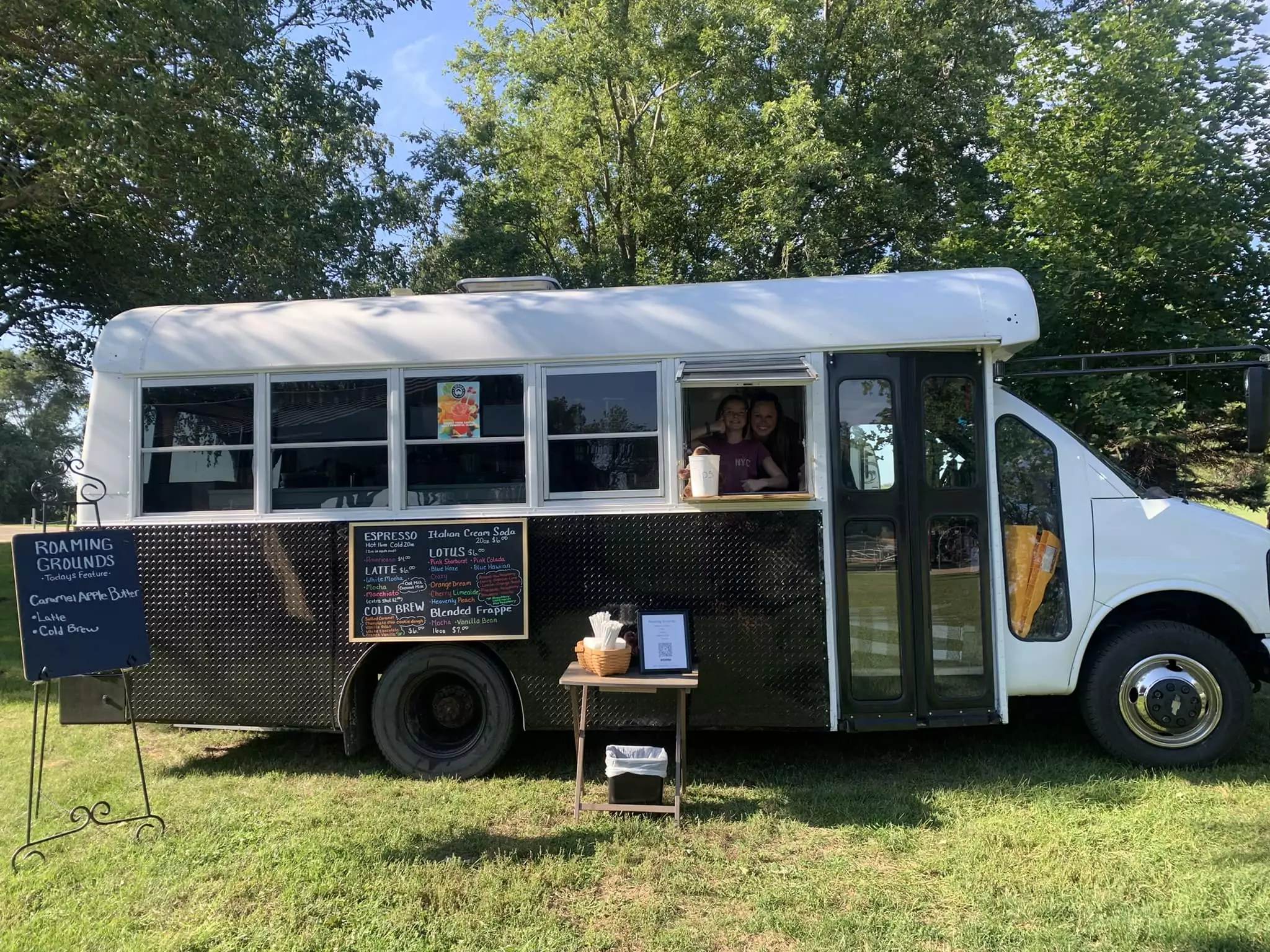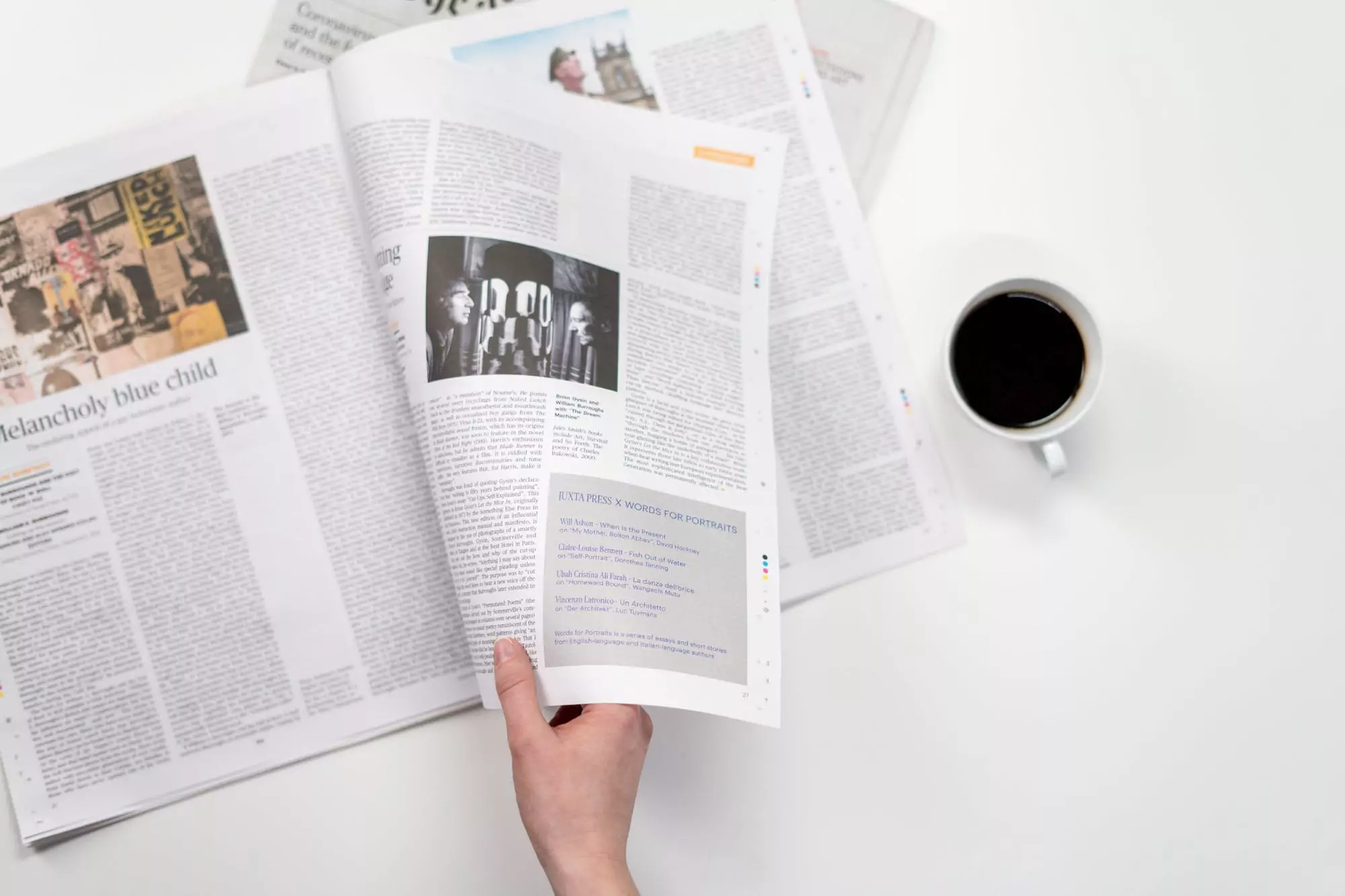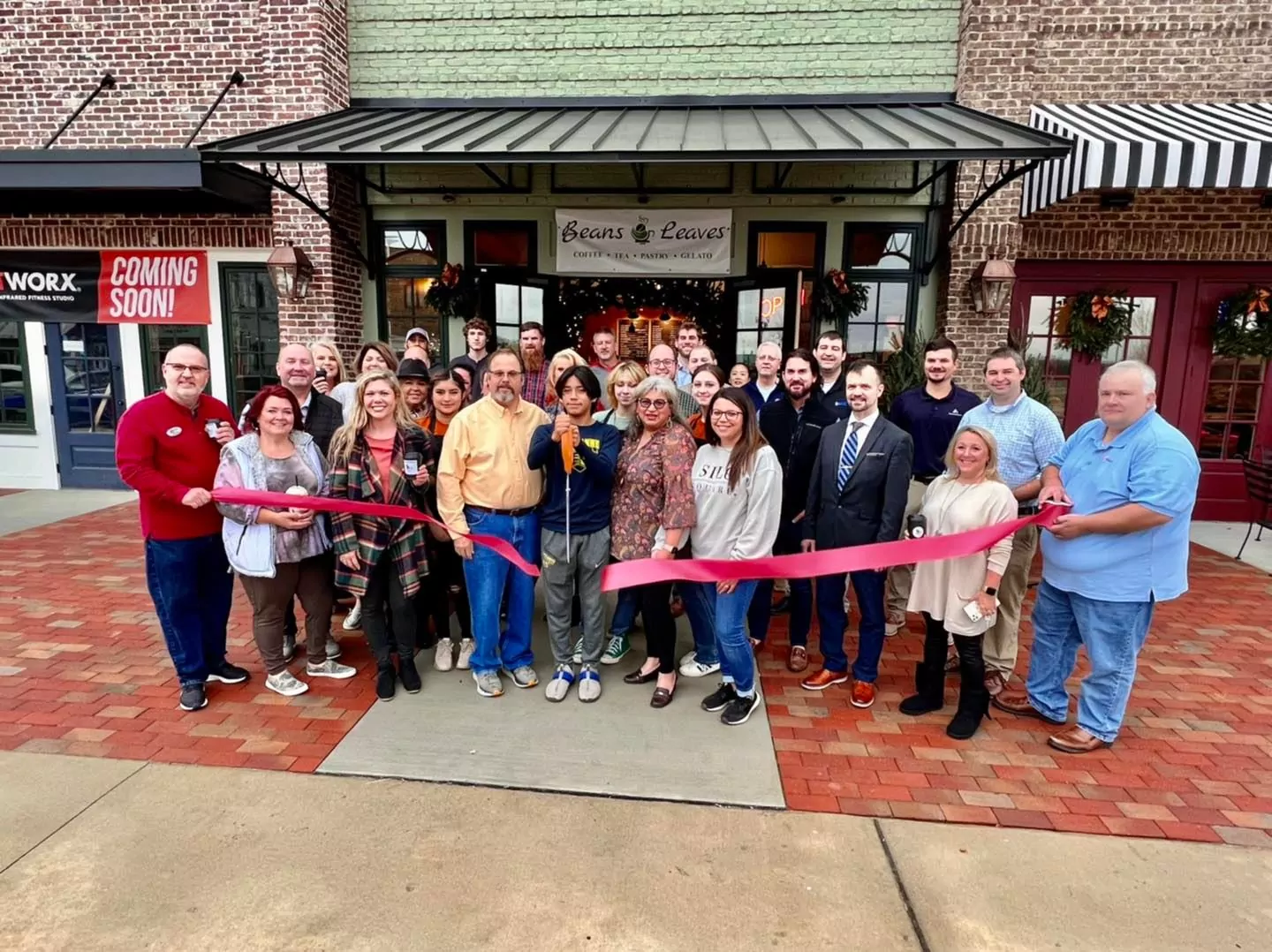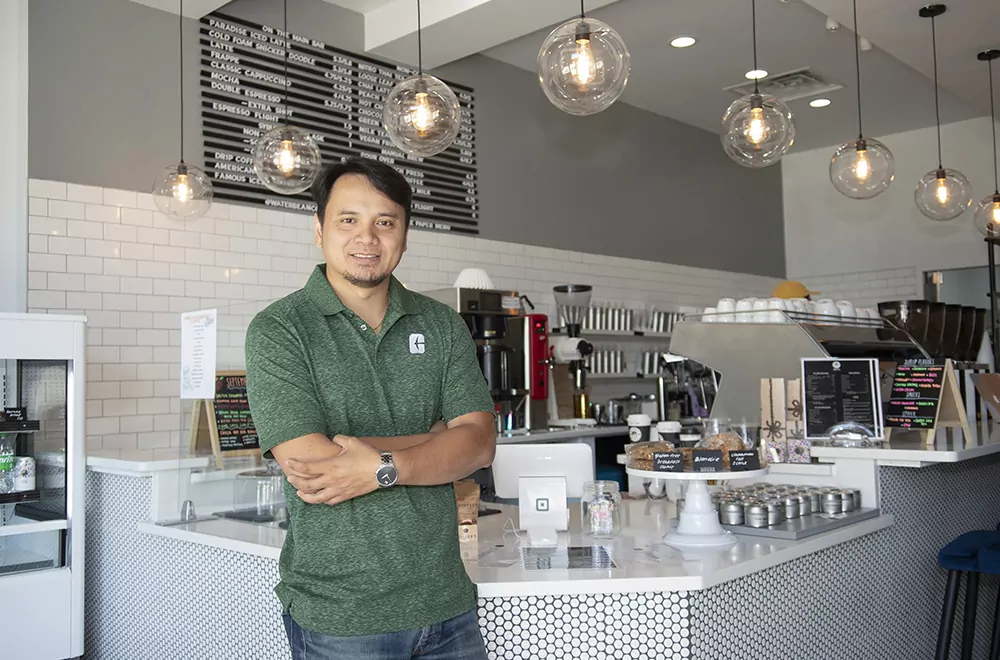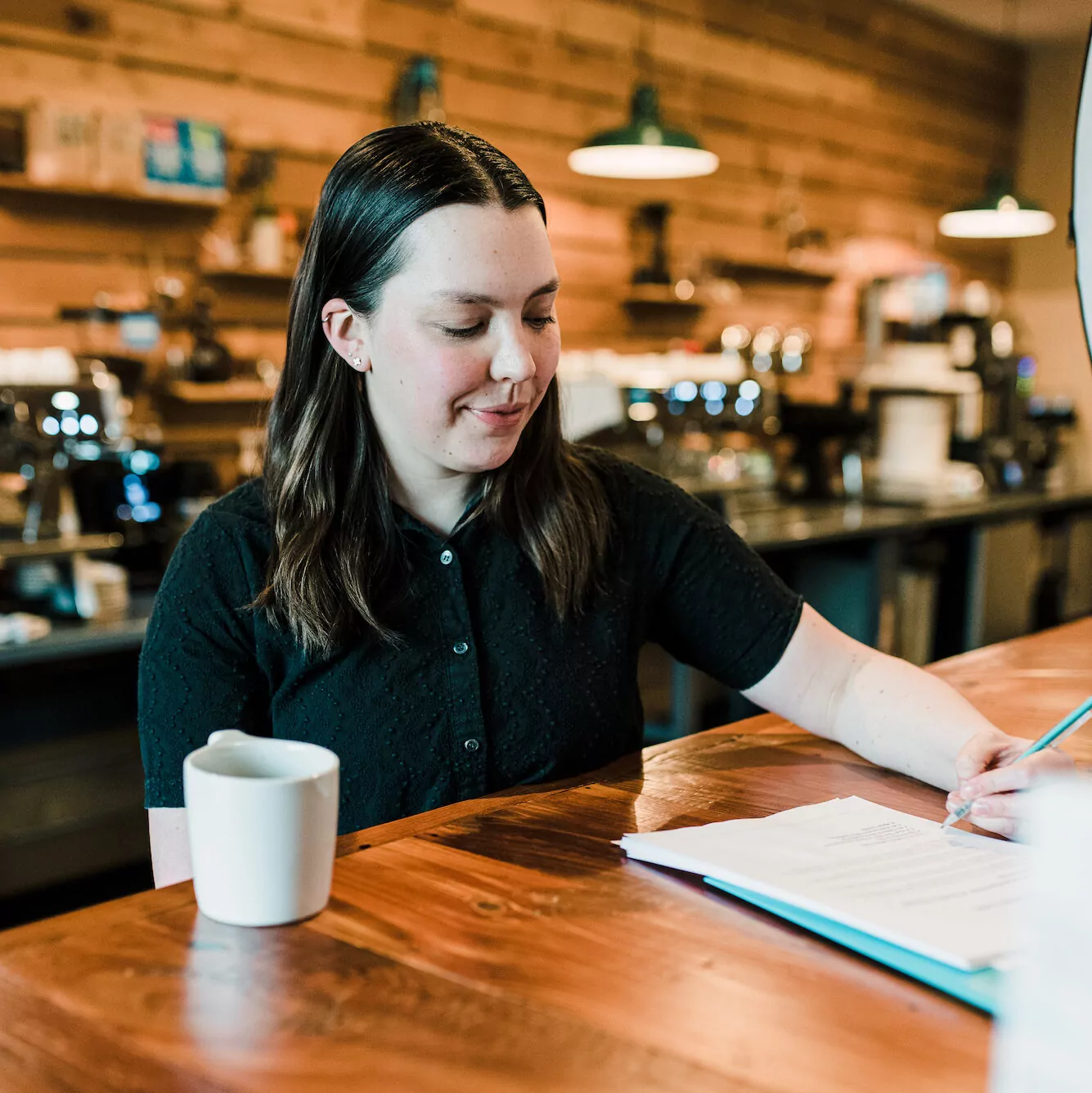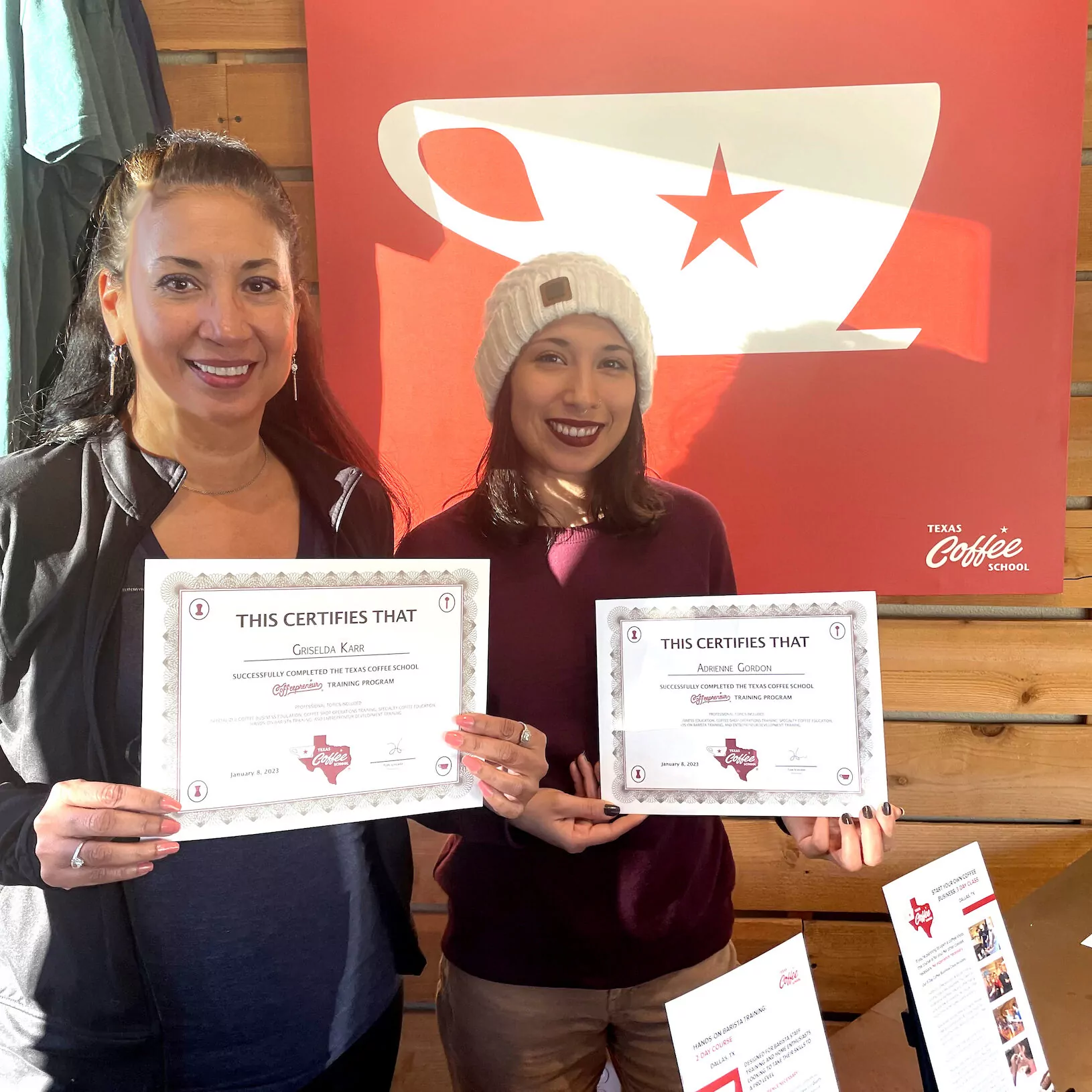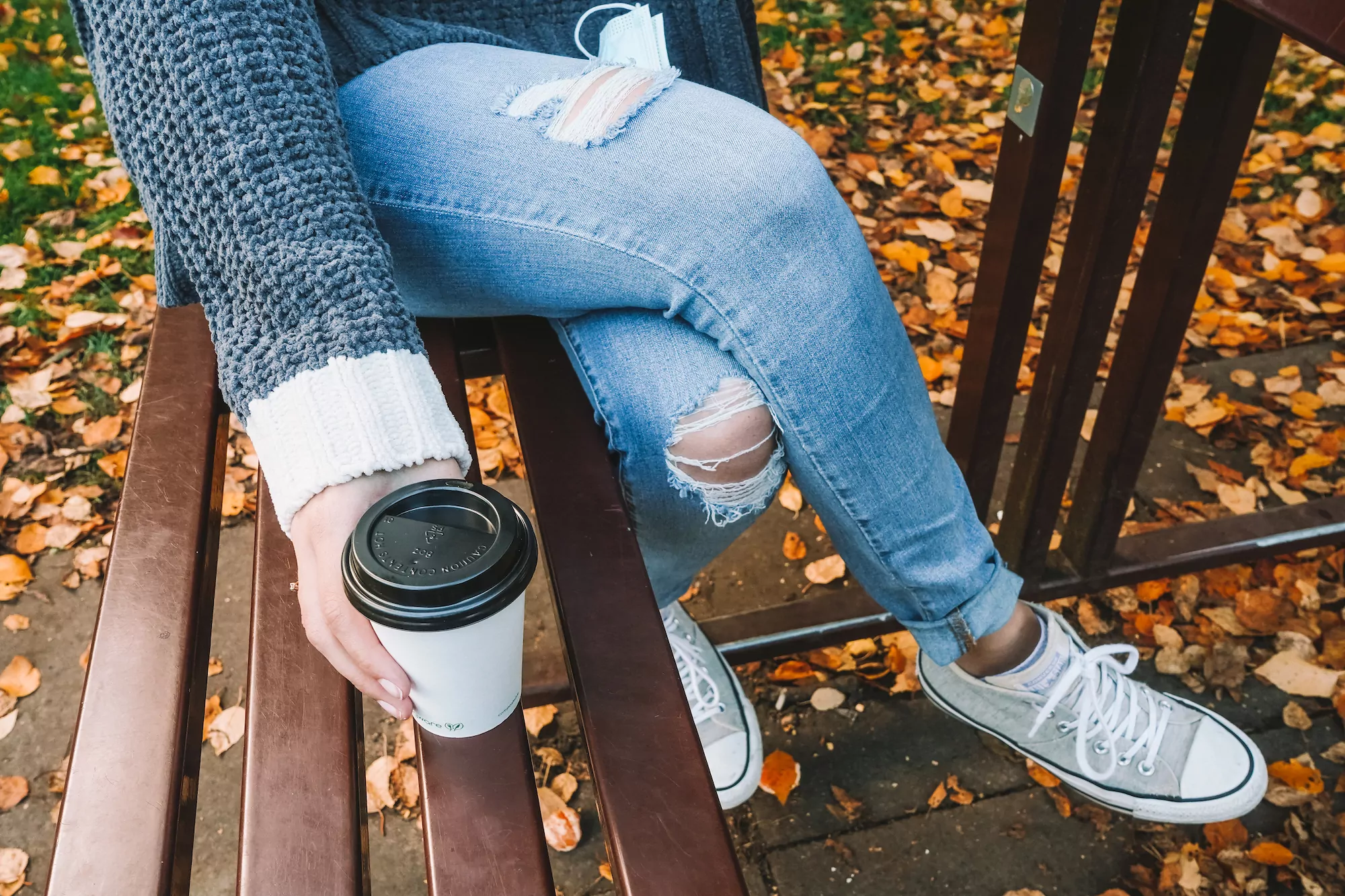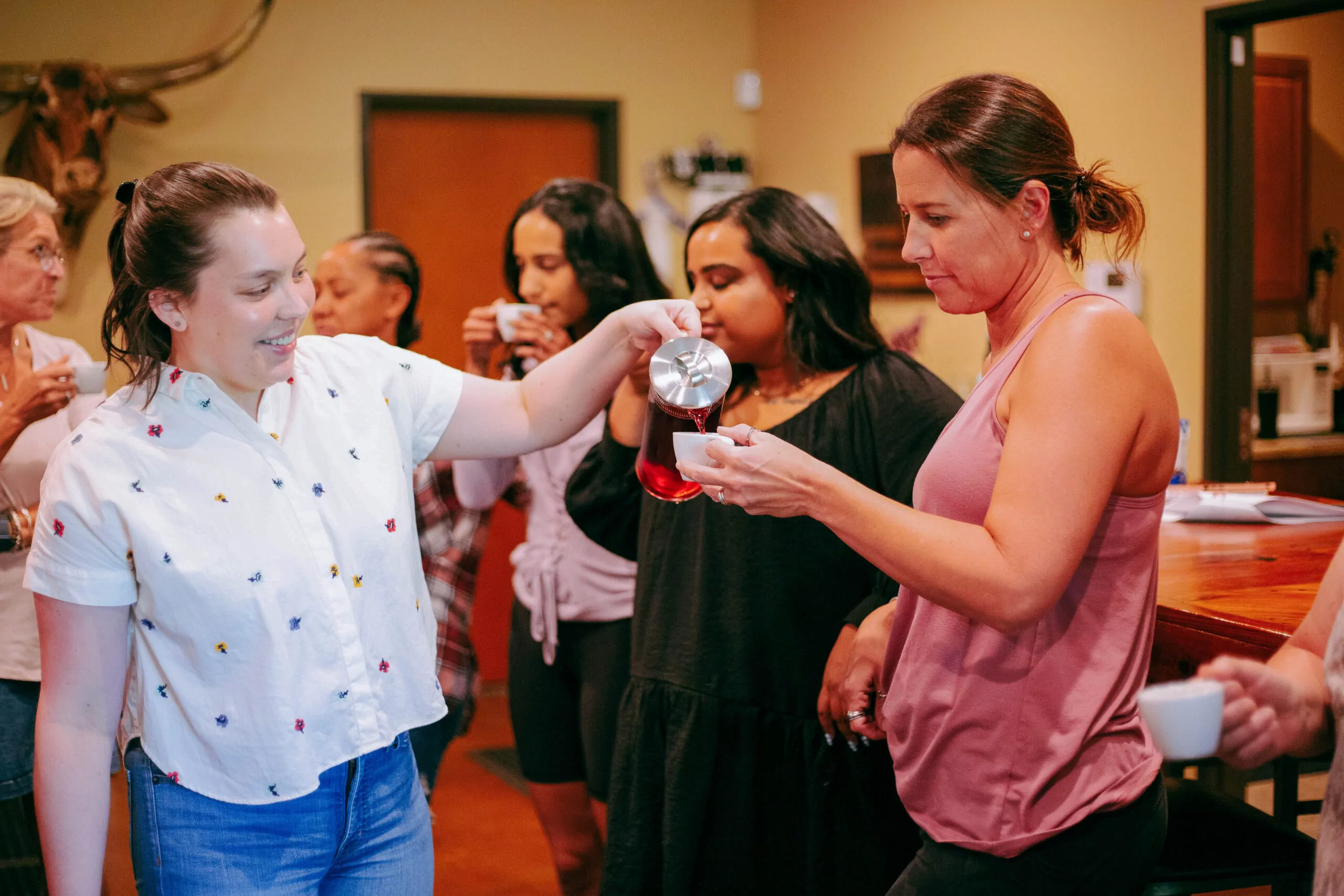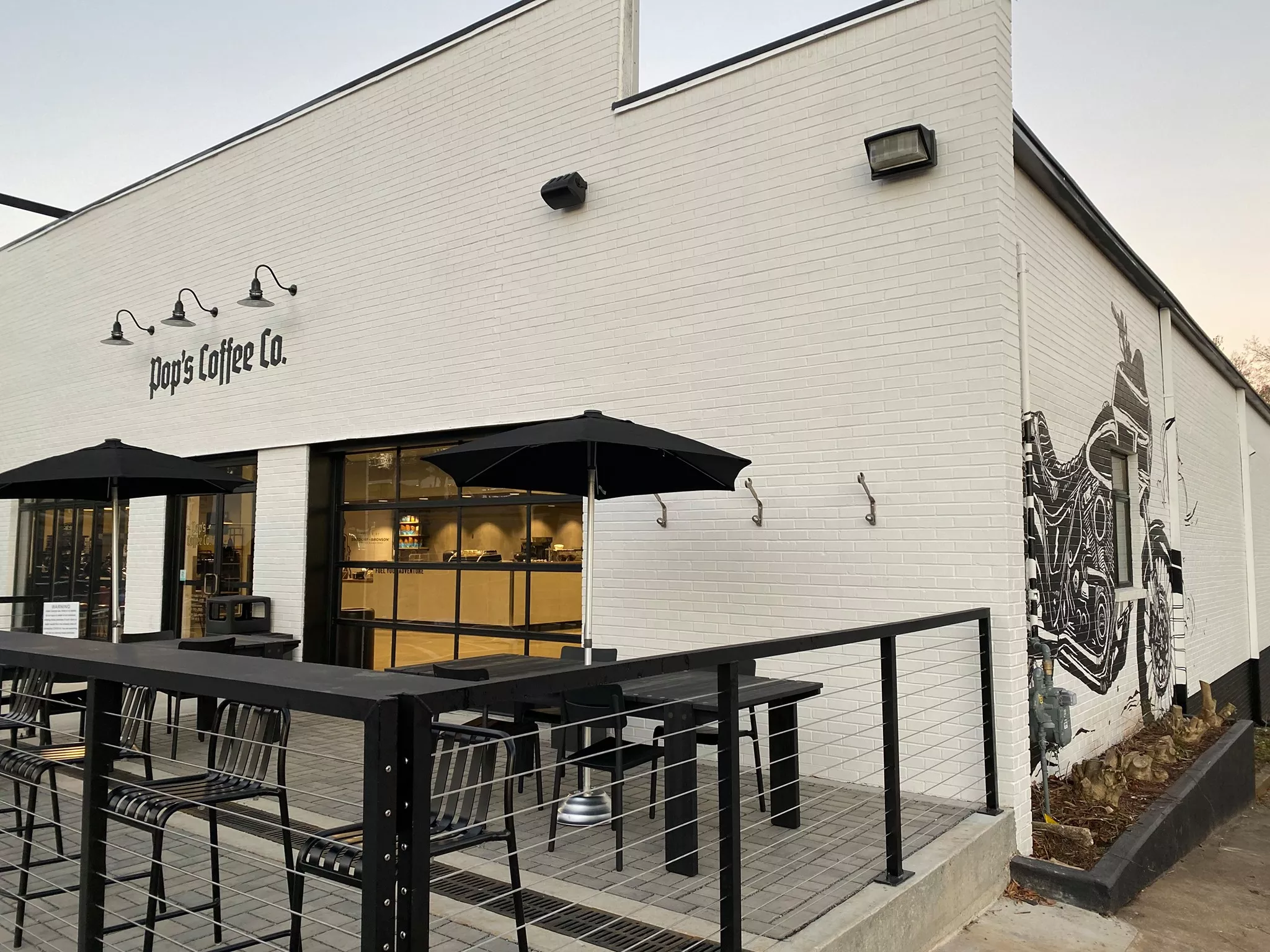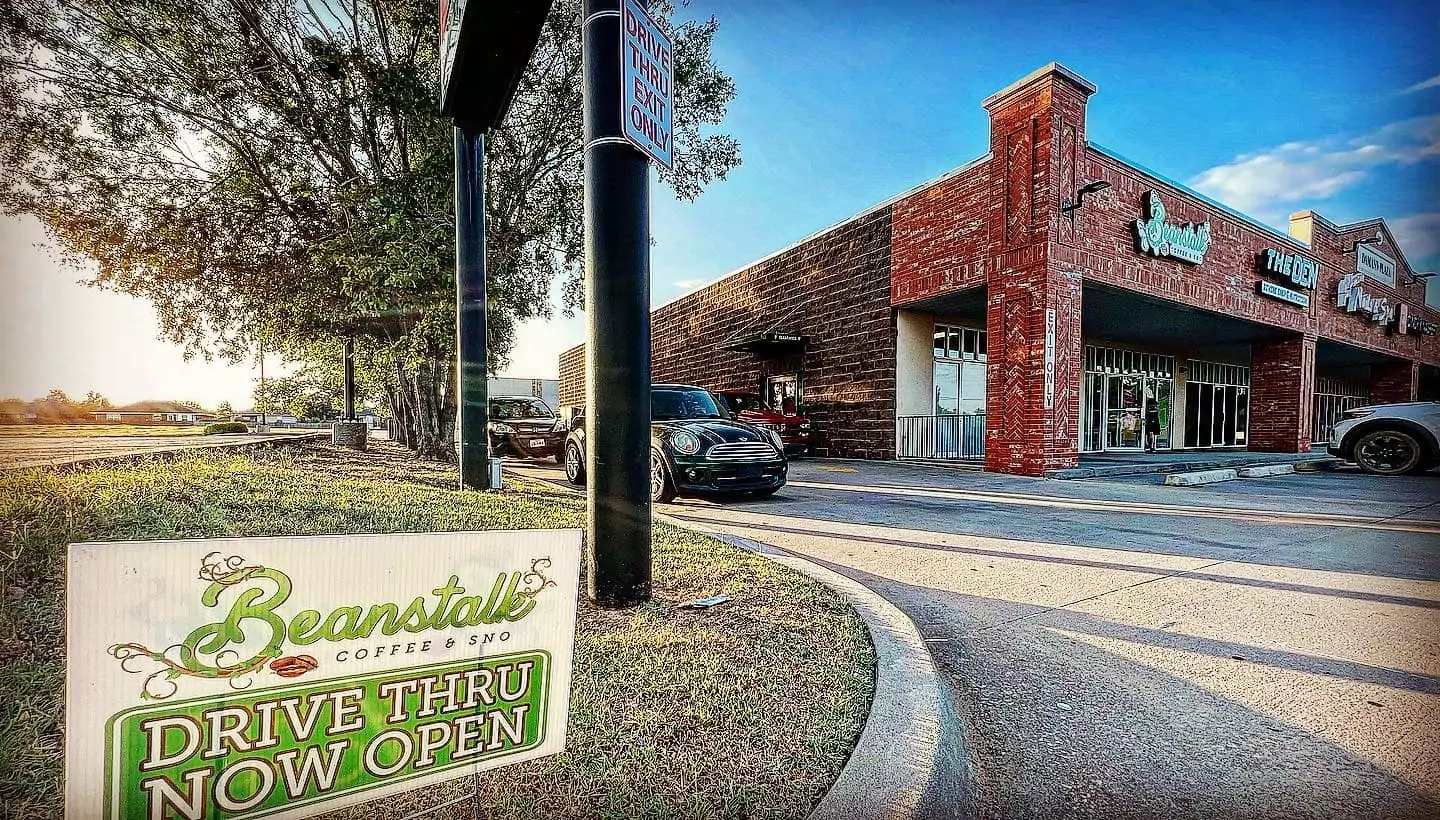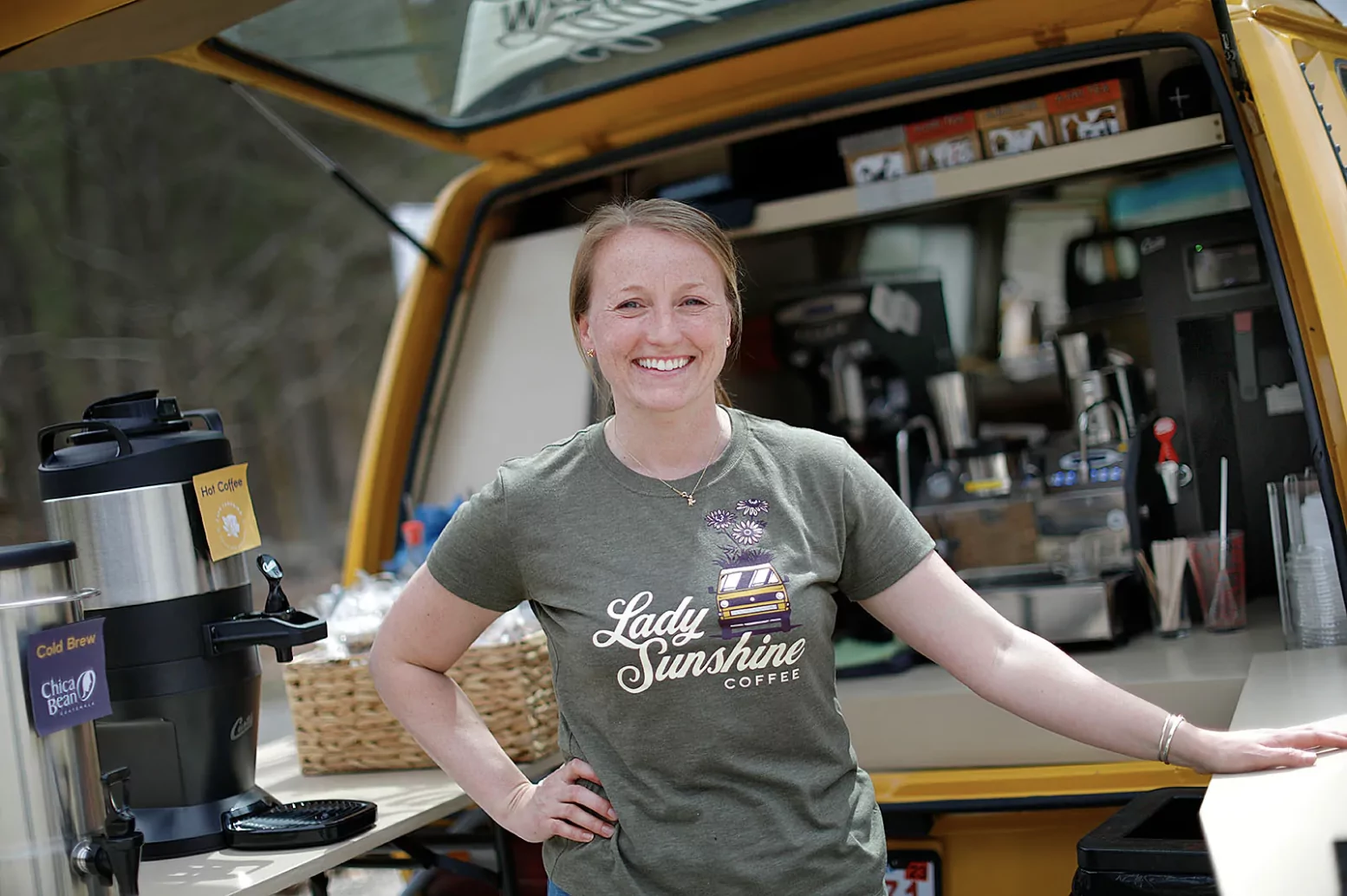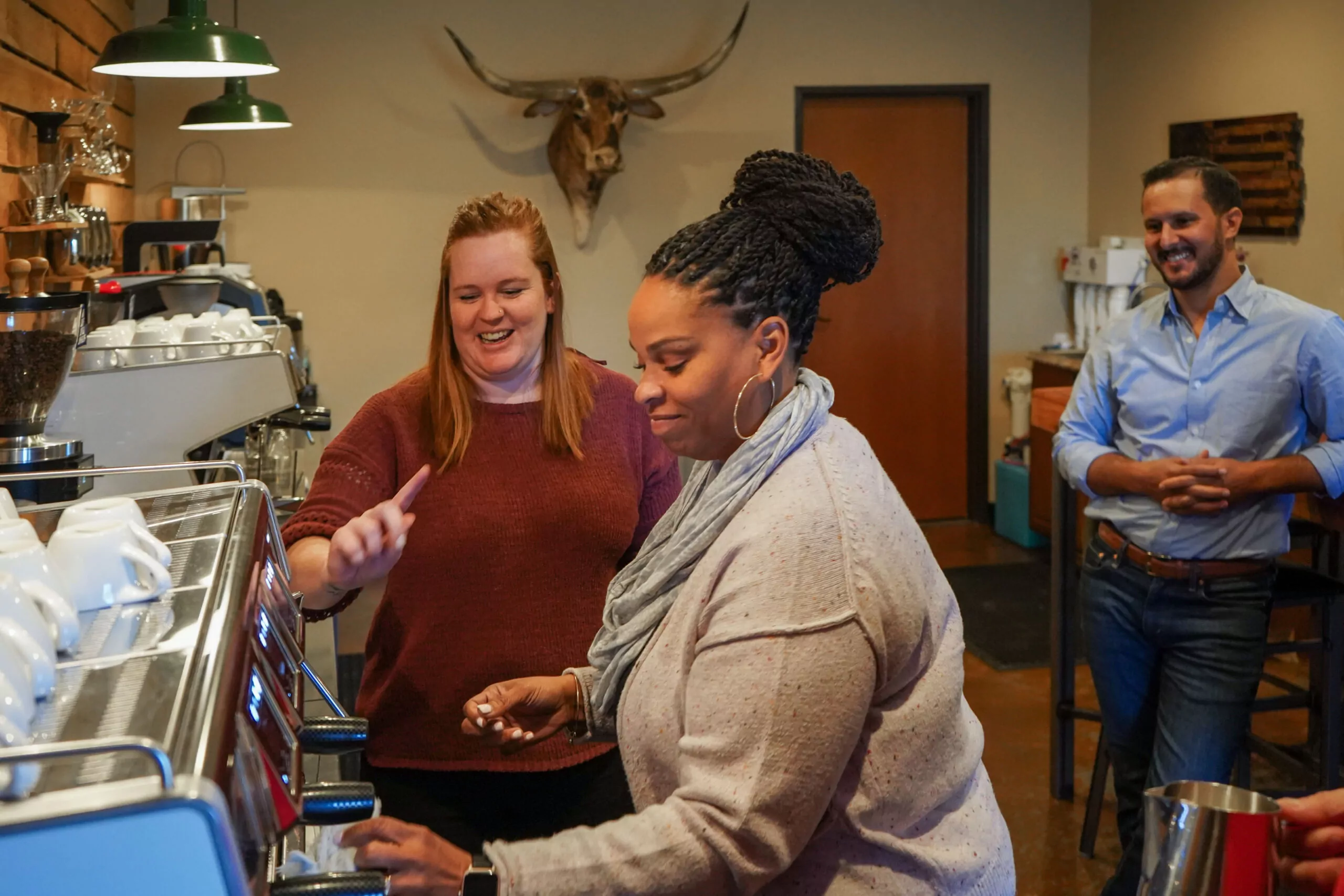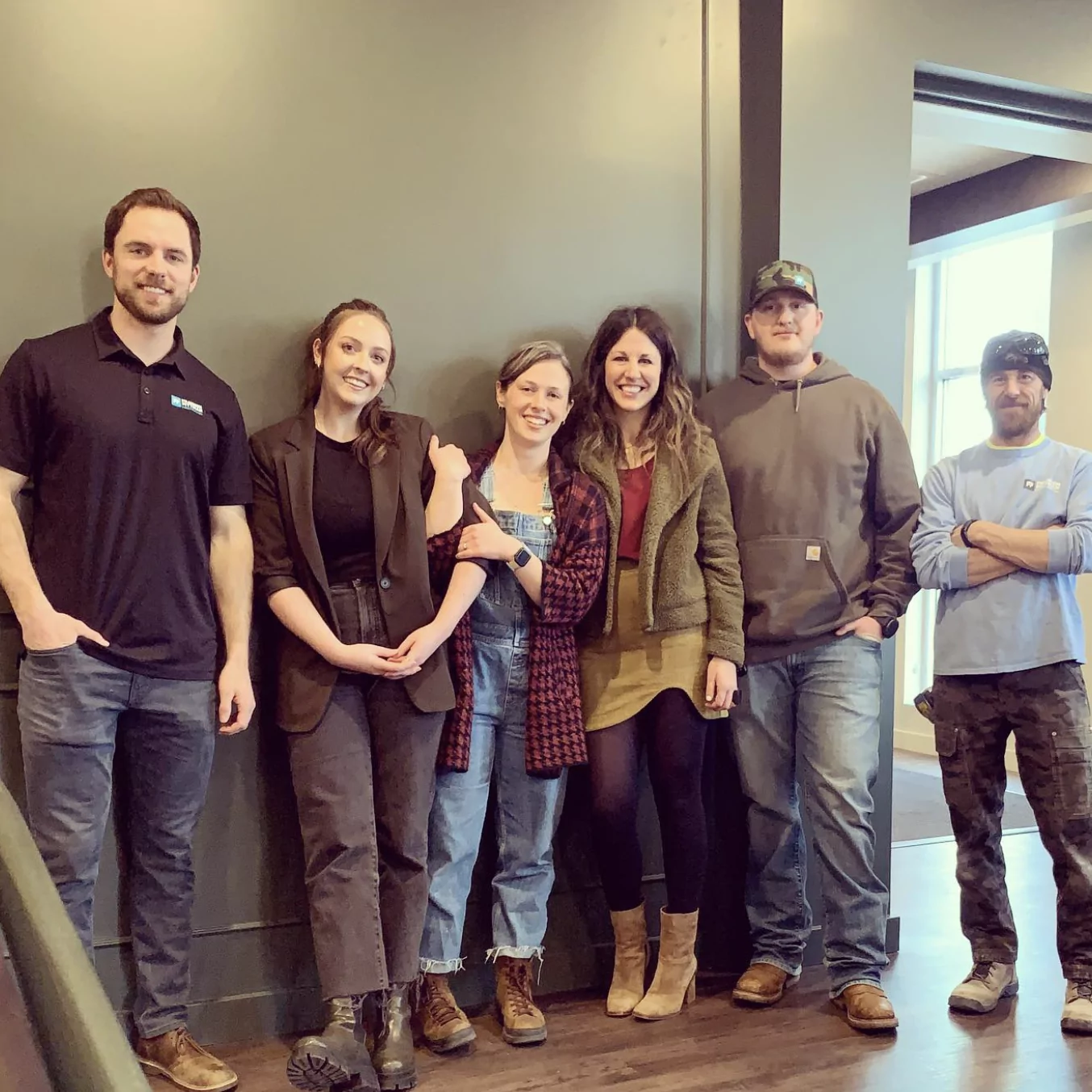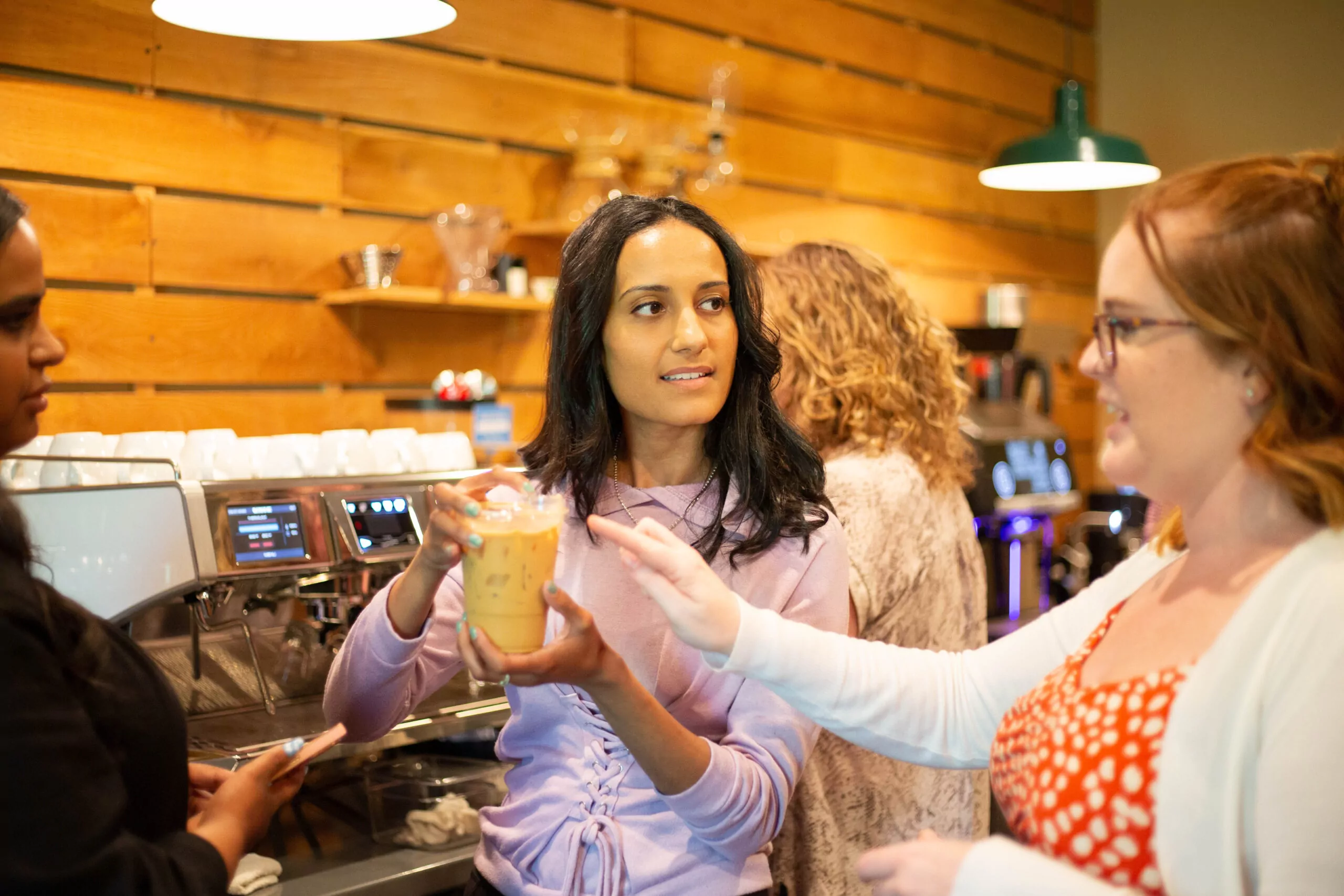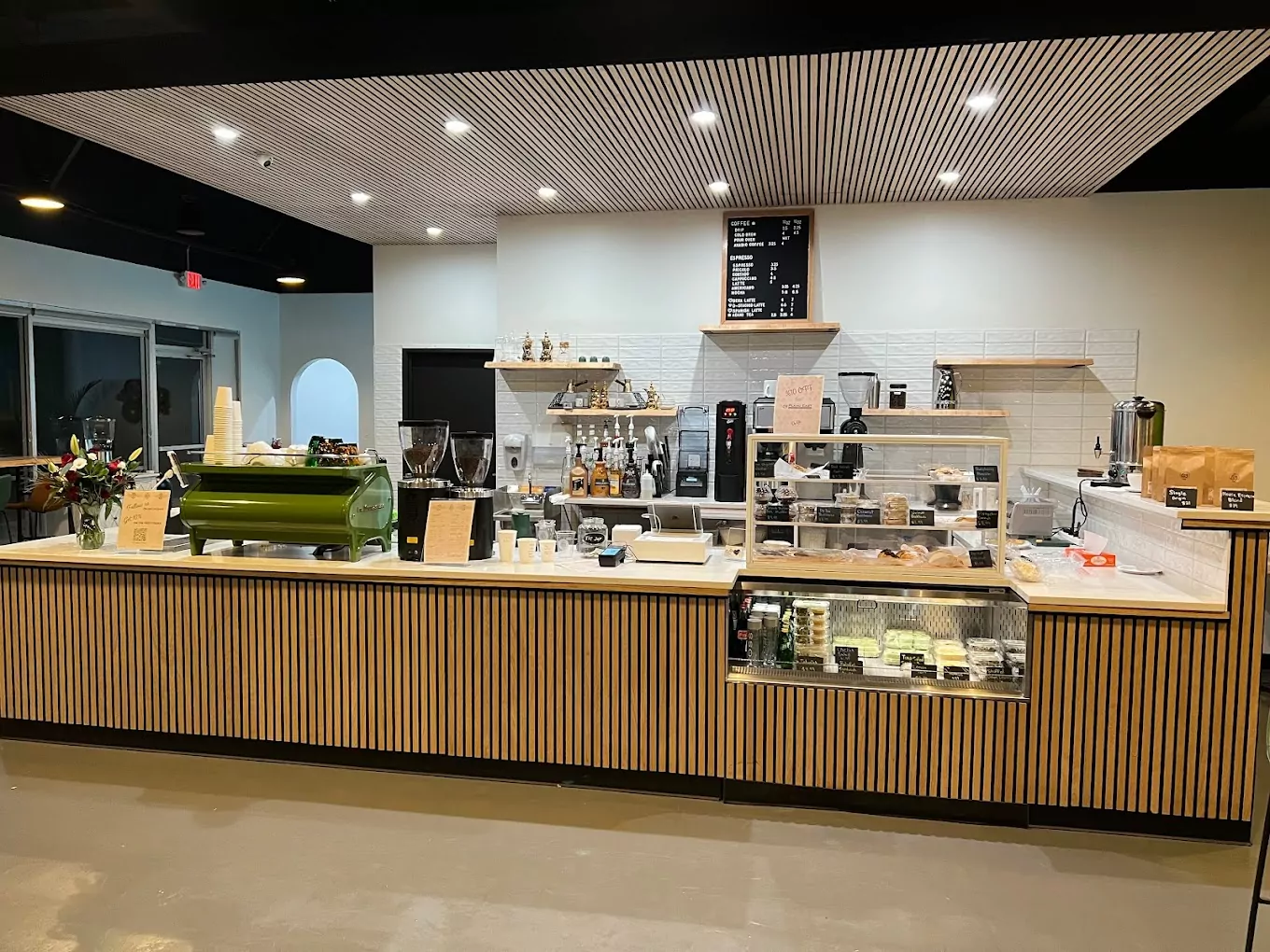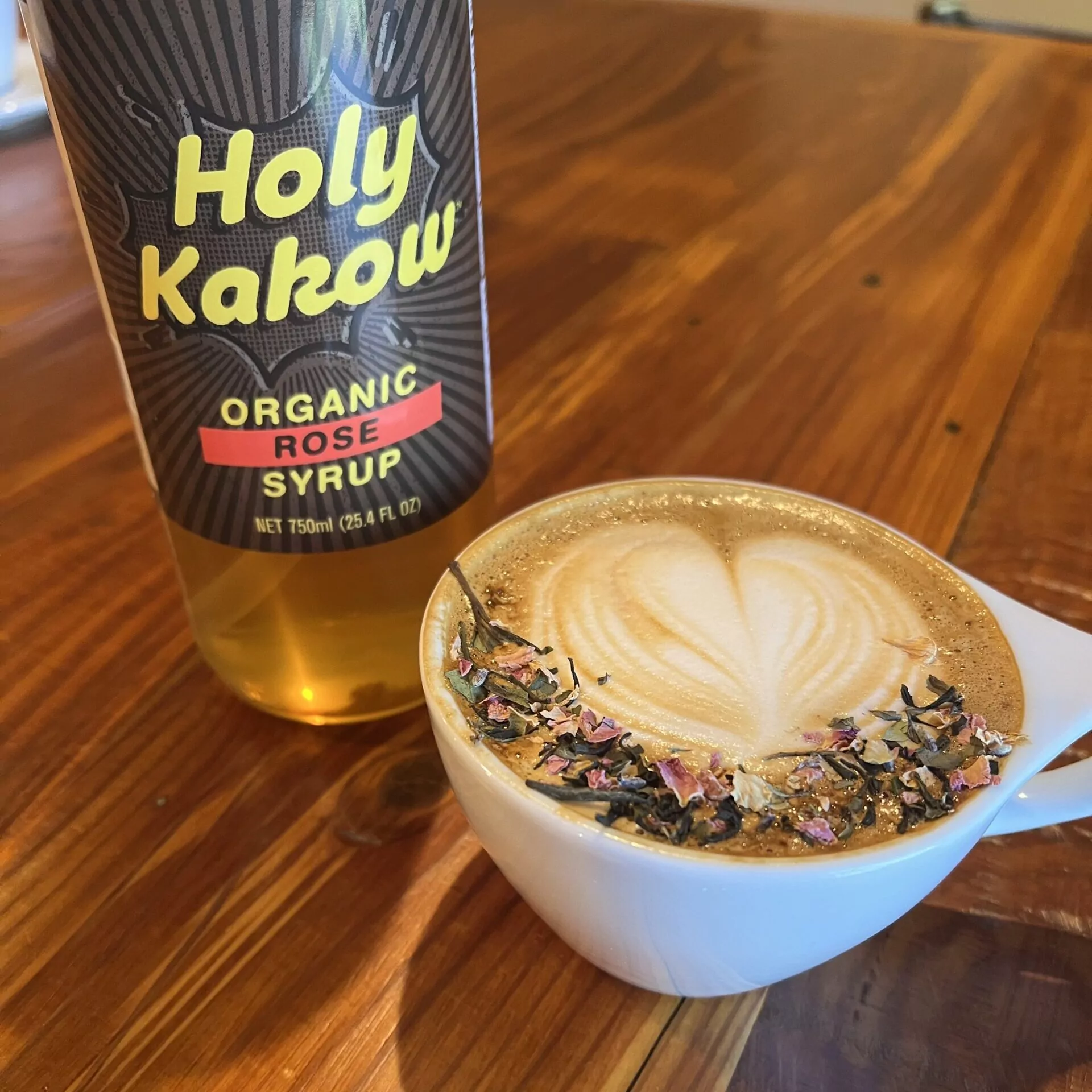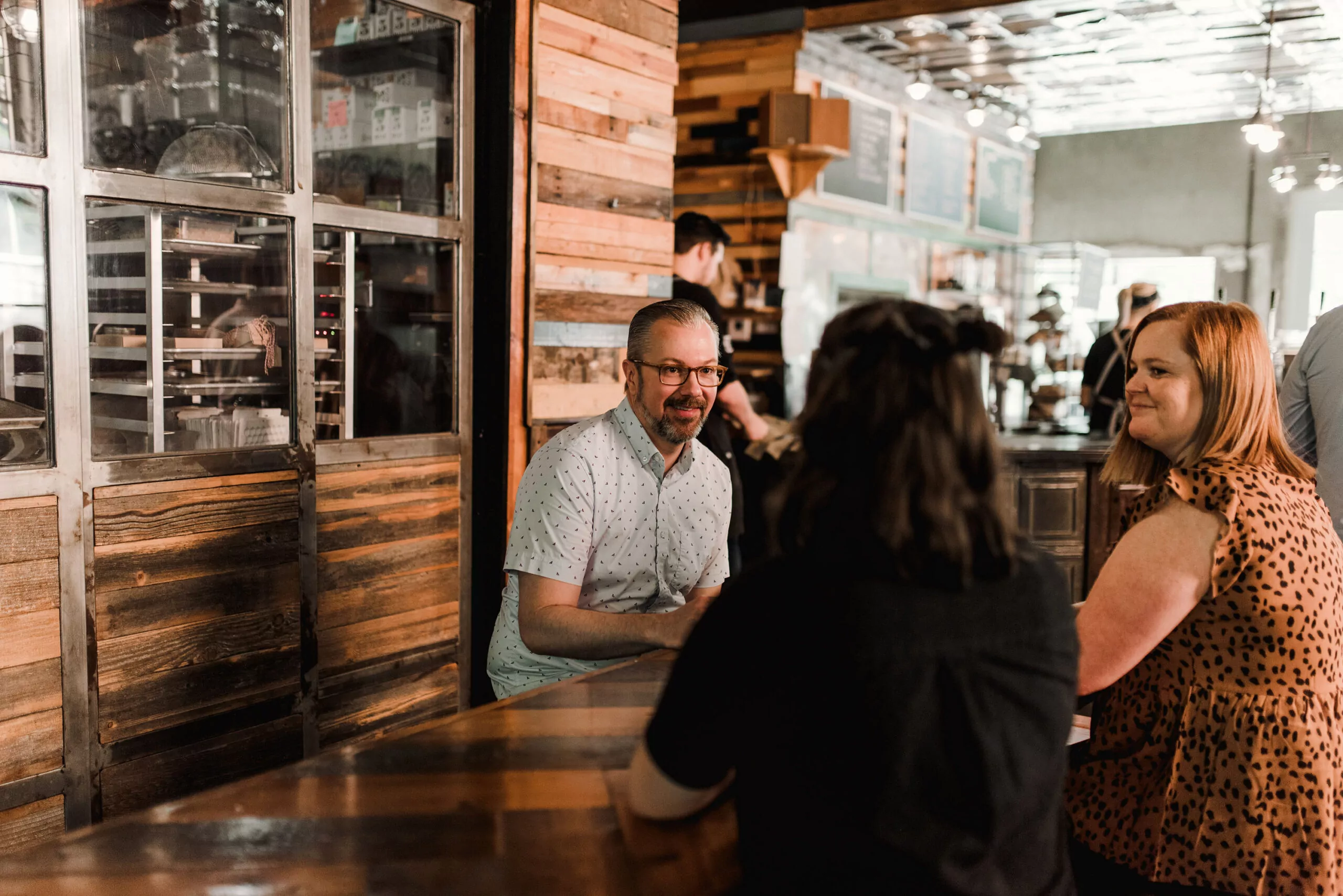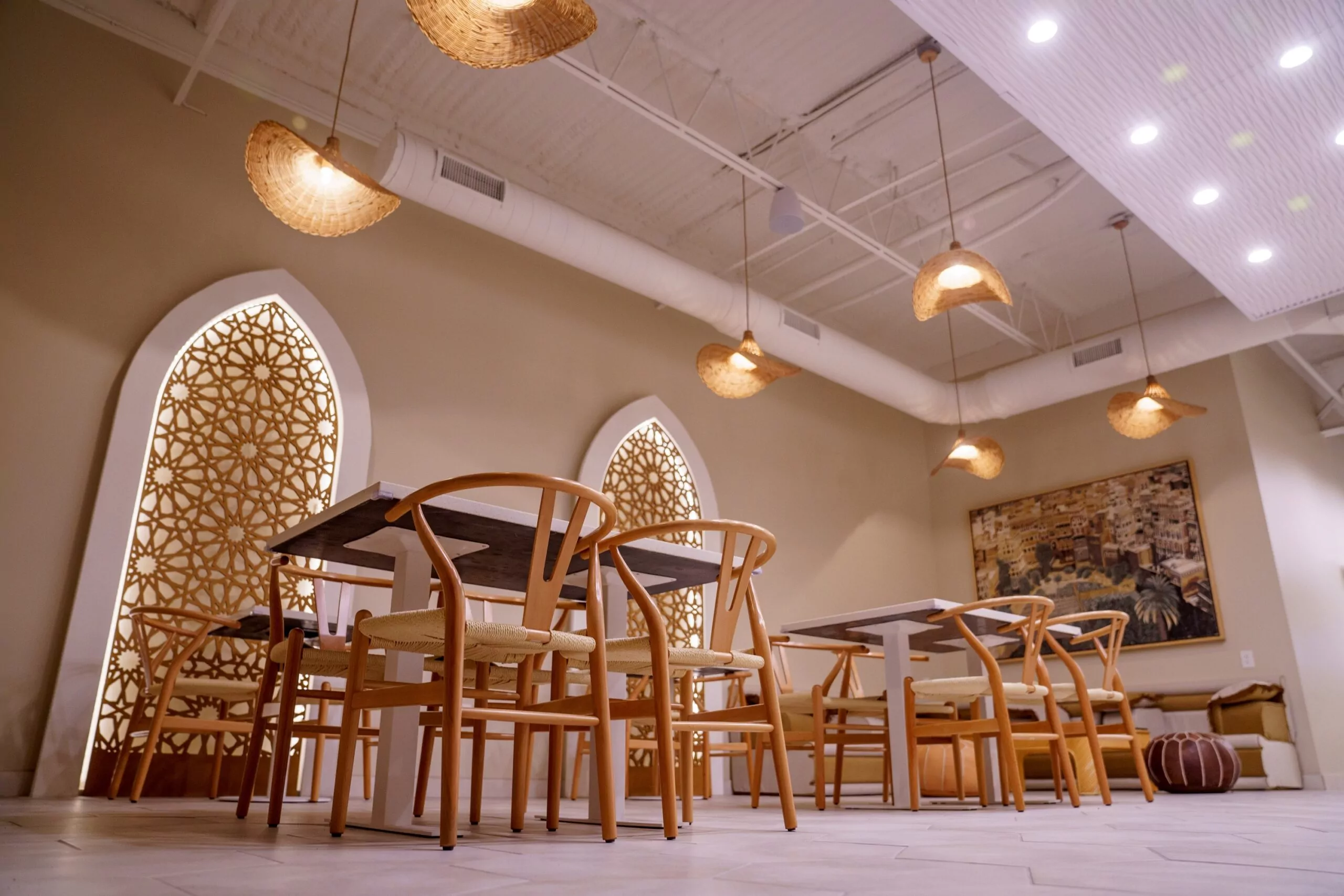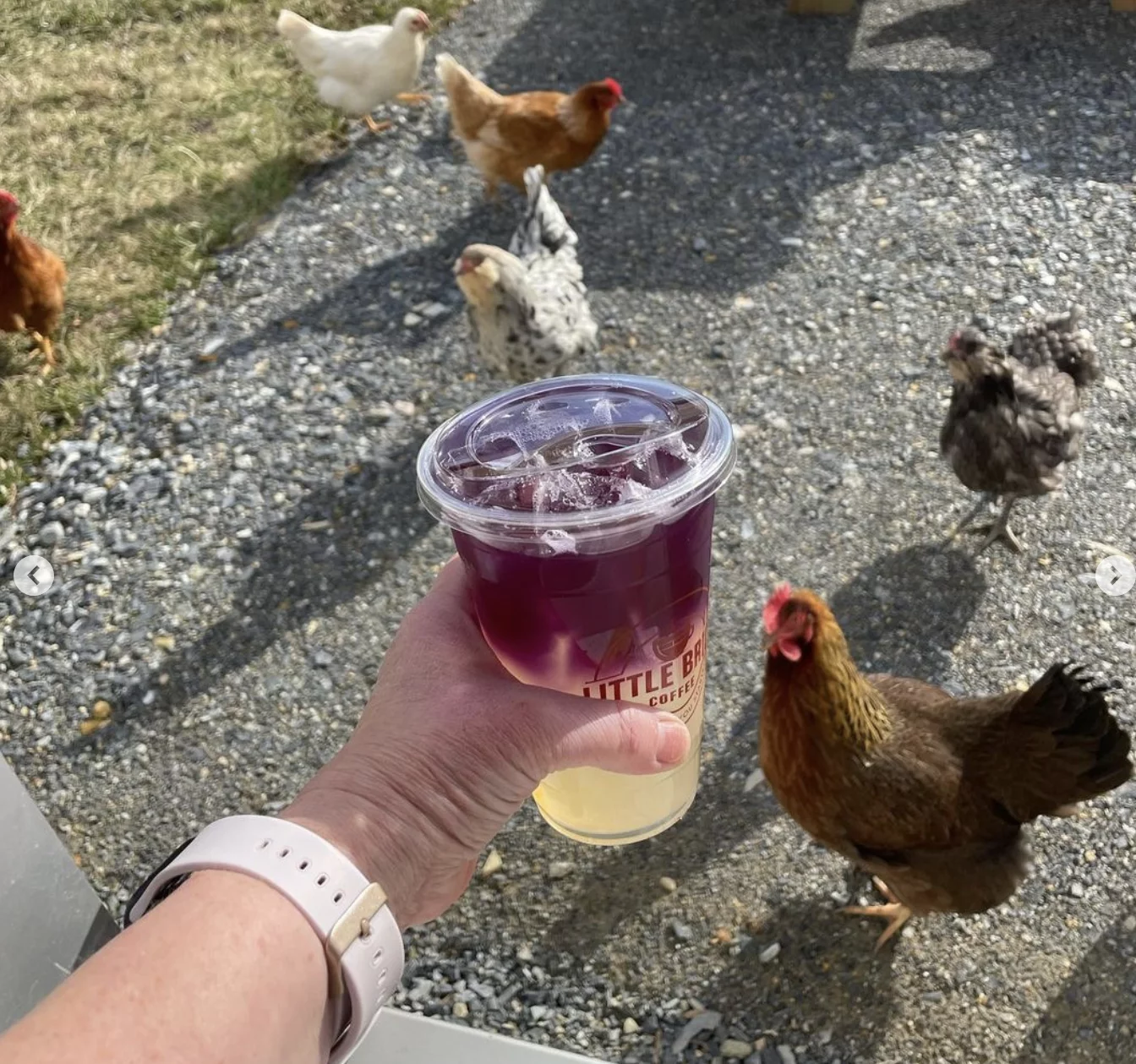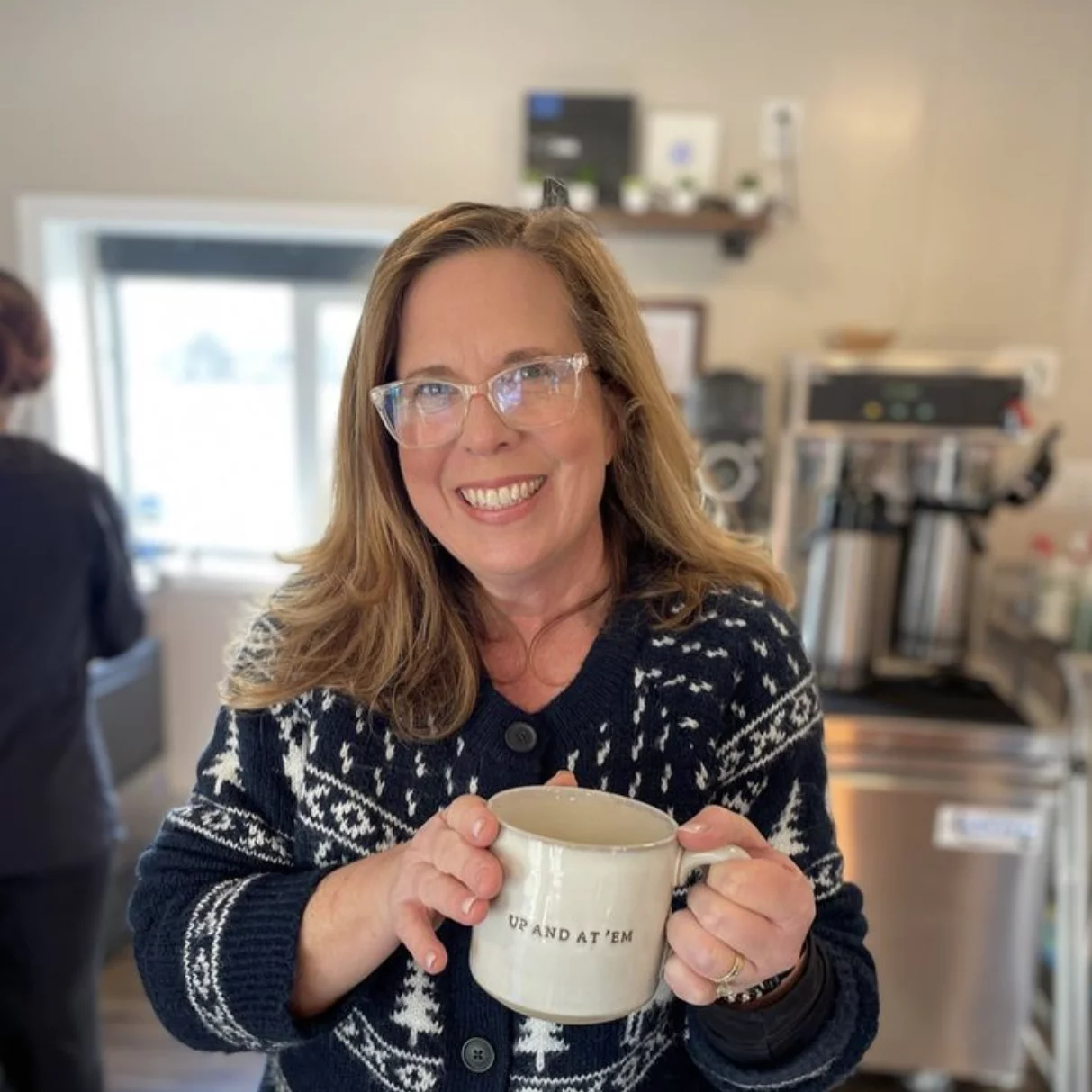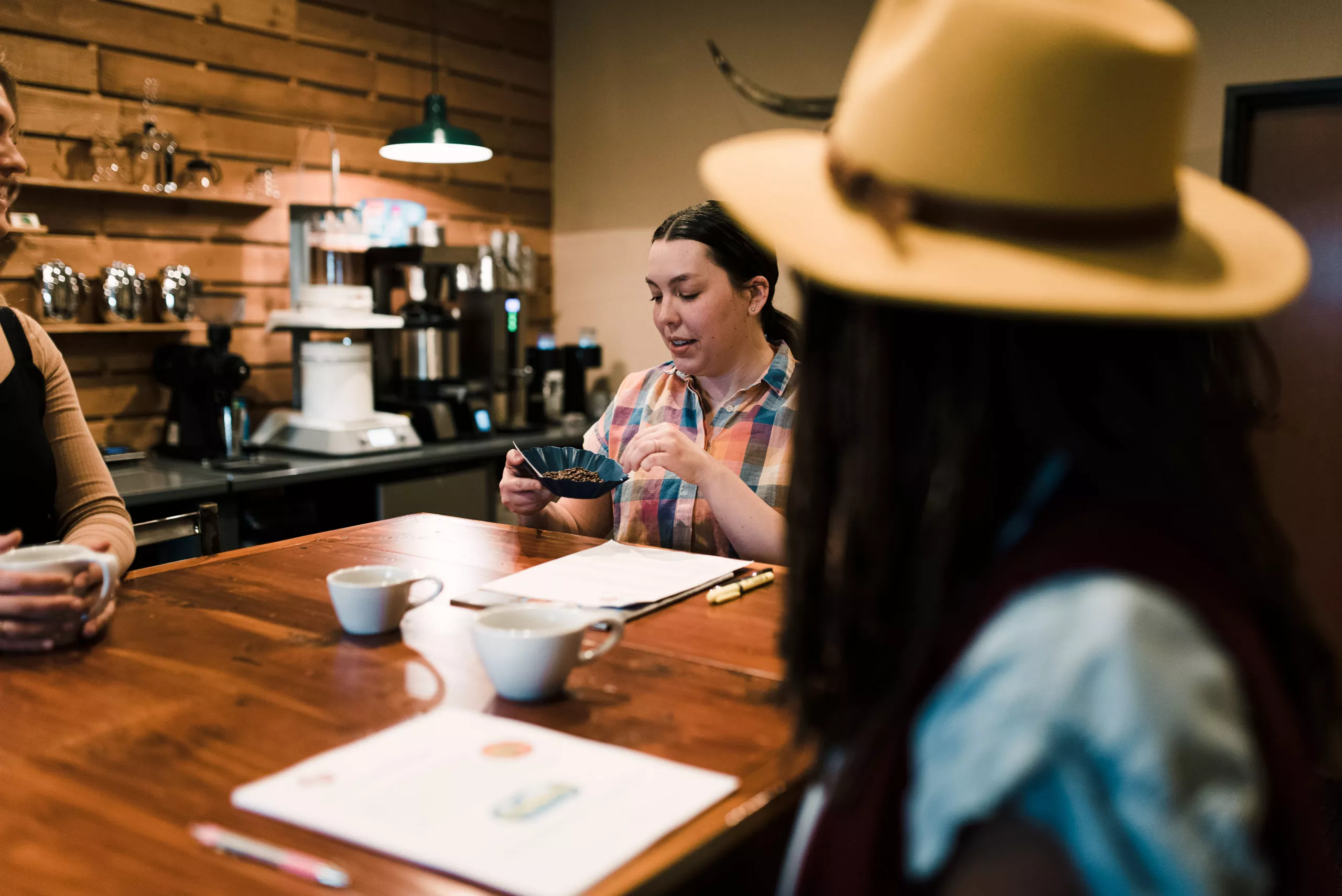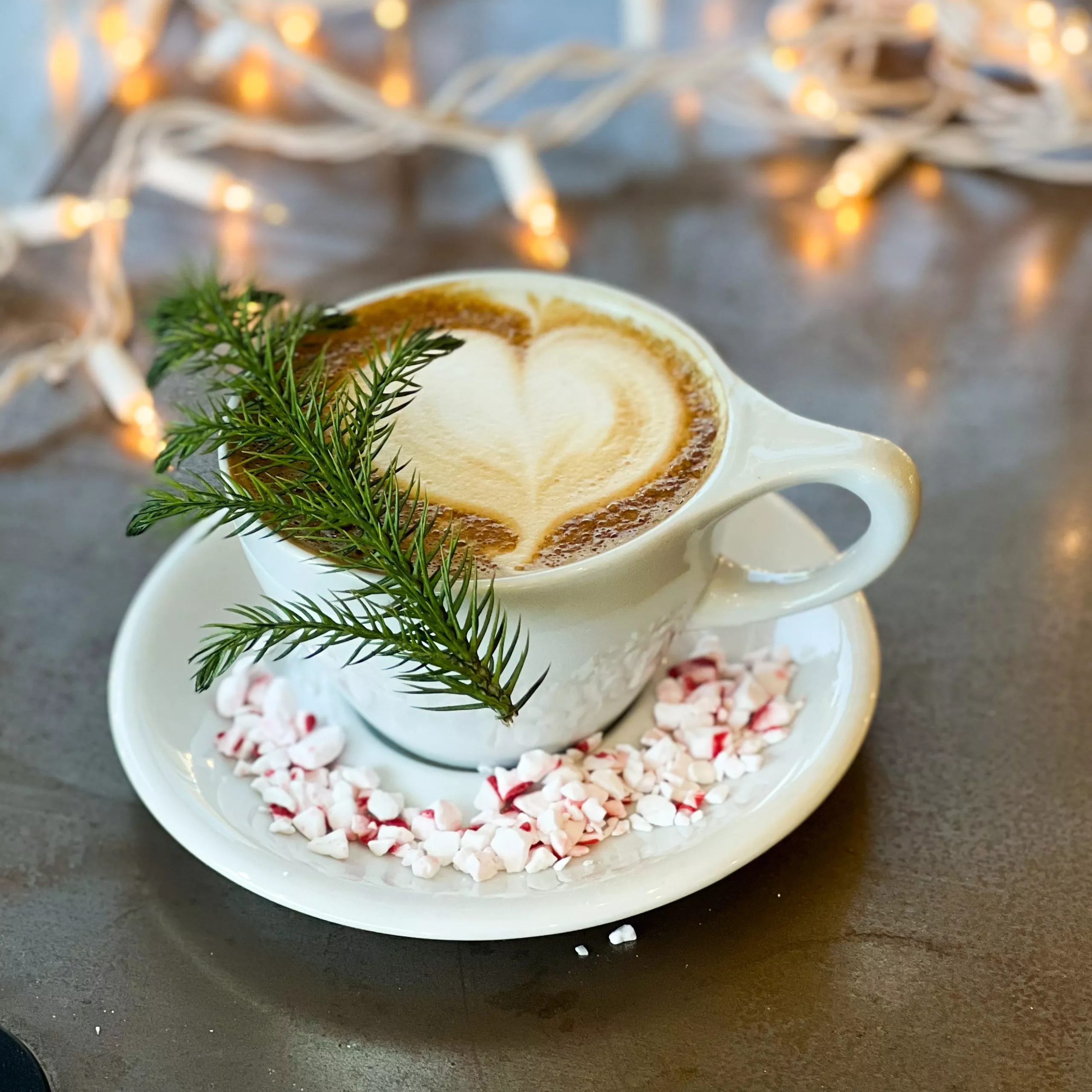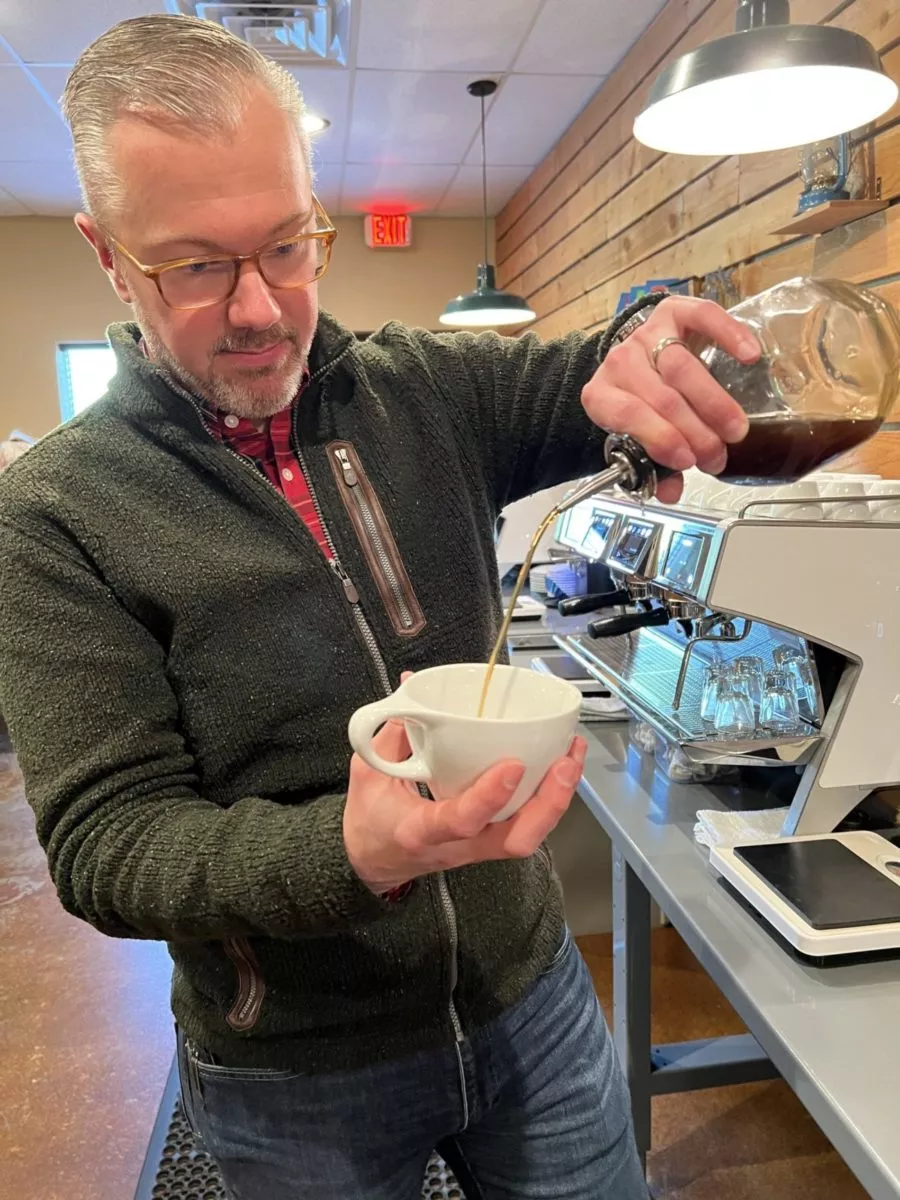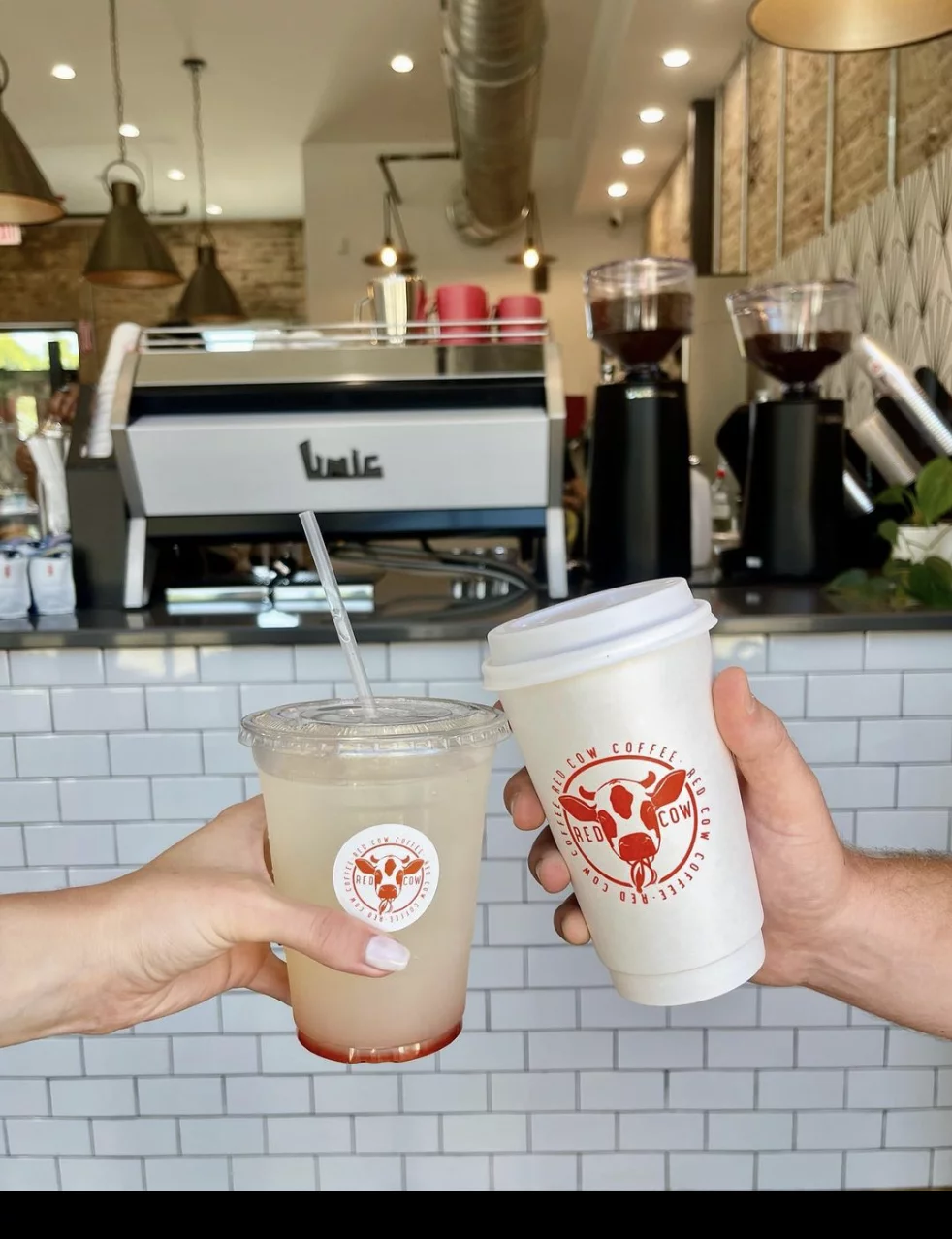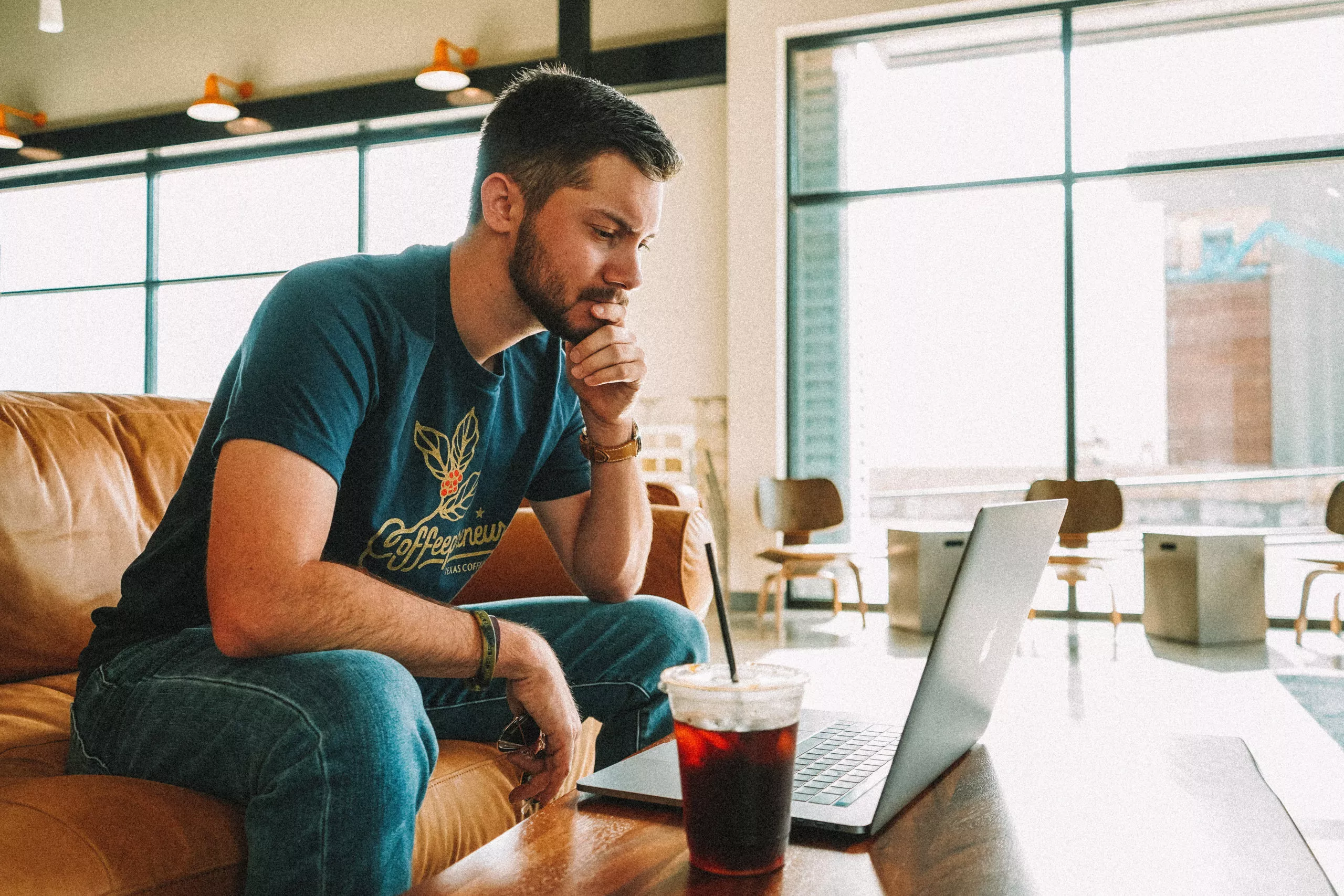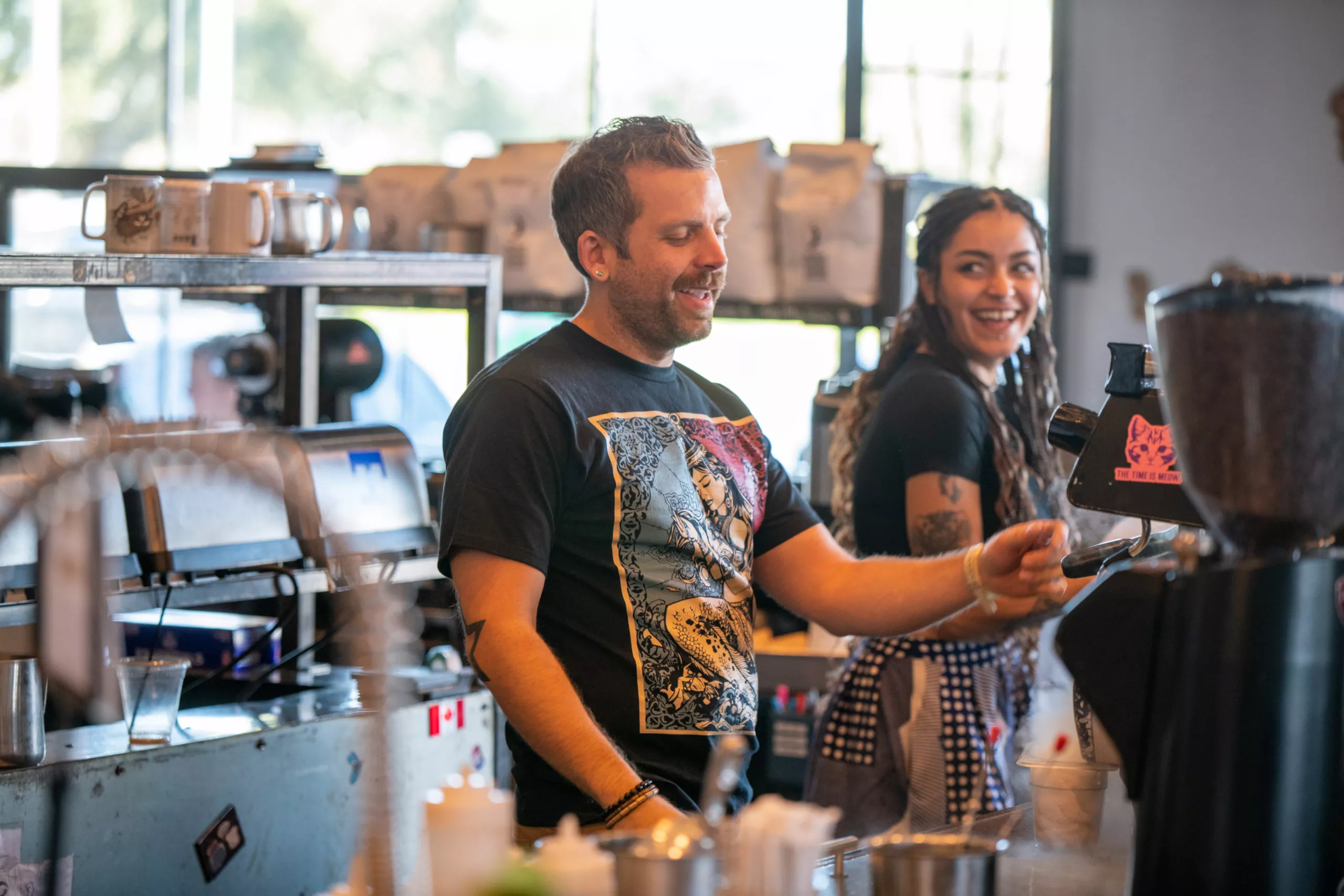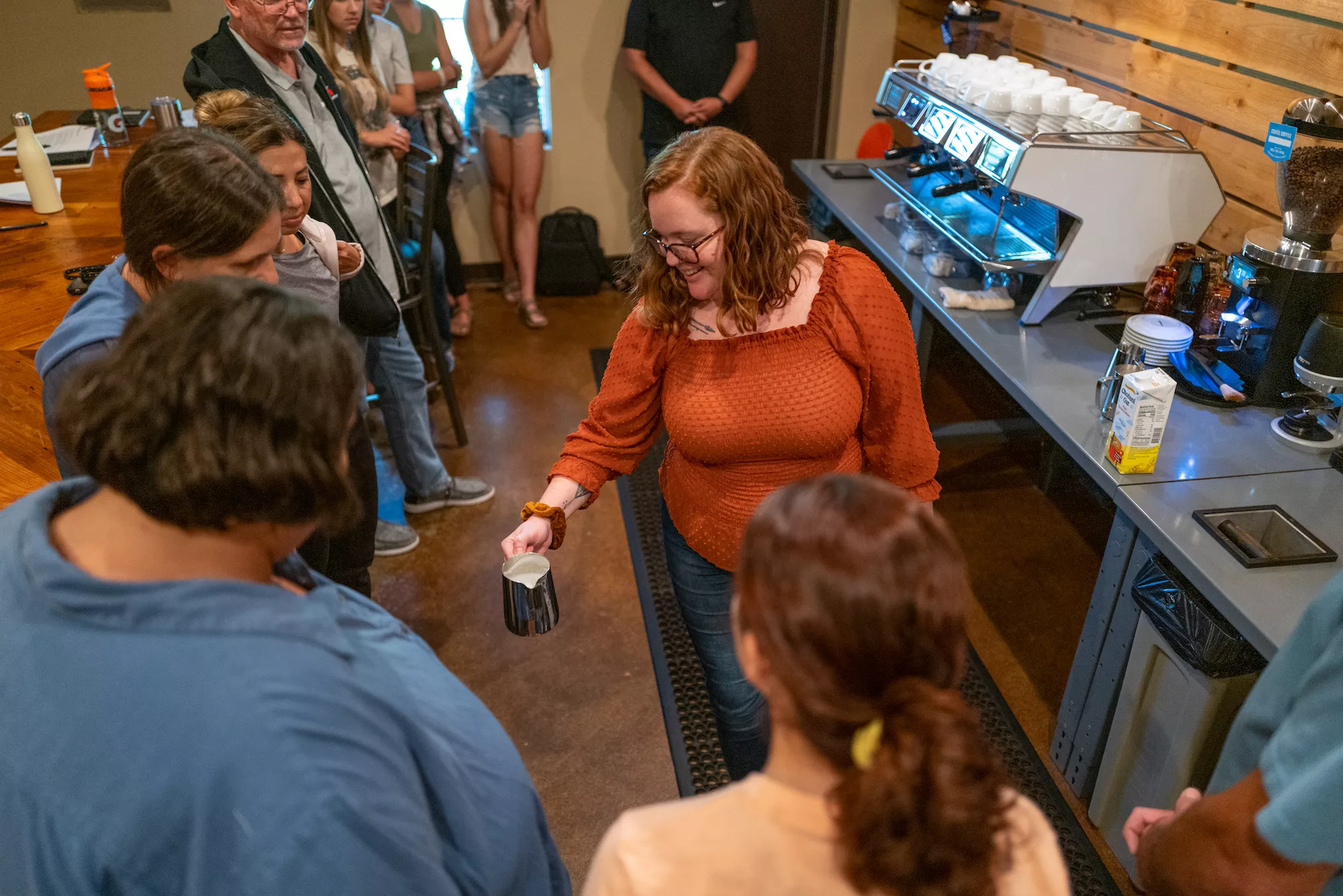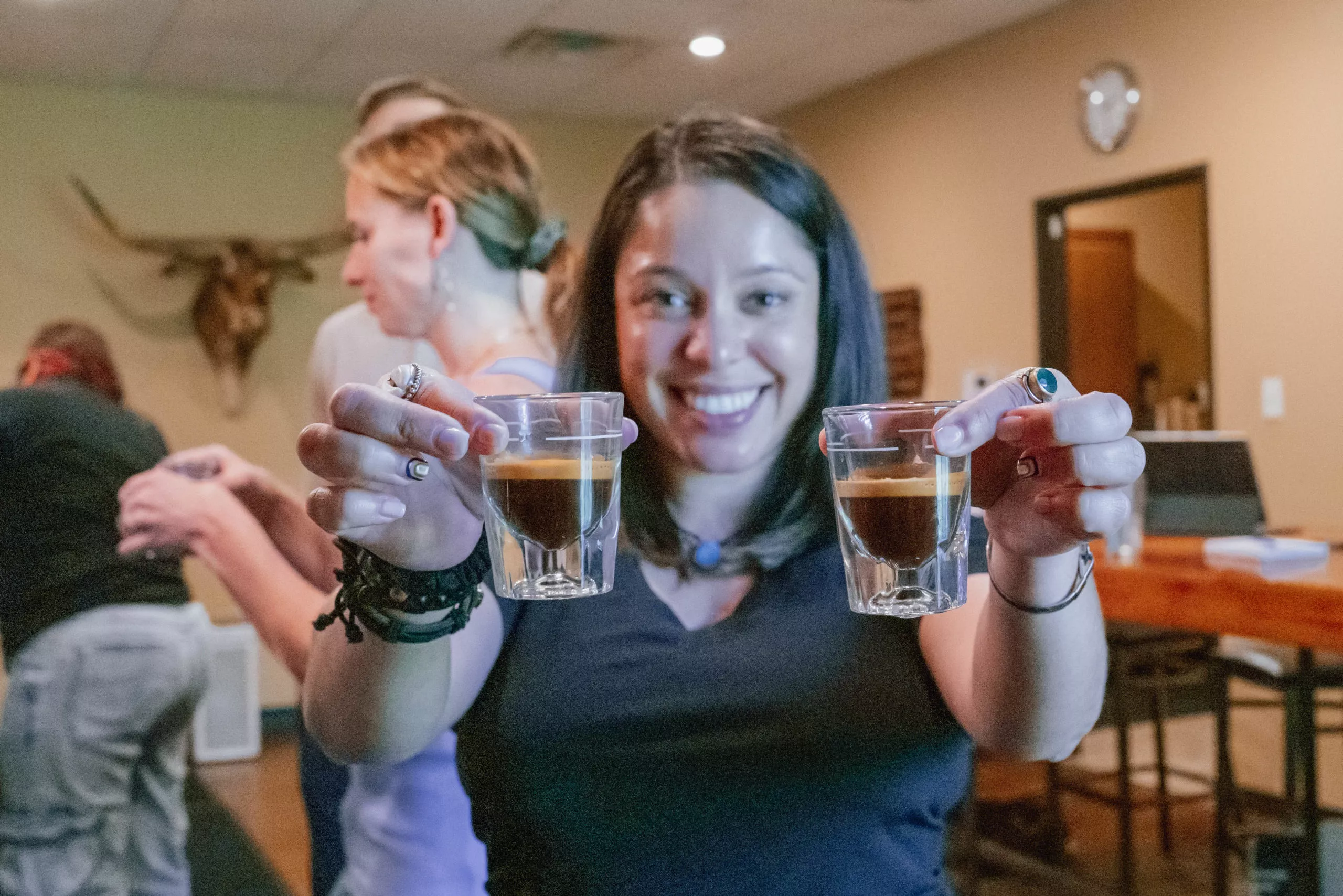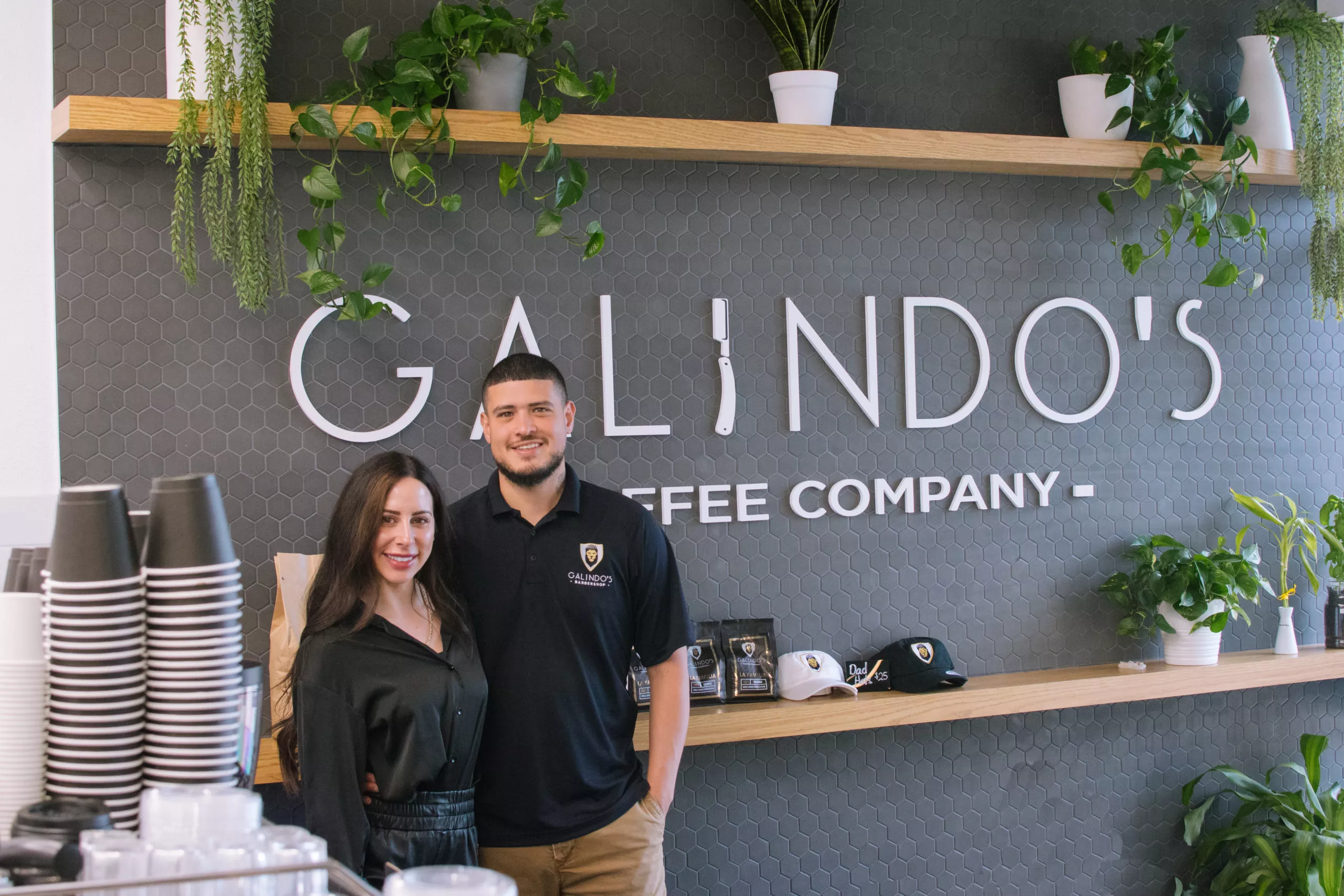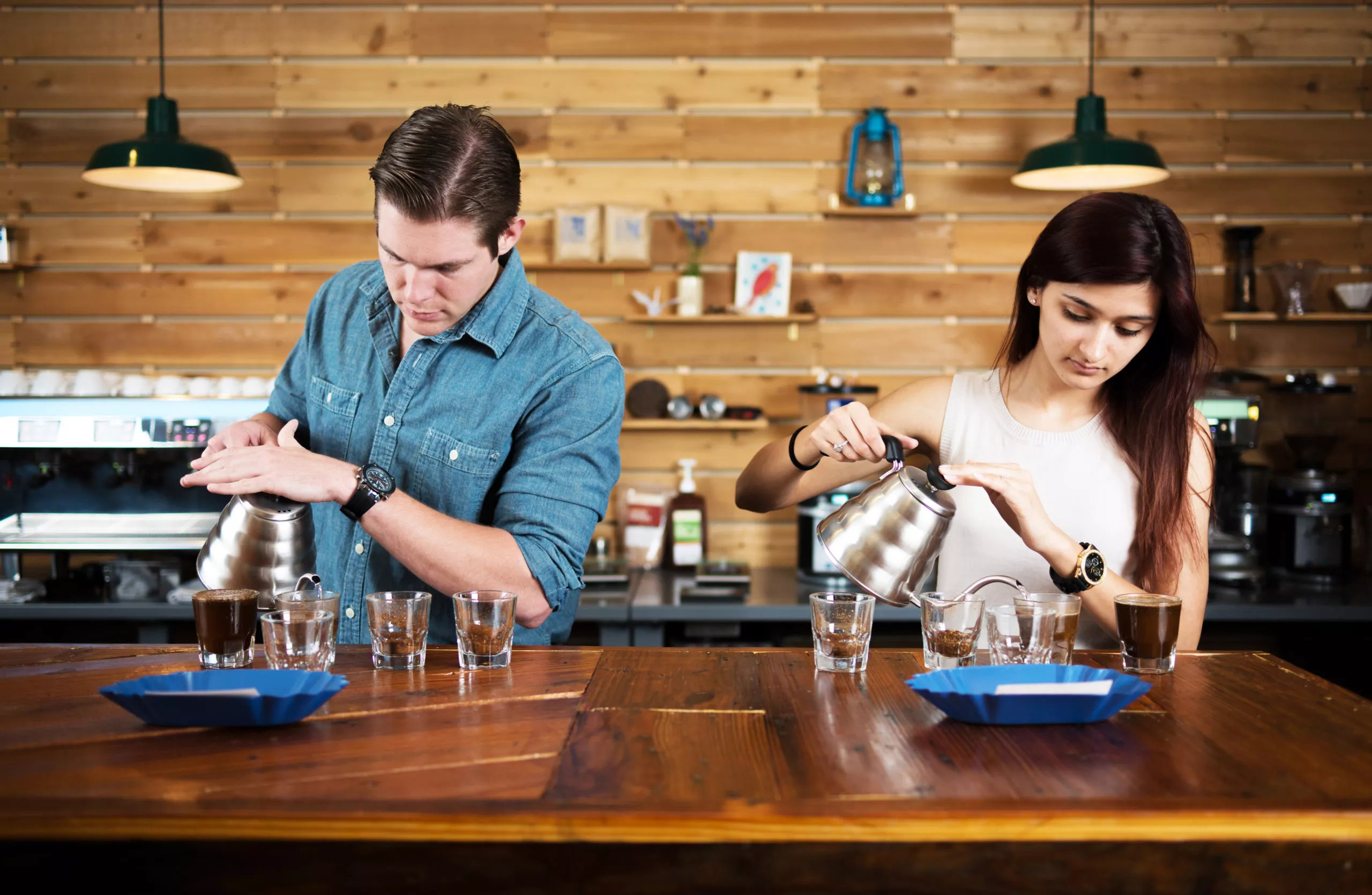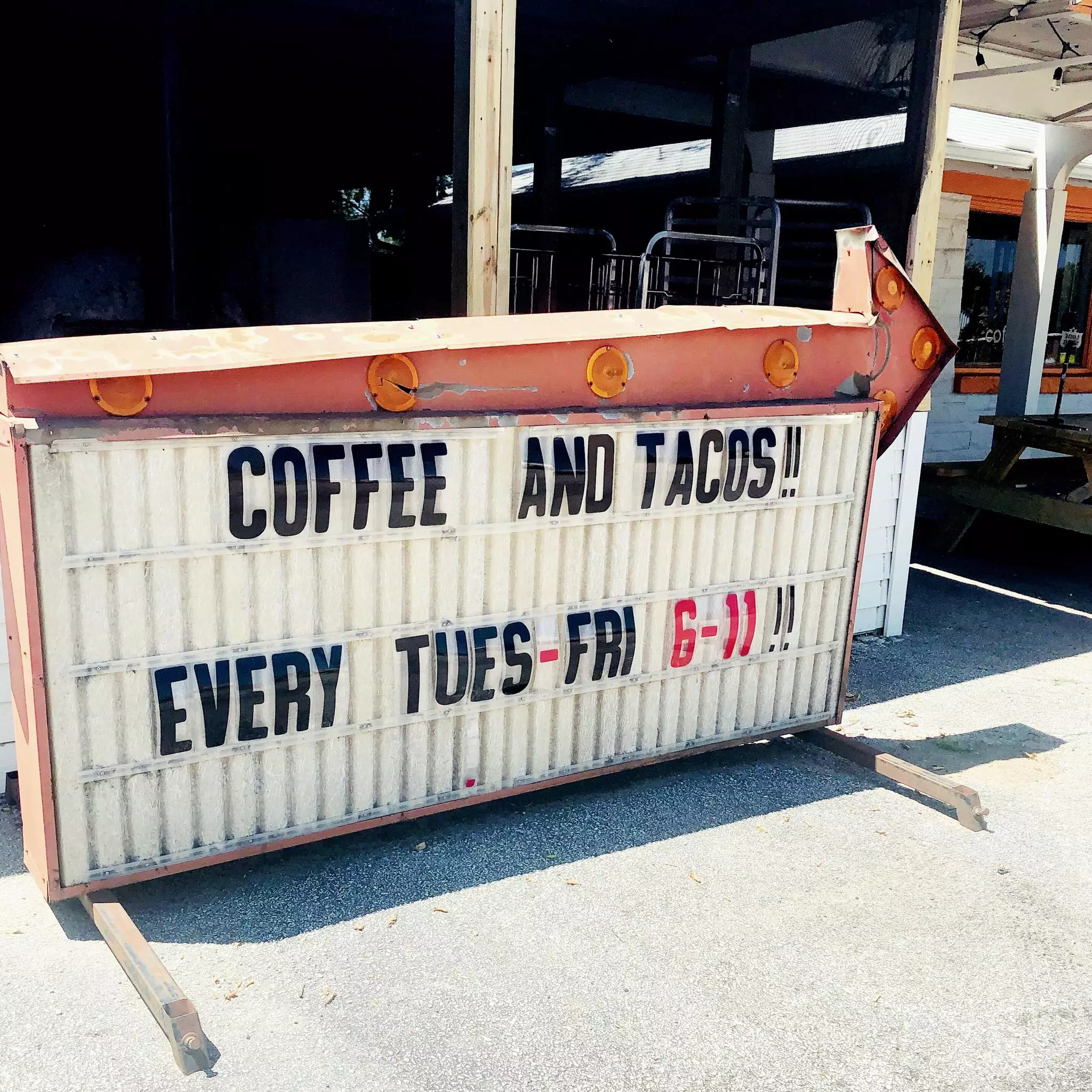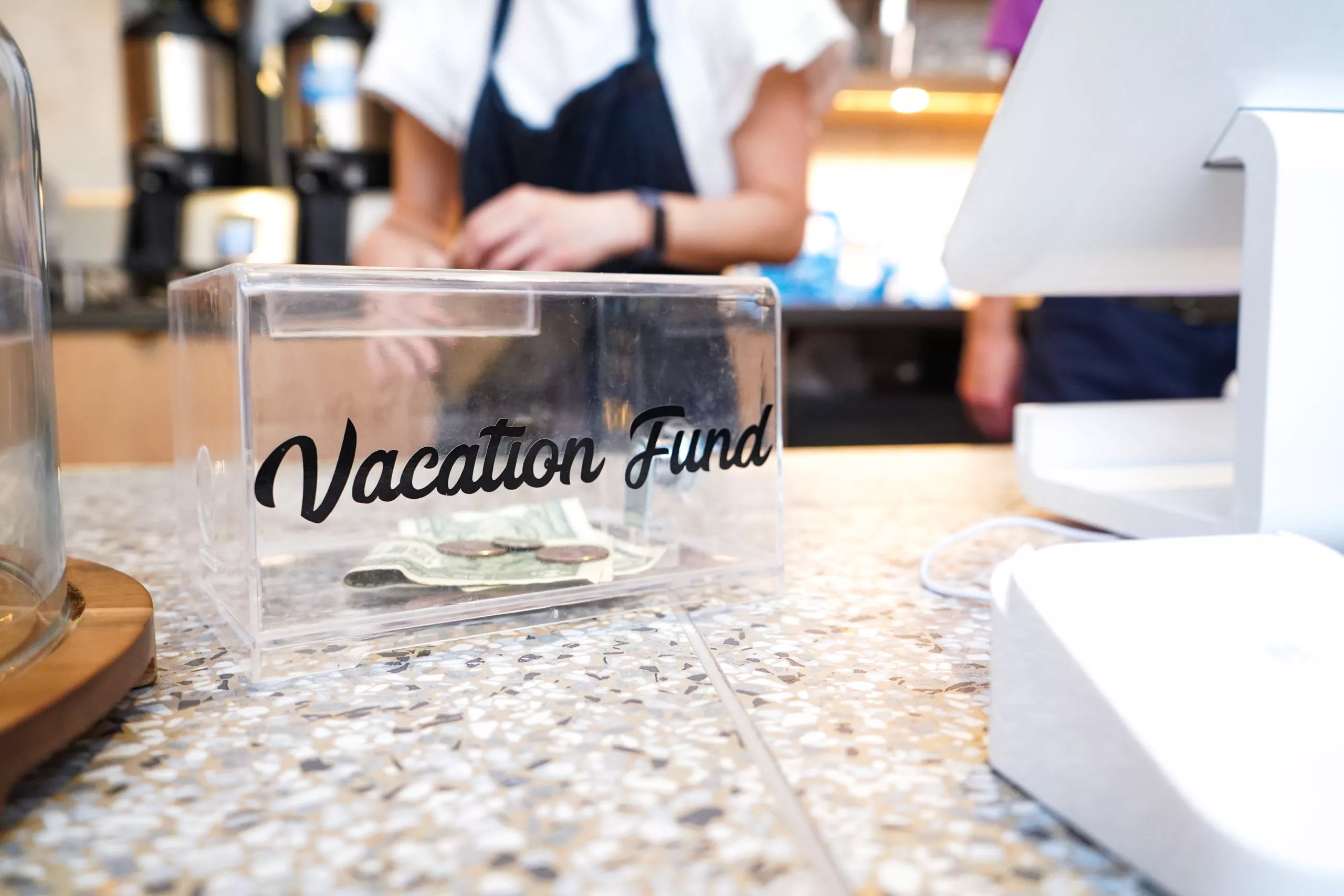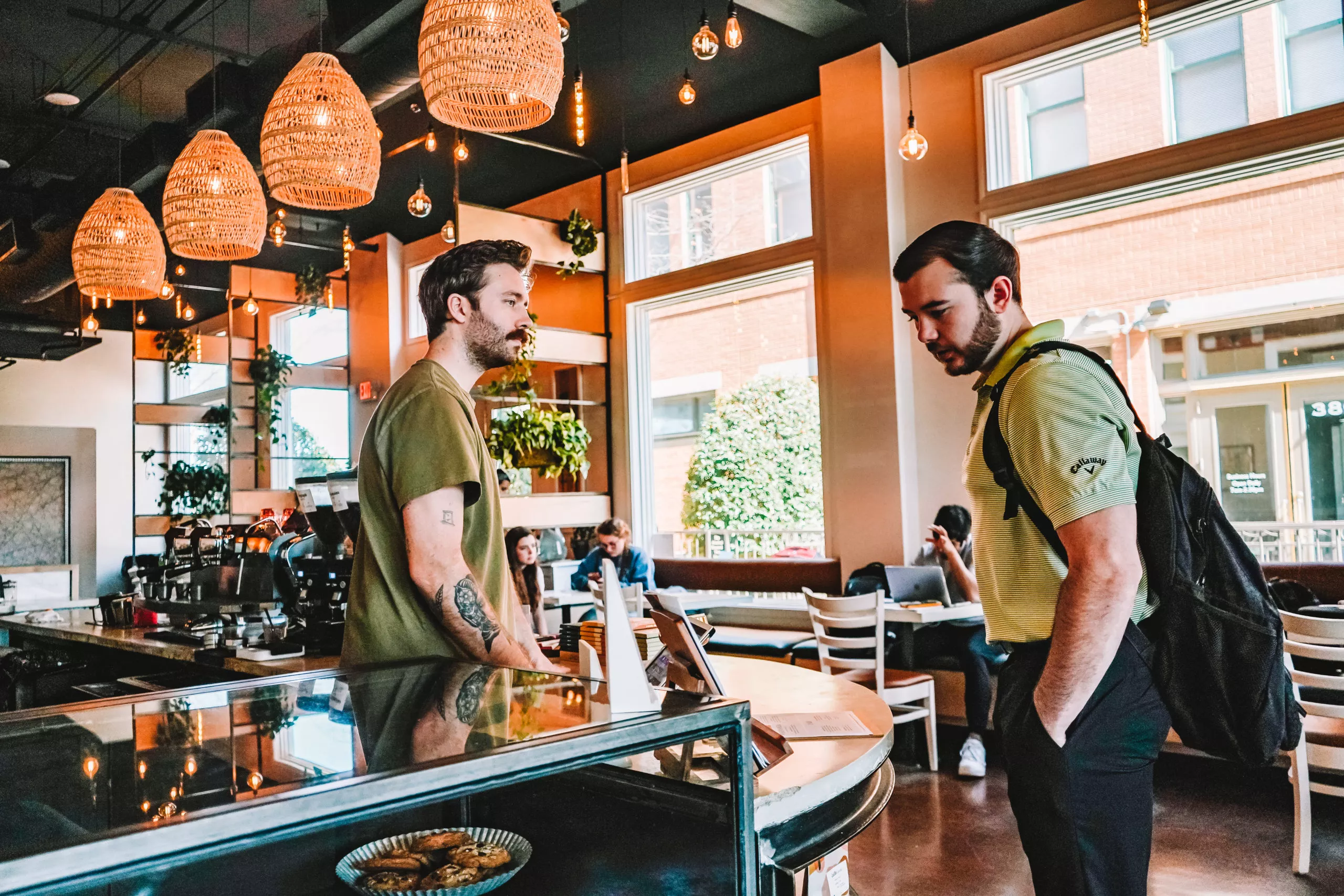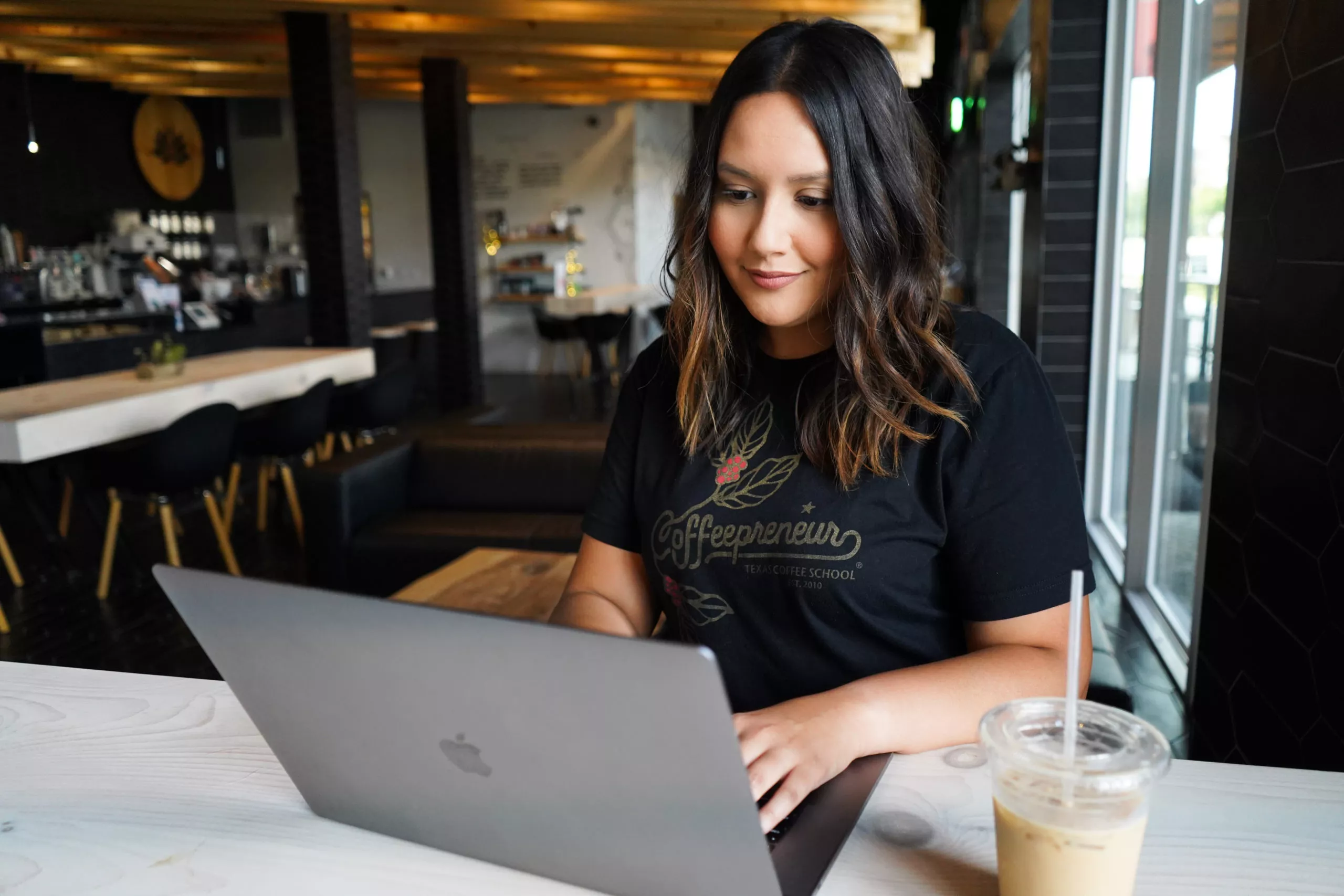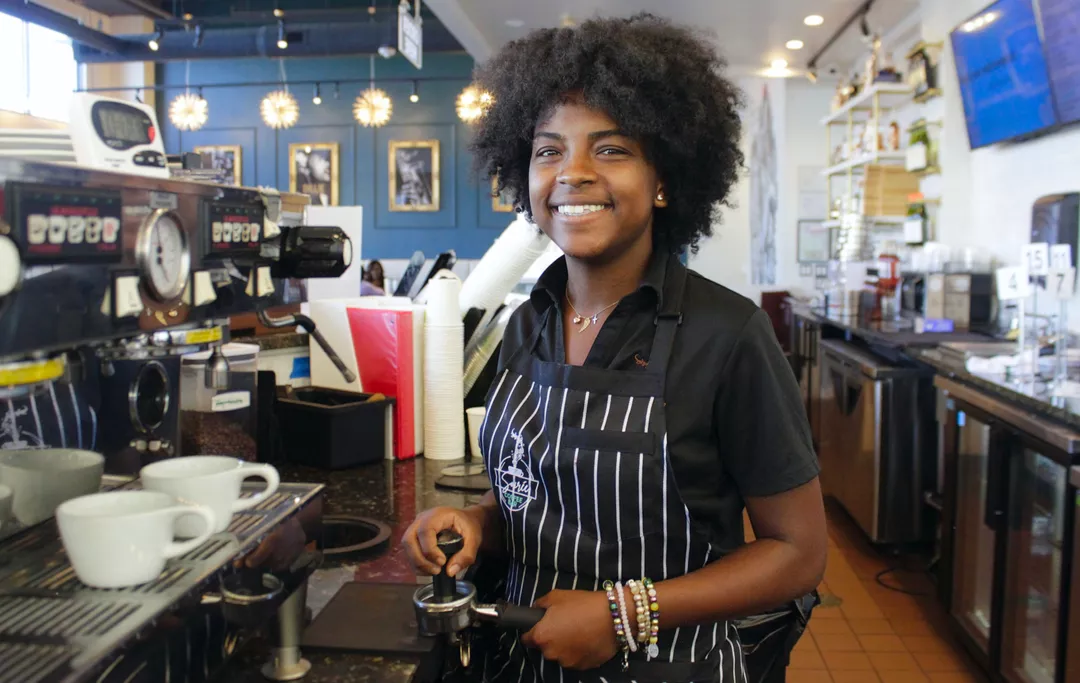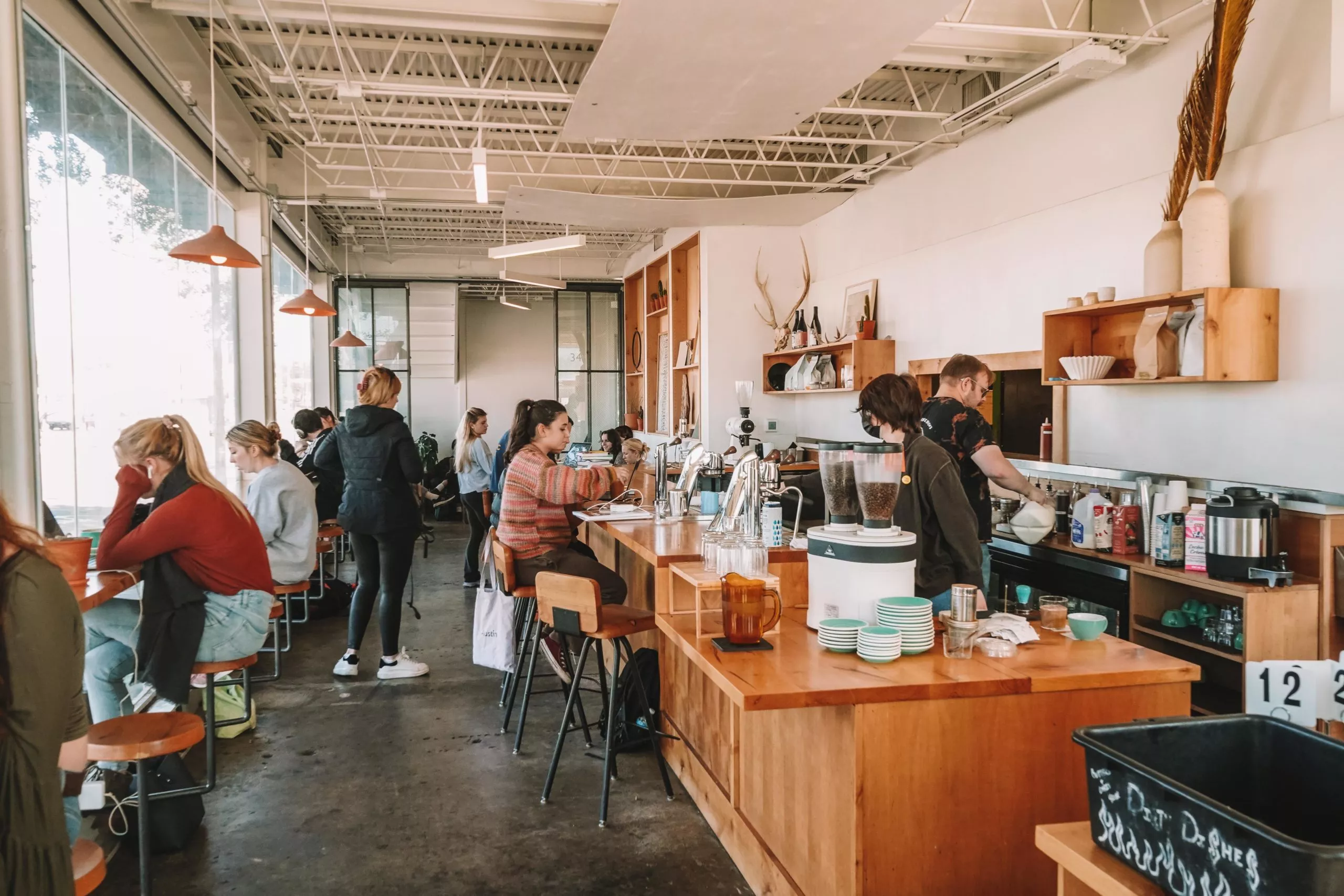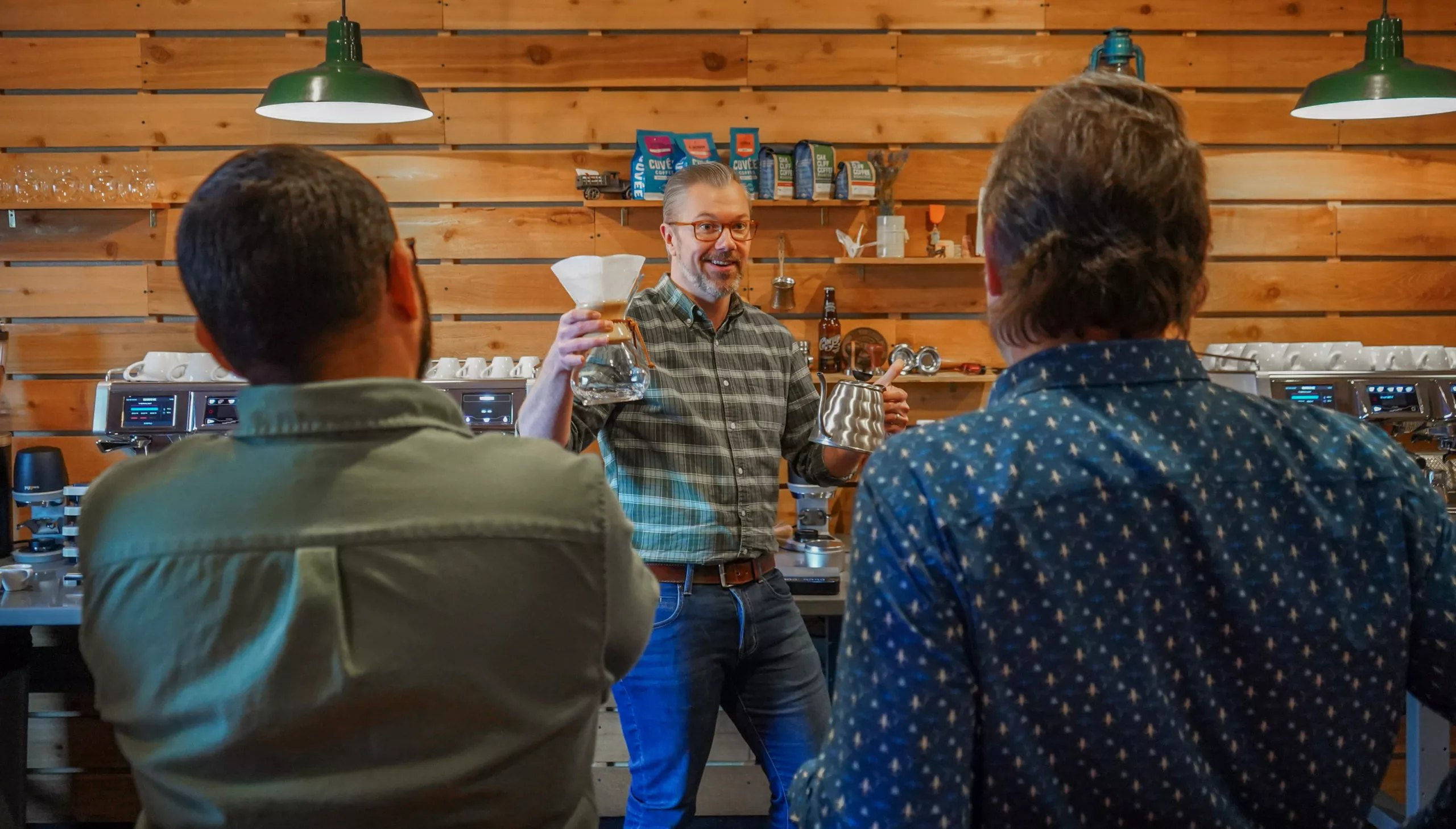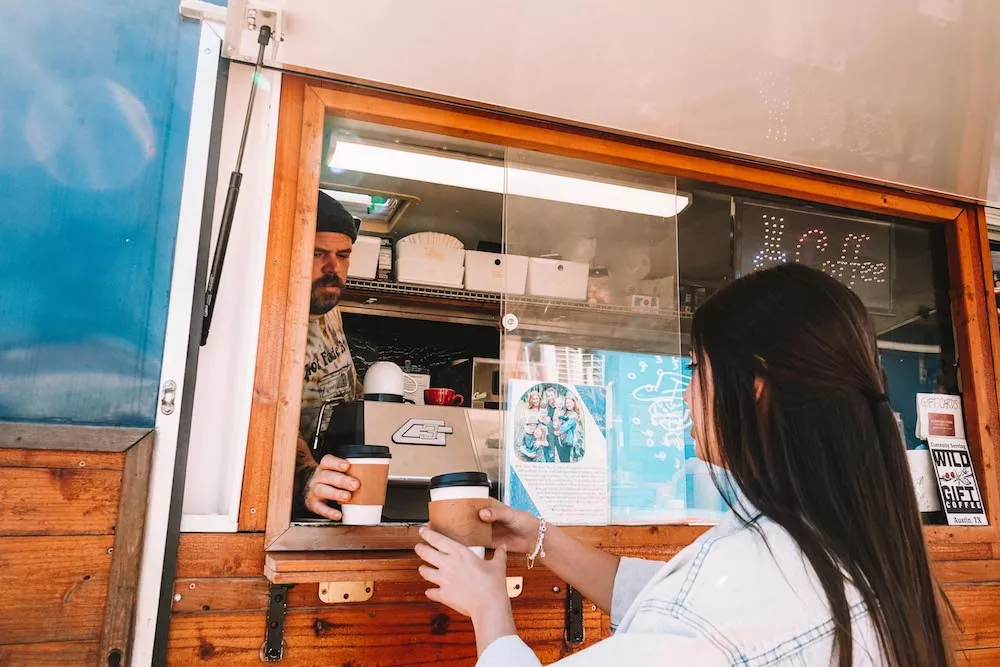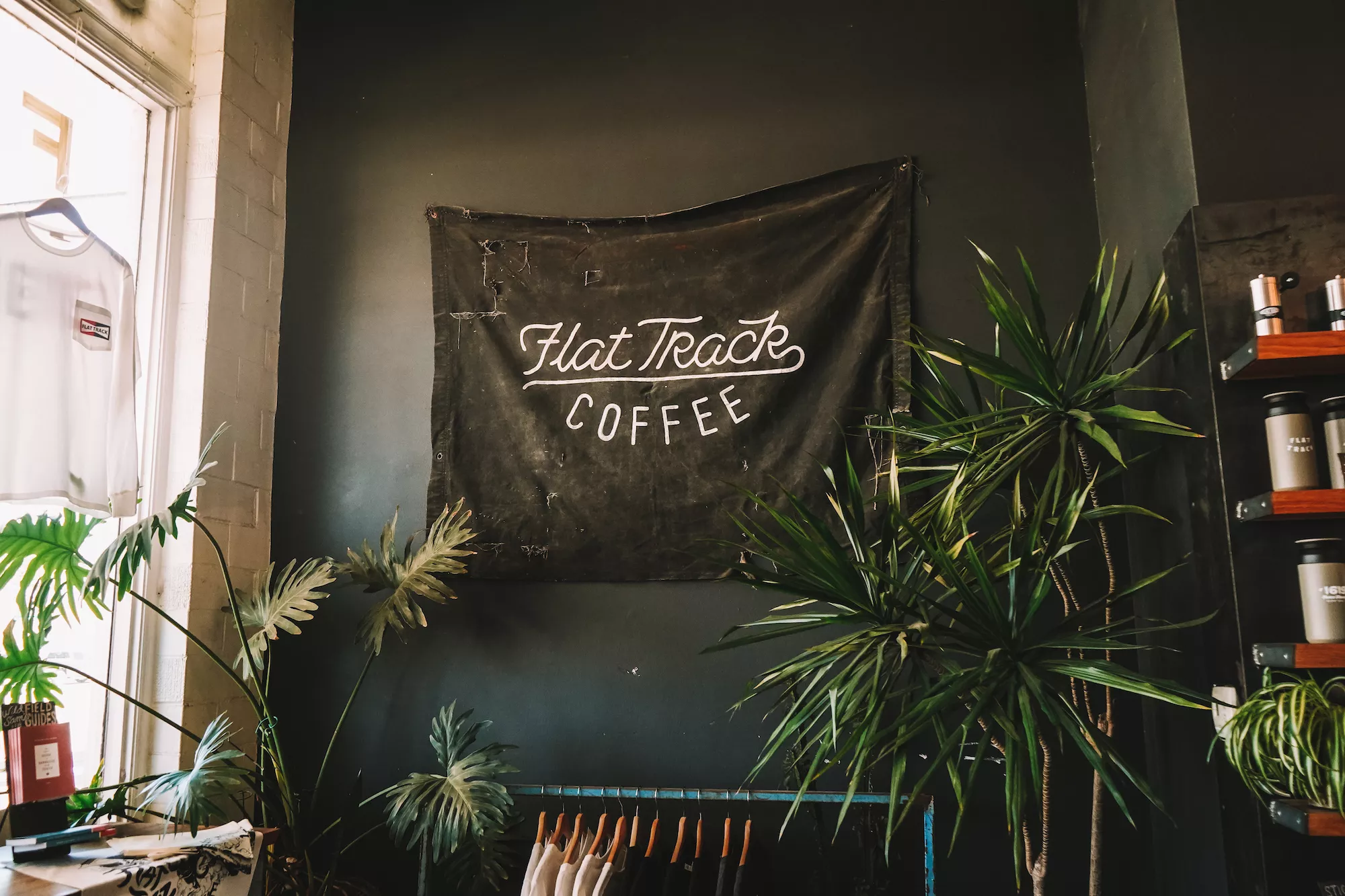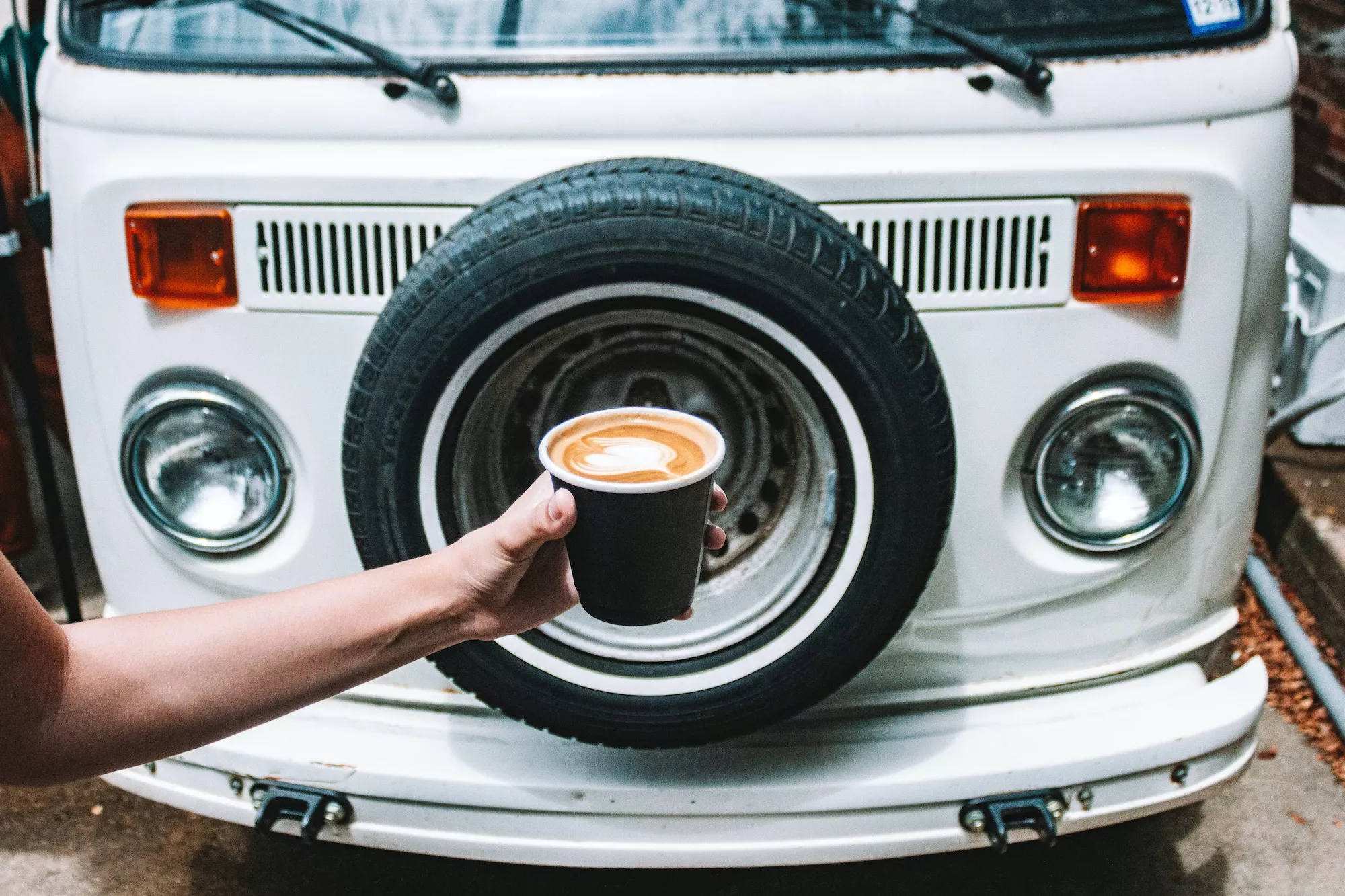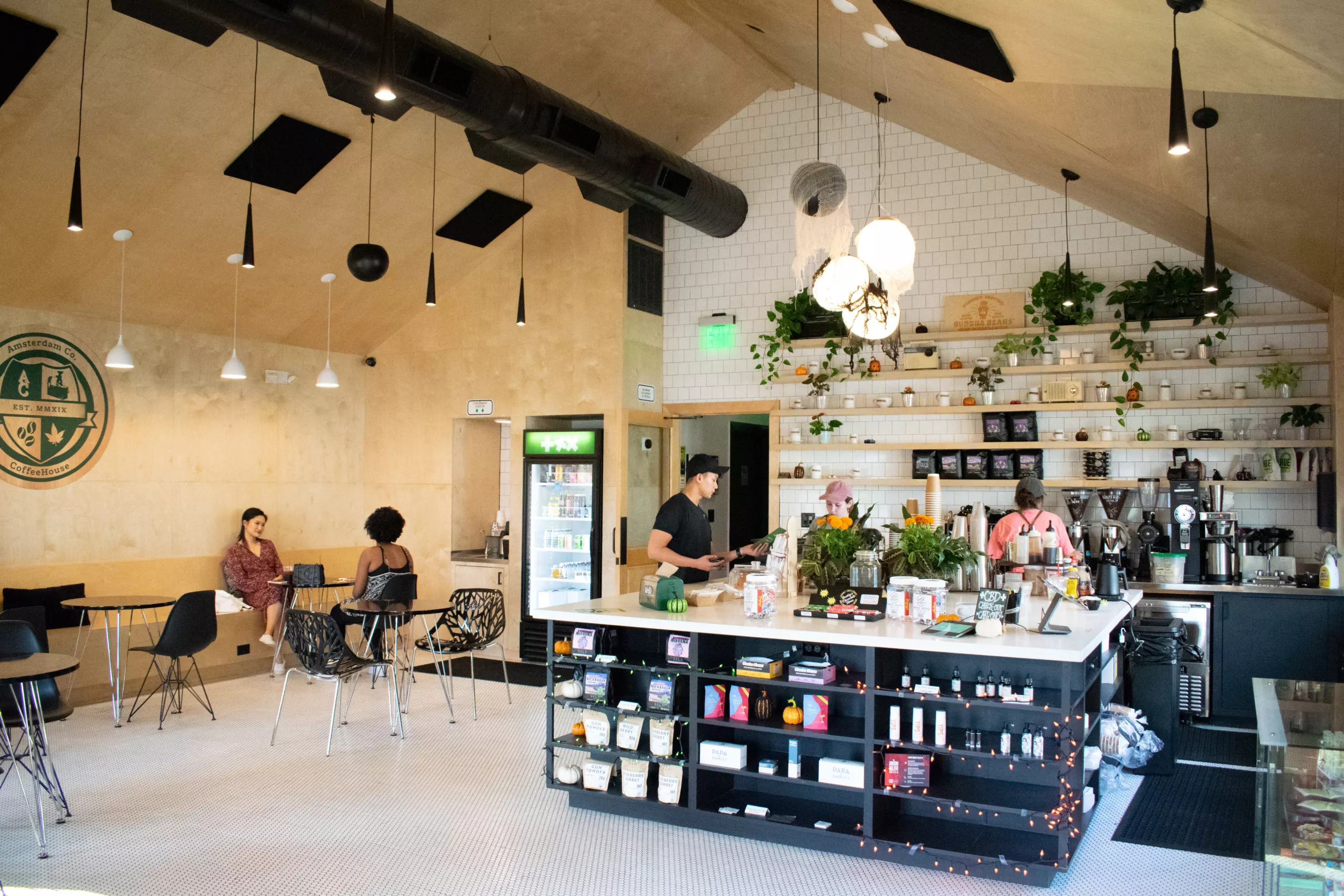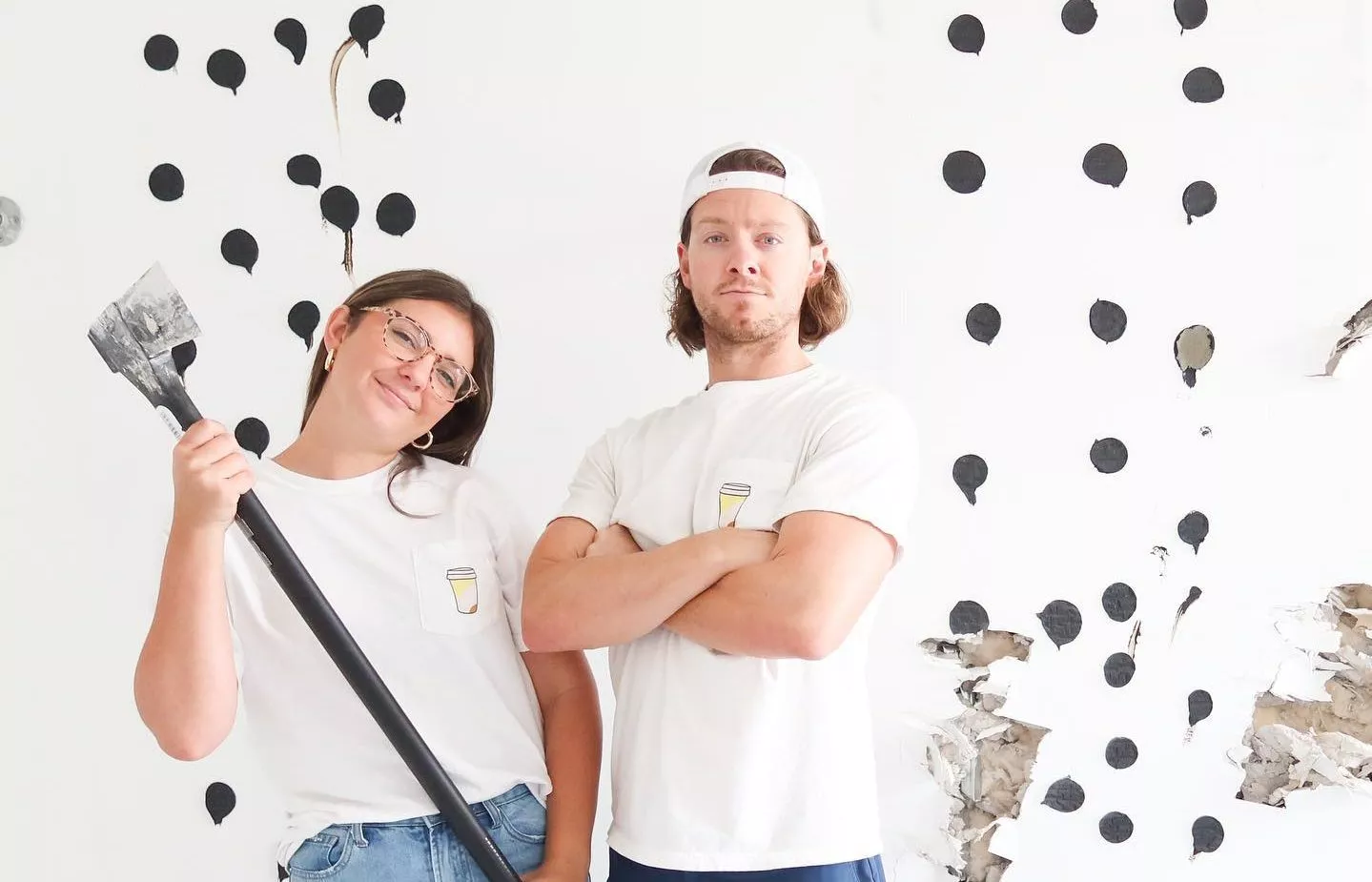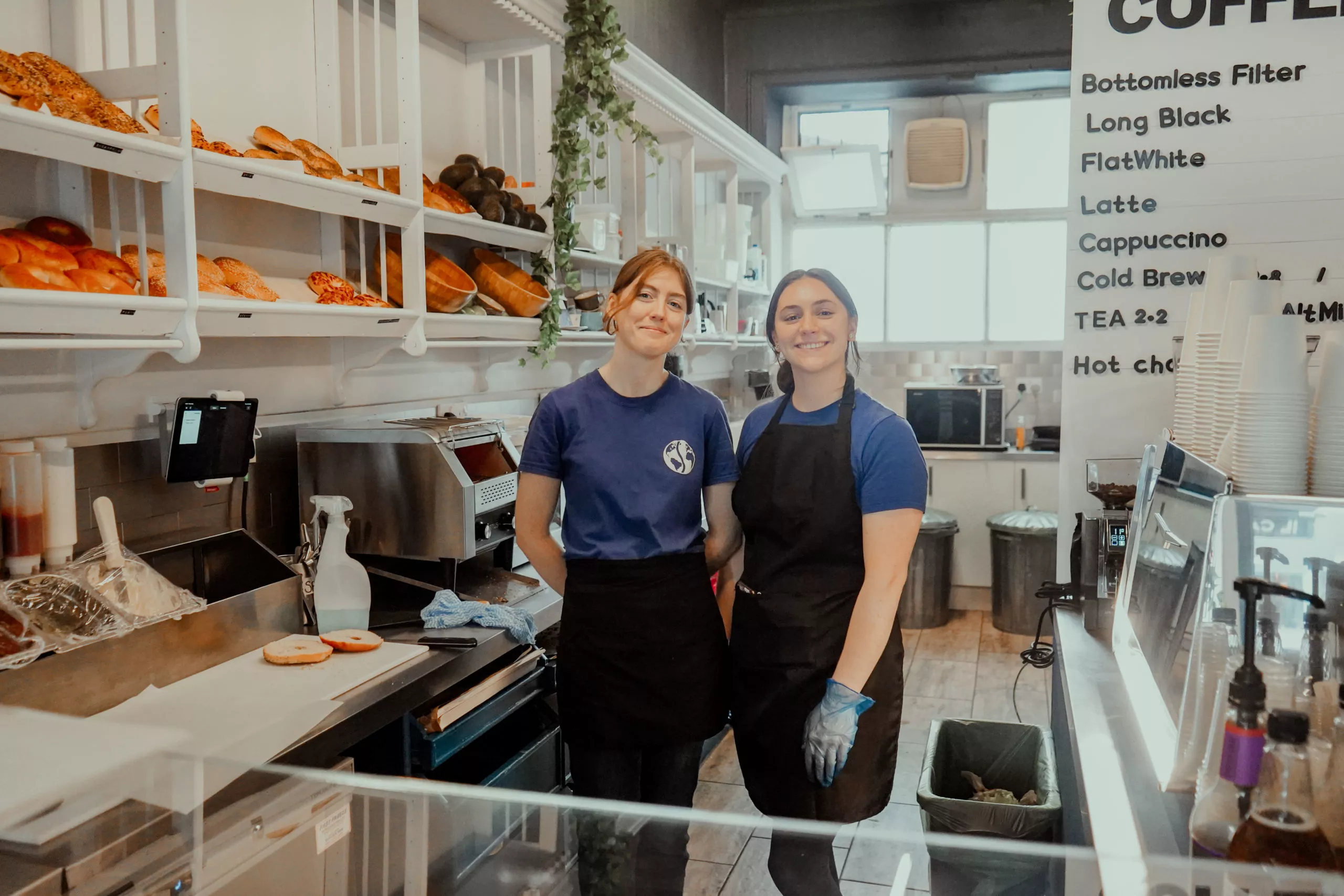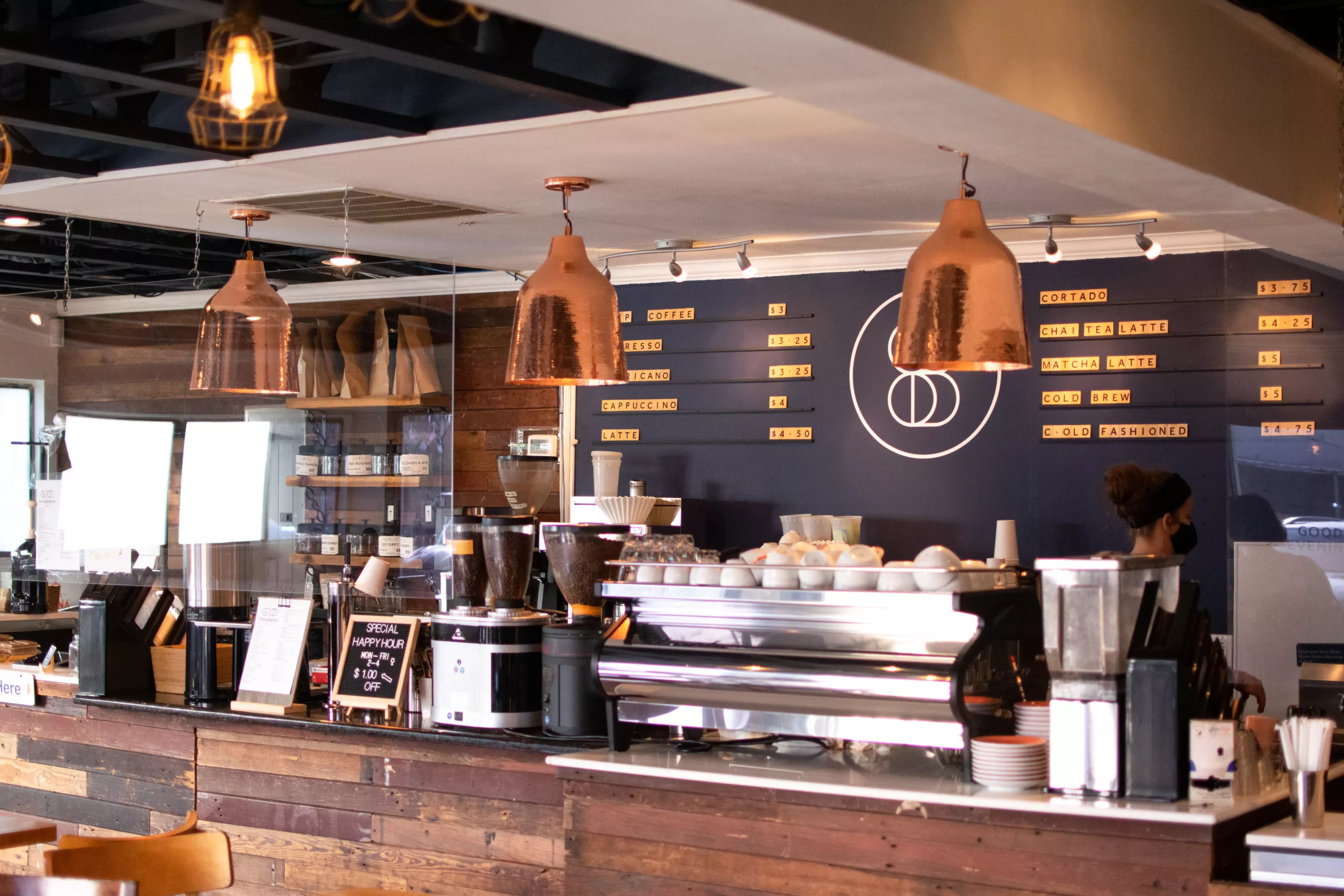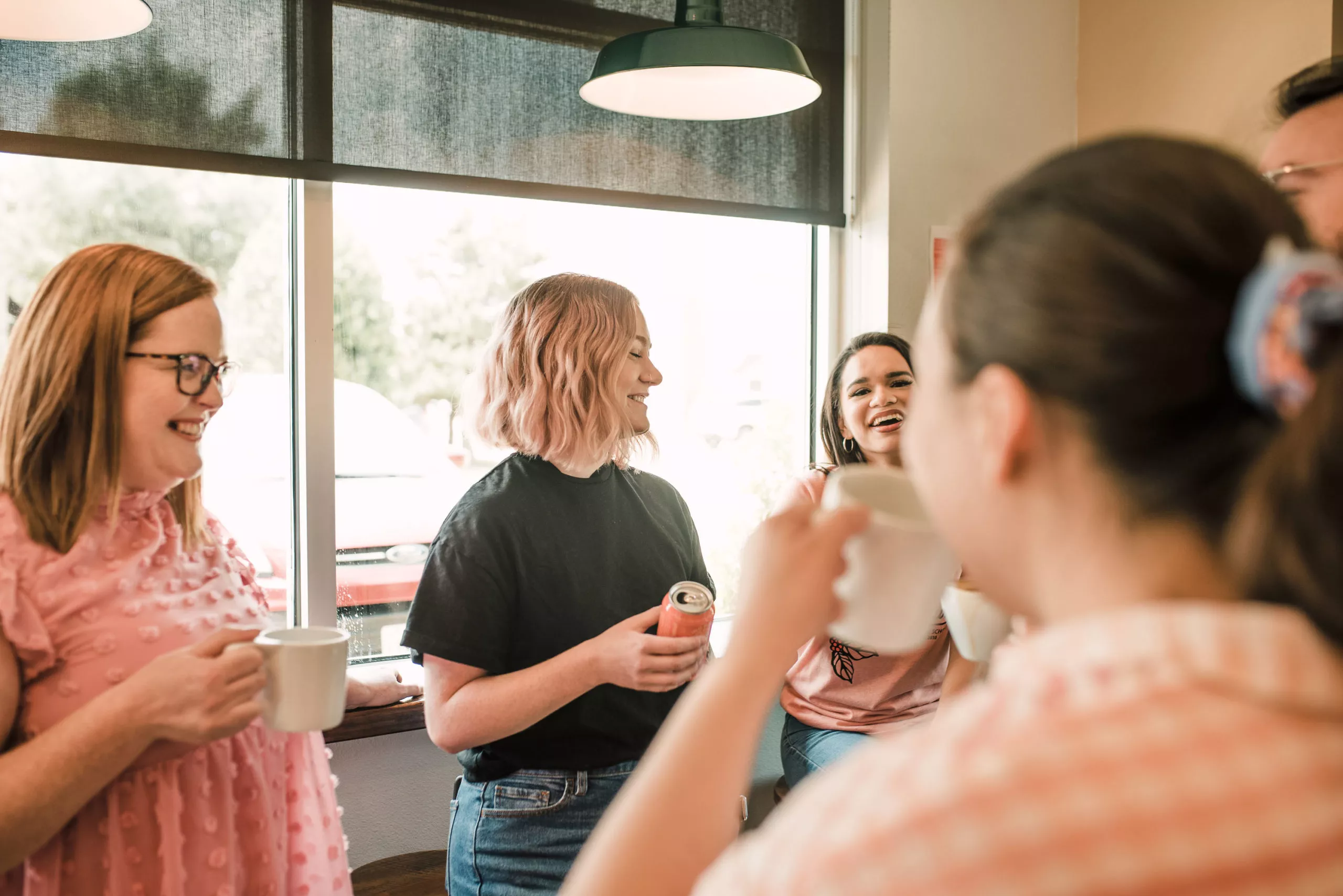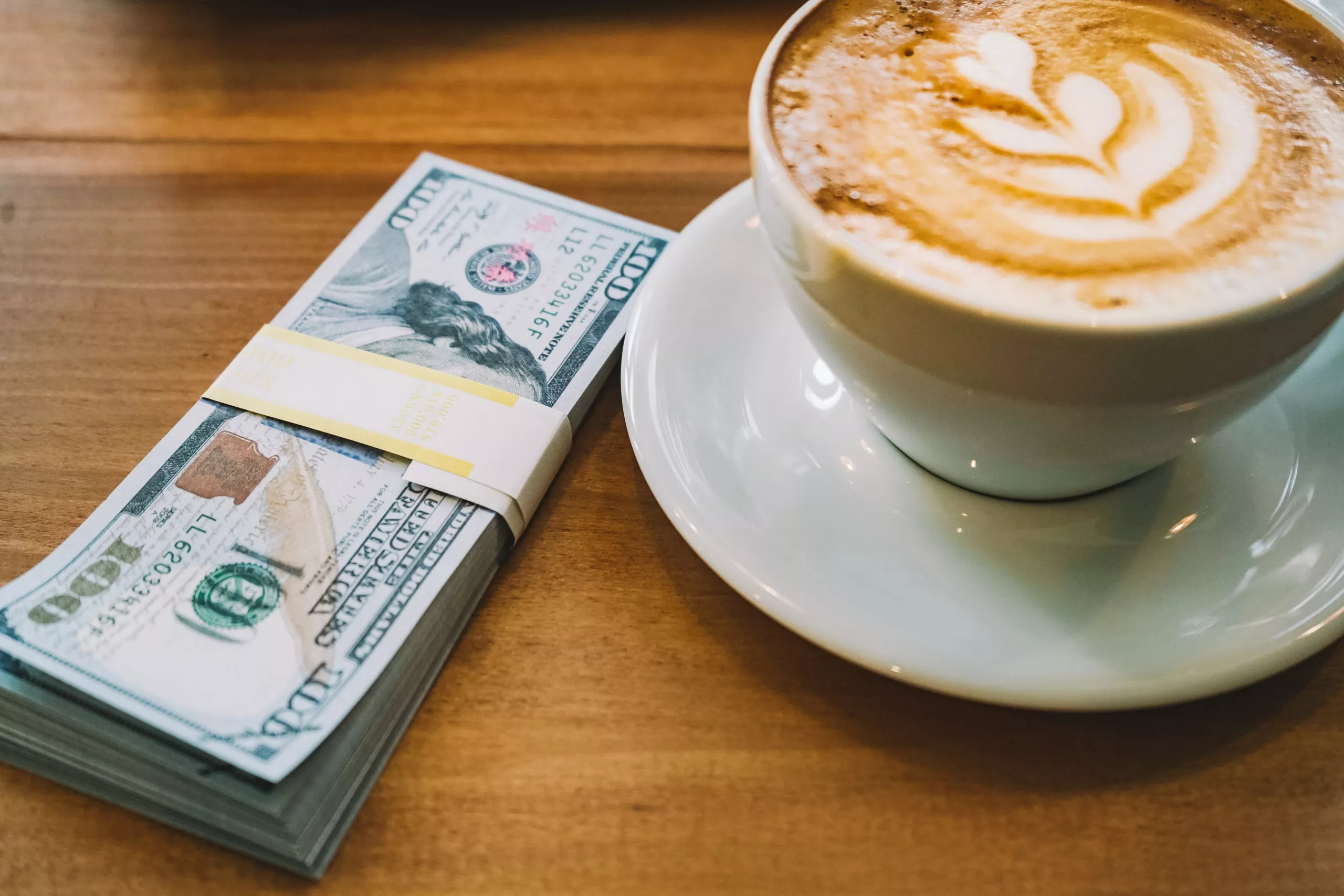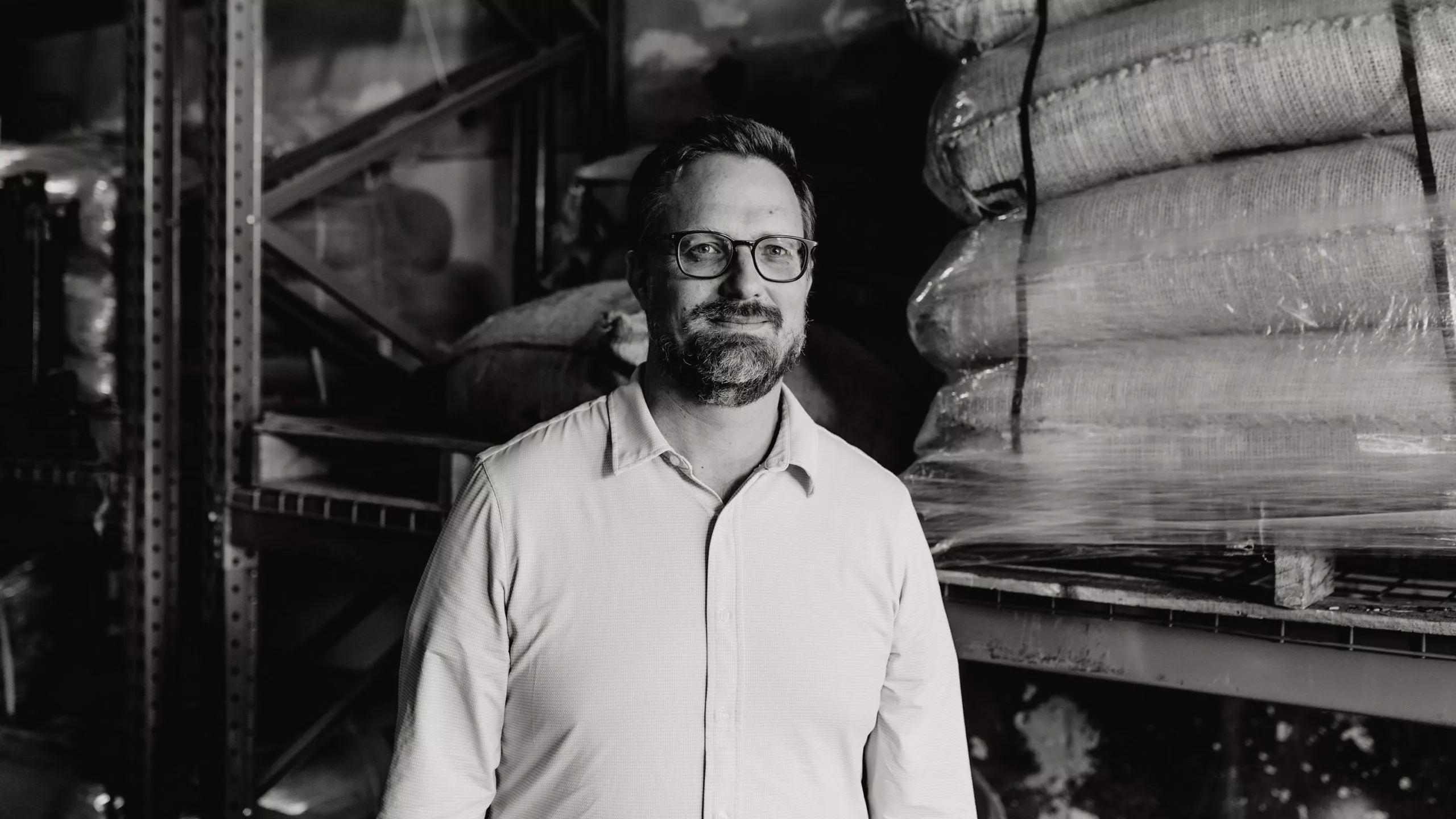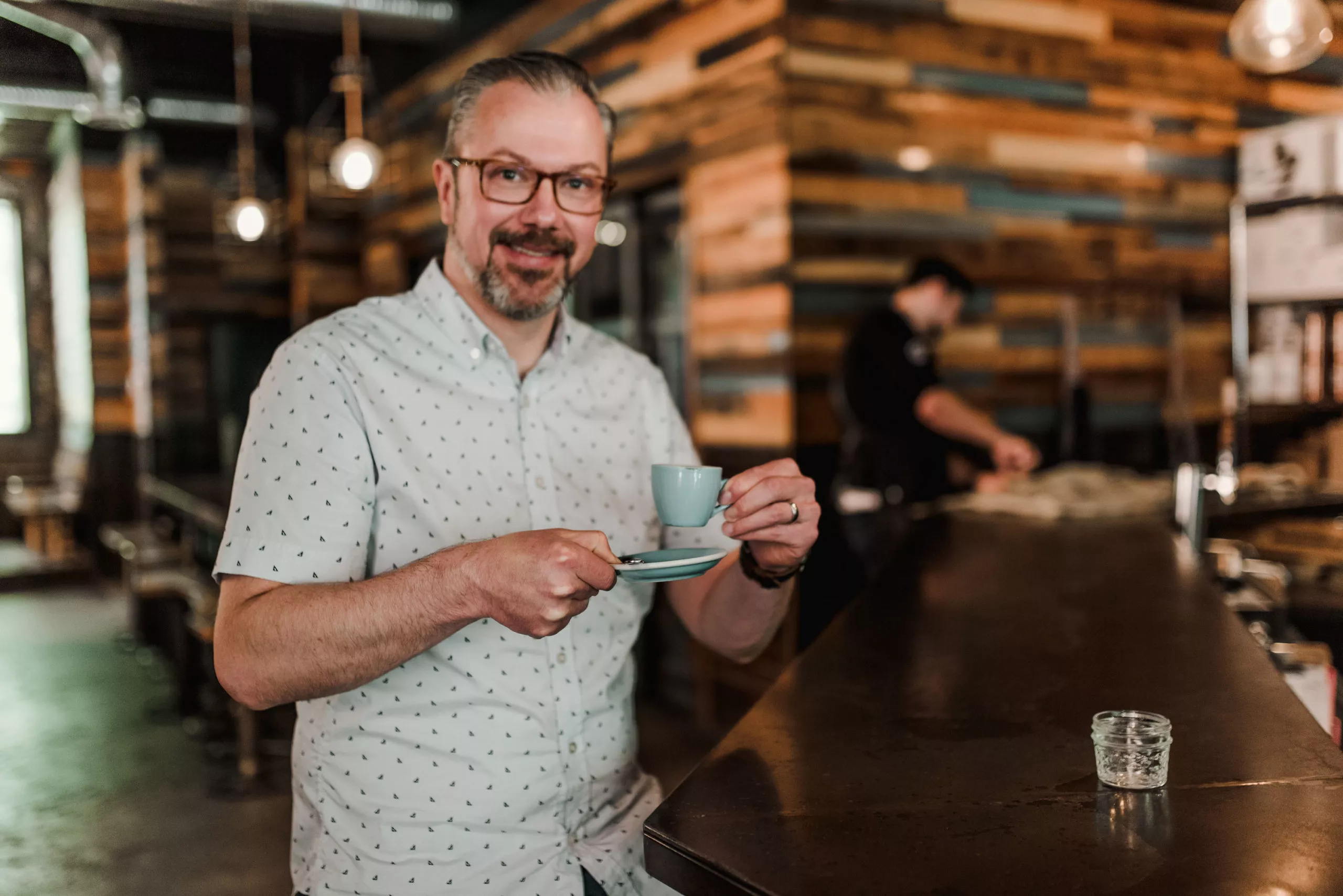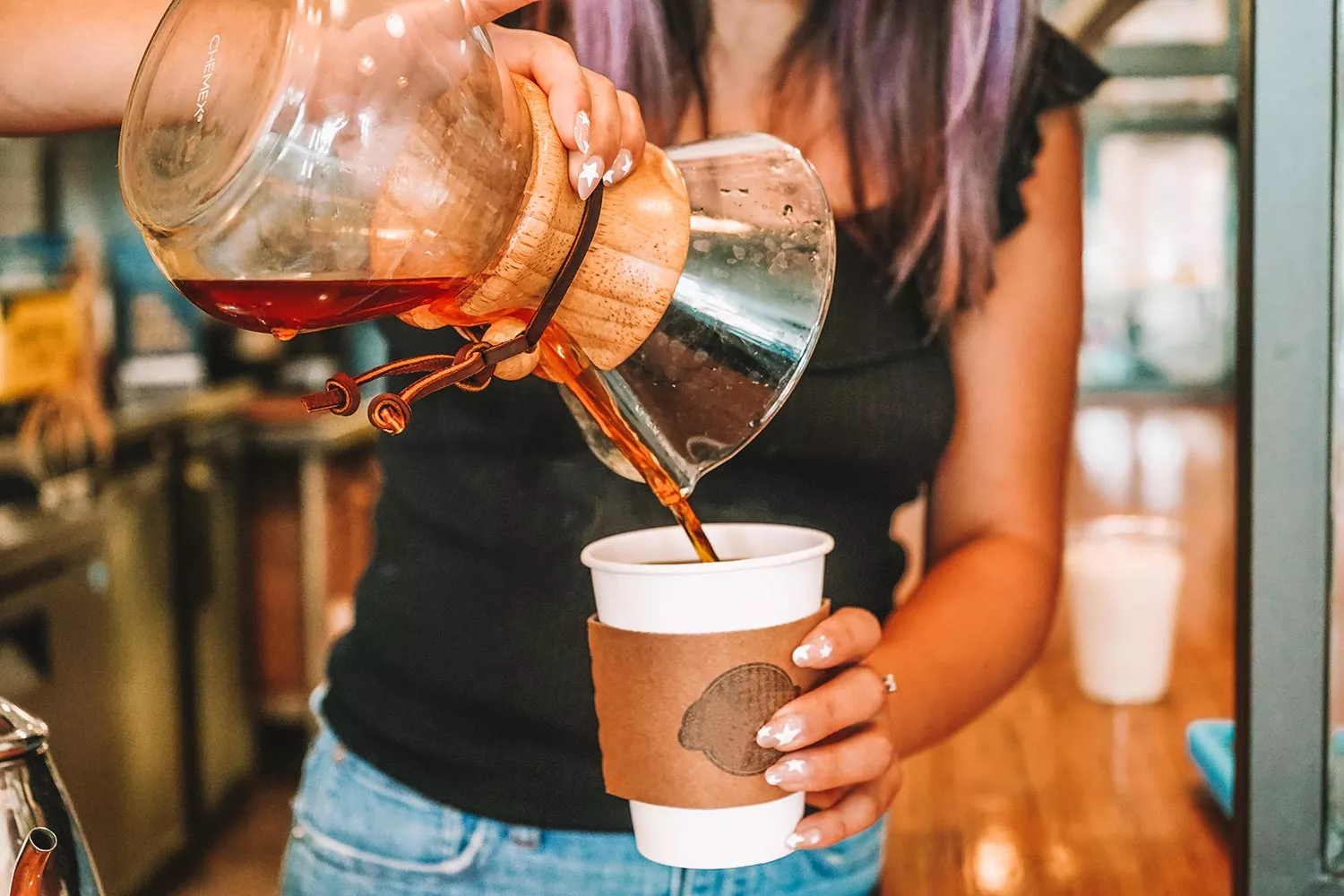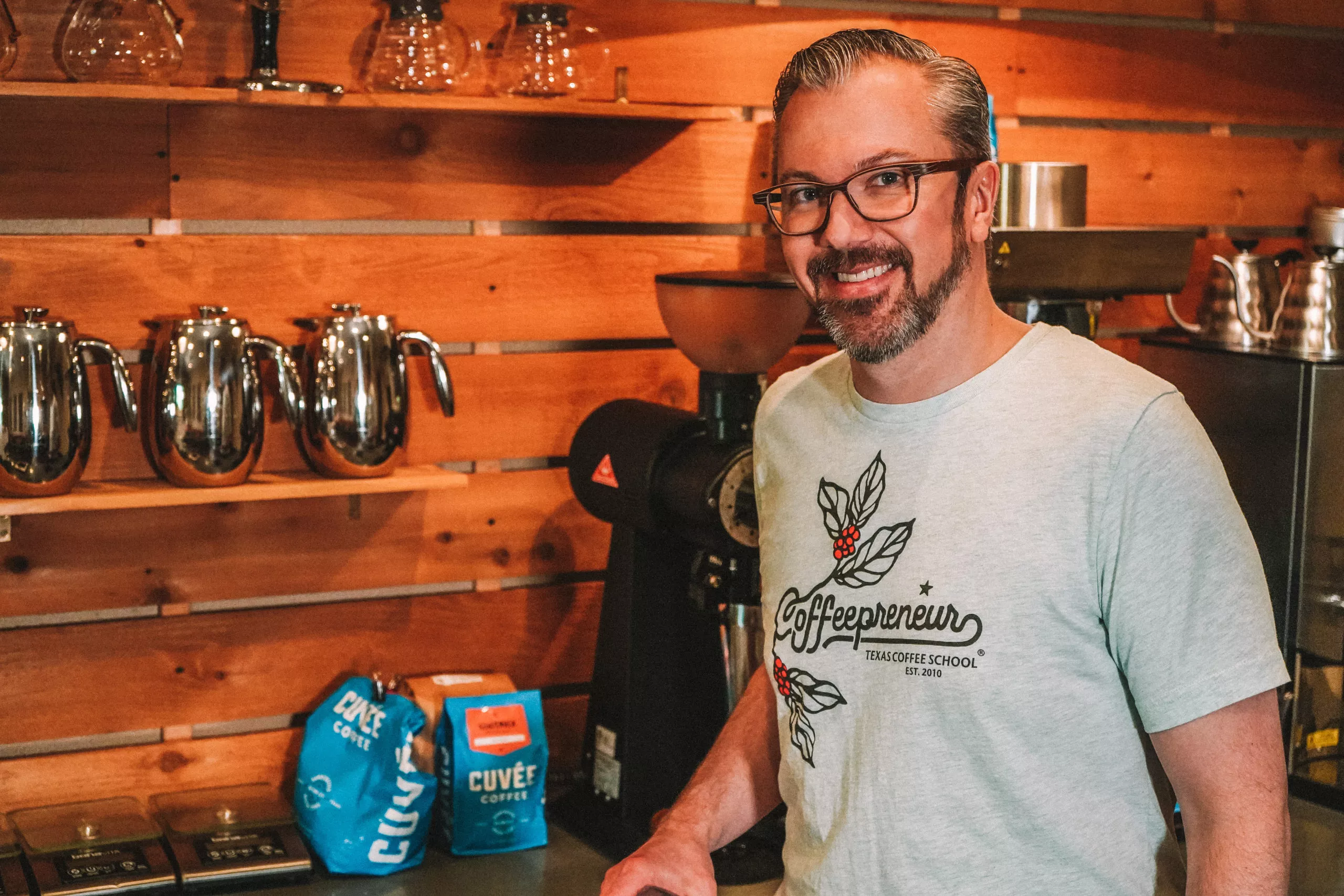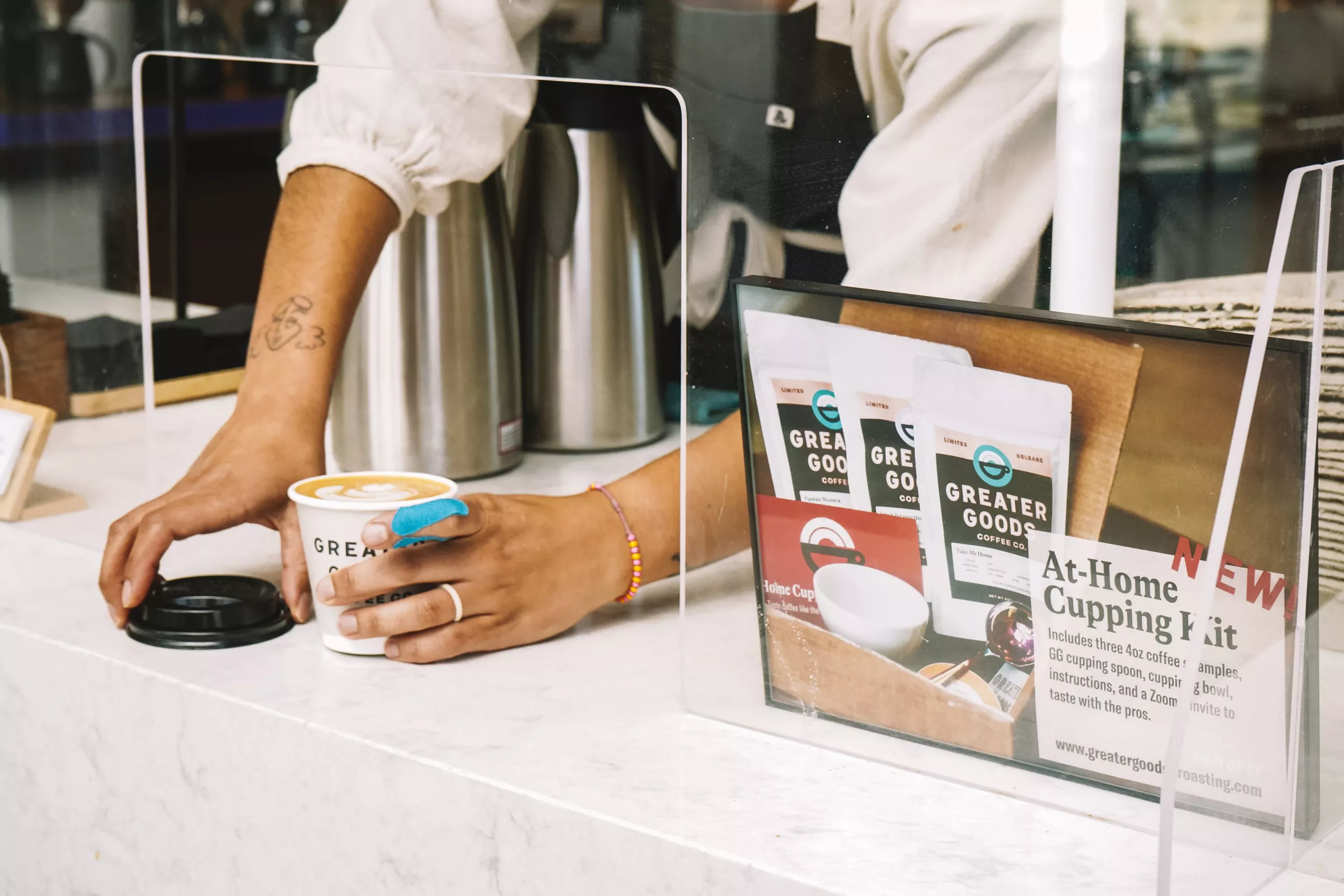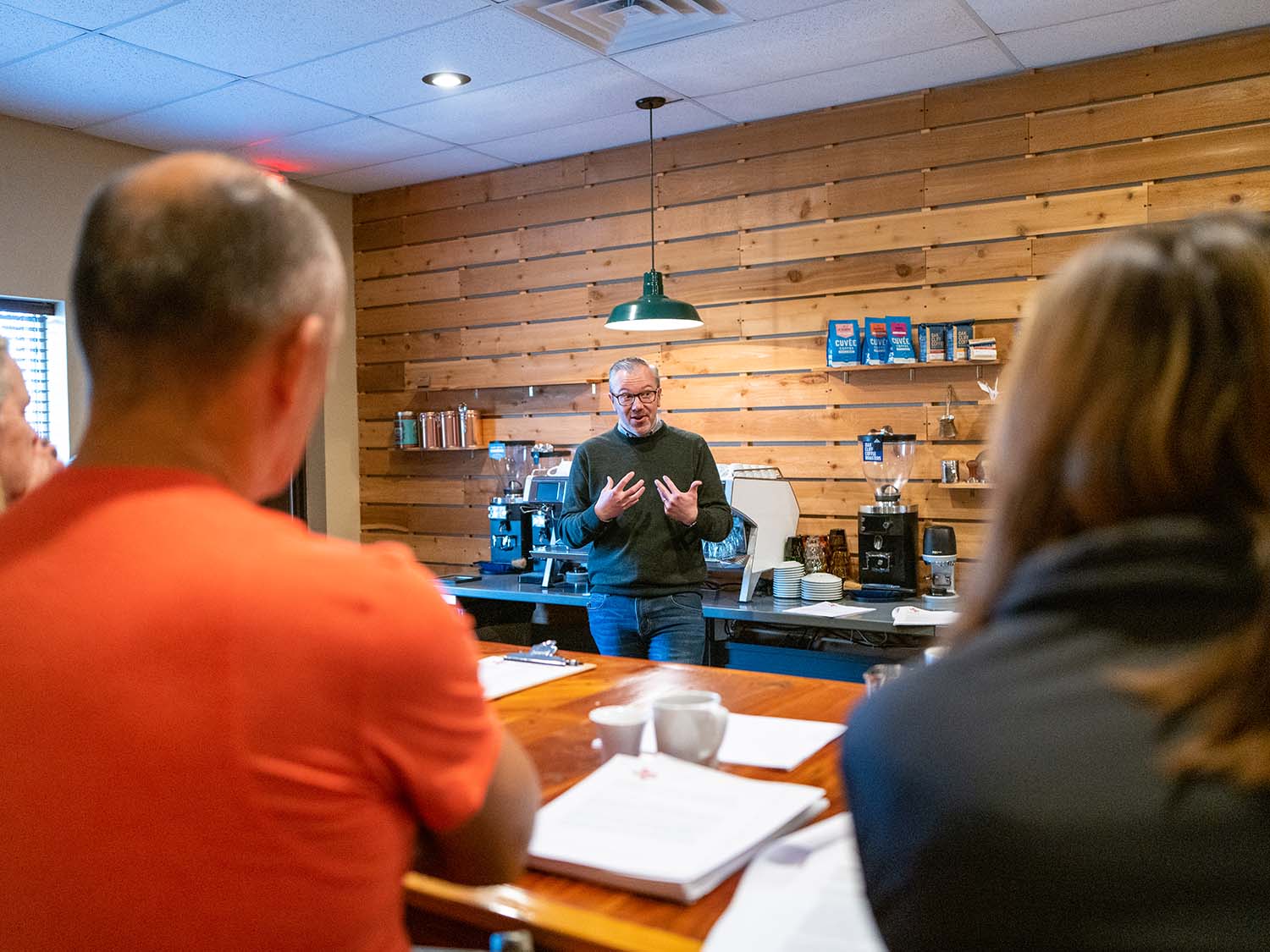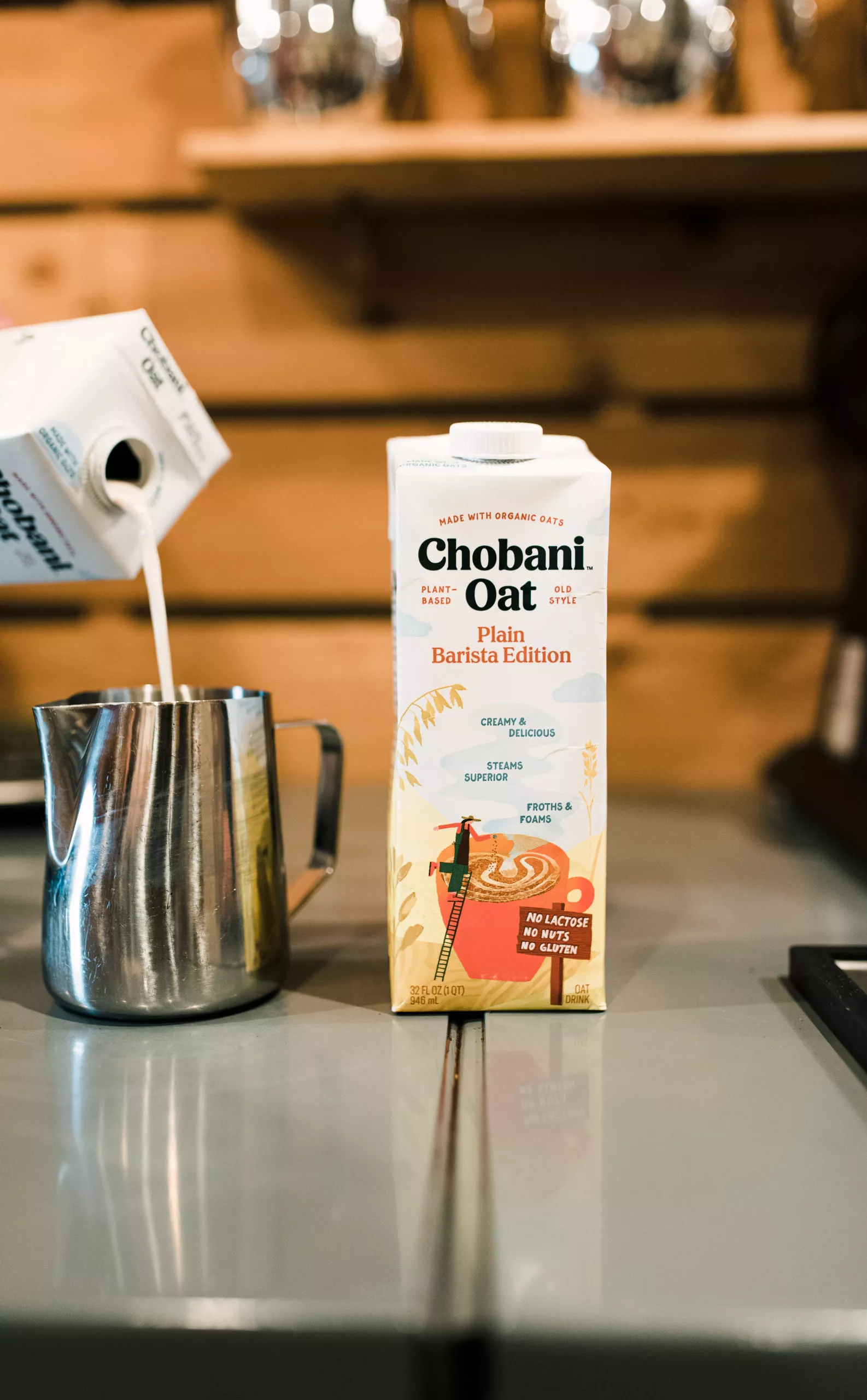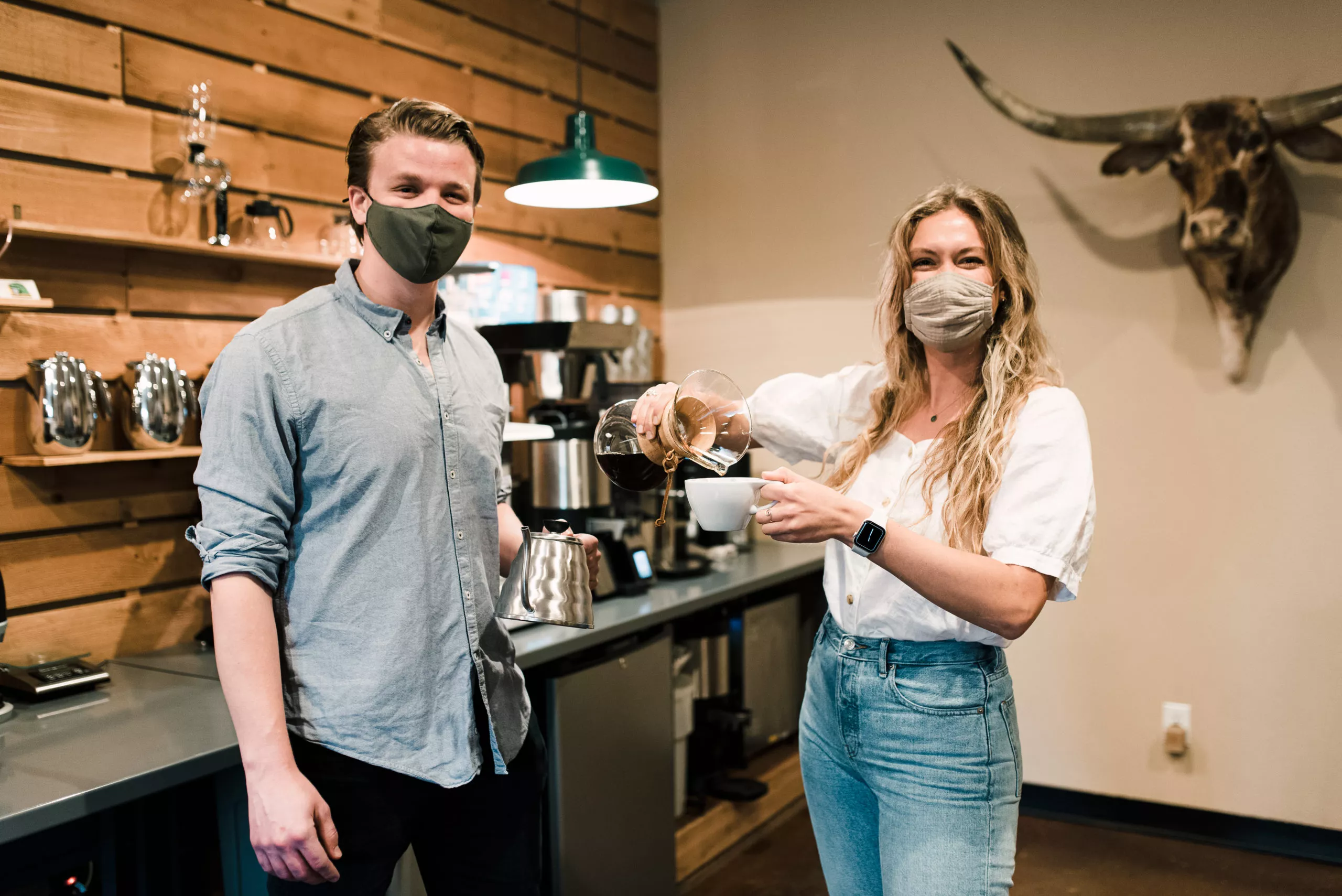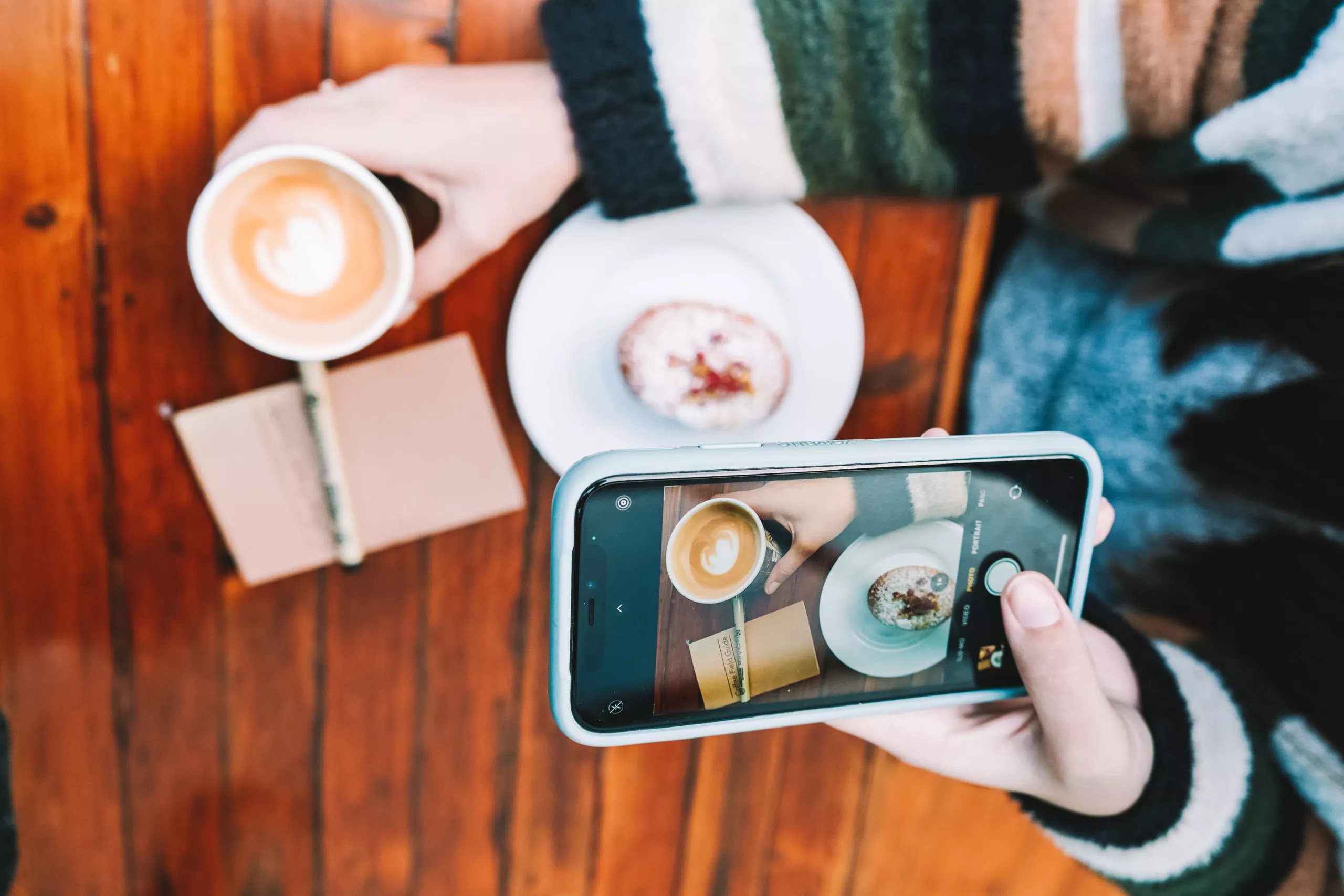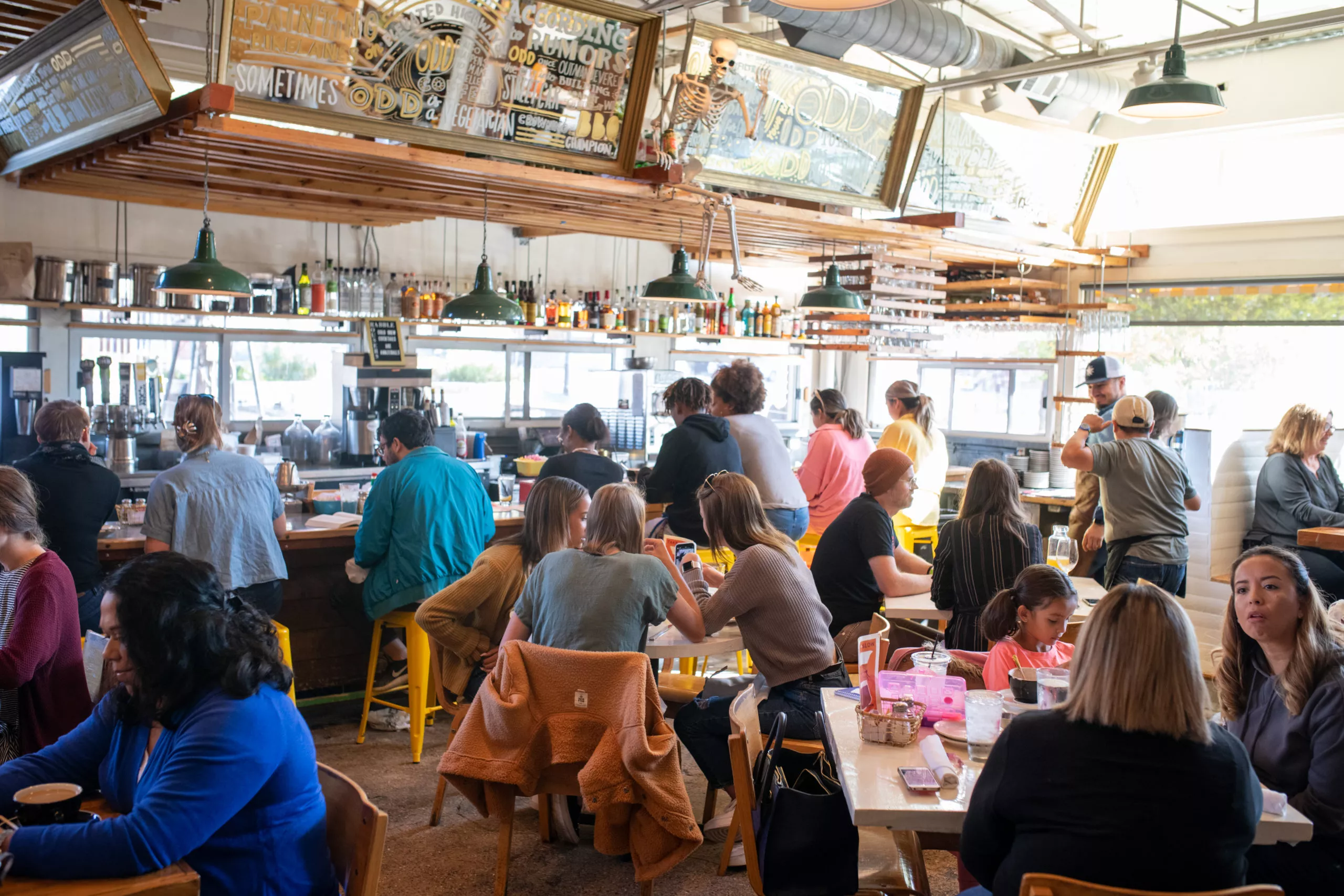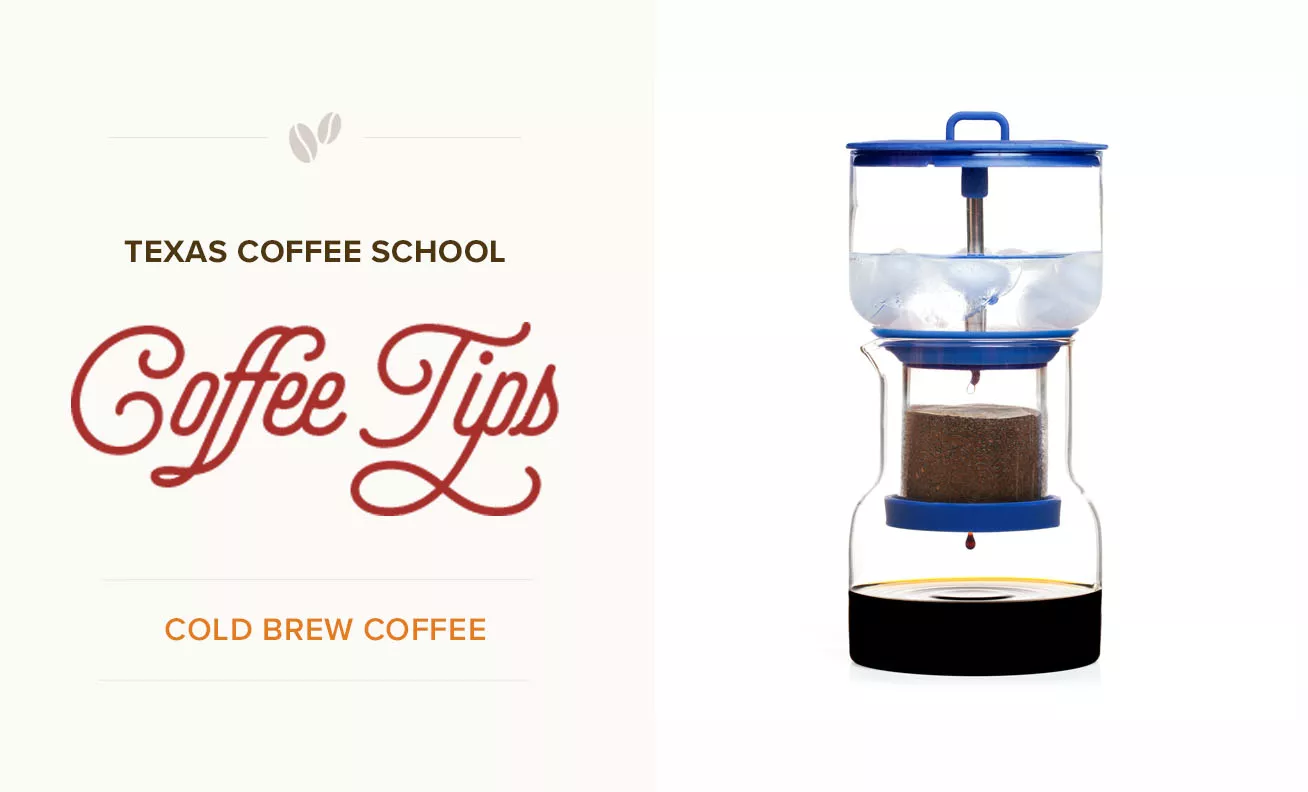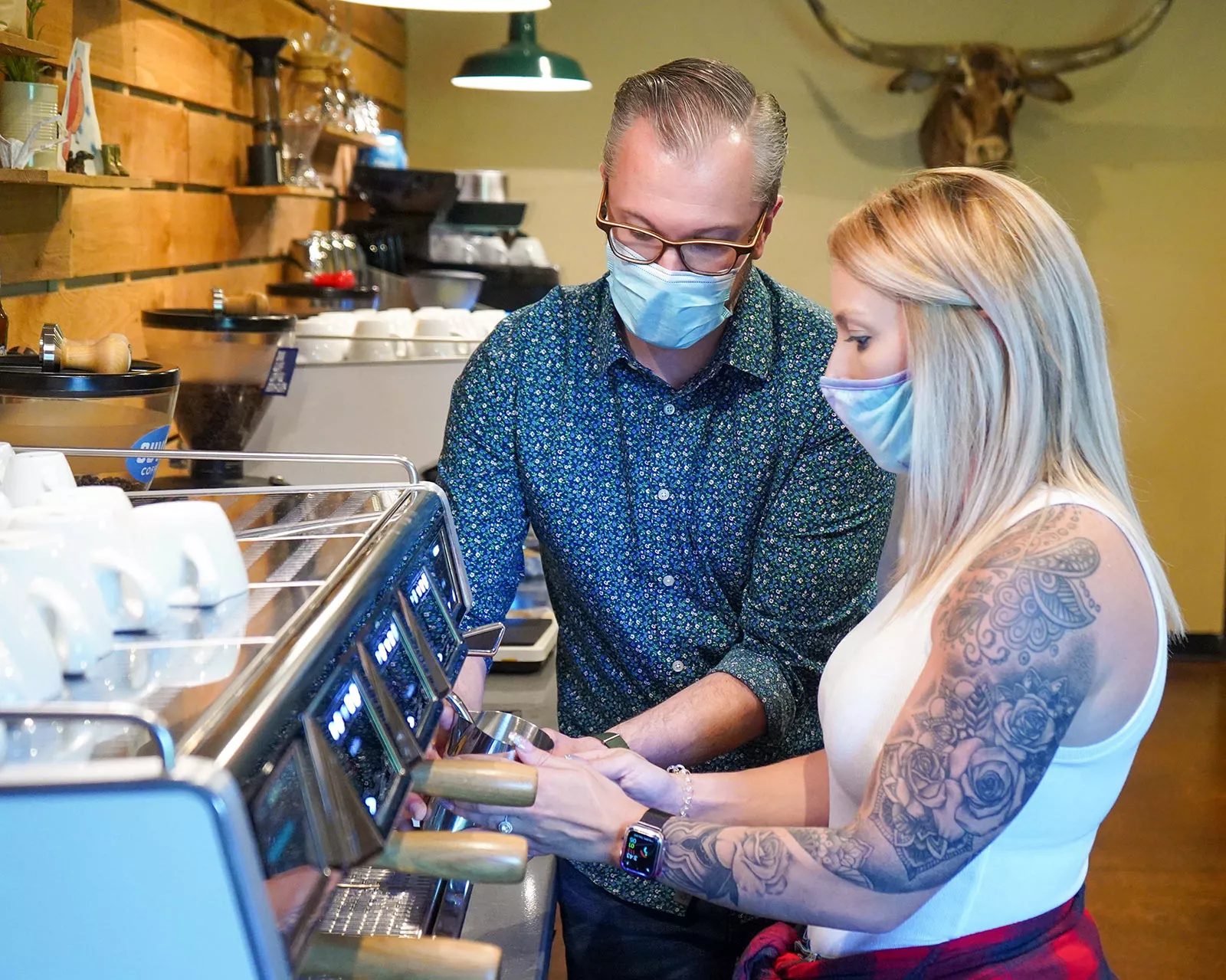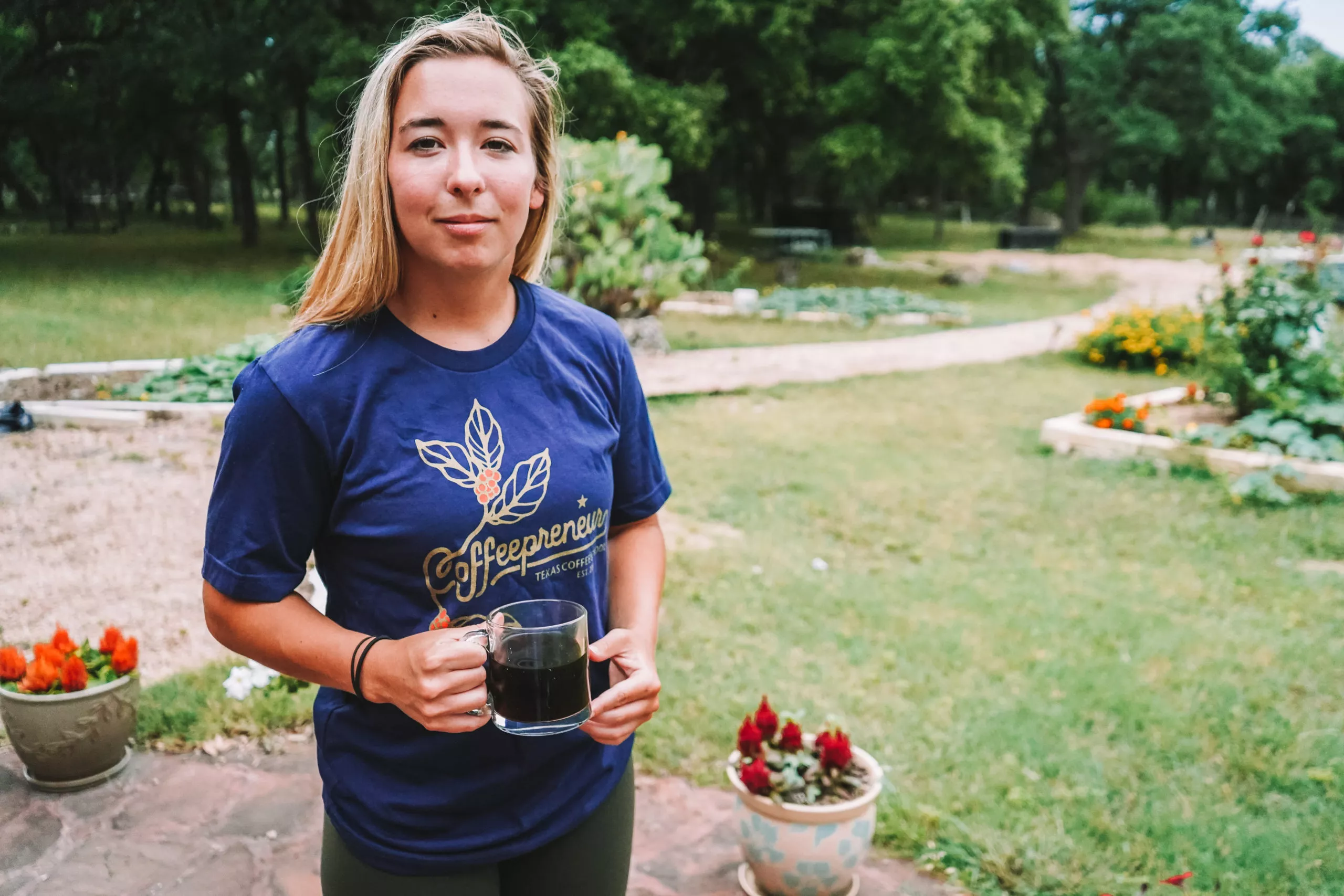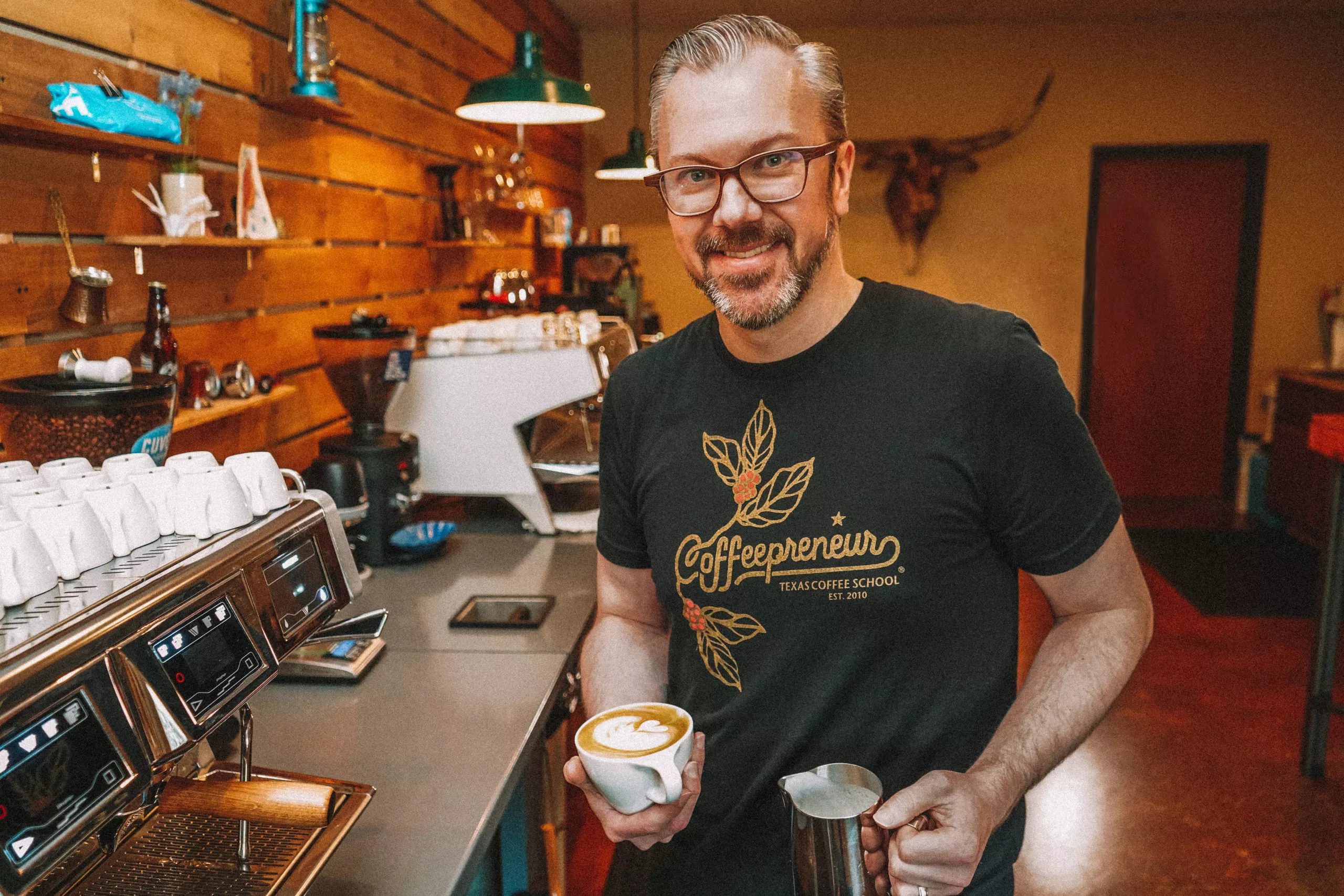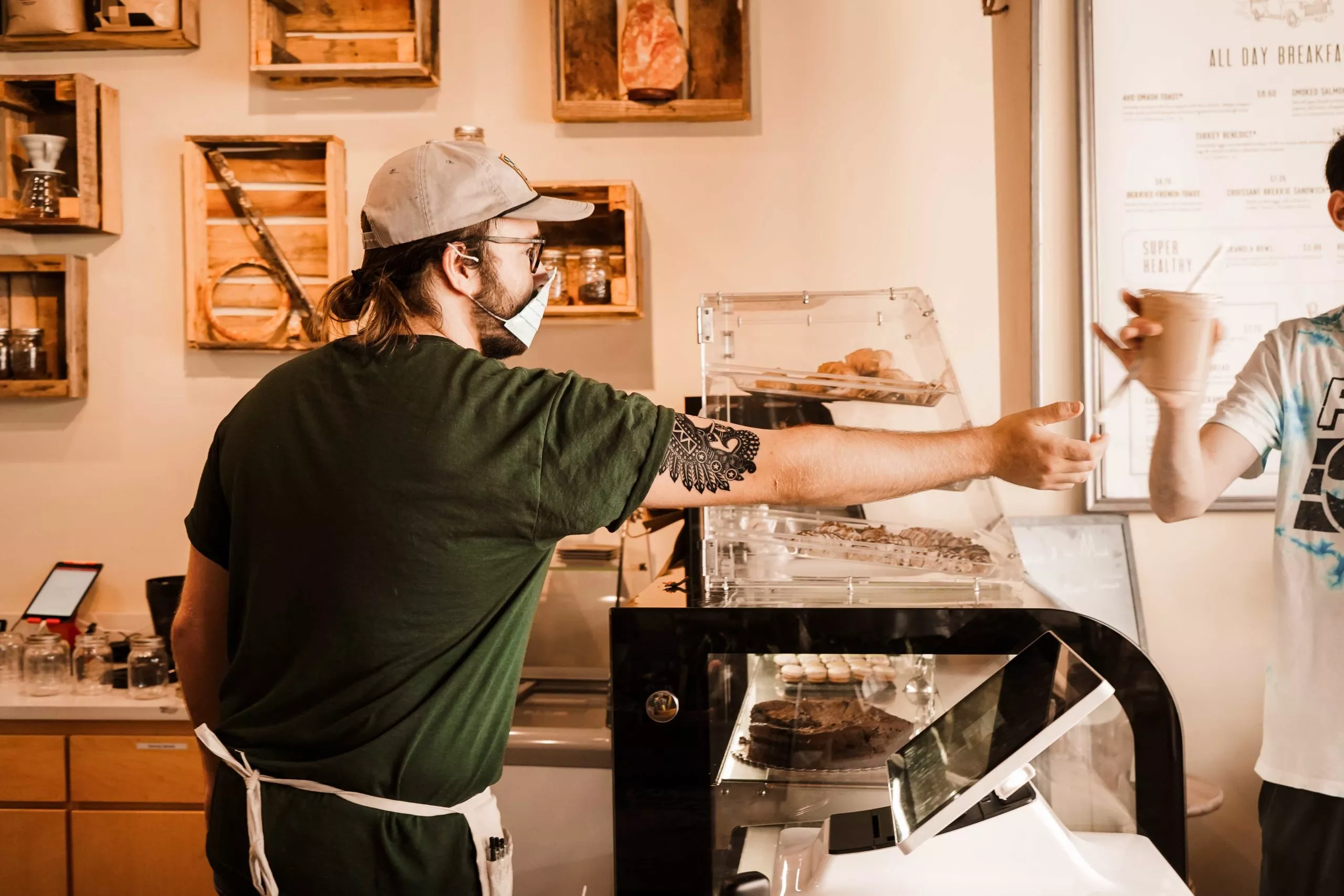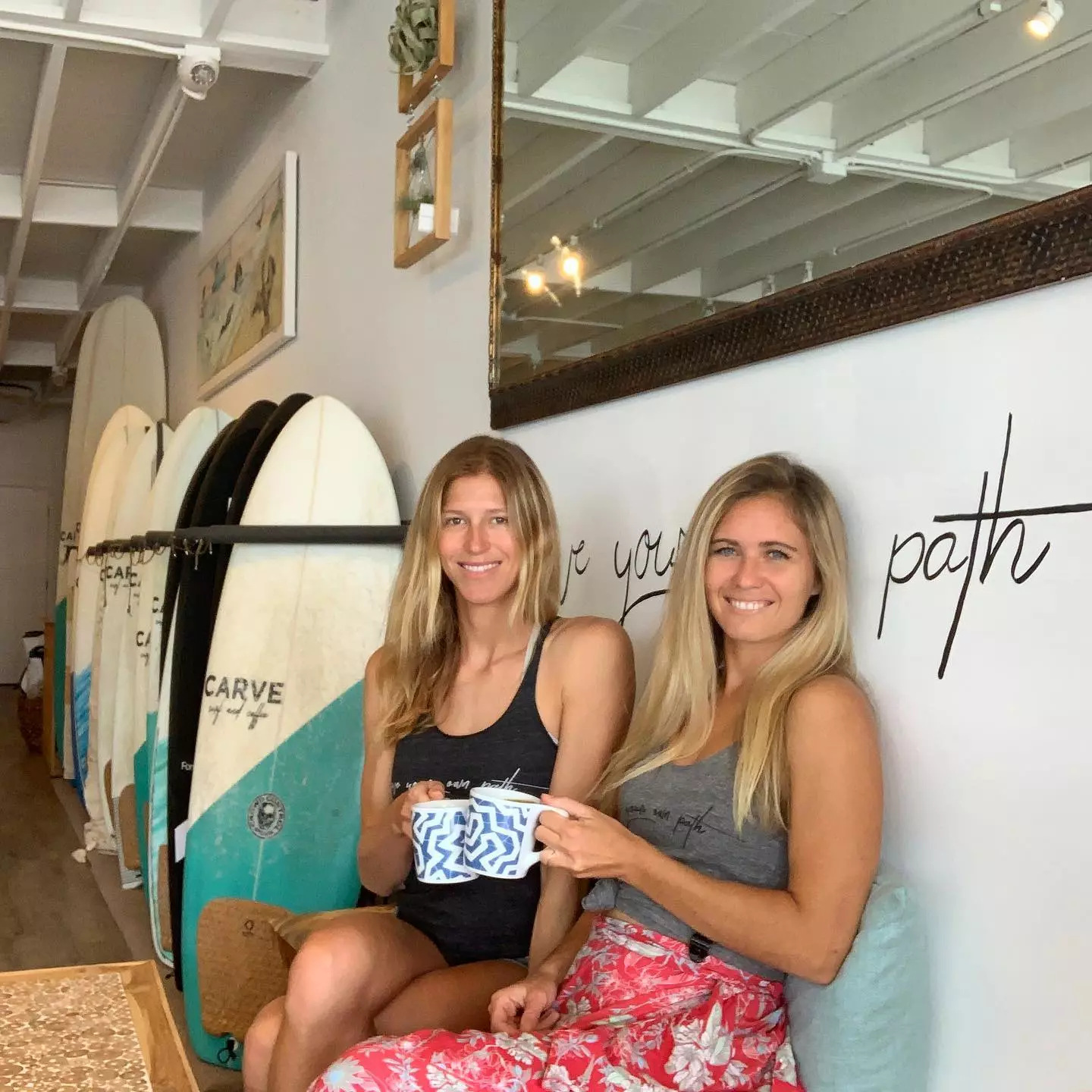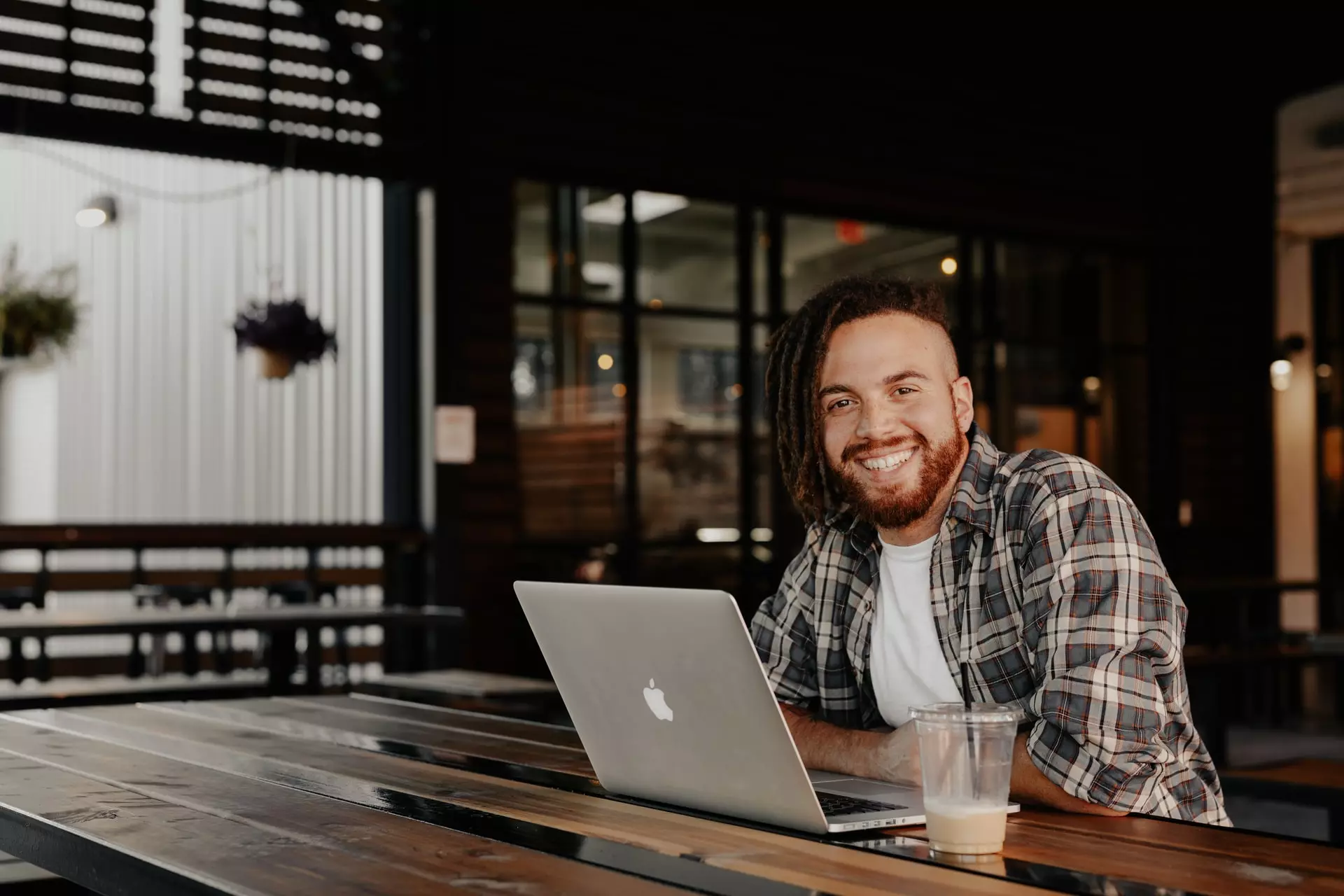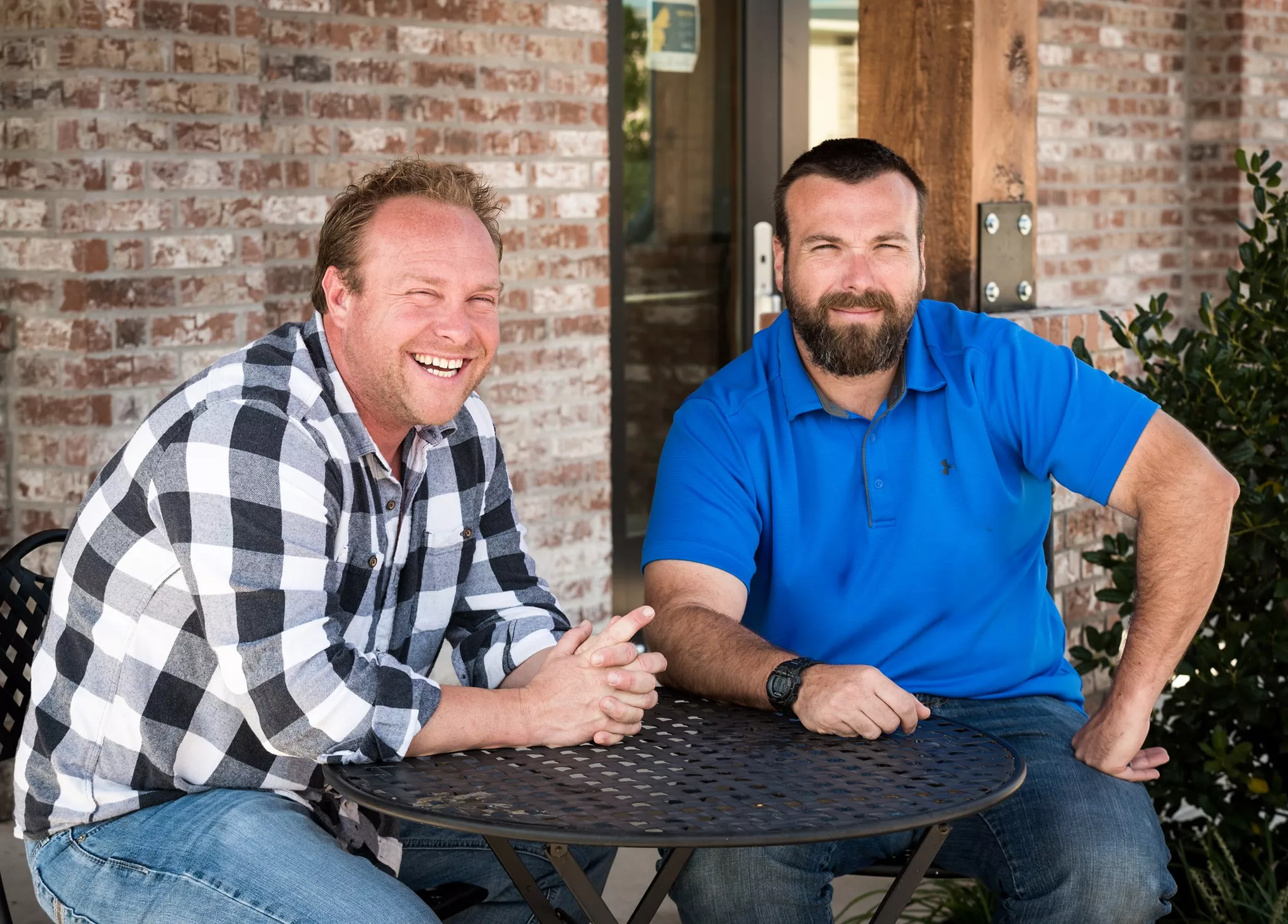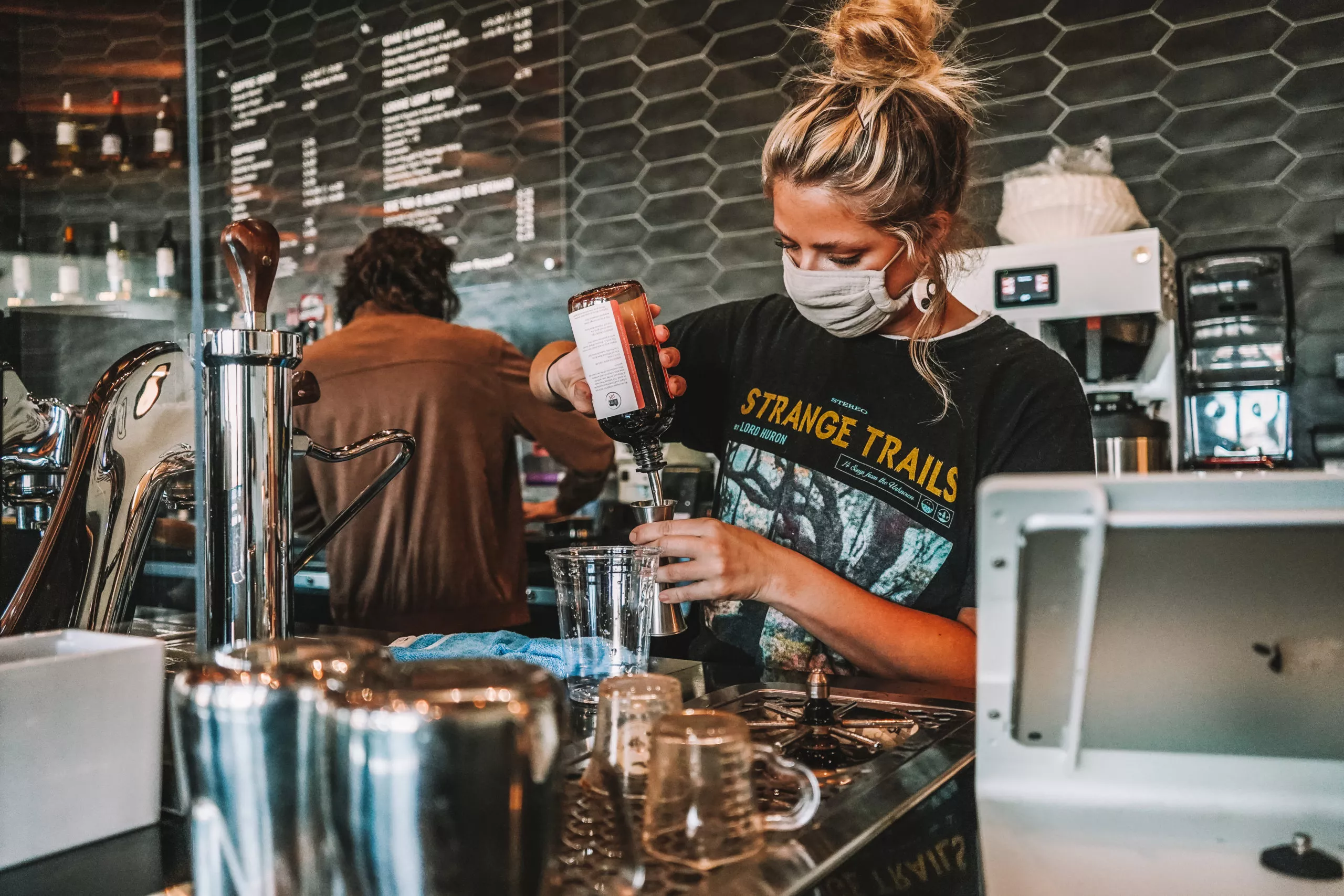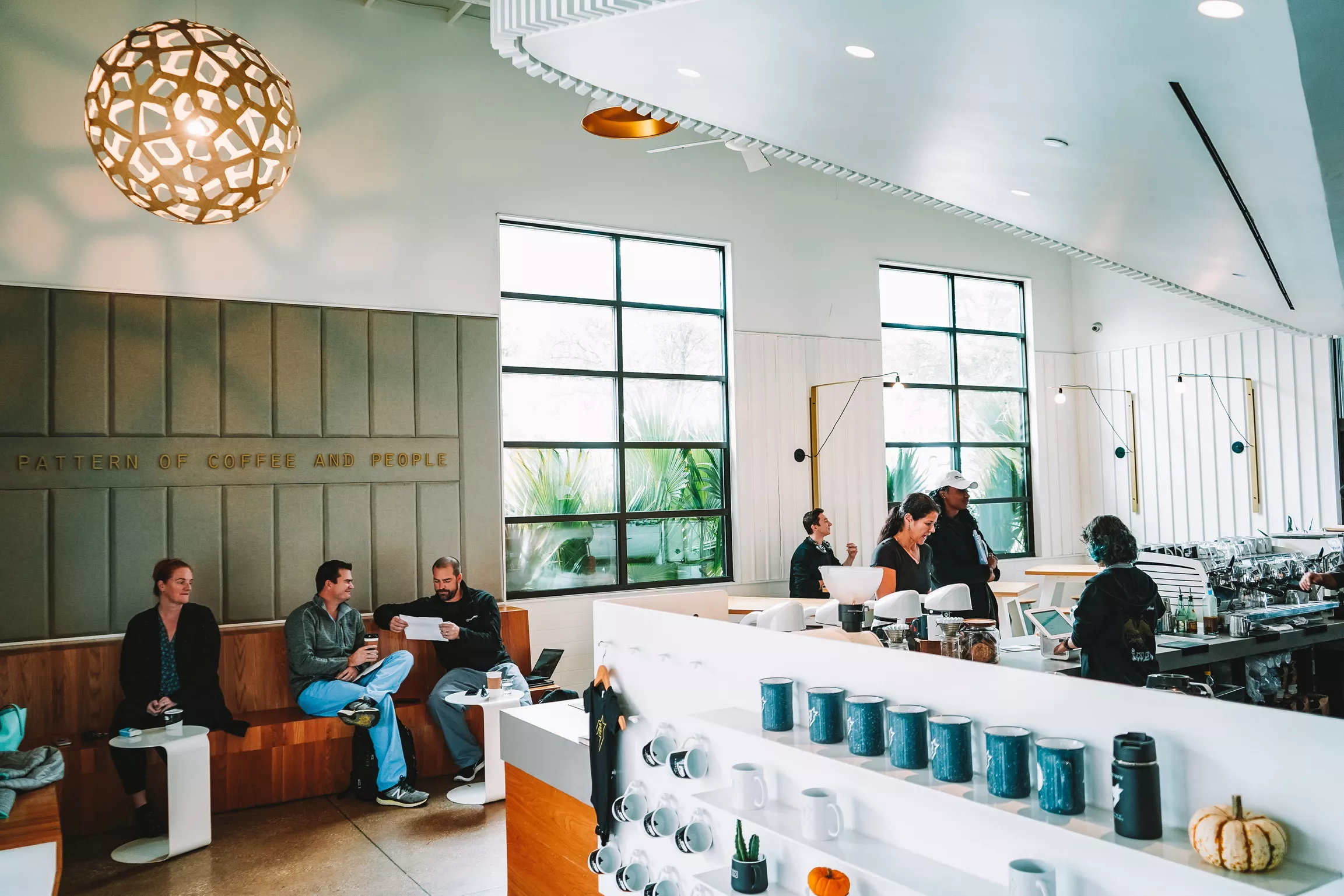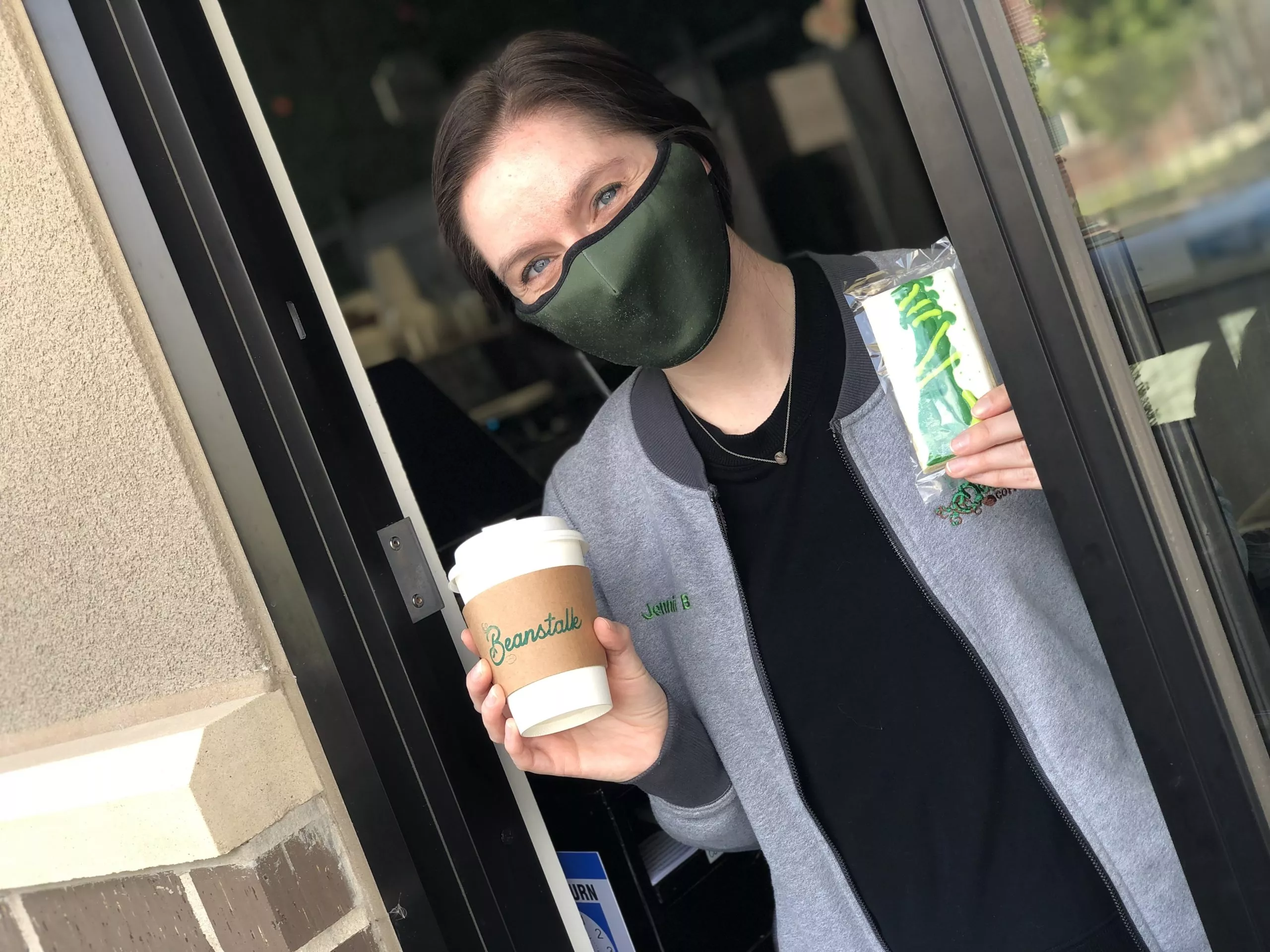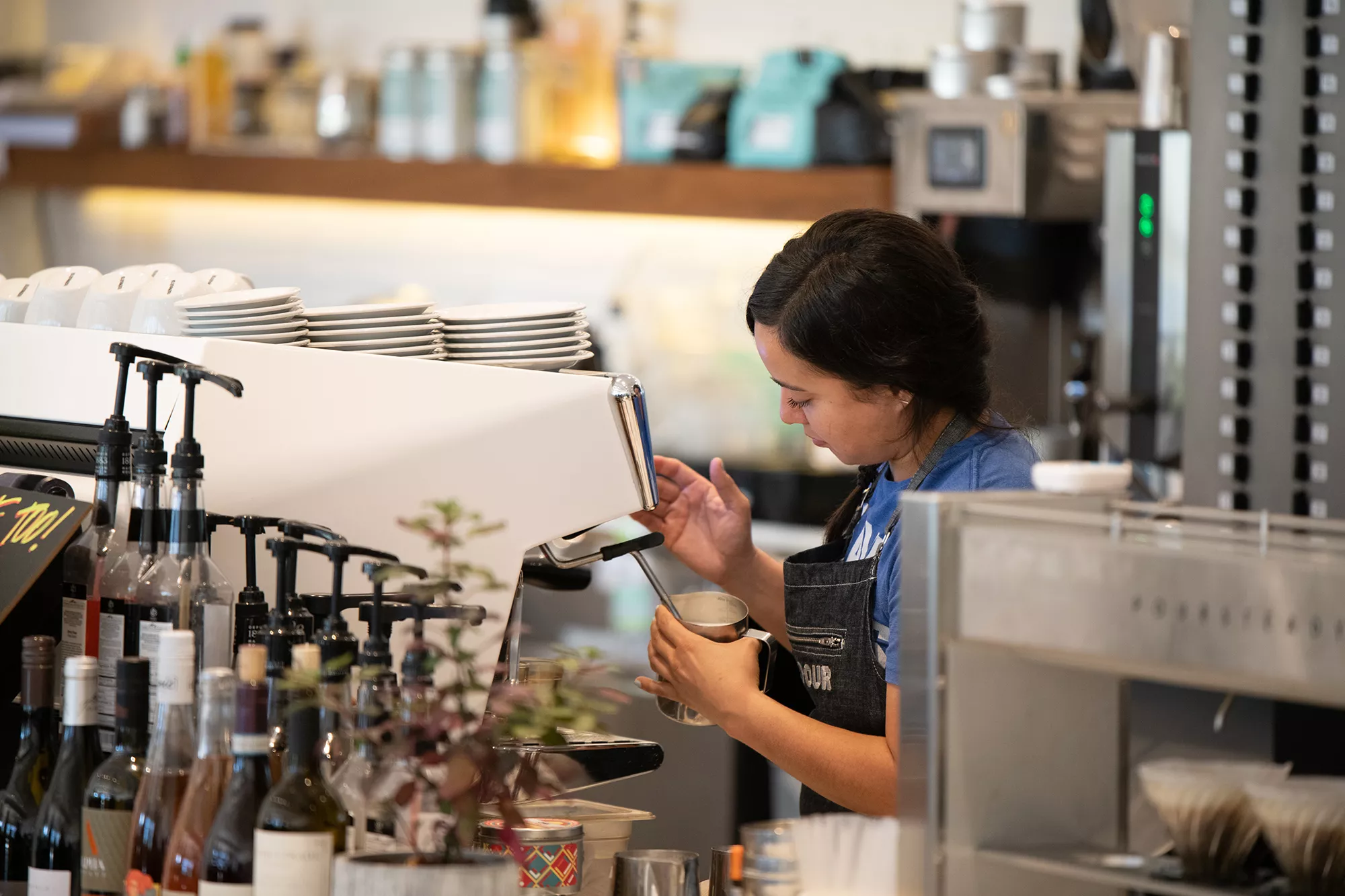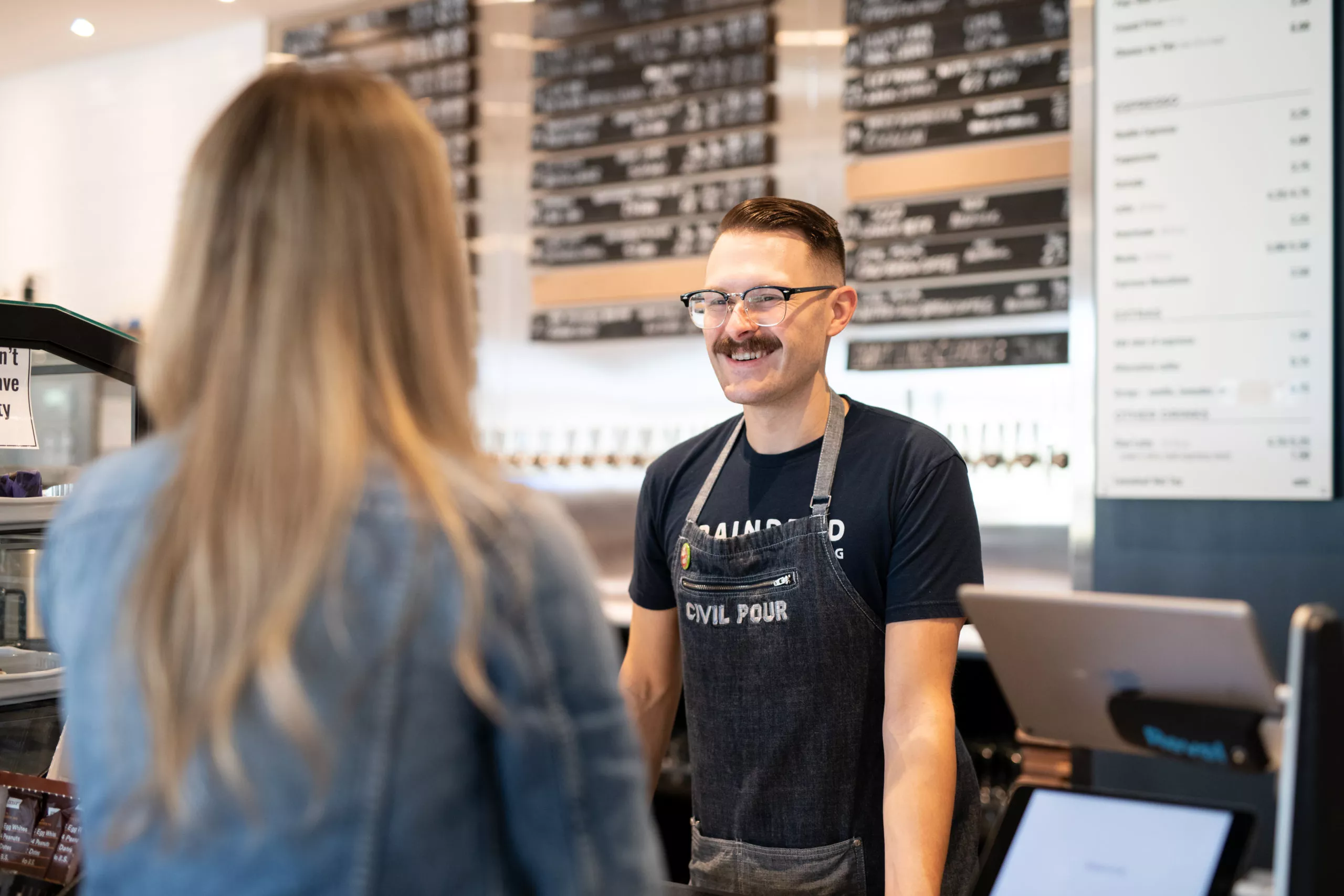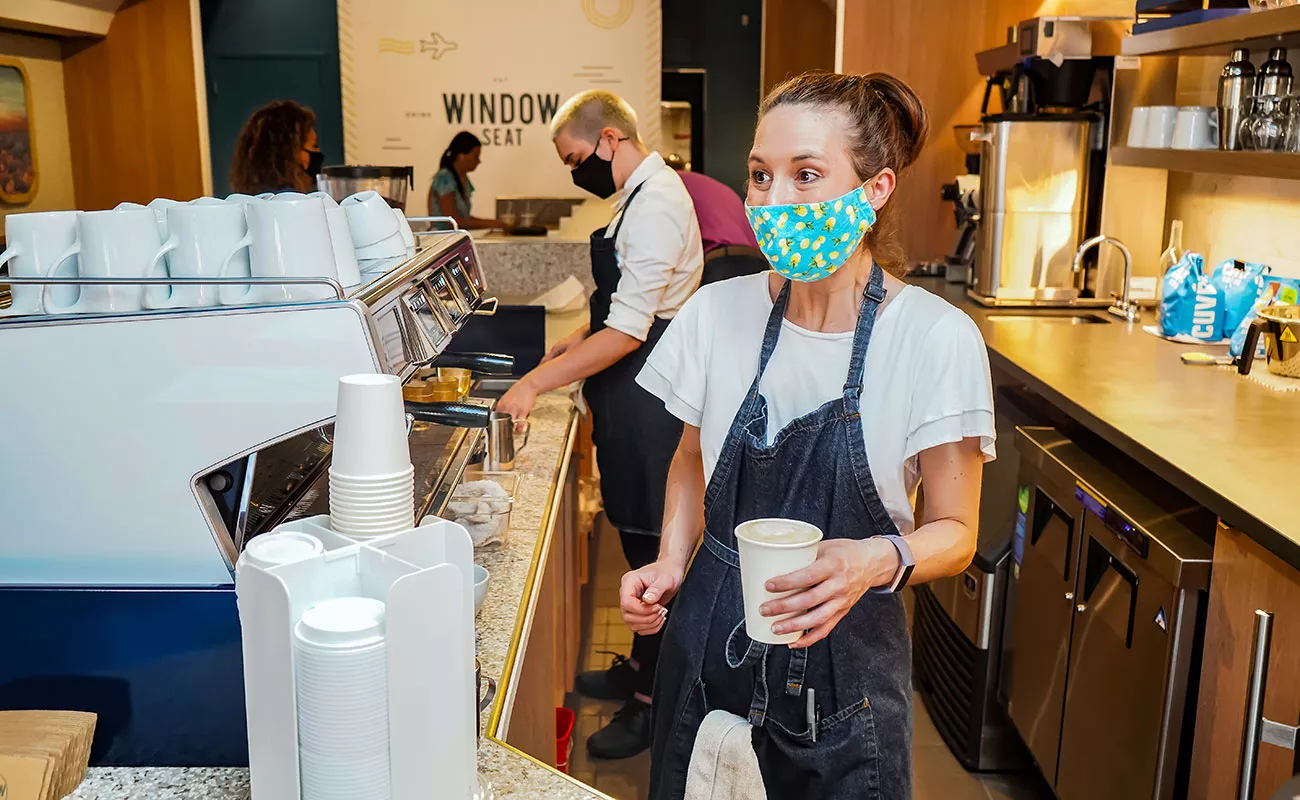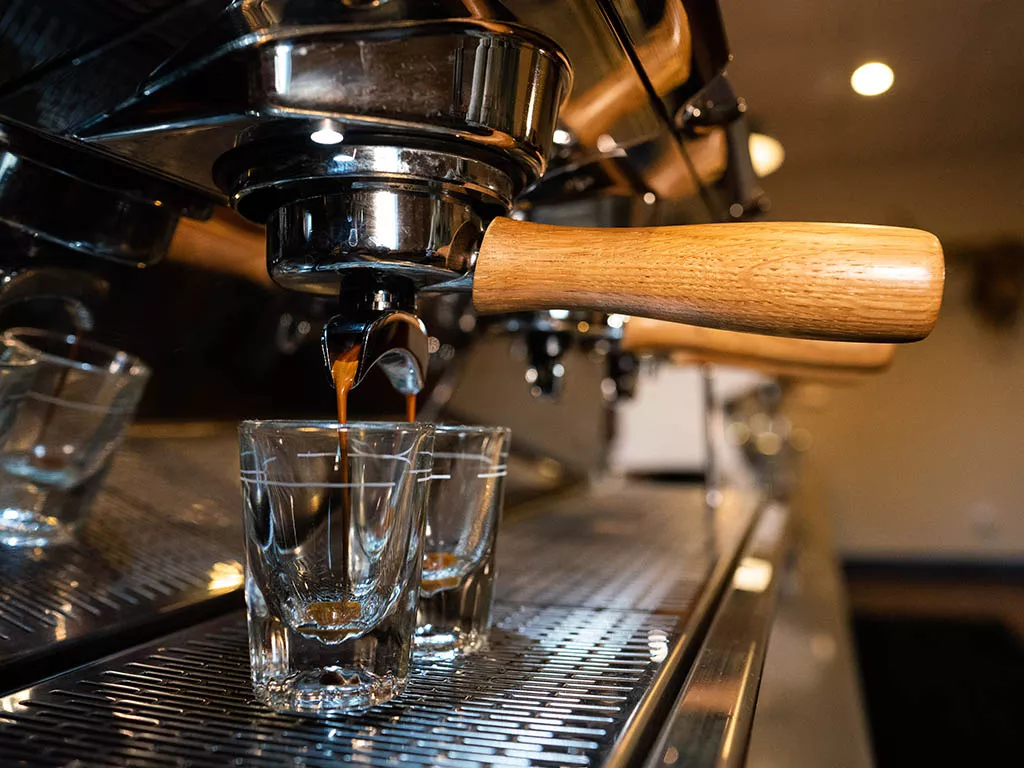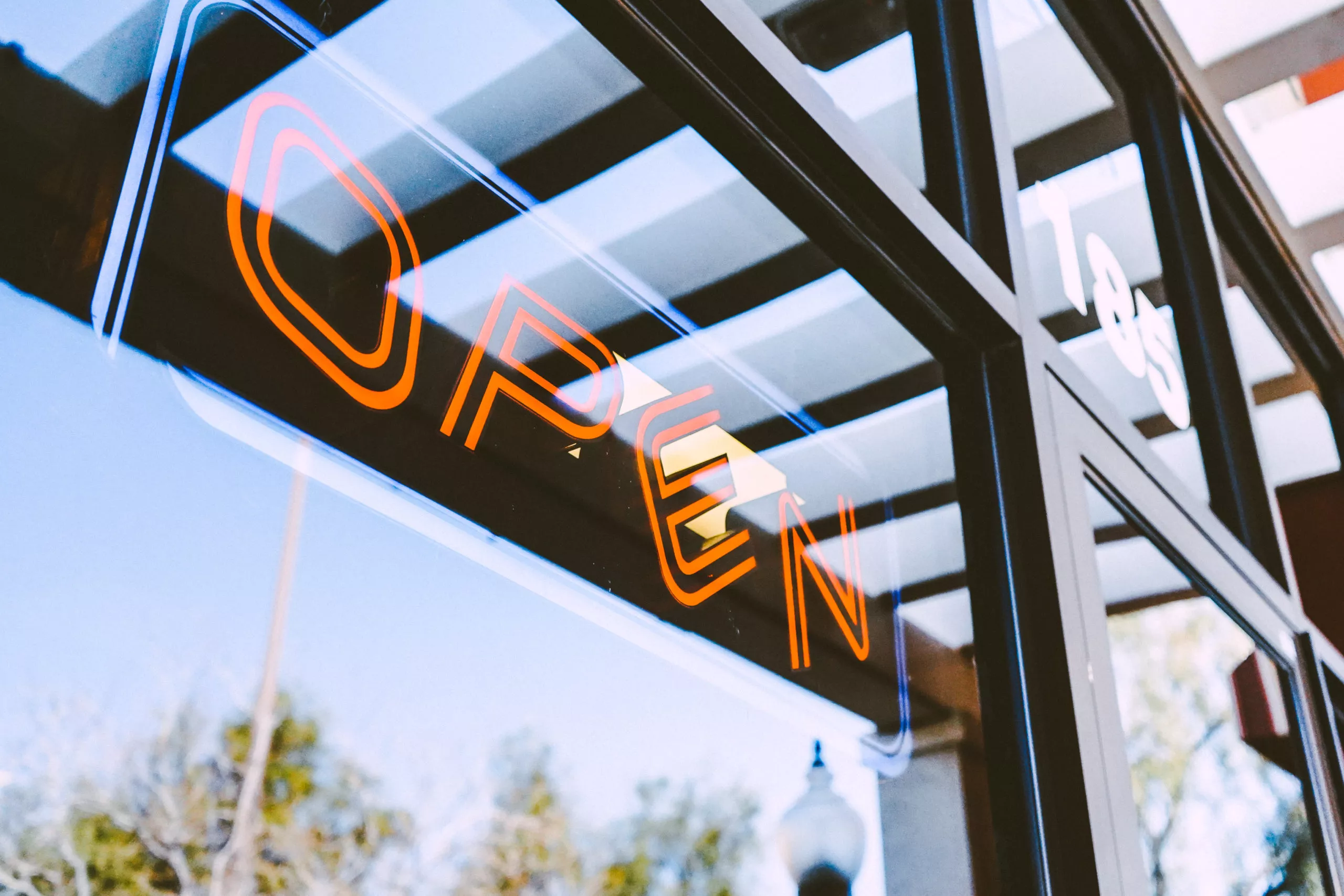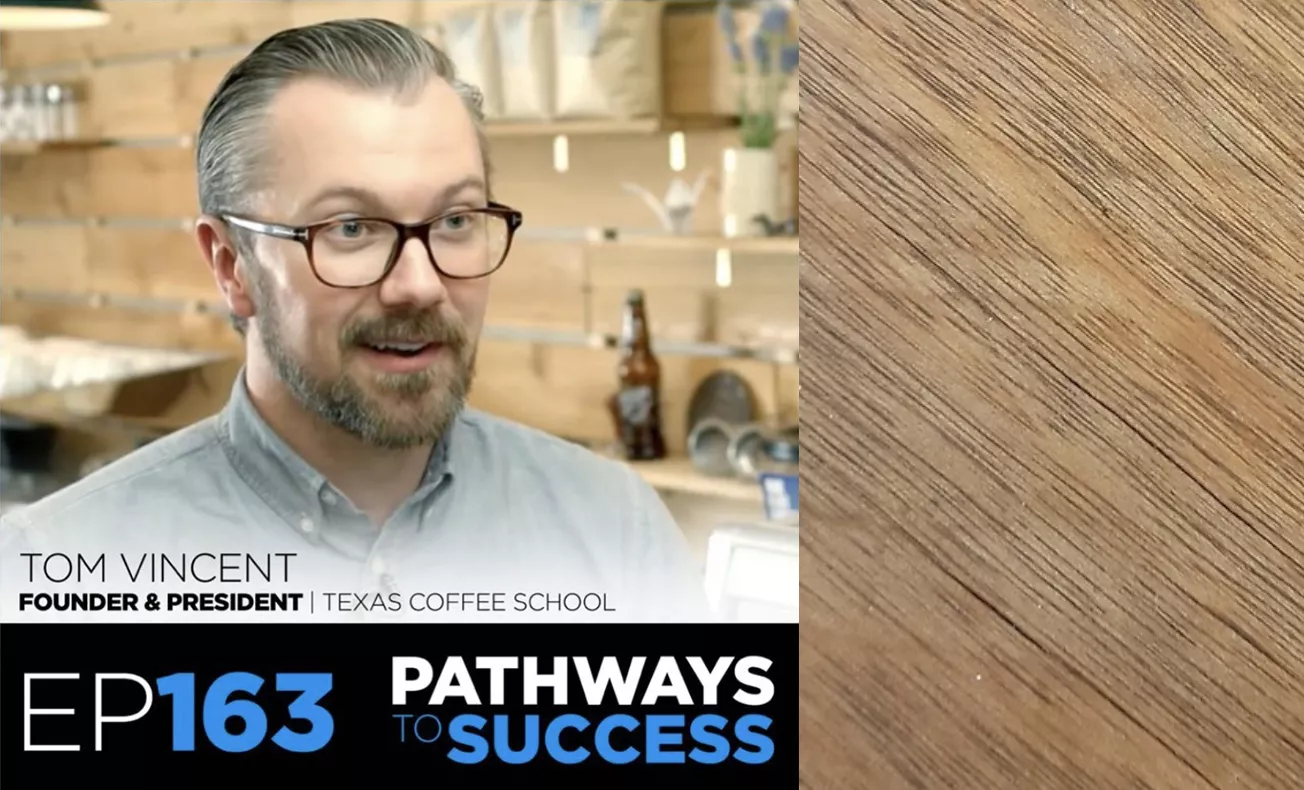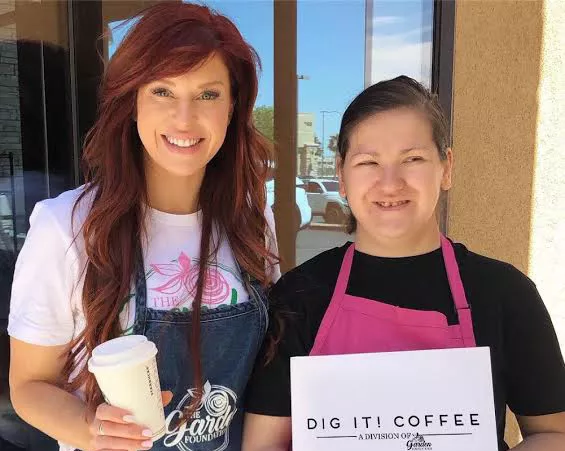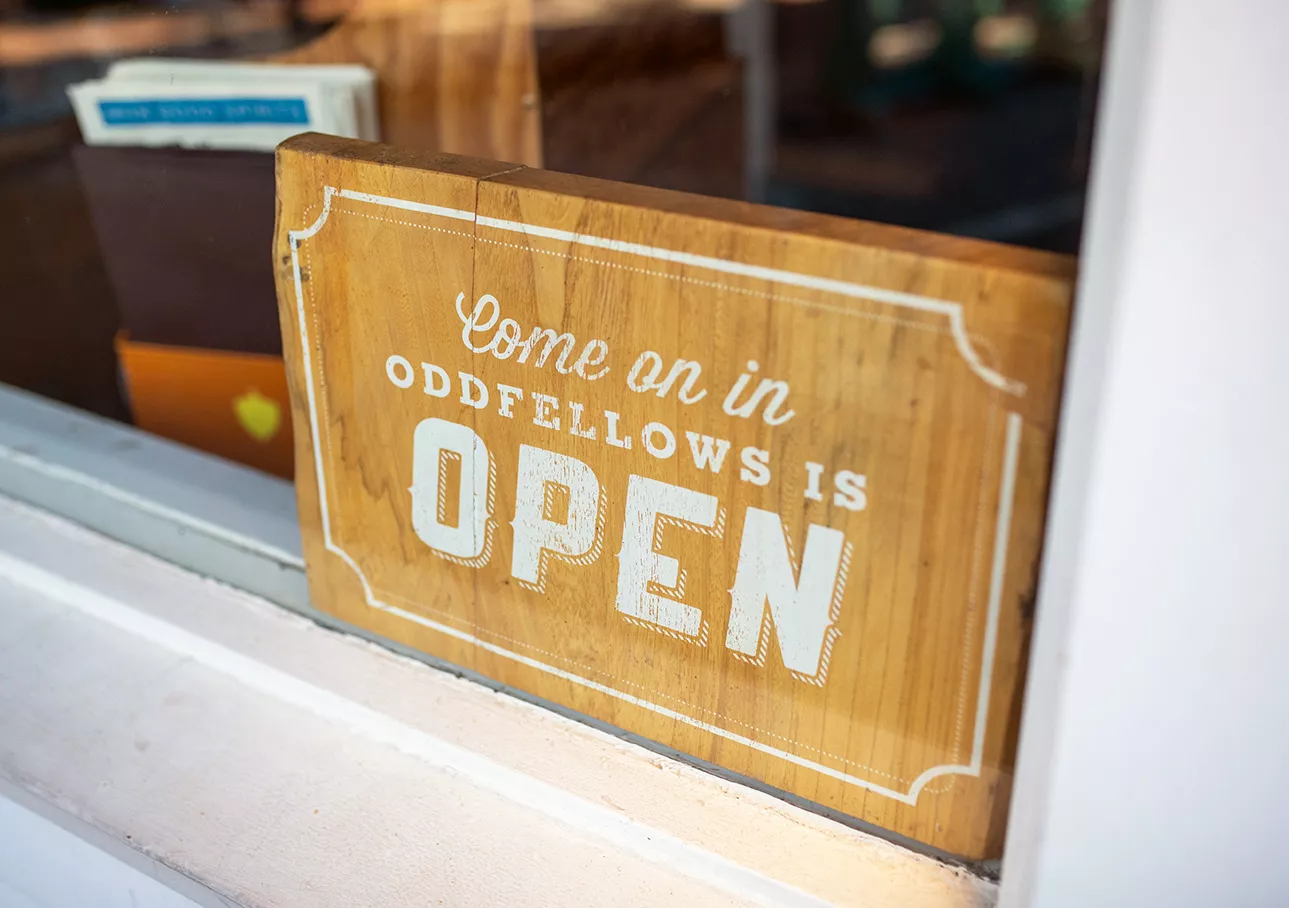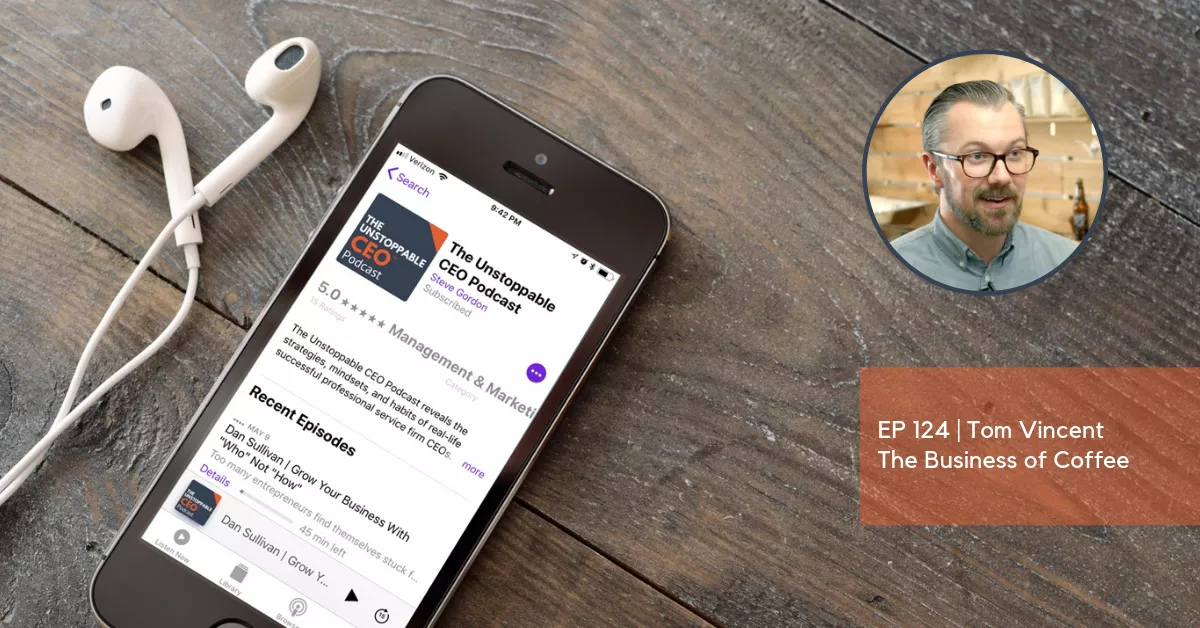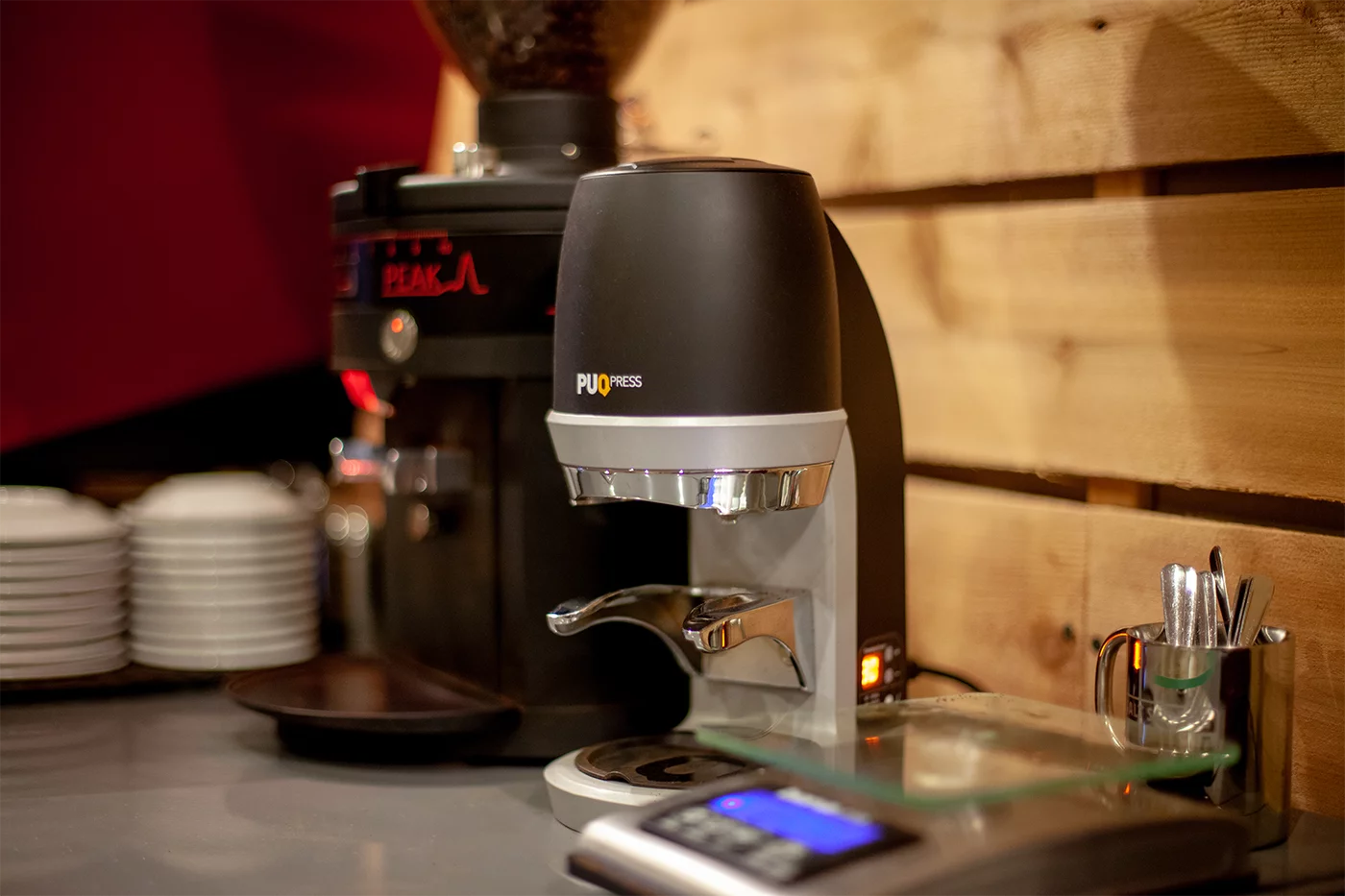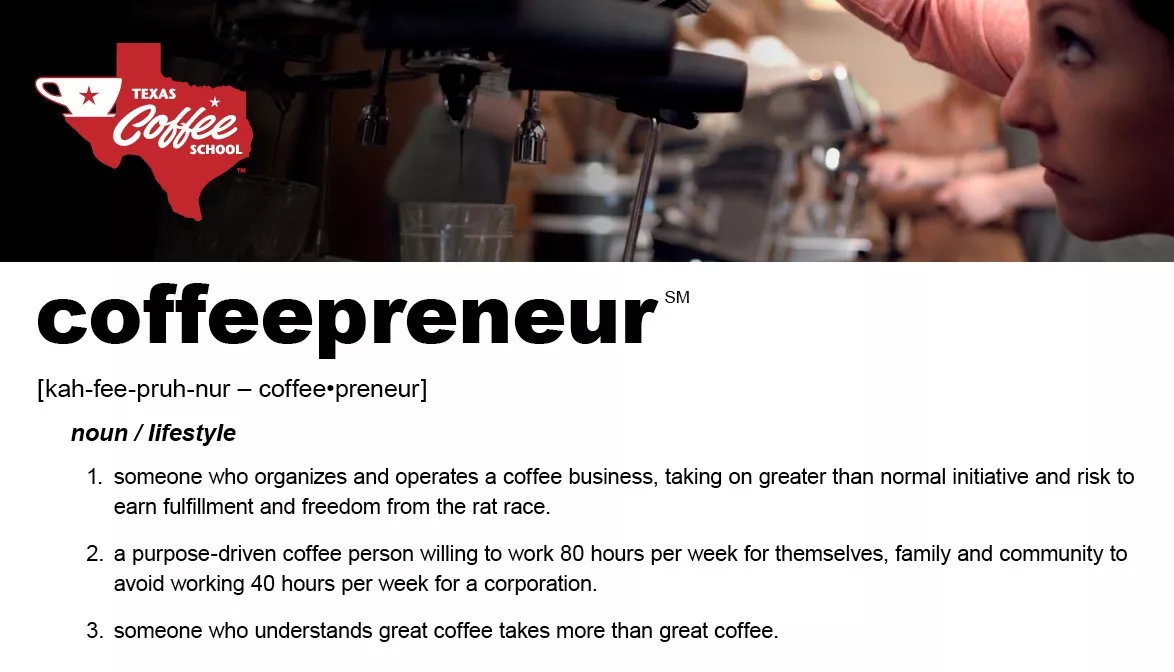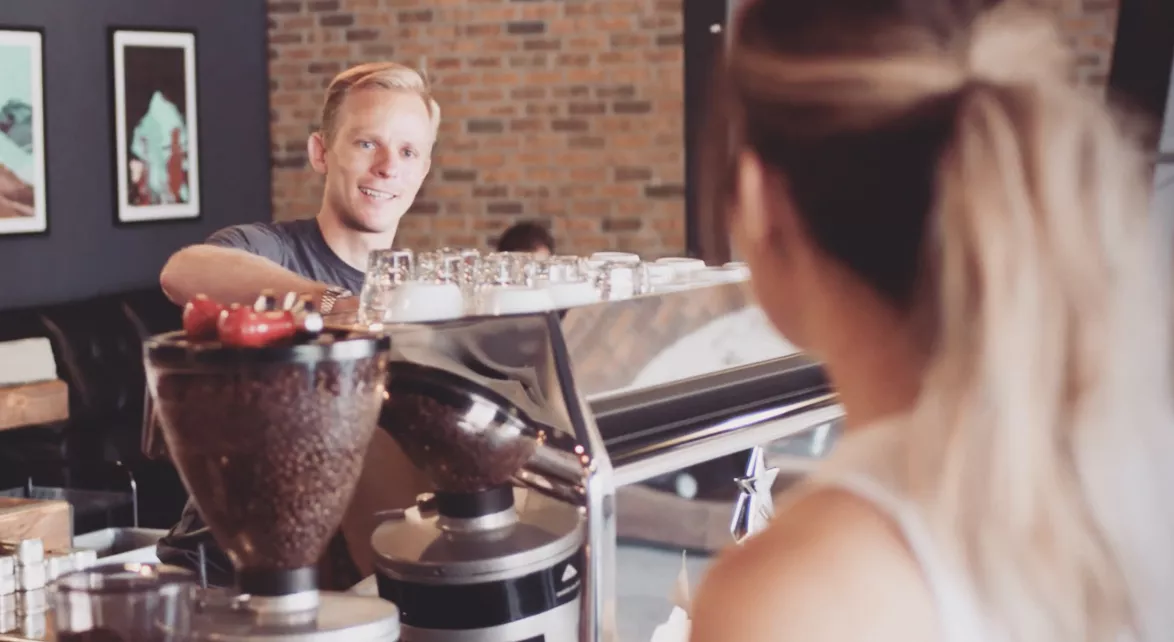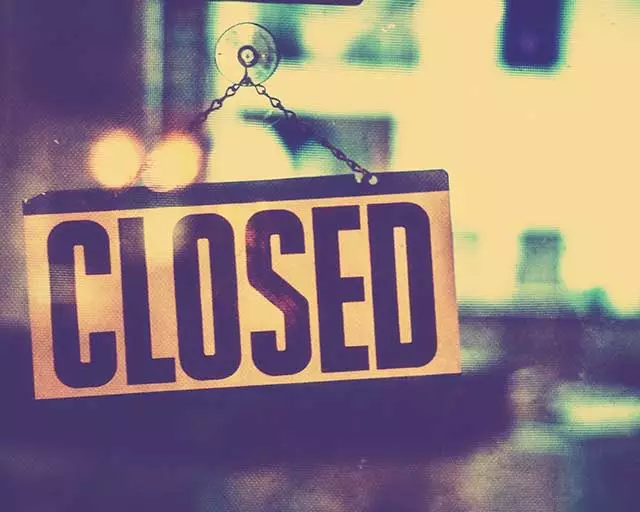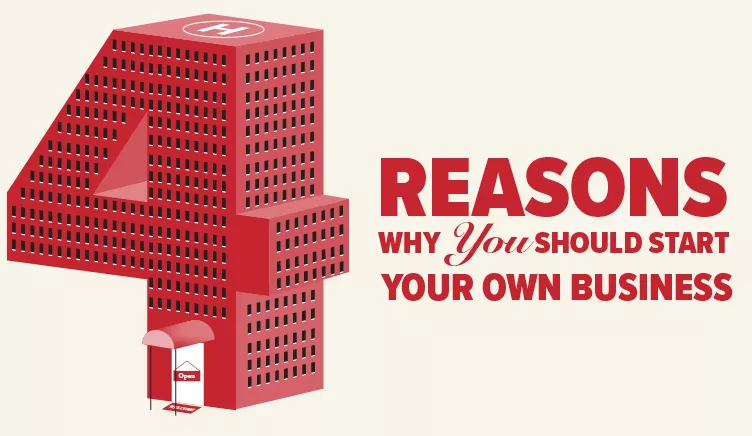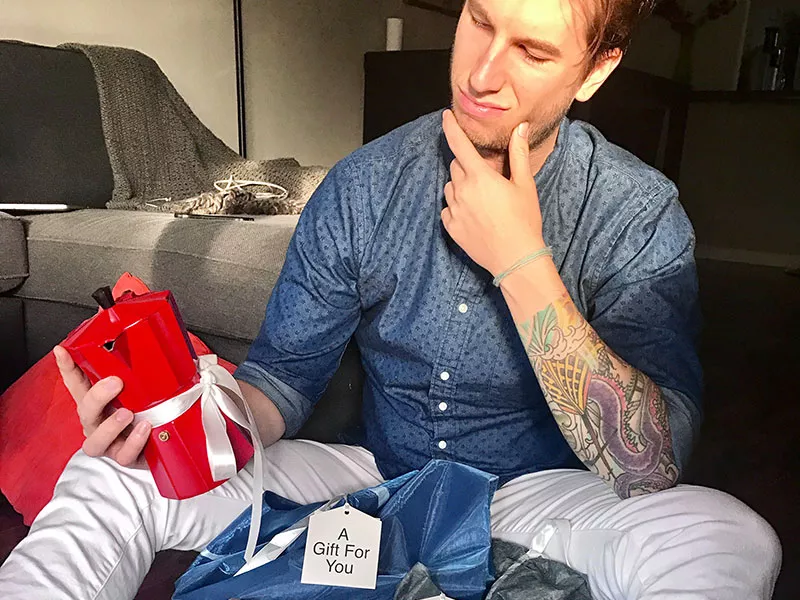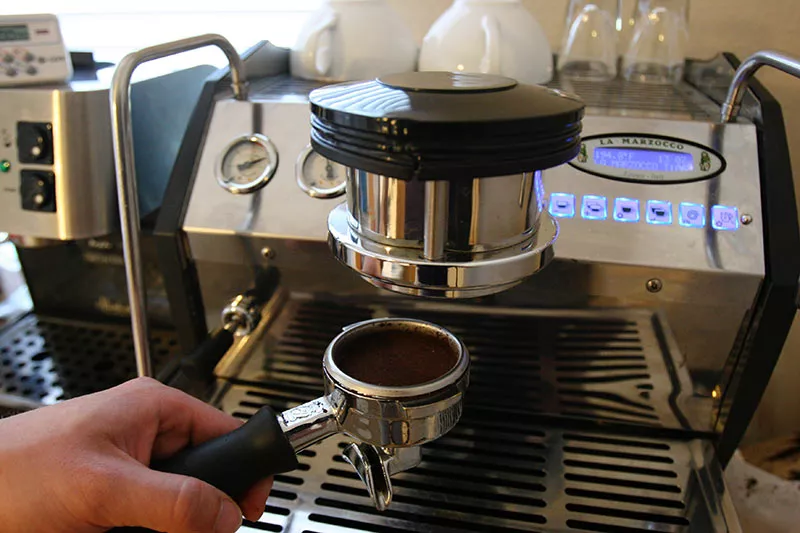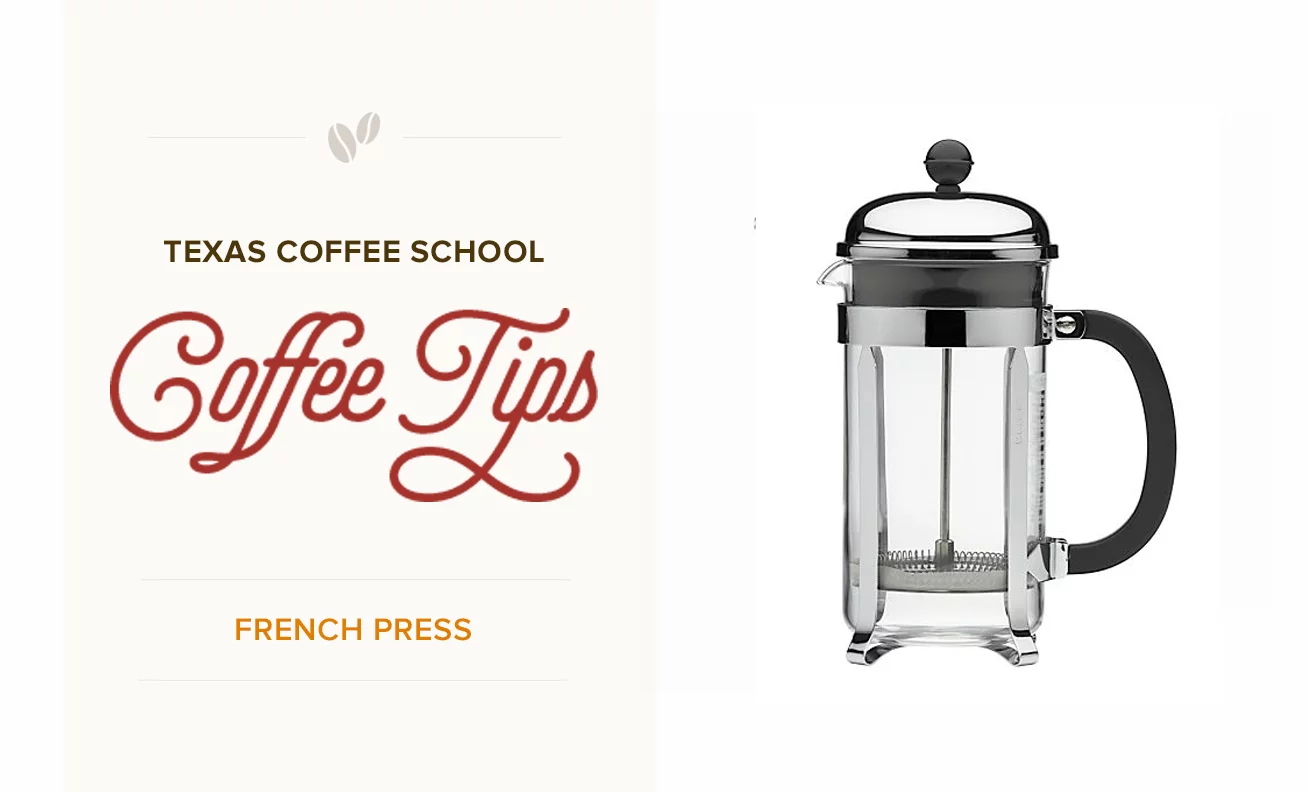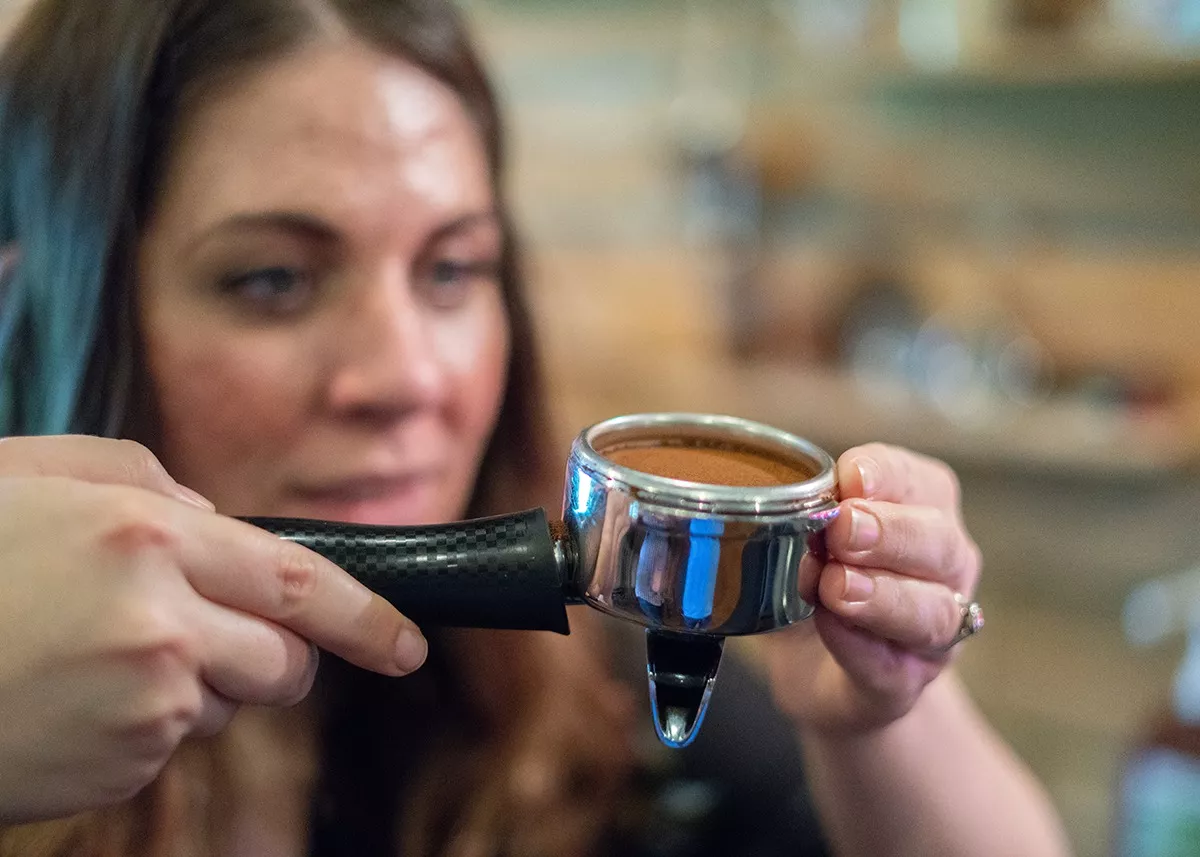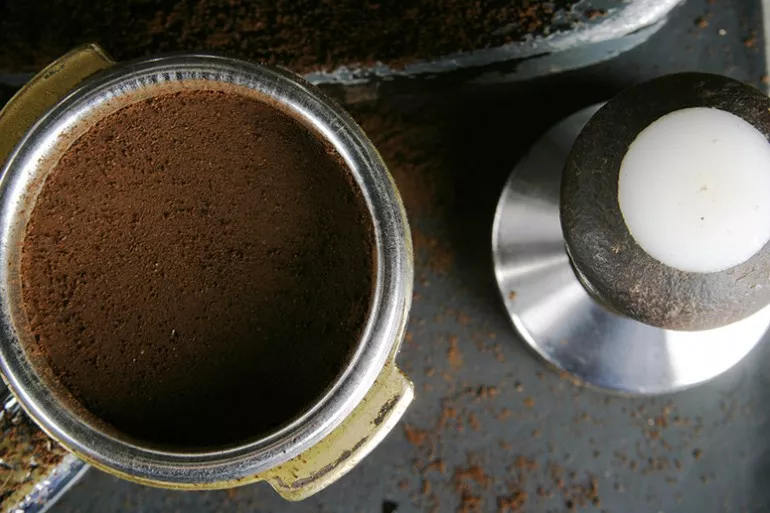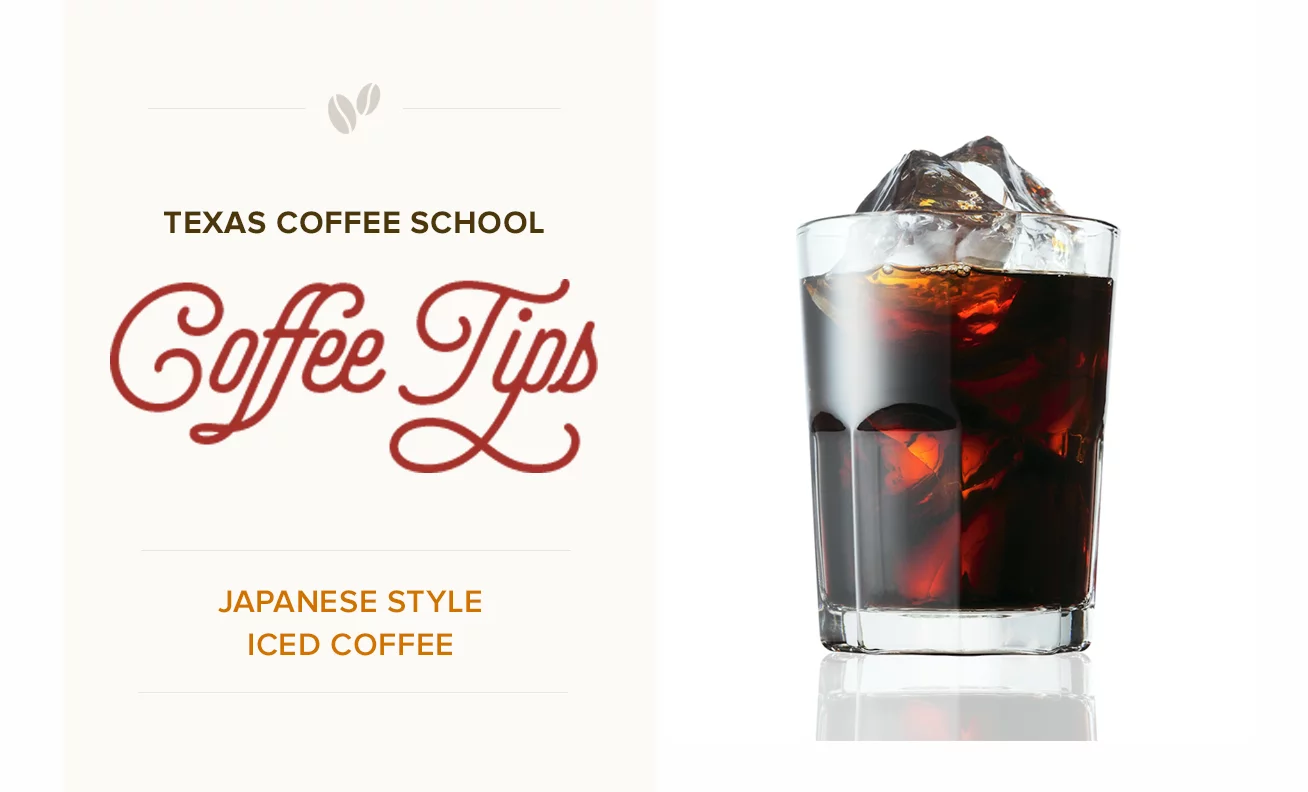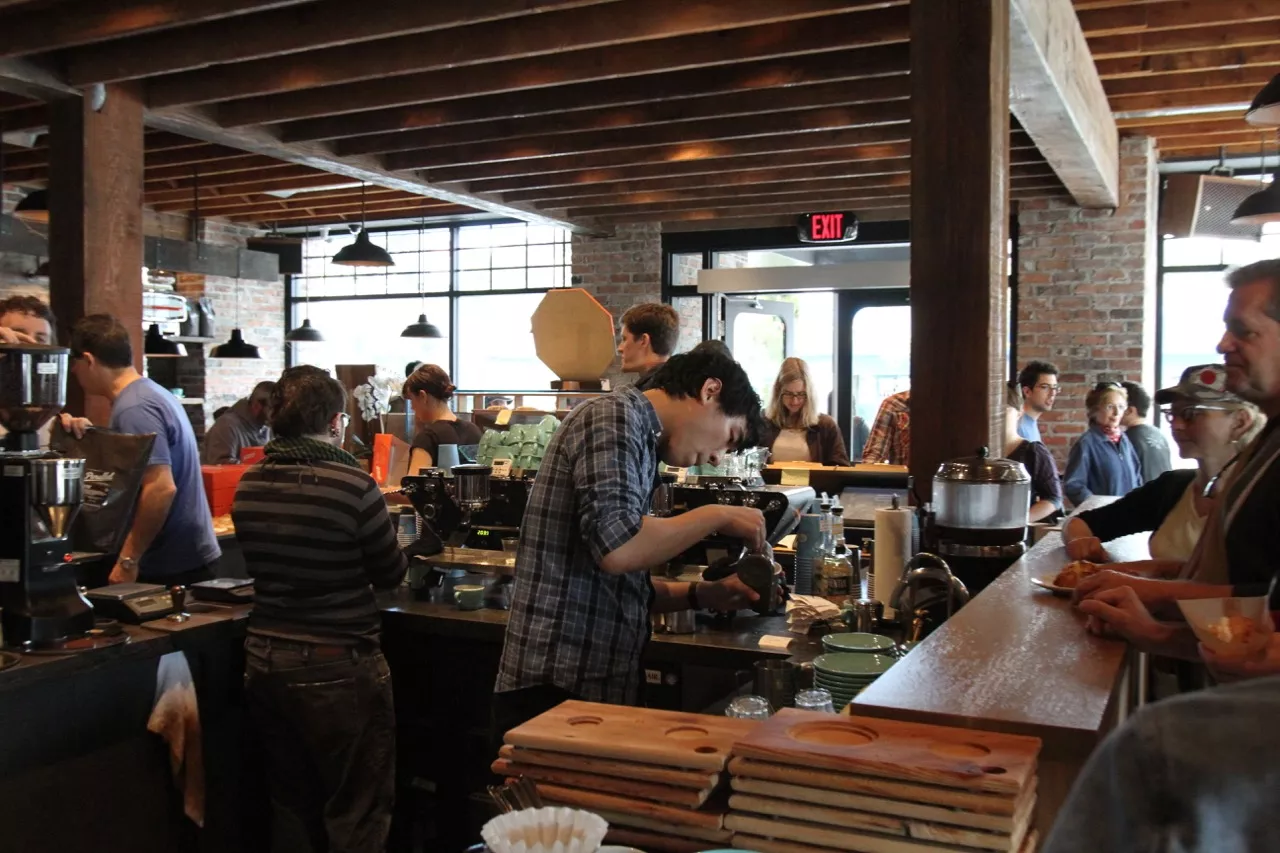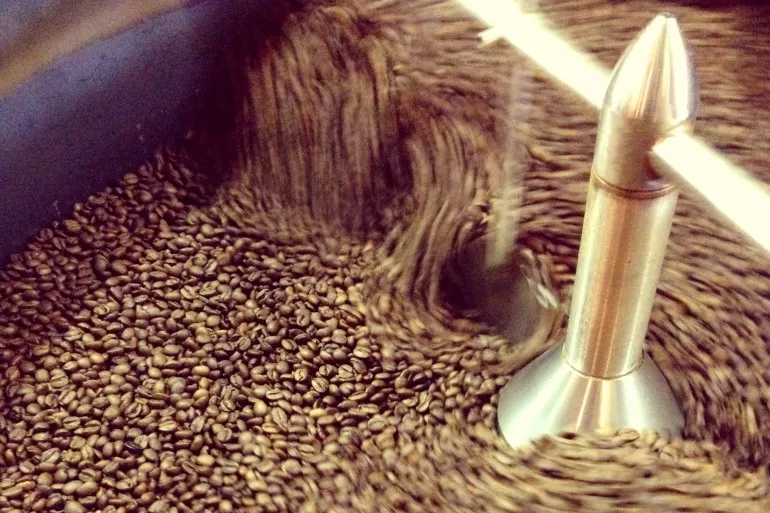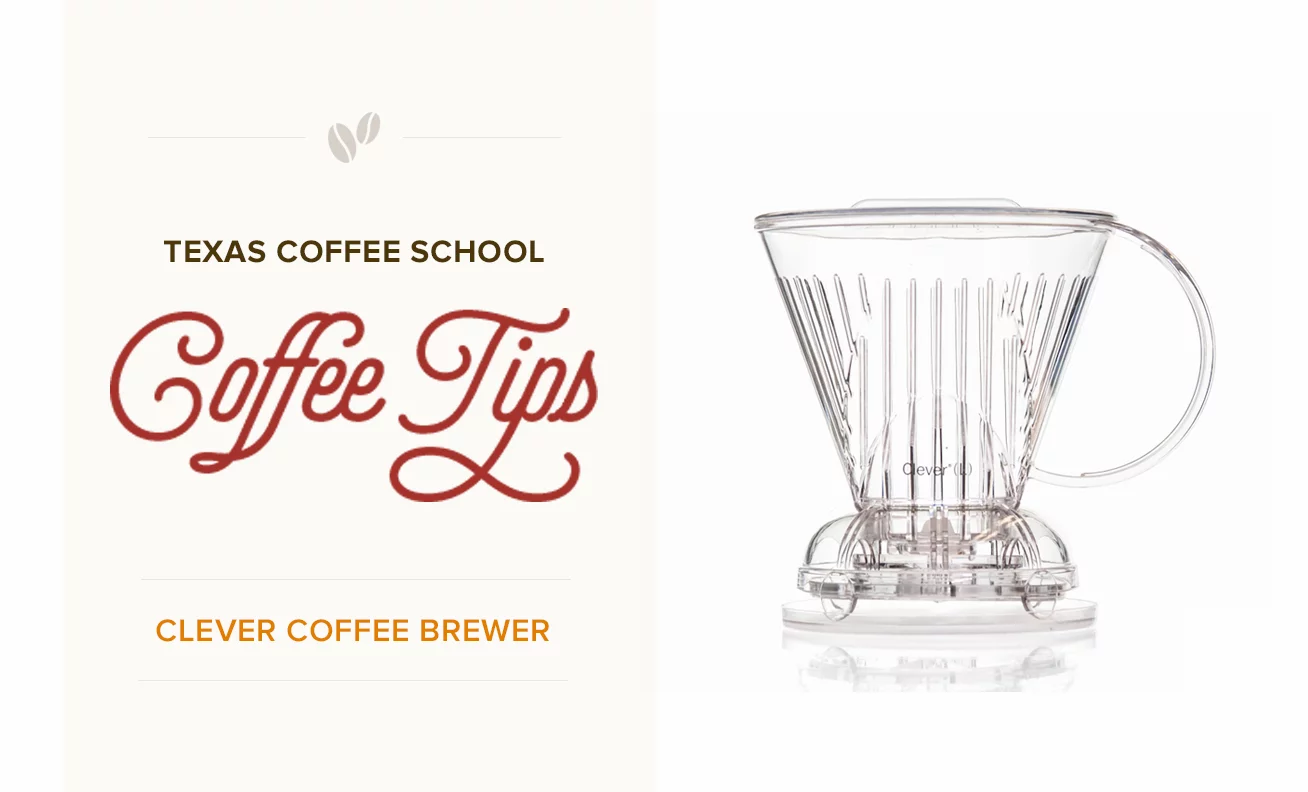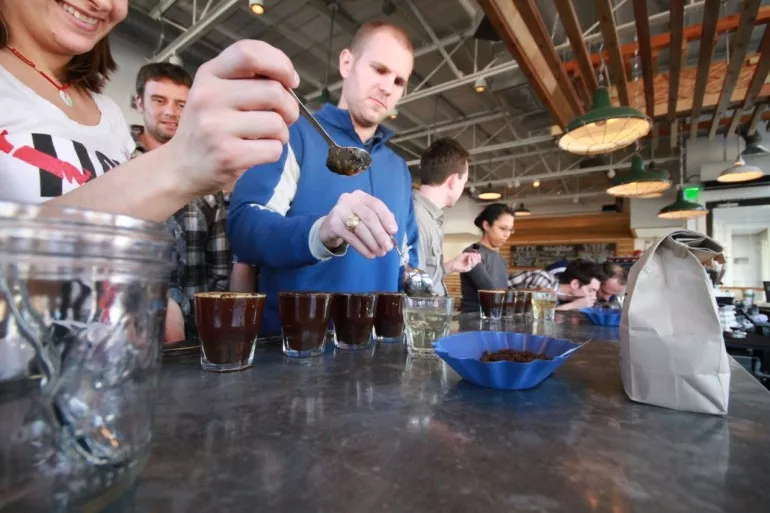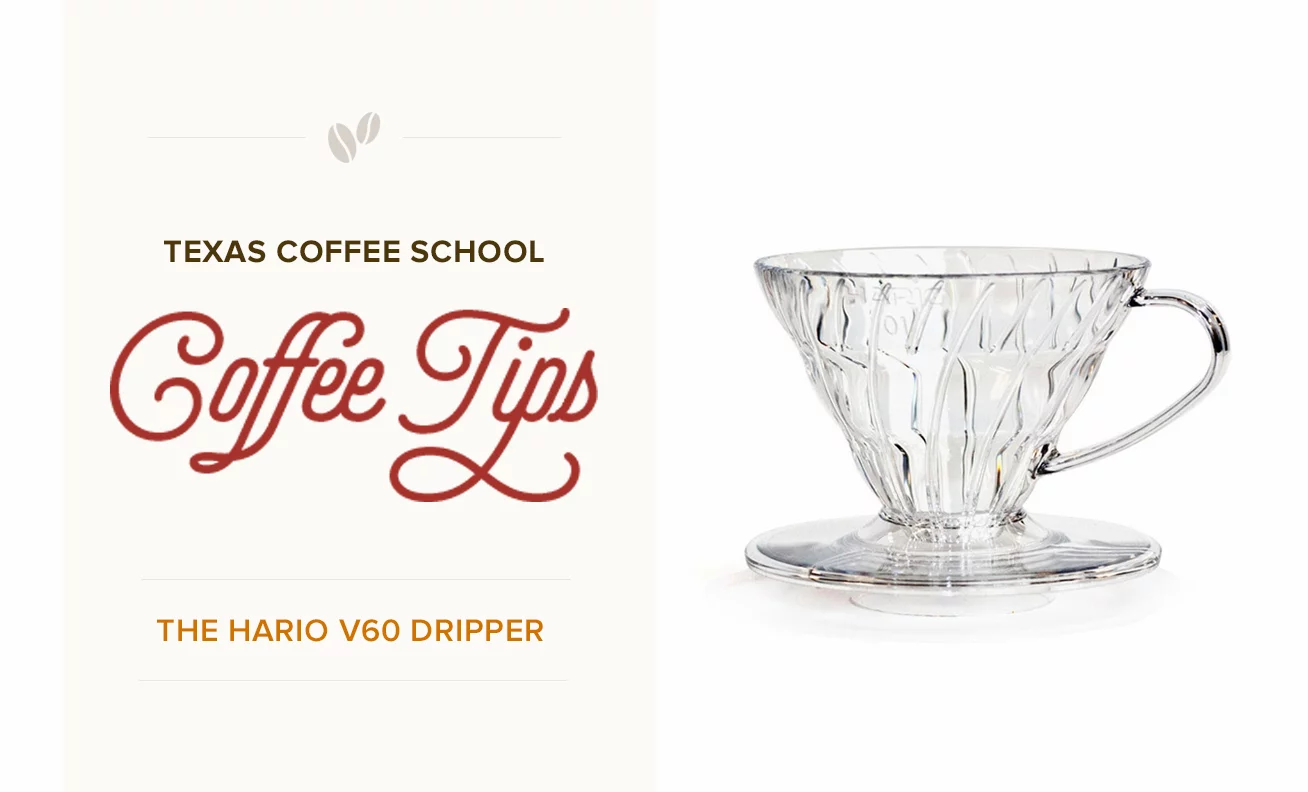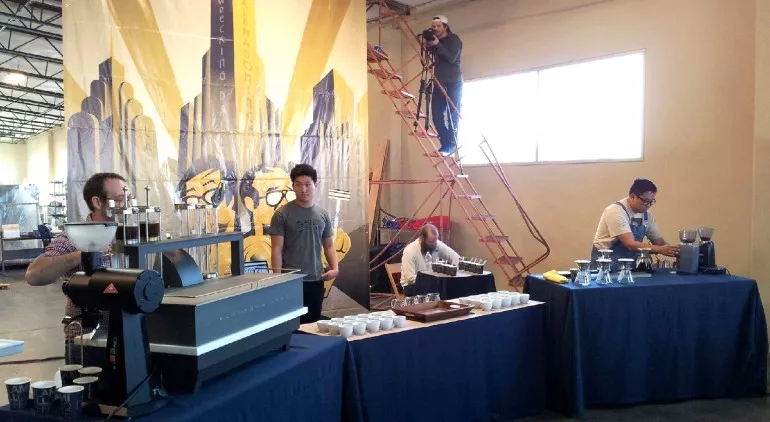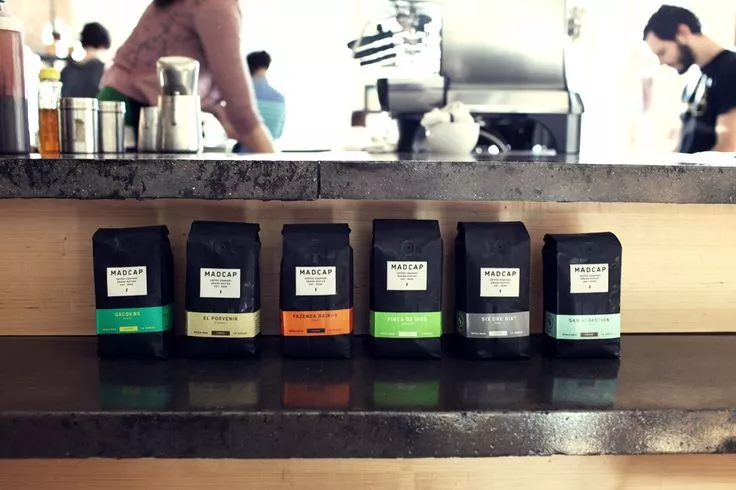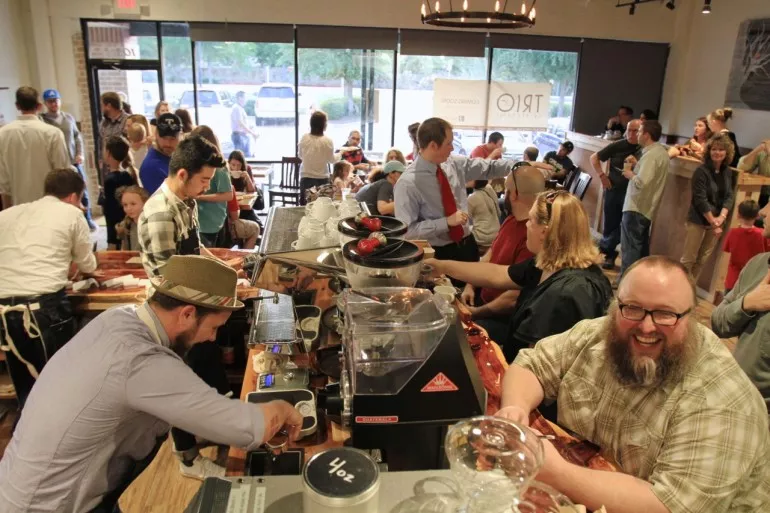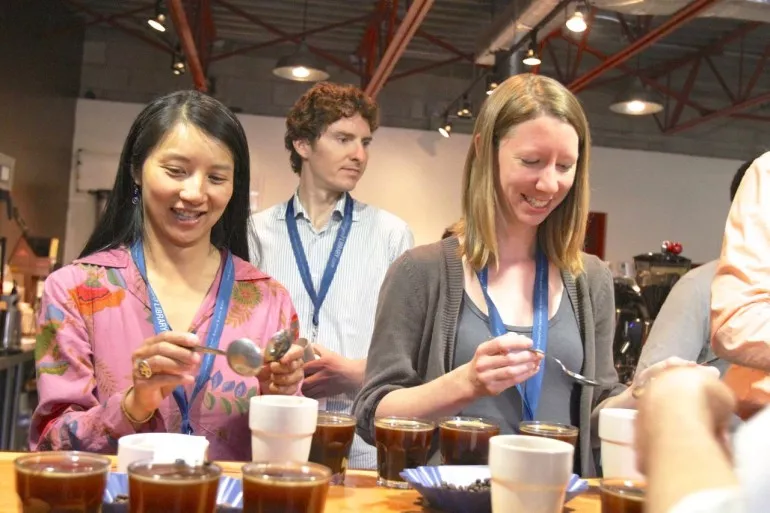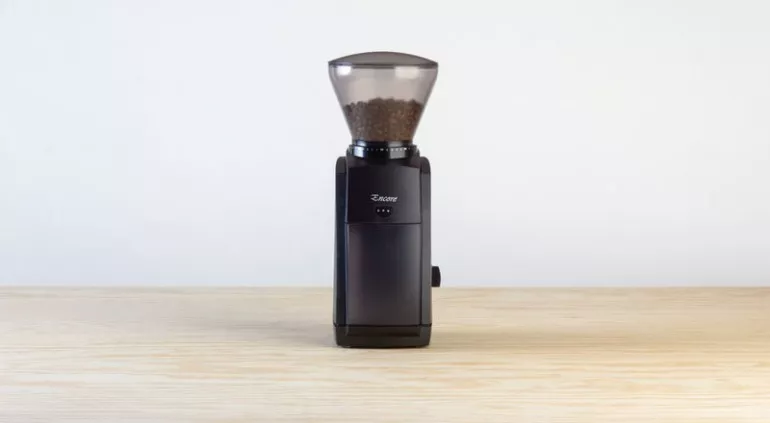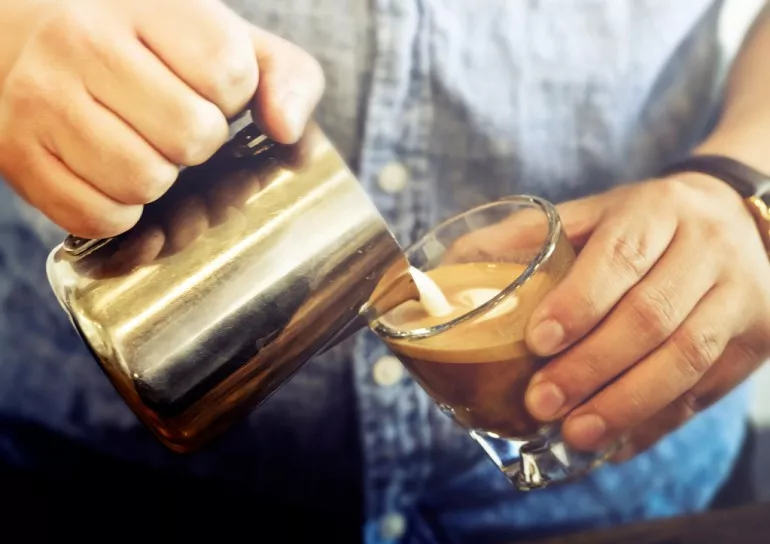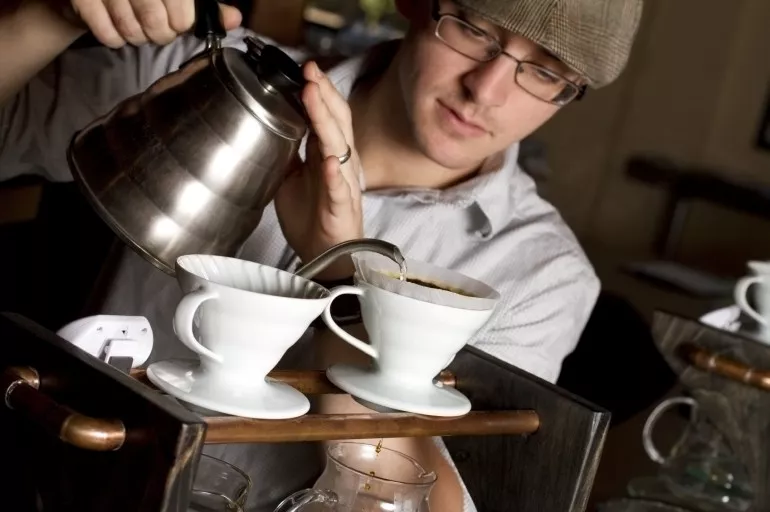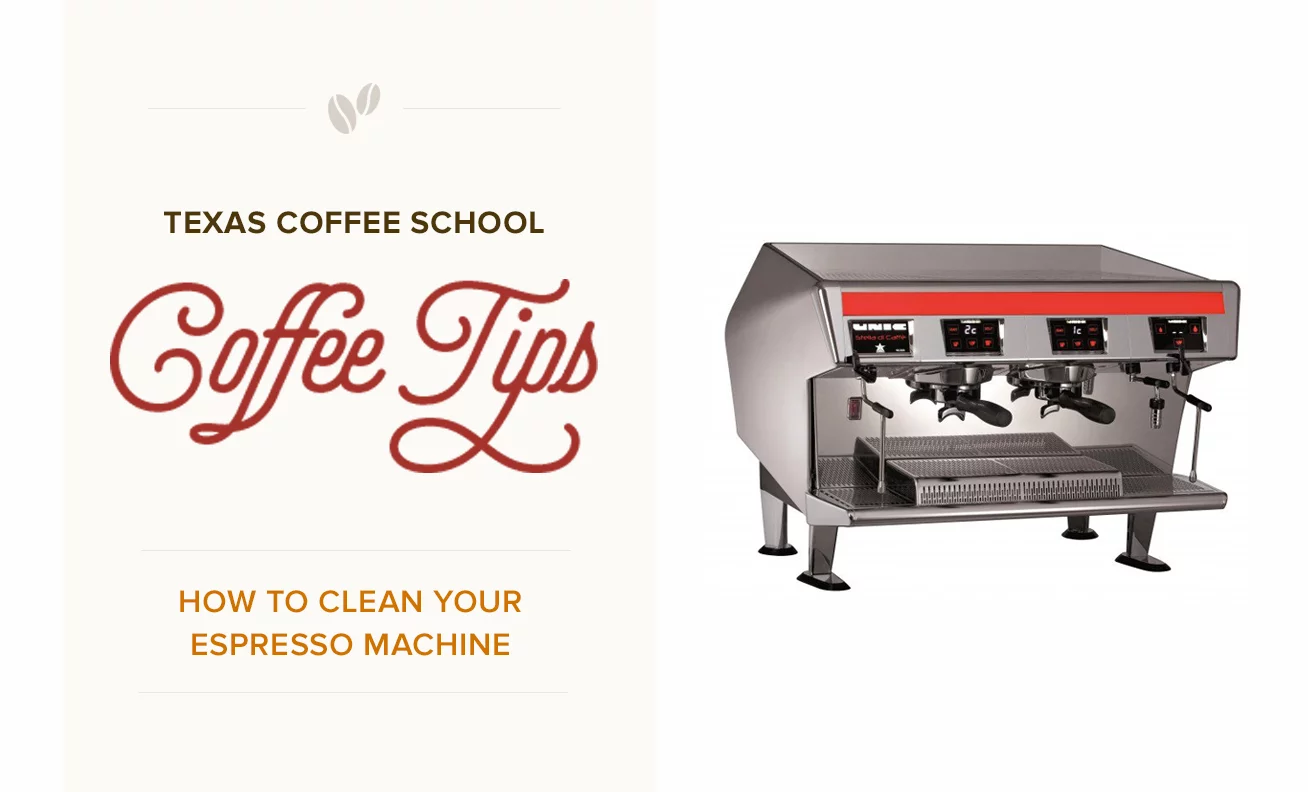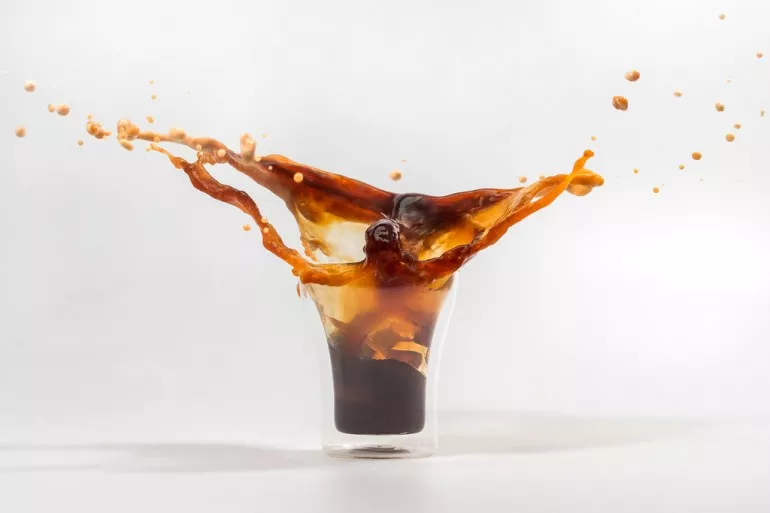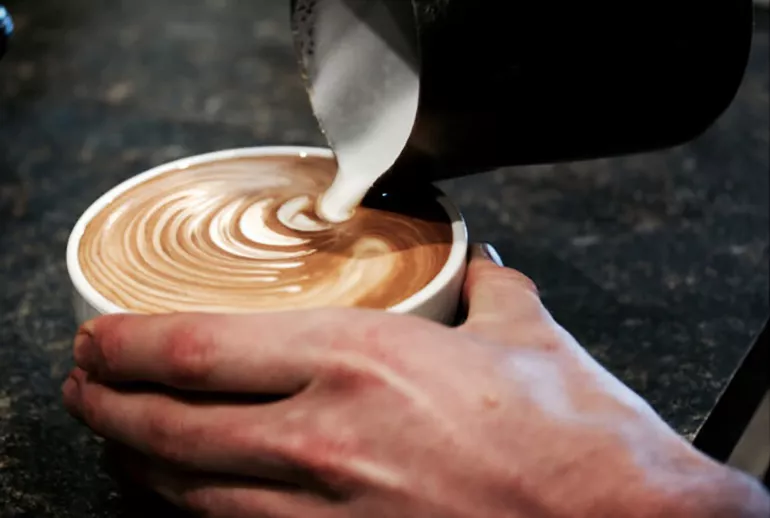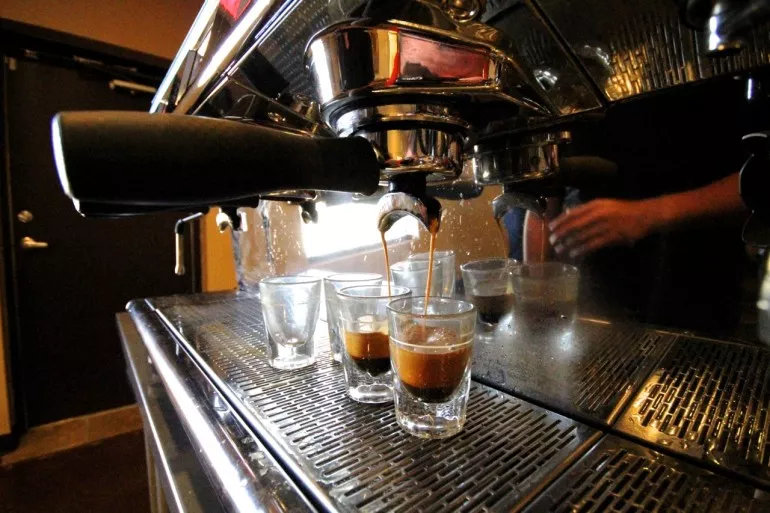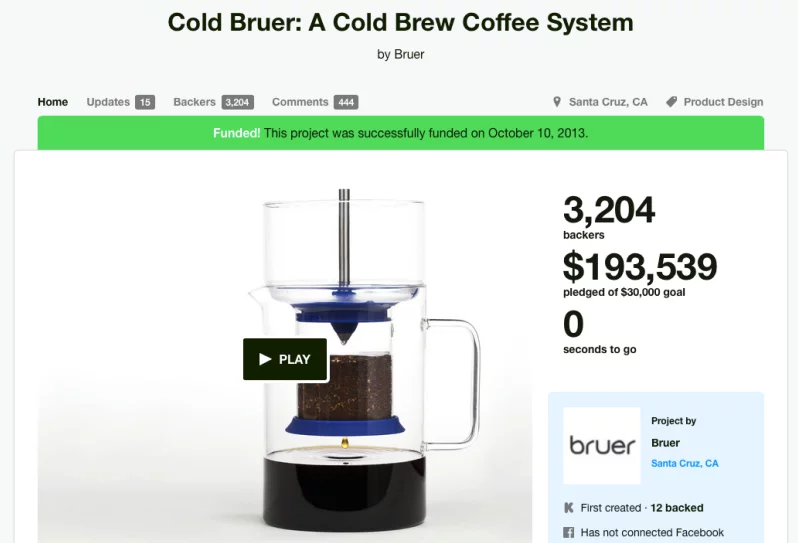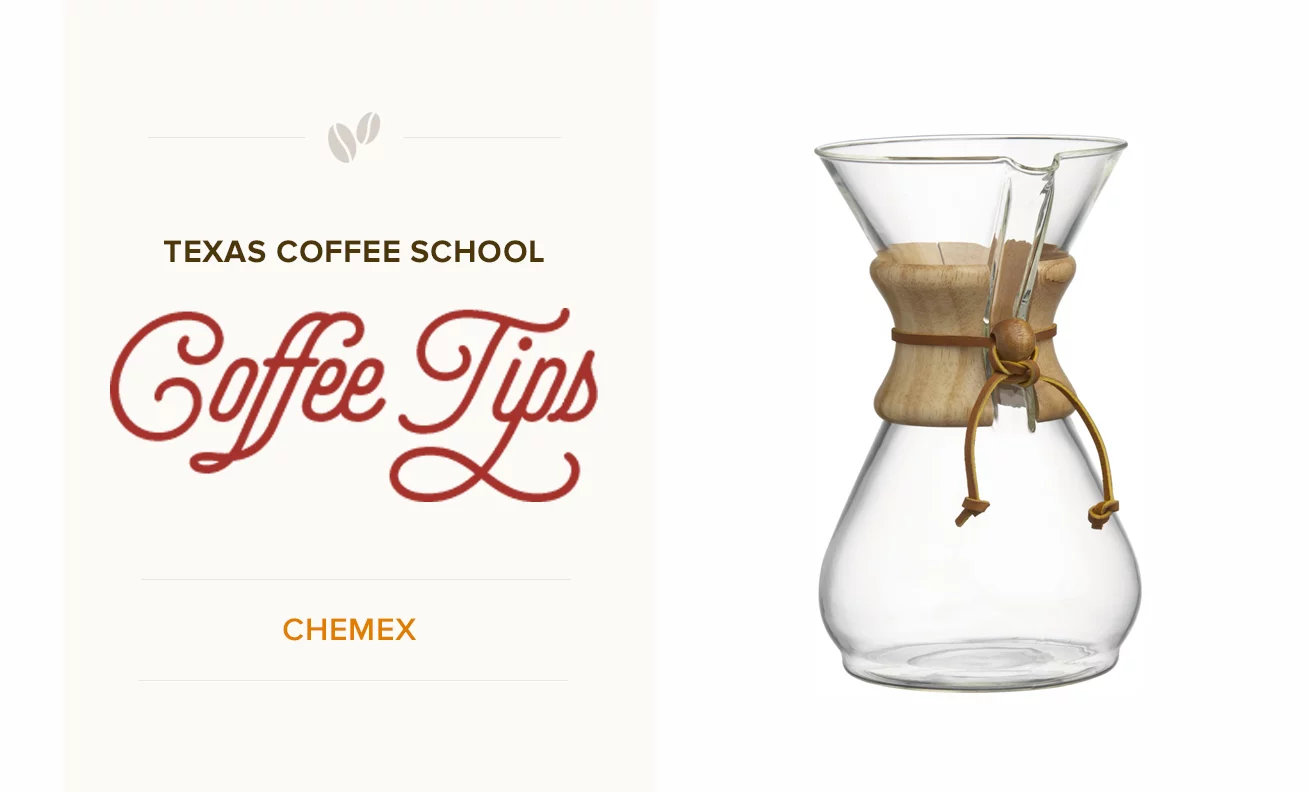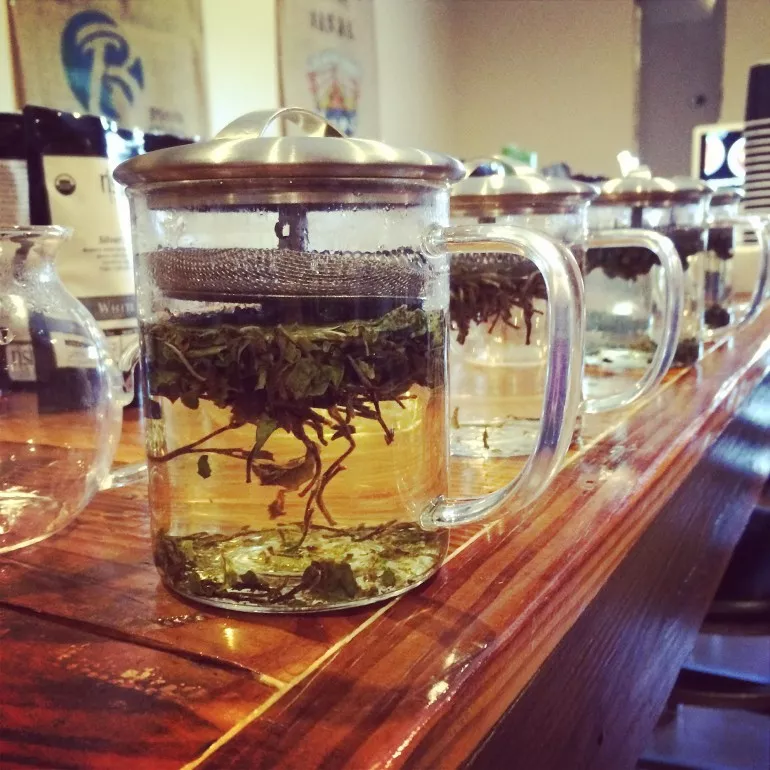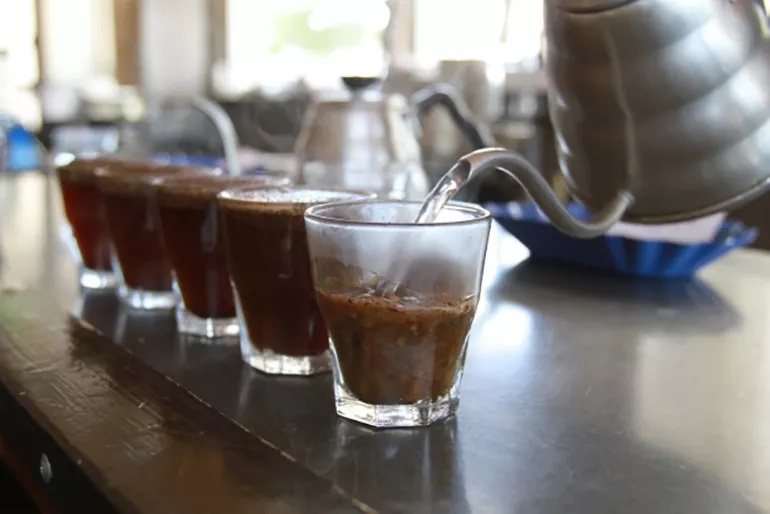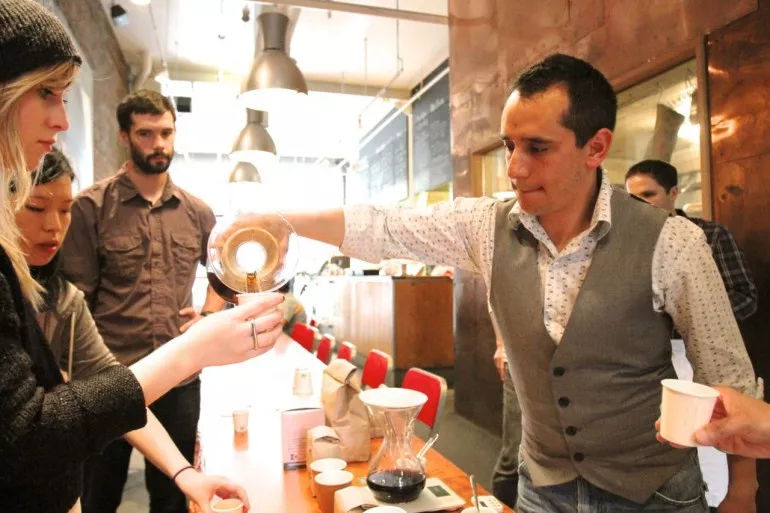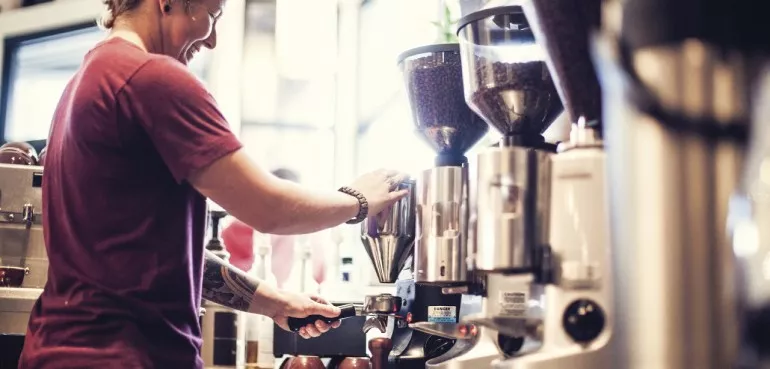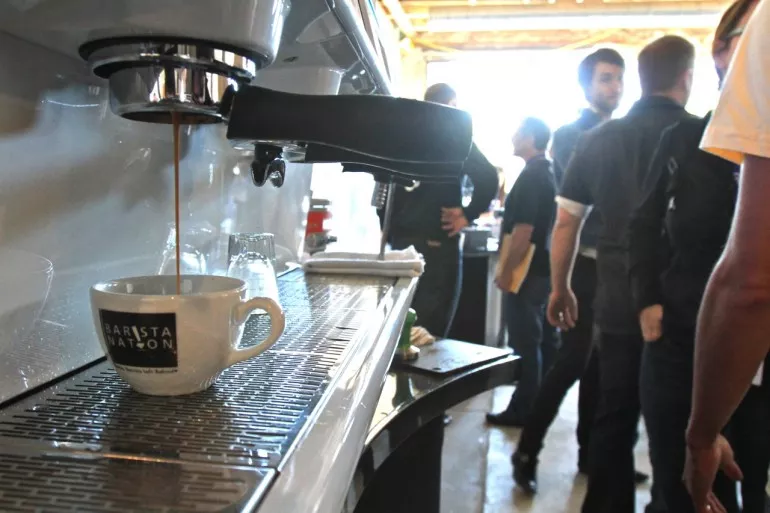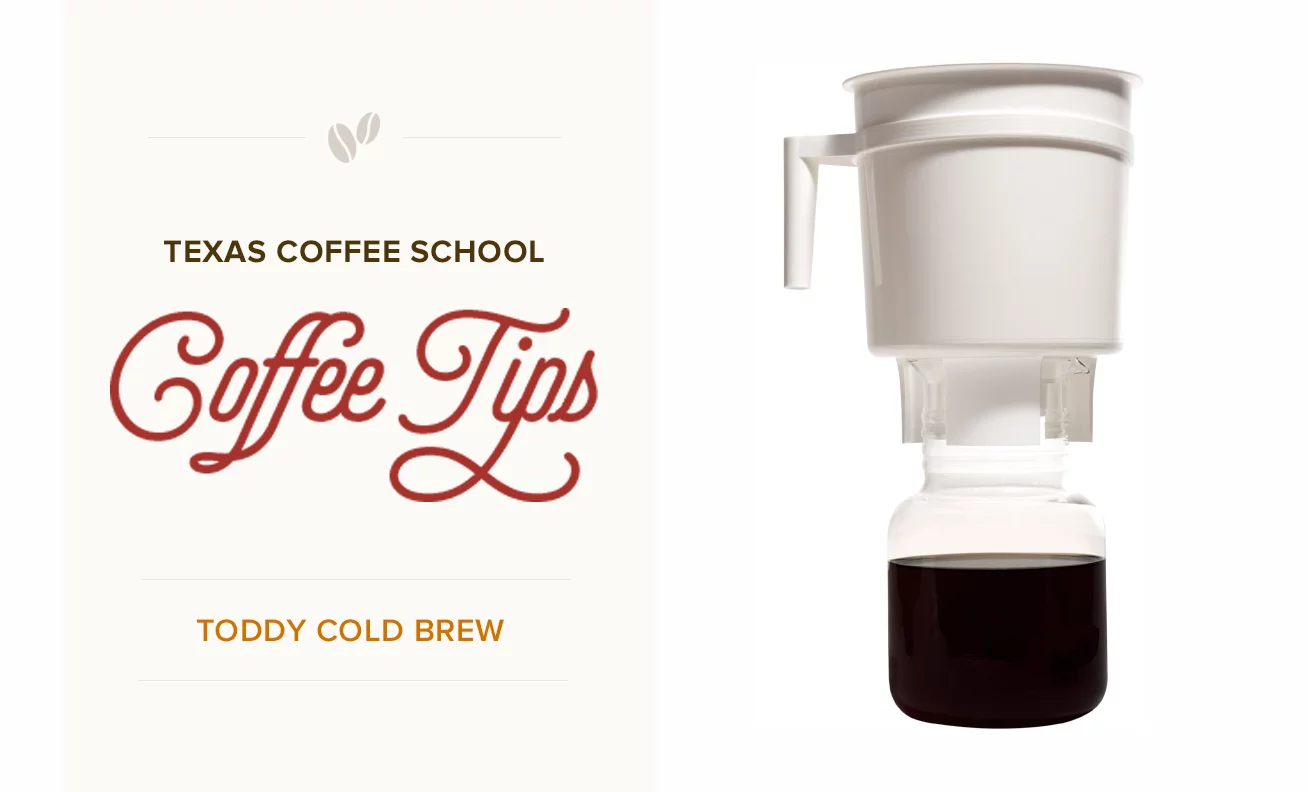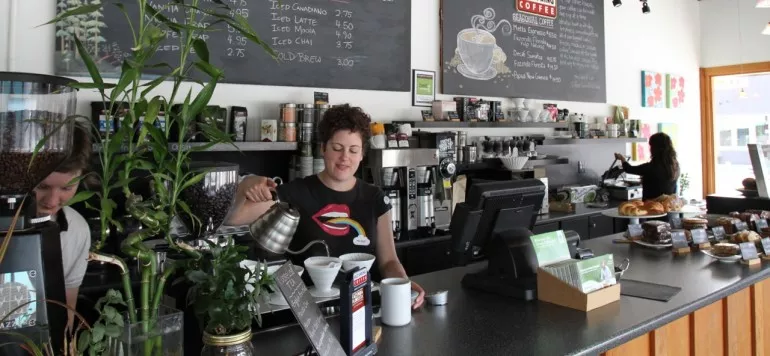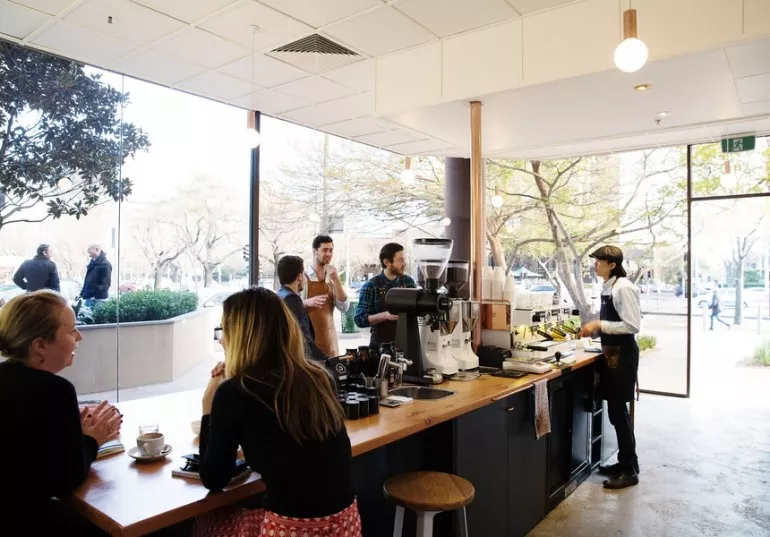
How Successful Coffee Businesses Shift Expectations to Elevate Perception of Value
Imagine you are going on a road-trip. It’s 4am and you need to fuel up your car (and yourself) before you leave. You pull in to the gas station since you know no coffee shops are open this early. You decide to go in and grab a coffee. You walk-in, fill a cup from the carafe of coffee waiting for you, and begin your journey to the condiment counter because you know this cup is going to need a liberal helping of cream. Halfway to the counter you become impatient and take a sip. It’s amazing. You know you must be wrong so you take another sip and again, it’s fantastic.
Imagine this filling station ran a specialty coffee program. The environment, one you thought you knew well, set your expectations so low that they were easily blown away. But do you want to pay more for it?
In 2012 James Hoffman (2007 World Barista Champion) presented a talk at SCAA’s Symposium called “Re-envisioning the Retail Experience.” In it he makes an analogy, the basic premise of which is this: Imagine you are going out for a hamburger. You can go to a fast food joint and grab a burger for a dollar. You will most likely then sit in a loud, dirty, lifeless dining area with cheap furniture. You will eat your burger, which probably isn’t very good and you will be happy. You could also go to a full-service, fine-dining establishment and purchase a hamburger for $15. You will be seated in a clean, quiet, thoughtfully designed dining area. You will eat your burger that is (hopefully) exceptional and you will be happy.
Both of these scenarios make sense to us because we understand the difference in quality. This is partially because of the actual food product being of a higher quality and is also partially because of the environment. The food and the setting coalesce to form a complete experience and in both of these scenarios our expectations are met. One experience was of a much higher quality but in both instances we get exactly what we expected.
There’s always talk in the specialty coffee world of how coffee in cafes needs to be more expensive (Sustainability!) and how there’s such a desire to see consumer coffee education and appreciation grow, but for either of those things to happen we need to elevate the experience we are providing.
If you create a corporate-chain style coffee house environment or a cluttered, dingy coffee “hang-out,” no one is going to understand why you charge more for your coffee no matter how high quality it is. If you create a sleek, stylish, modern coffee business and serve sub-par coffee you are going to fall far below the expectations you sent by the environment you presented. The environments we are cultivating and the quality of the products we are serving have to match and part of that boils down to service model. Successful coffee businesses have redefined the experience, and expectations to increase the consumer’s perception of value.
We’ve all gone into a café in the morning, tired and rushed, waited in line only to order, pay, and wait again while barista shout out mispronounced names. This is the scene on any given morning at most coffee businesses. If we are trying to elevate the perception of the drinks we are serving and the industry as a whole, why are so many of us re-creating these same, played-out, frustrating coffee business service models?
Modbar, Curtis, and Alpha Dominche are three companies taking a very interesting approach to change the dynamic between the barista and the coffee consumer. Their under-the-counter espresso and brewing equipment has been designed to remove the barriers between the barista and those whom they are serving. These machines are designed with a minimalist approach, where only the the espresso machine group heads and steam wand, or brew heads, or brewing crucibles are above the counter, similar to a beer tap. The rest is hidden out of view beneath the counter. They have created a layer of transparency between the person drinking the coffee and the person preparing it.
This is hard to find in most cafes. Typically, there is more than just an espresso machine between a barista and a customer. Be it a stack of cups, coffee grinders, a cash register or even just a counter, it tends to be pretty clear who is on what side. Slater St. Bench’s upcoming spot in Melbourne is a perfect example of pushing the boundaries of what can be expected from a coffee service and this separation is something they have removed from their coffee business. The simple and structured shop is aesthetically elegant, but more than that, it has a truly unique service model. The bar area is located in the center of the space and there are no counters or walls around the barista’s work area. You can literally sit directly across from or beside the person making your coffee while they make it. Owner, Jared Lawler, explained it to Sprudge.com like this: “We wanted the space to a feel sense of transparency, informalness and also a sense of side-by-side service rather than an us-and-them, over a big high counter which populates the entire St. Kilda Road. We have kept the entire space open for people to enjoy and interact and engage with the us.”
Some cafes are starting to play with the way transaction interactions are taking place as well. At Go Get ‘Em Tiger in Los Angeles, orders are taken casually over the counter similar to how you would order a beer at a bar. During a visit to Slate Coffee in Seattle, I told a barista the drink I wanted and was asked to sit anywhere I pleased. My drink was brought to my table and the barista that served it to me chatted for a while and left. When I was finishing up my drink she came back with an I-Pad, sat down with my guest and me and rang us up. It was friendly, it was comfortable and it was different. If we want people to see the difference between fast food coffee and specialty coffee we have to be the difference. In order to offer next-level experiences we have to think outside of the box and, refreshingly, many are ready to do just that.
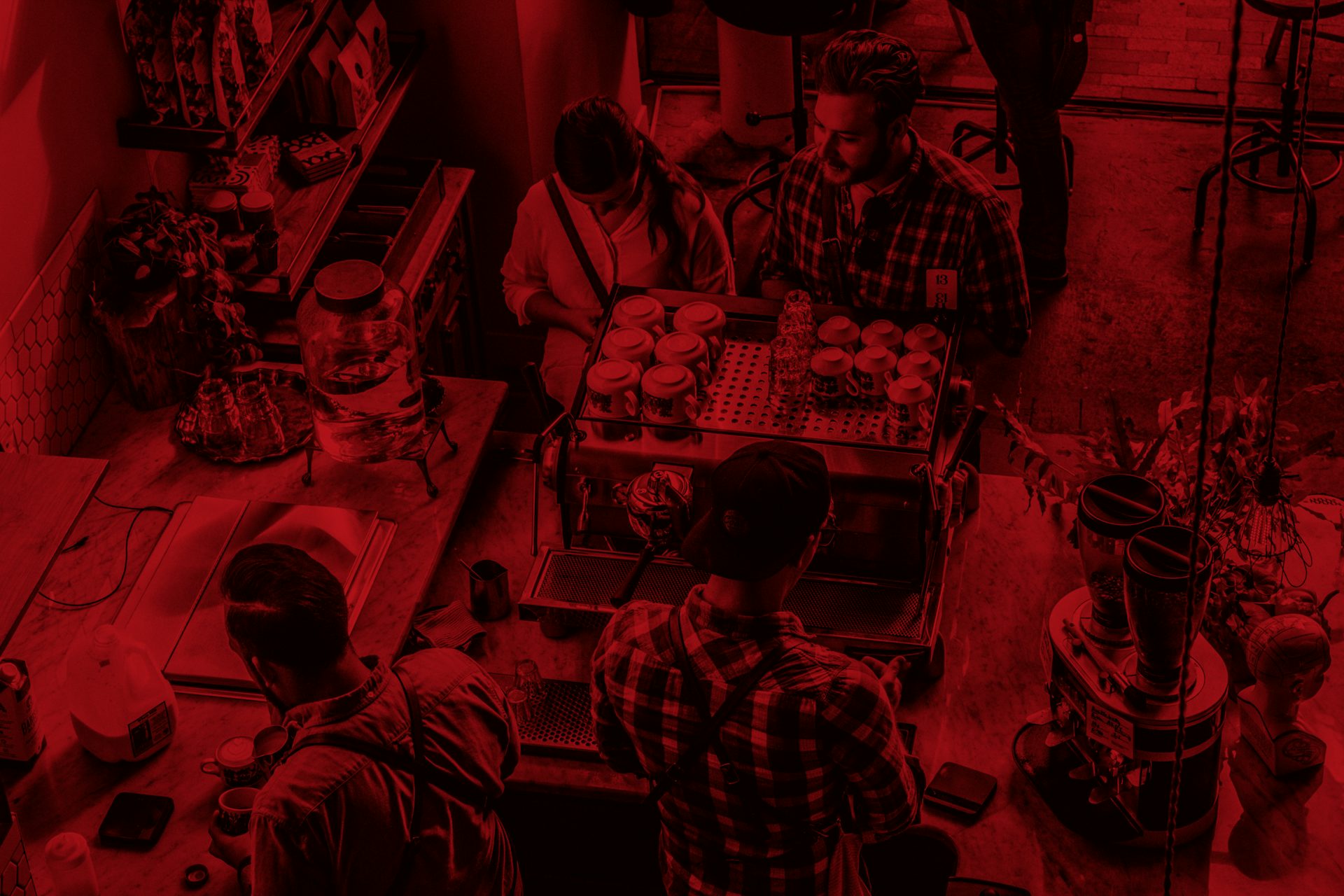
Register for a Coffee Class
The Best Coffee Training Available
We’ve helped hundreds of students successfully launch their own coffee shop businesses. Join us in our 5-Star Rated Coffee Classes, whether you’re an aspiring entrepreneur looking to open a coffee shop, a manager, a barista or home enthusiast looking to sharpen your skills.
